NASA's Dragonfly nuclear-powered helicopter clears key hurdle ahead of 2028 launch toward huge Saturn moon Titan


© NASA/Johns Hopkins APL/Steve Gribben
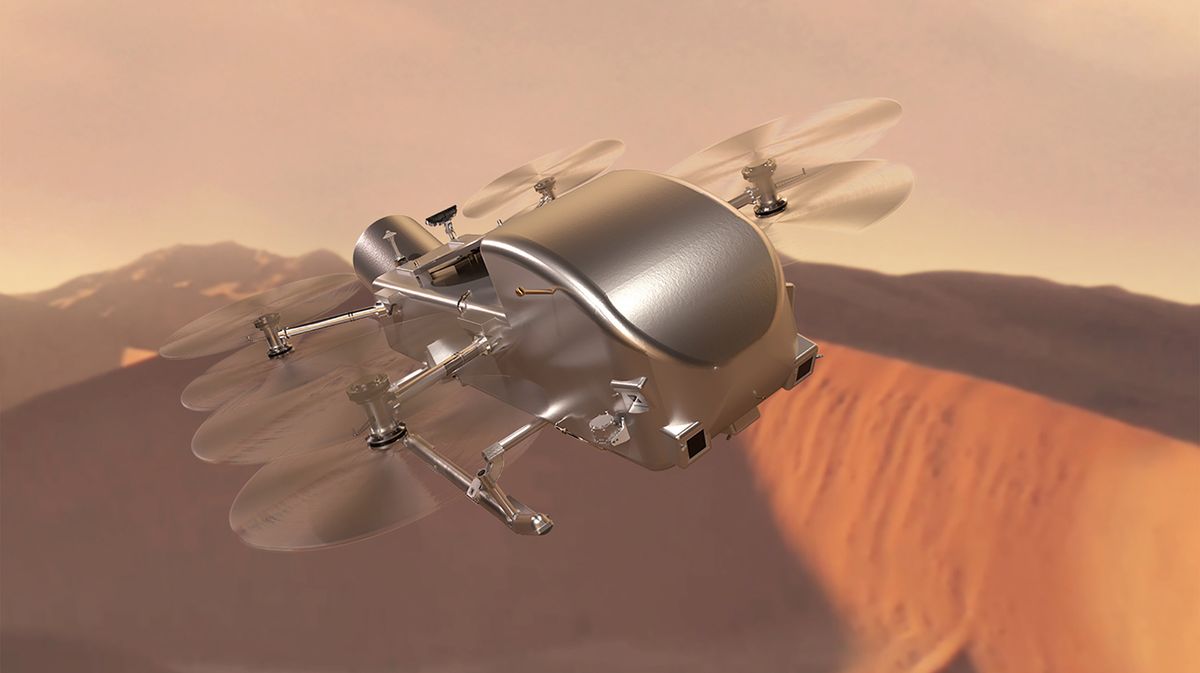


© NASA/Johns Hopkins APL/Steve Gribben



© BBC



© TWiT
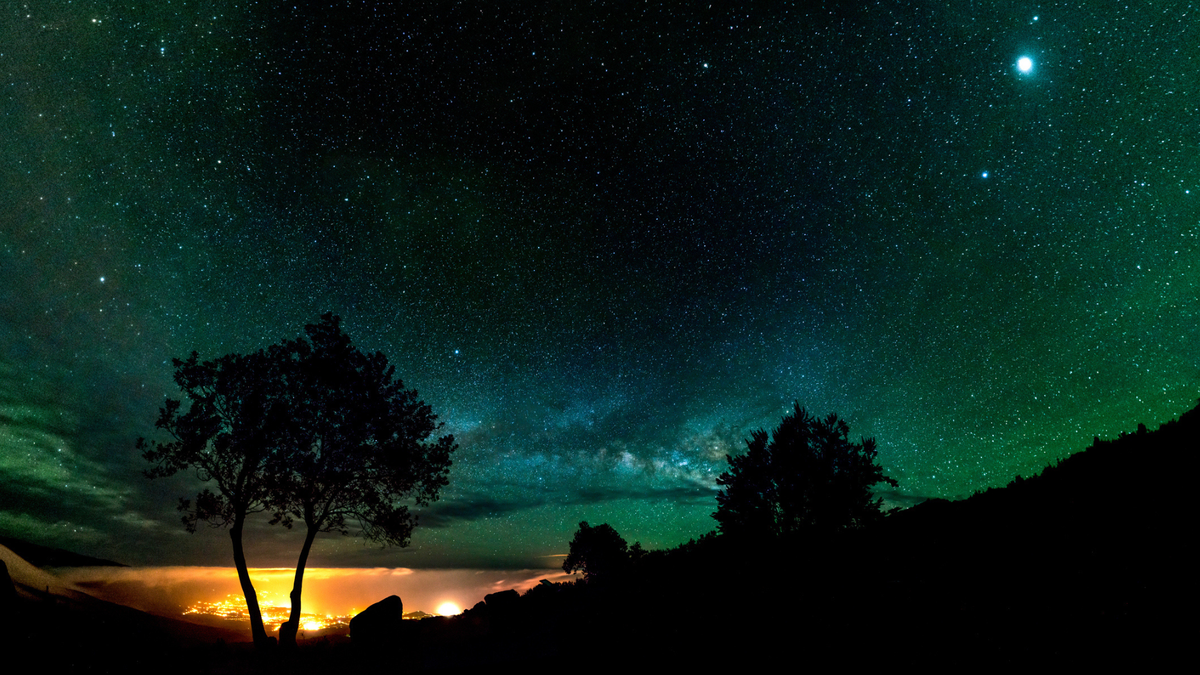


© David Rius & Núria Tuca/Getty Images
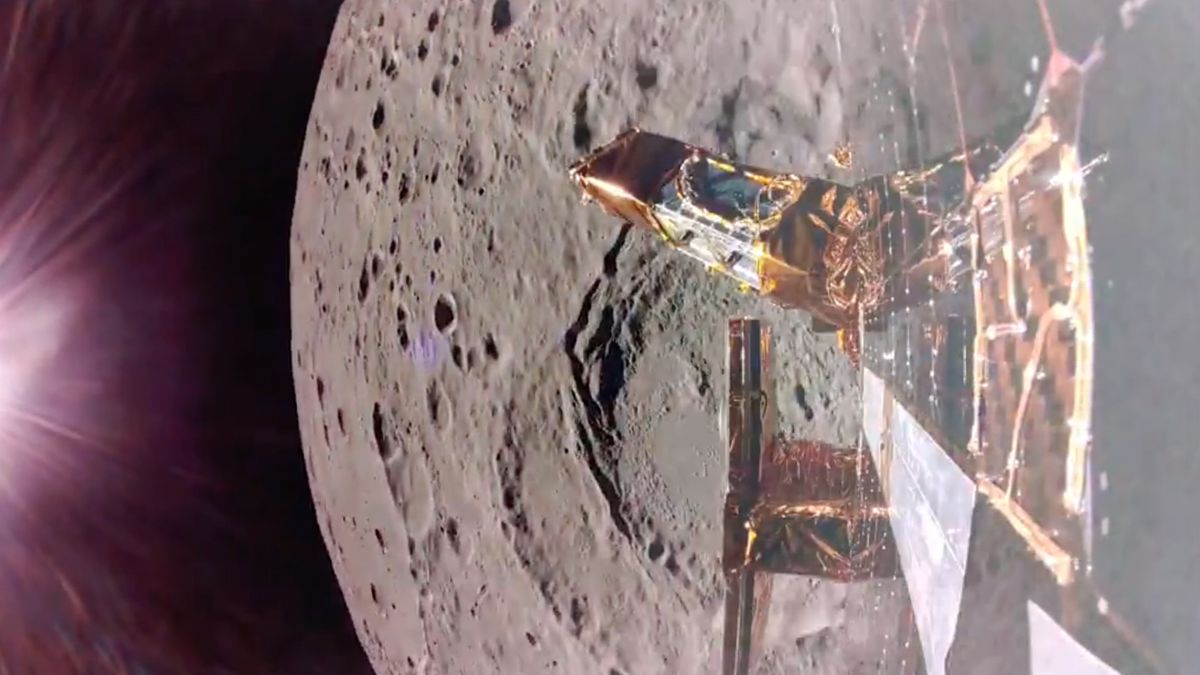


© Firefly Aerospace
Author(s): Melissa Dancy
Departments and instructors are responsible for ensuring that their students are treated equitably, and it is time they put that responsibility into action.
[Physics 18, 87] Published Fri Apr 25, 2025
Author(s): Philip Ball
The segregation of two cell types at the earliest stages of embryo development may be enabled by differences in their stiffness.
[Physics 18, 90] Published Fri Apr 25, 2025



© NASA/Bill Ingalls



© DC Studios
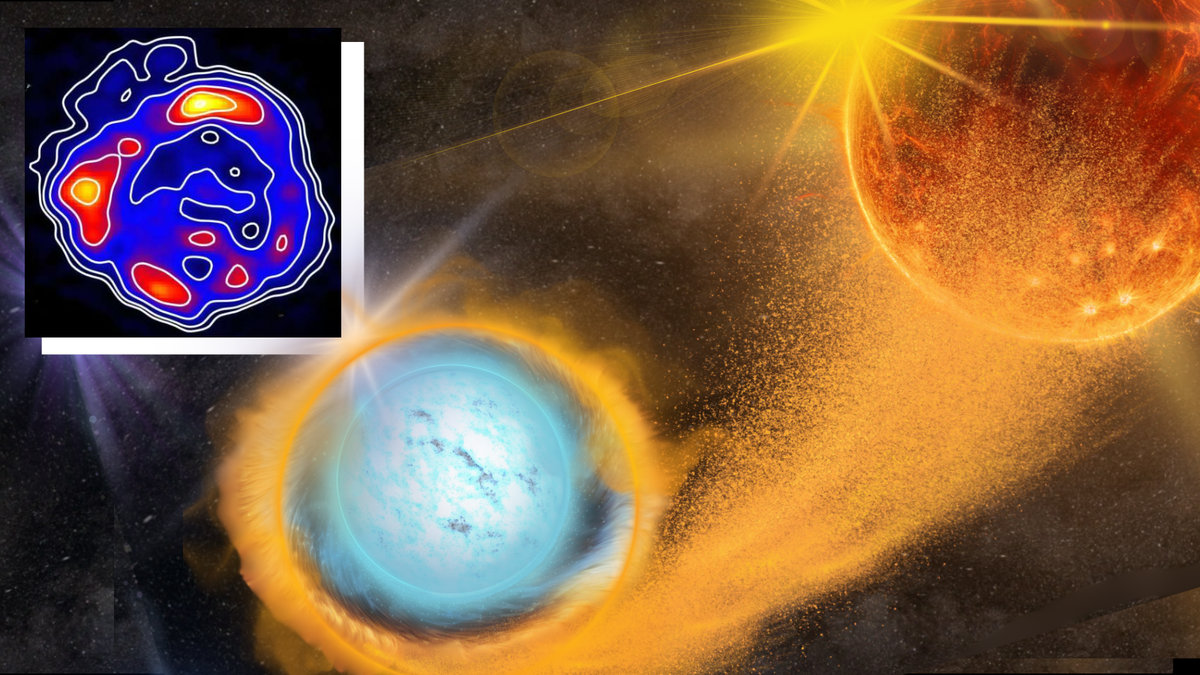


© (Main) Robert Lea (Inset) Alsaberi et al 2025 arXiv



© Kim Snaith
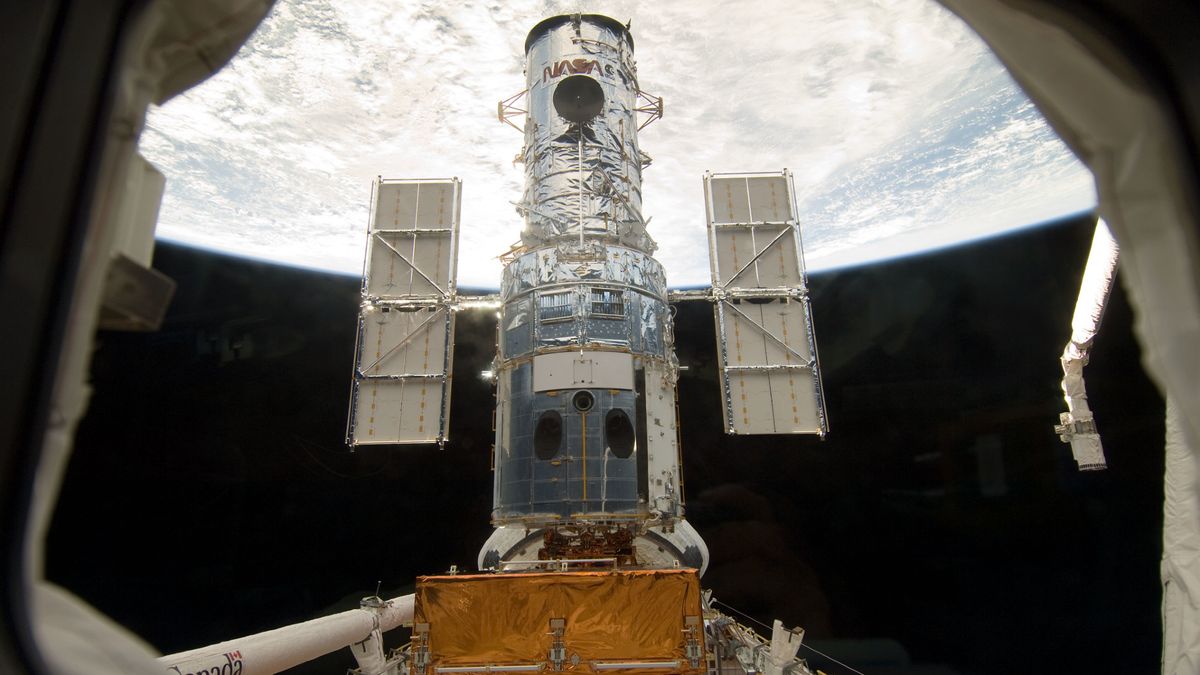


© NASA
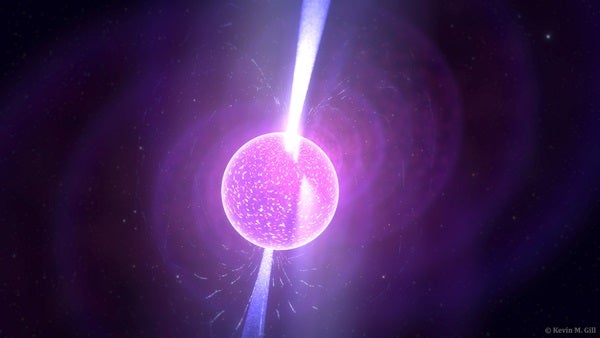
About 2,600 light-years away, a dead star is sending signals from beyond the grave. Astronomers recently found the strange beacon, which appears to be a pulsar blinking in slow motion — something that shouldn’t be possible. “It’s incredibly exciting to discover such a long-period pulsar,” says Yuanming Wang, a postdoctoral researcher at Swinburne University inContinue reading "Astronomers find a strange pulsar blinking in slow motion"
The post Astronomers find a strange pulsar blinking in slow motion appeared first on Astronomy Magazine.

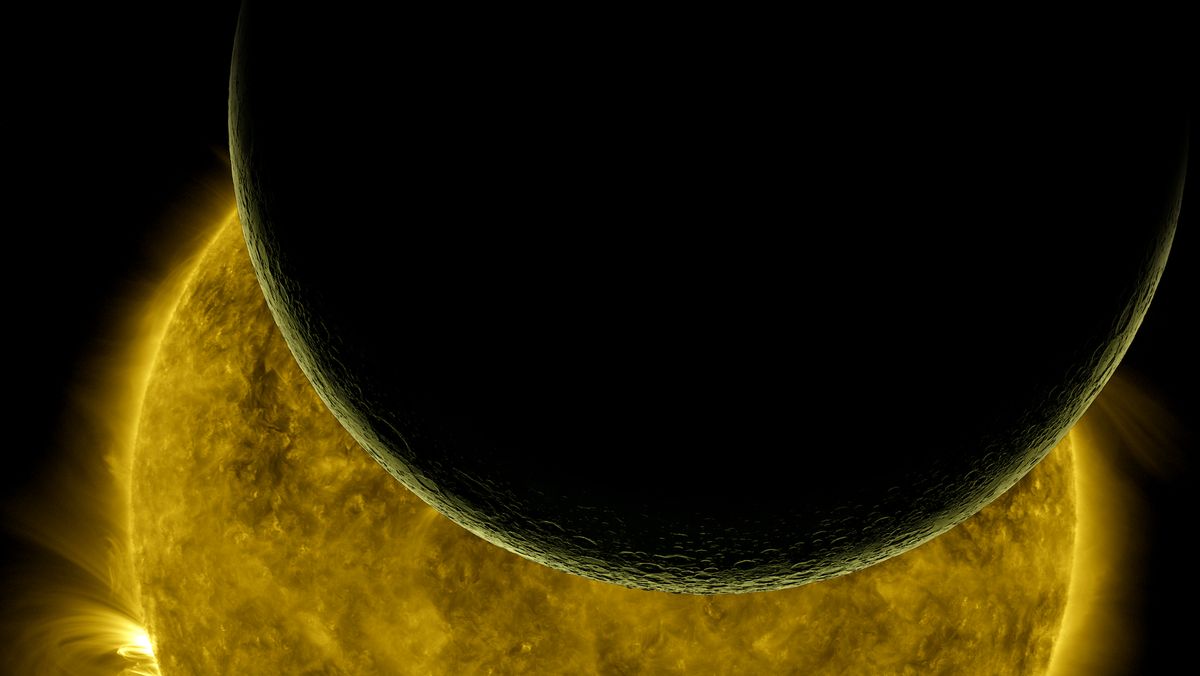


© NASA's Goddard Space Flight Center
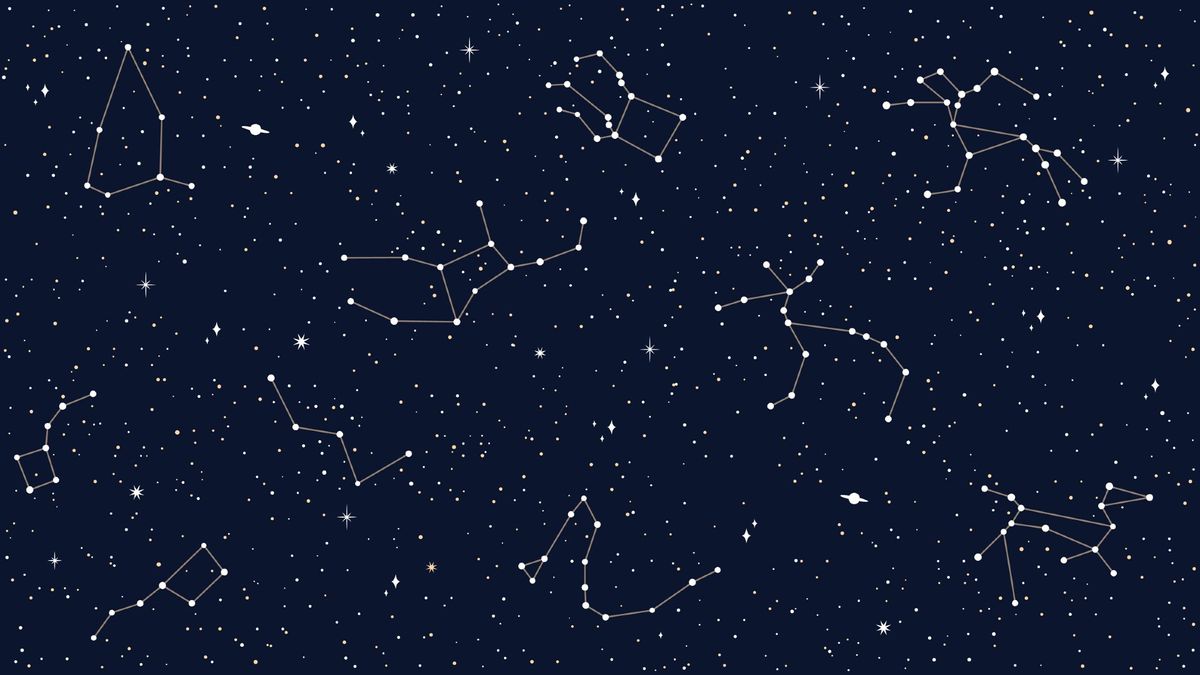


© grebeshkovmaxim/Getty Images
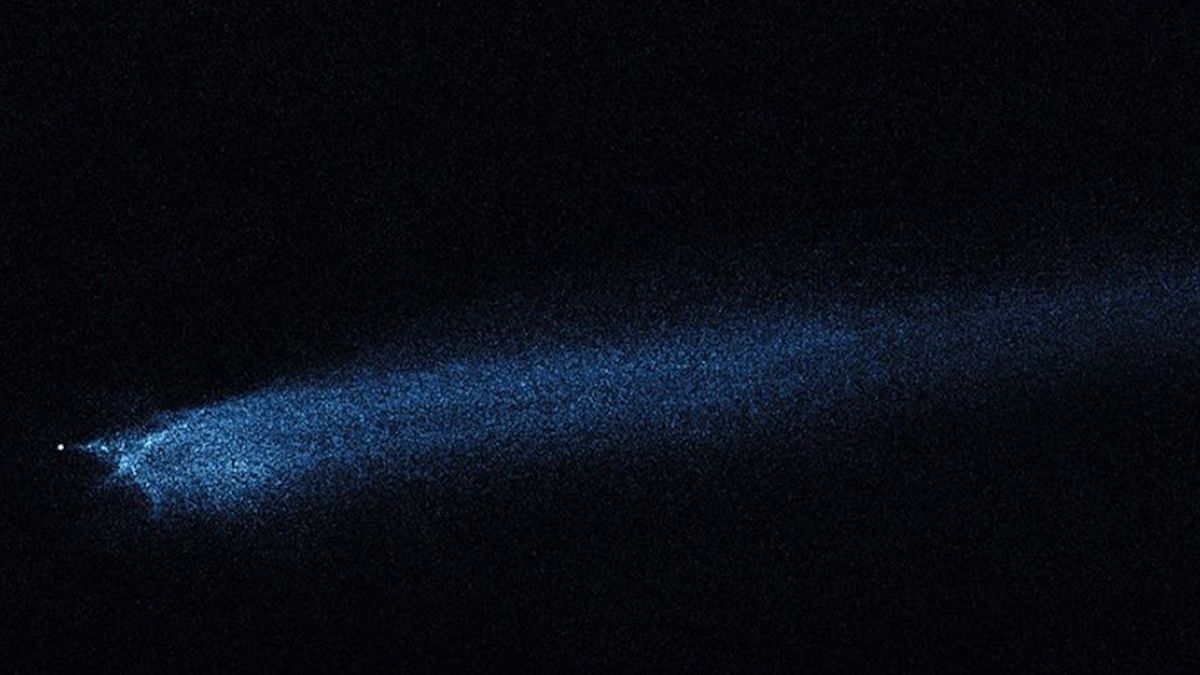


© NASA, ESA, and Z. Levay (STScI)



© Legendary Pictures



© SpaceX
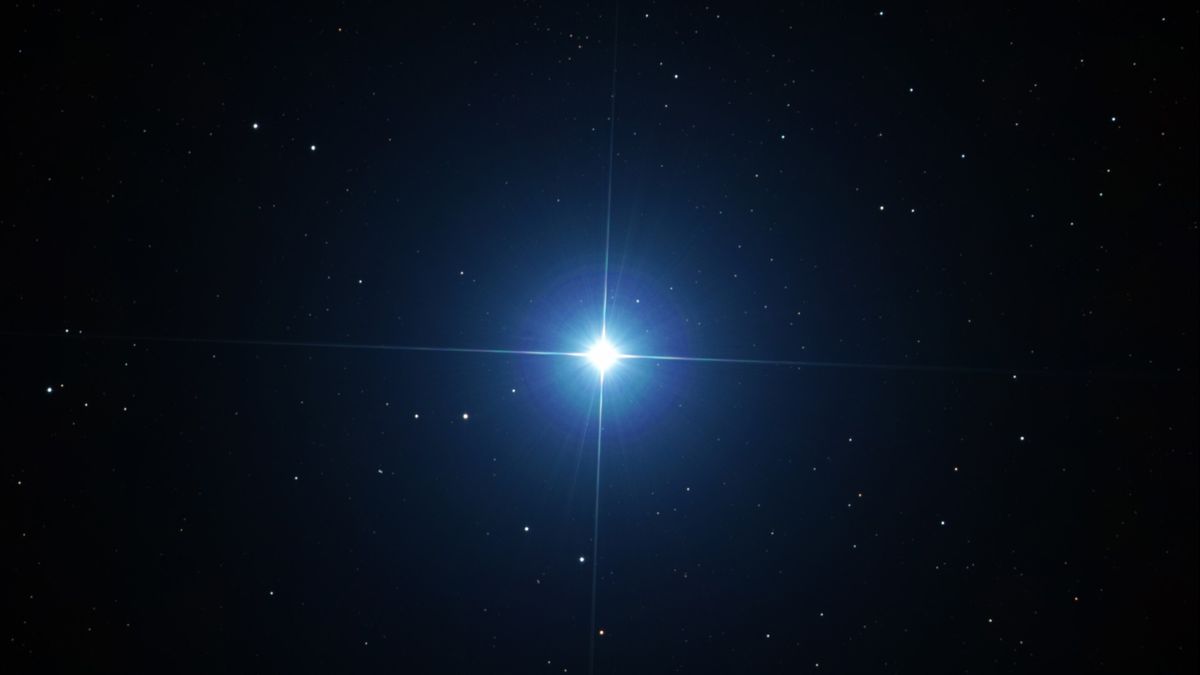


© brightstars/iStock/Getty Images
Author(s): Ryan Wilkinson
Fish swimming in vertical diamond formations gain efficiency through hydrodynamic interactions.
[Physics 18, s52] Published Thu Apr 24, 2025
Author(s): Marric Stephens
Simulations show that polymers that include inert and self-propelled components are more likely to form and retain knots, with possible applications in materials engineering.
[Physics 18, s55] Published Thu Apr 24, 2025
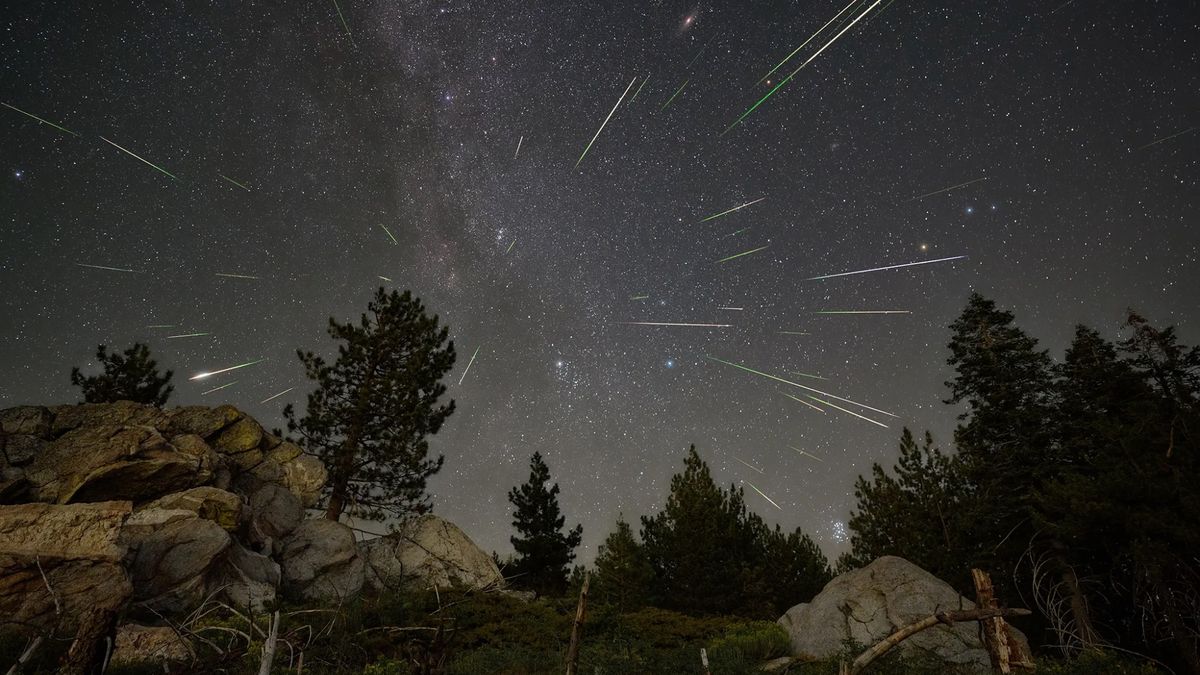


© NASA/Preston Dyches
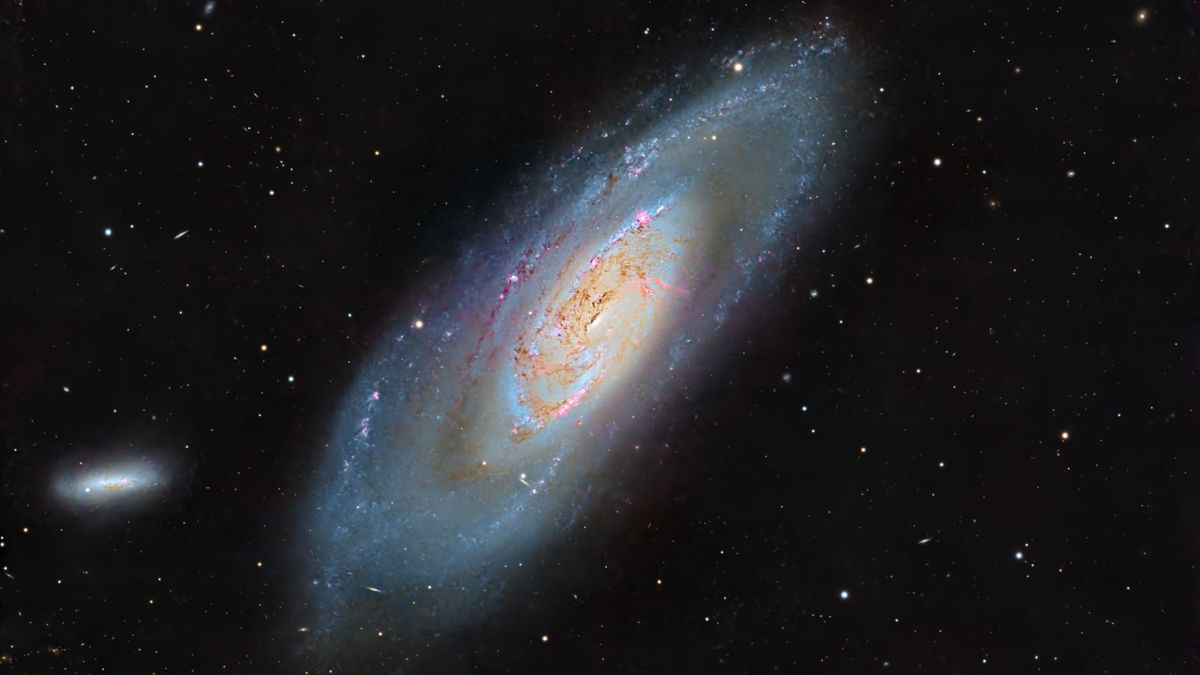


© Ronald Brecher
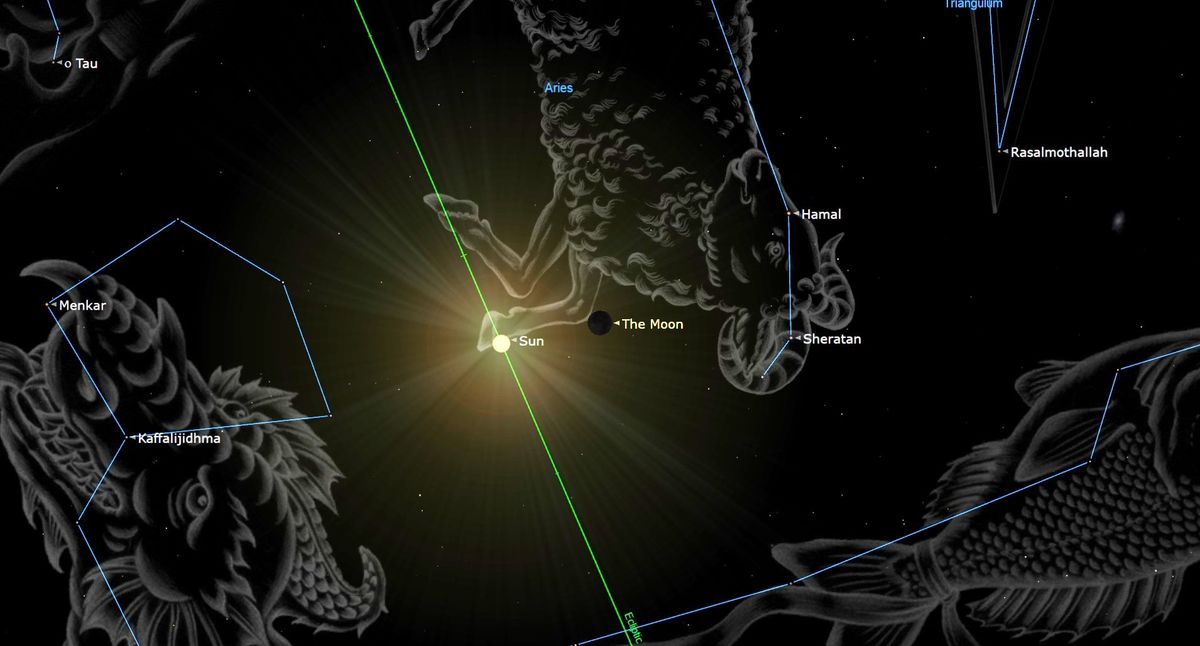


© Starry Night



© SpaceX
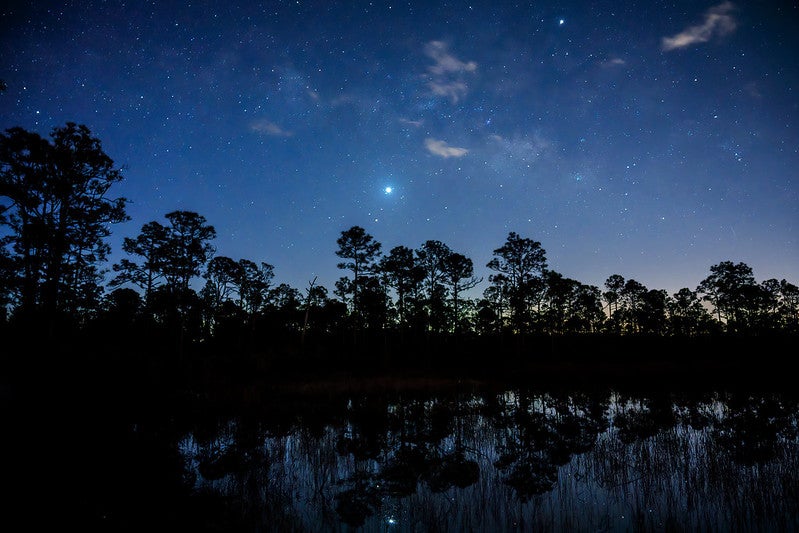
Sky This Week is brought to you in part by Celestron. Friday, April 25The Moon passes 1.9° due north of Neptune at 6 A.M. EDT this morning. Early rises will be able to catch the Moon hanging between Venus and Mercury in the predawn sky — check out last week’s column for details. LaterContinue reading "The Sky This Week from April 25 to May 2: Venus at its brightest"
The post The Sky This Week from April 25 to May 2: Venus at its brightest appeared first on Astronomy Magazine.

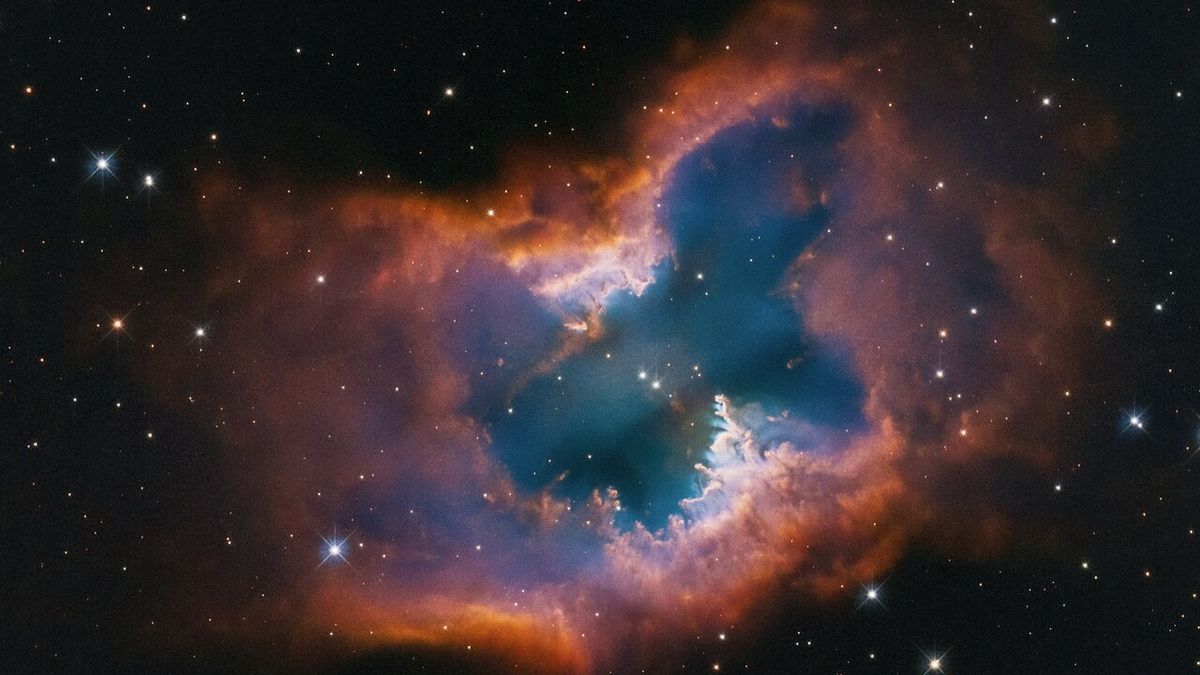


© NASA, ESA, STScI
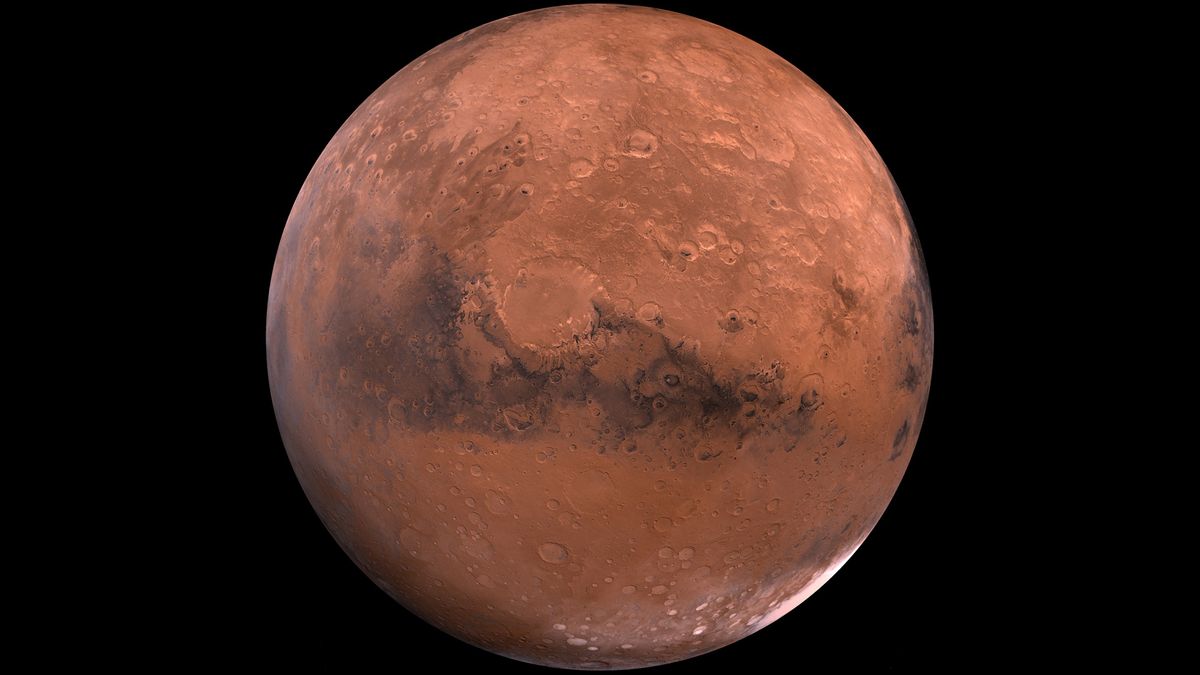


© NASA



© Disney
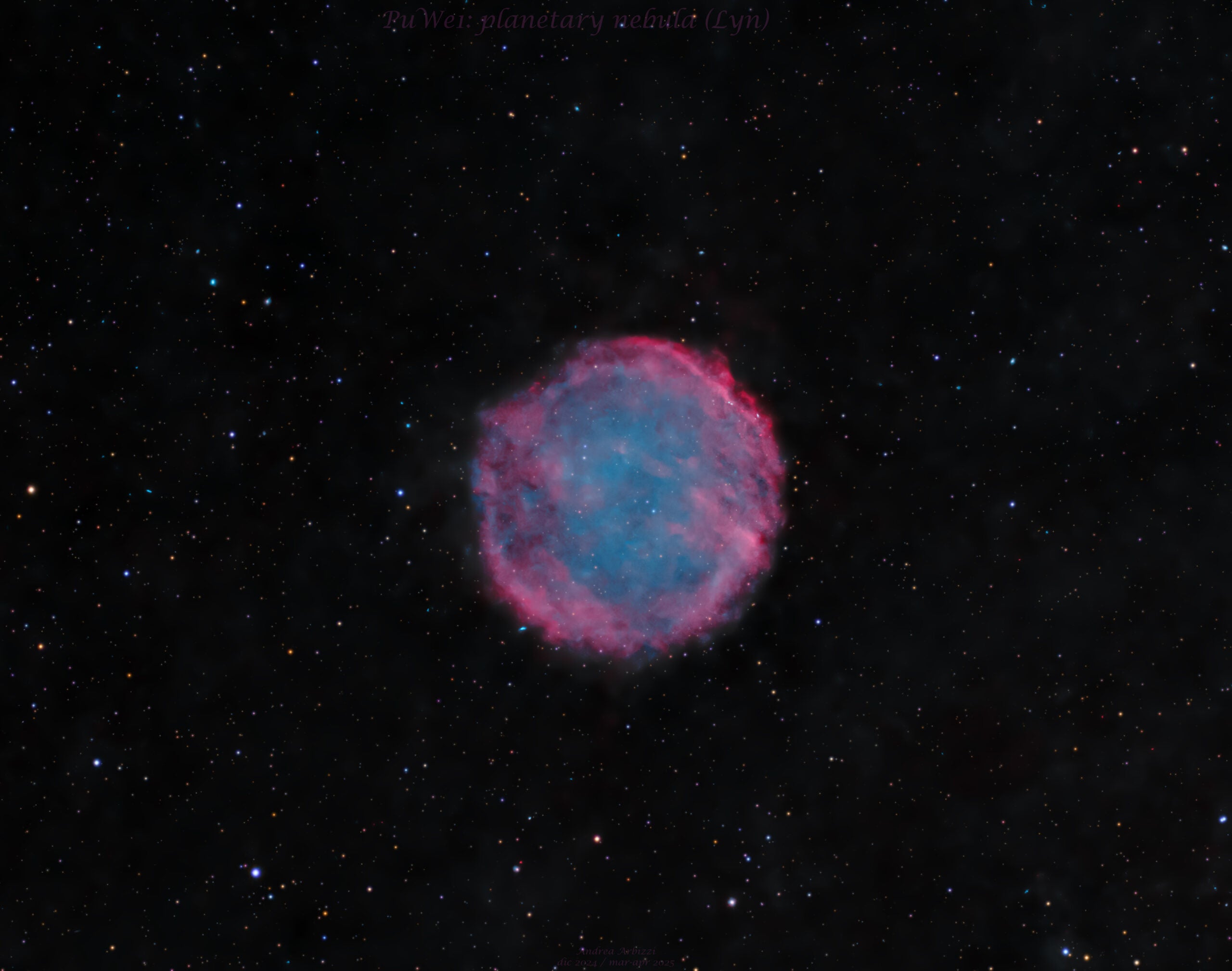
Andrea Arbizzi from Modena, Italy In May 1980, Alois Purgathofer and Ronald Weinberger discovered this faint planetary nebula, now known as Purgathofer-Weinberger 1 (PuWe 1). It lies just 1,300 light-years away in Lynx and is the second-largest known planetary in apparent size, with a diameter two-thirds that of the Full Moon. The imager took 28Continue reading "A nearby planetary"
The post A nearby planetary appeared first on Astronomy Magazine.

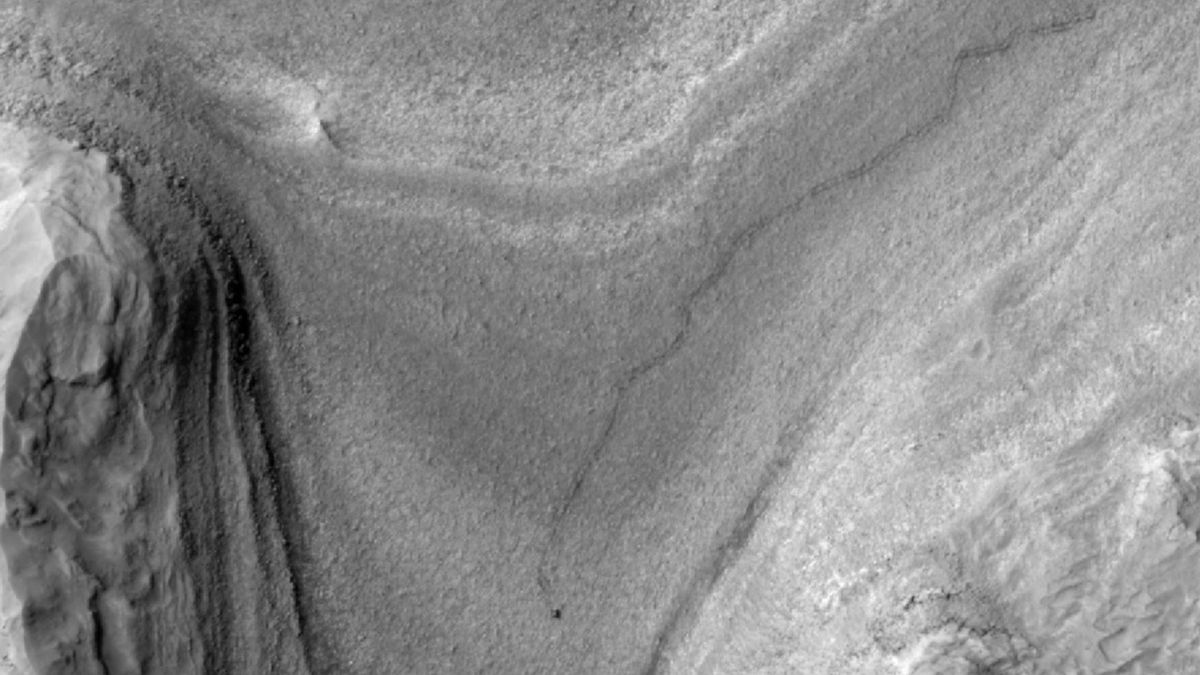


© NASA/JPL-Caltech/University of Arizona
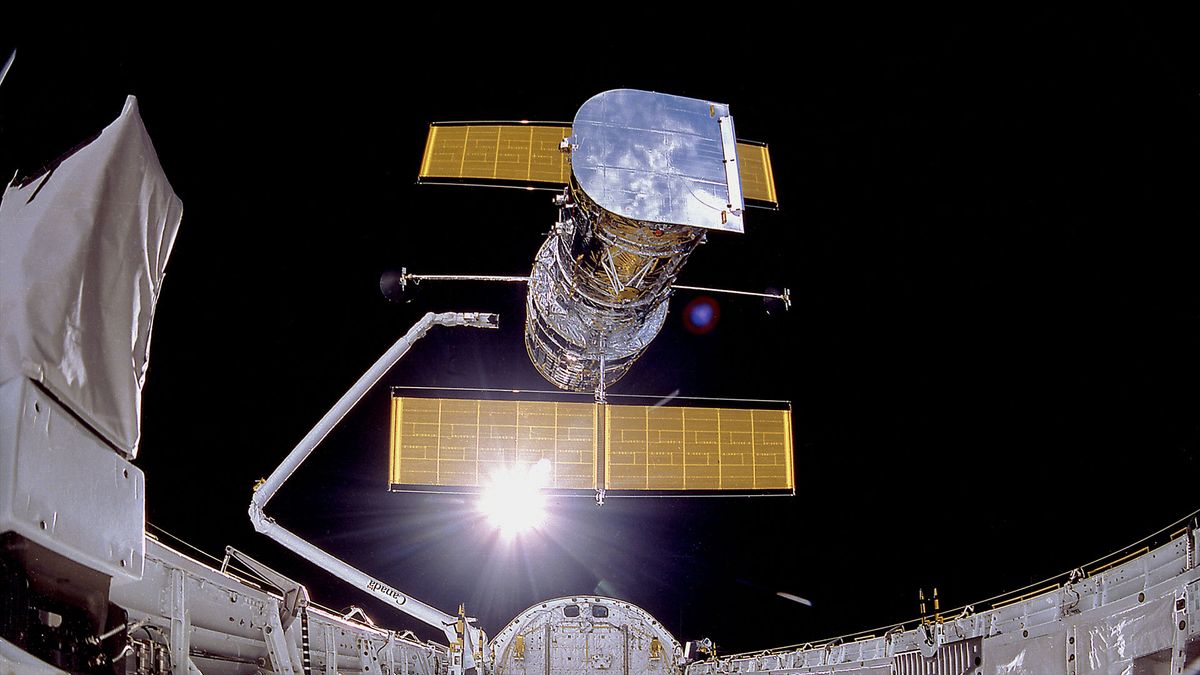


© NASA
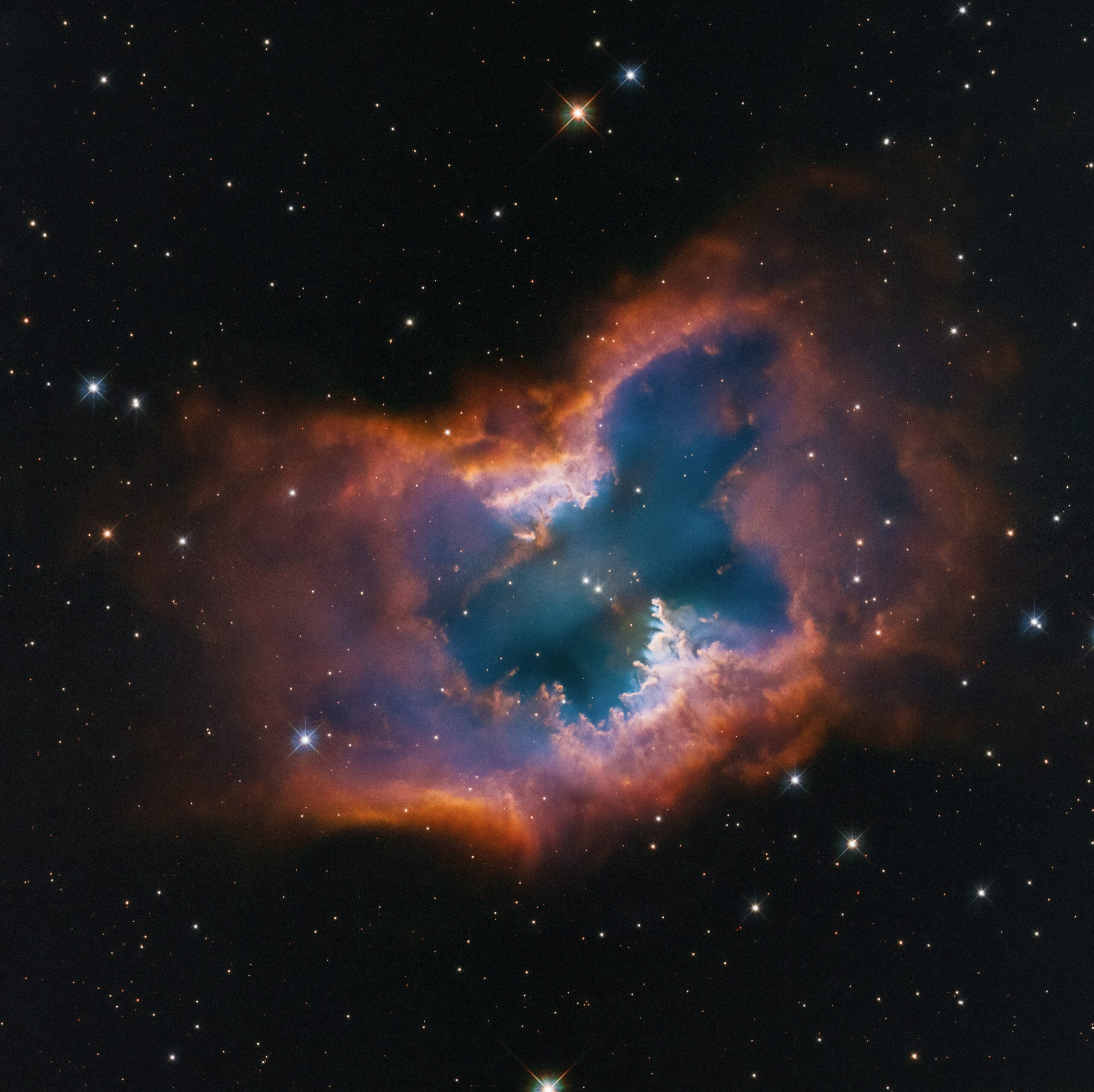
In the 35 years since the Hubble Space Telescope flew to space, it has taken pictures of comets, merging galaxies, planets, supernova remnants, and more. The first-of-its-kind telescope — a joint NASA and European Space Agency effort — was lofted aboard the shuttle Discovery on April 24, 1990. Since then it has made nearly 1.7Continue reading "Hubble’s best images, 35 years since its launch"
The post Hubble’s best images, 35 years since its launch appeared first on Astronomy Magazine.

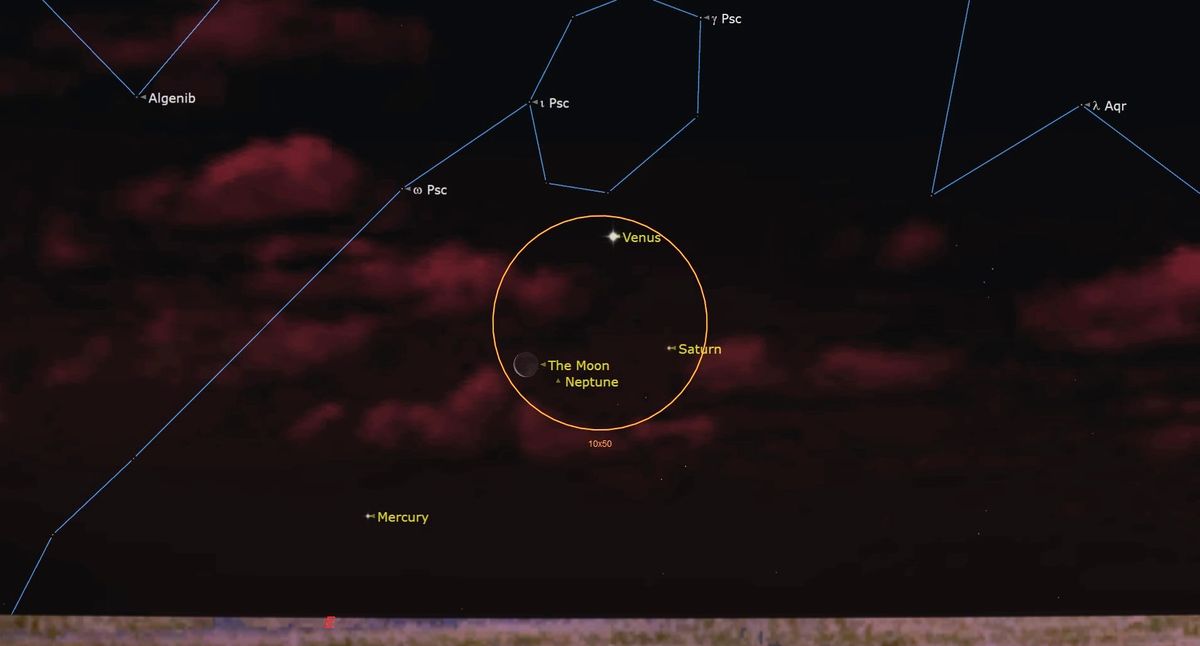


© Starry Night



© Robert Lea (created with Canva)



© CCTV
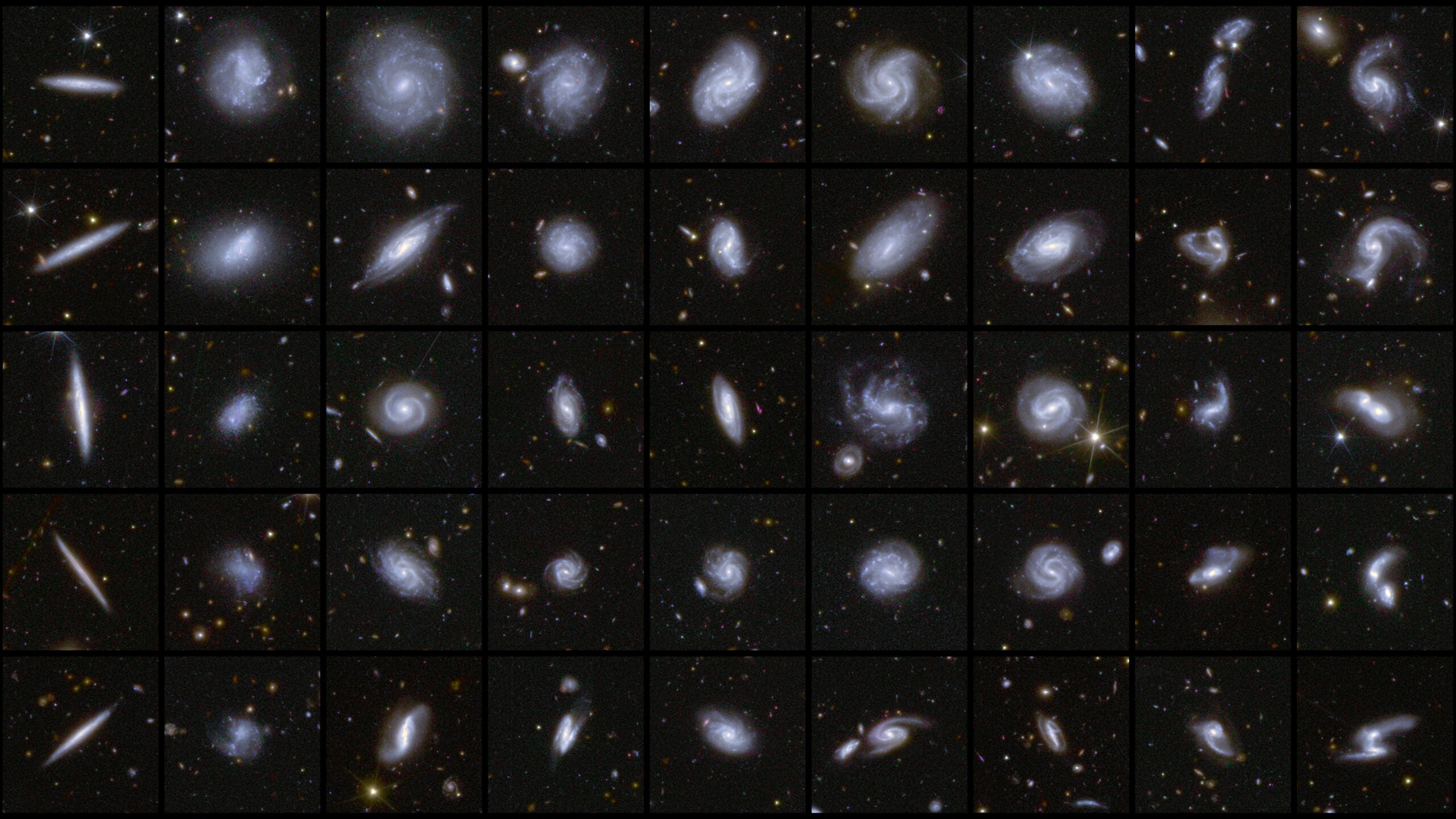
Last month, the European Space Agency (ESA) released a huge dataset from its space telescope Euclid. The release featured three deep-field mosaics glittering with 380,000 galaxies and hundreds of examples where the light of distant objects is bent and magnified by the gravitational influence of massive galaxies. The mosaics were captured in the constellations ofContinue reading "Euclid unveils treasure trove of 380,000 galaxies in first major data release"
The post Euclid unveils treasure trove of 380,000 galaxies in first major data release appeared first on Astronomy Magazine.




© 20th Century Studios
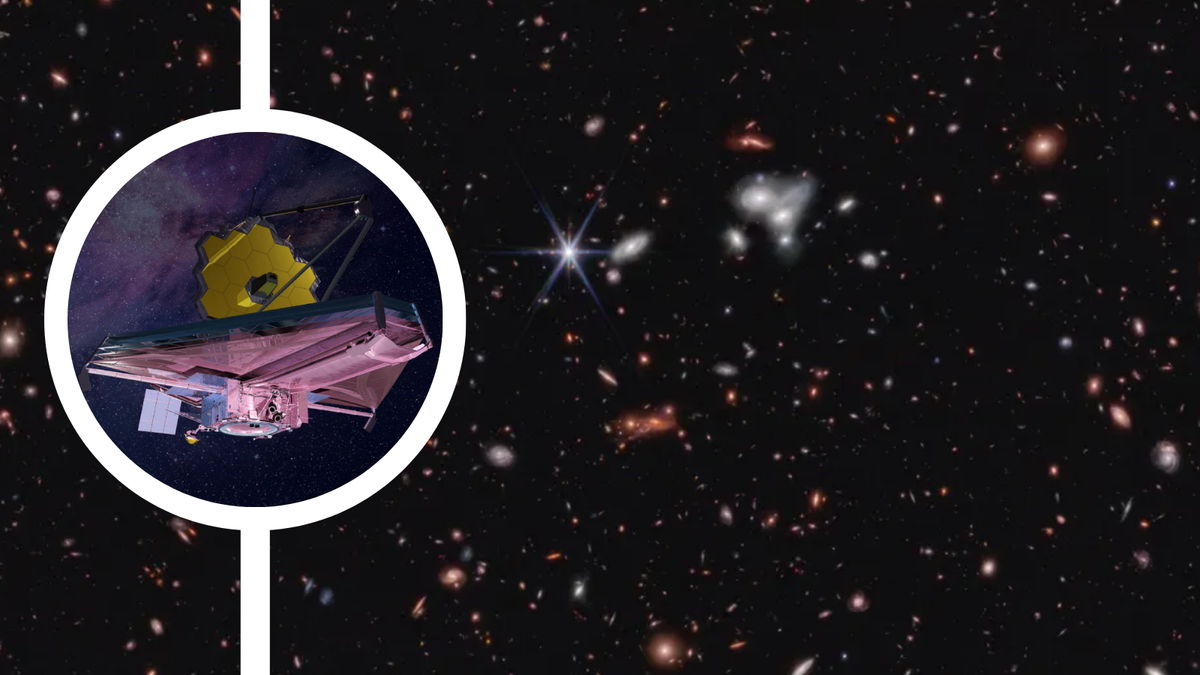


© Frank Summers (STScI), Greg Bacon (STScI), Joseph DePasquale (STScI), Leah Hustak (STScI), Joseph Olmsted (STScI), Alyssa Pagan (STScI)
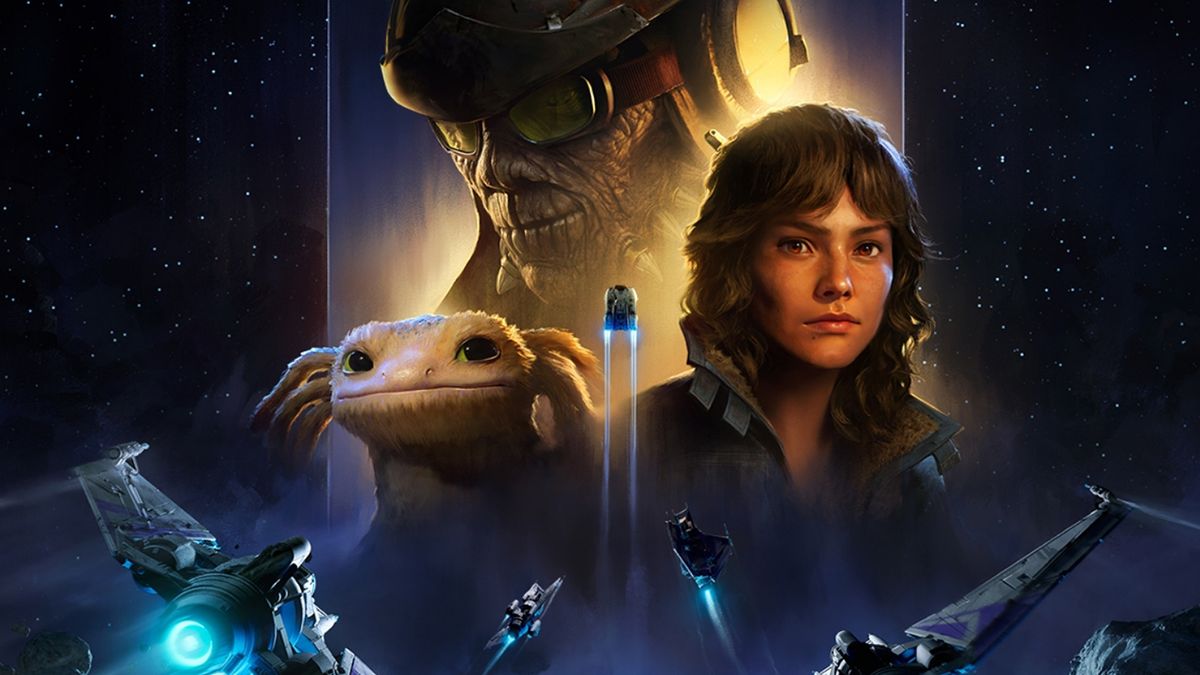


© Ubisoft
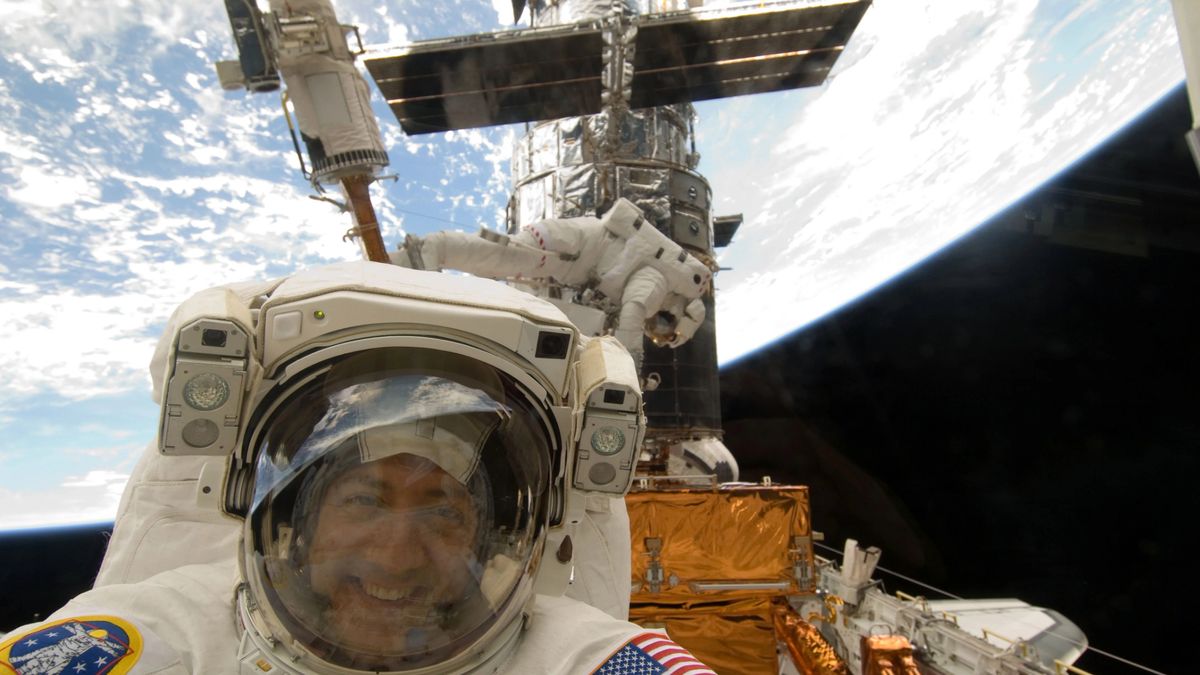


© NASA
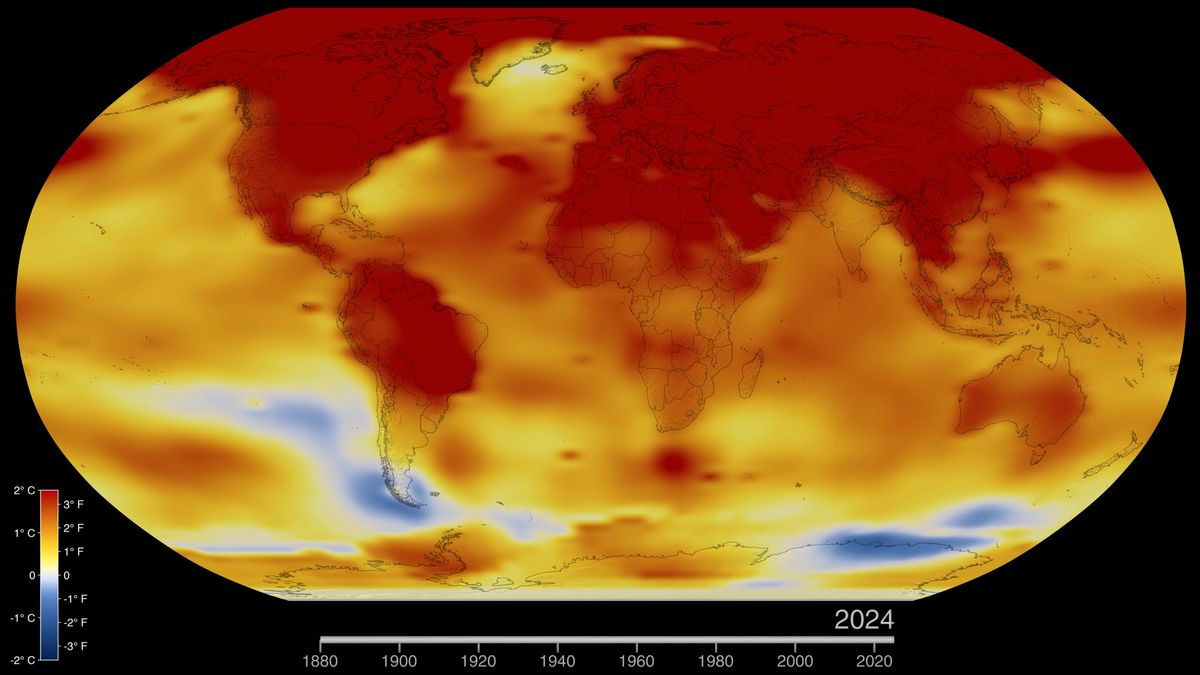


© NASA’s Scientific Visualization Studio
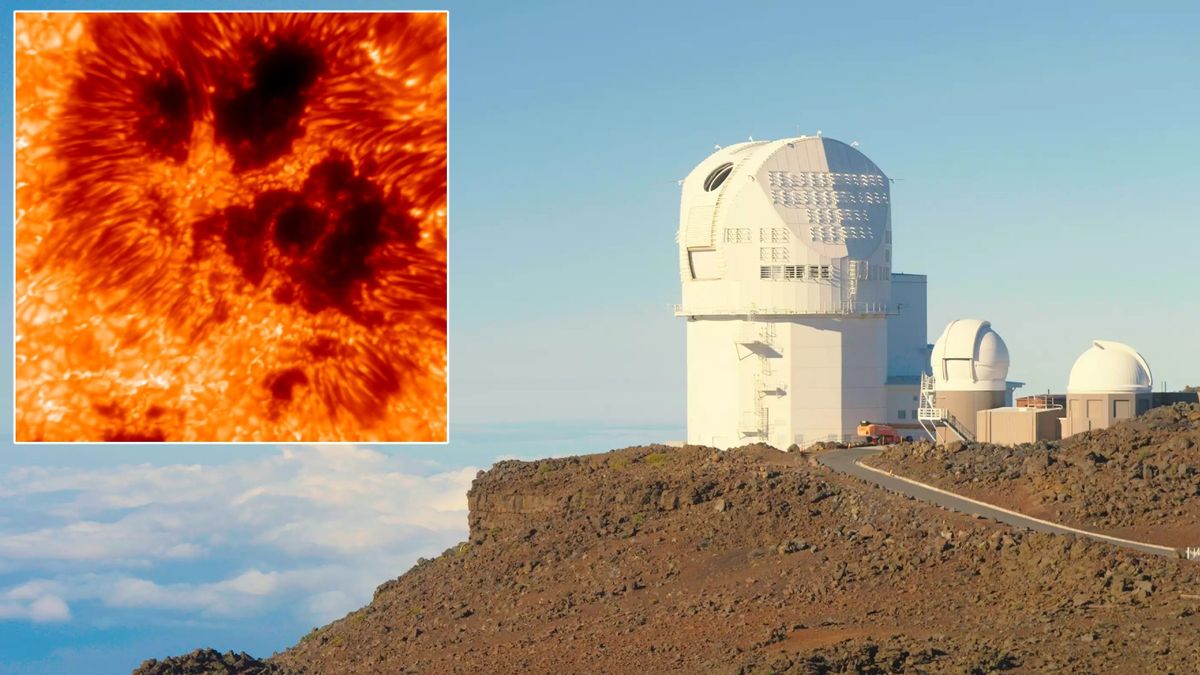


© VTF/KIS/NSF/NSO/AURA



© Getty Images
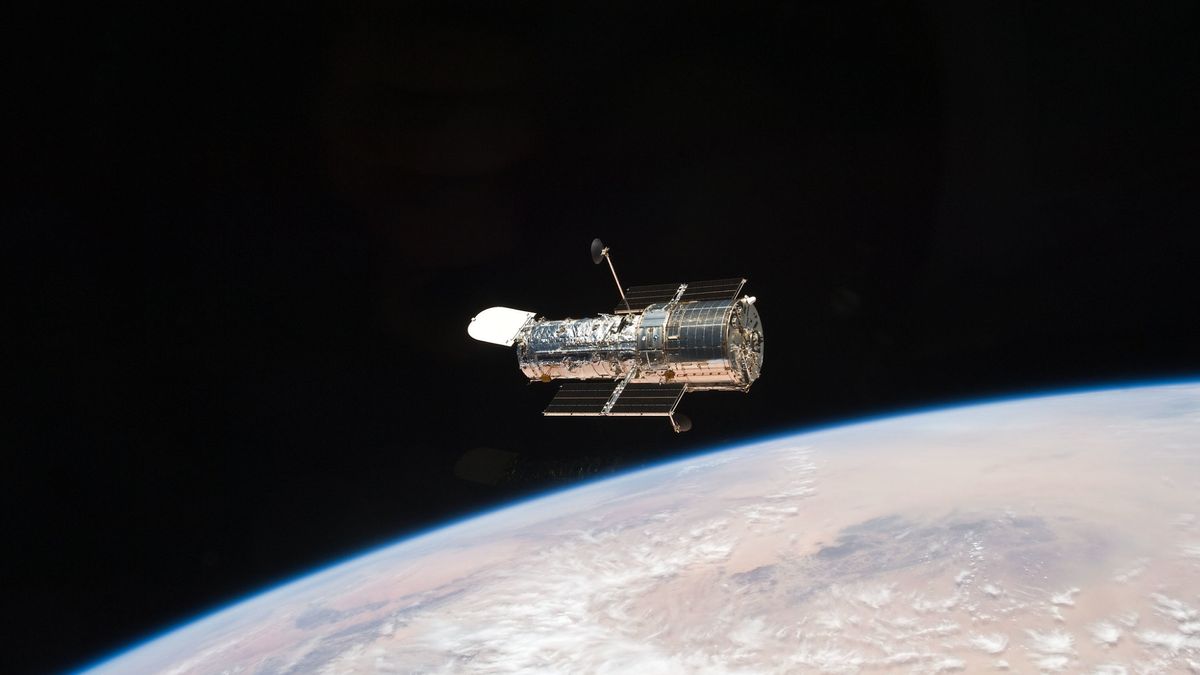


© NASA
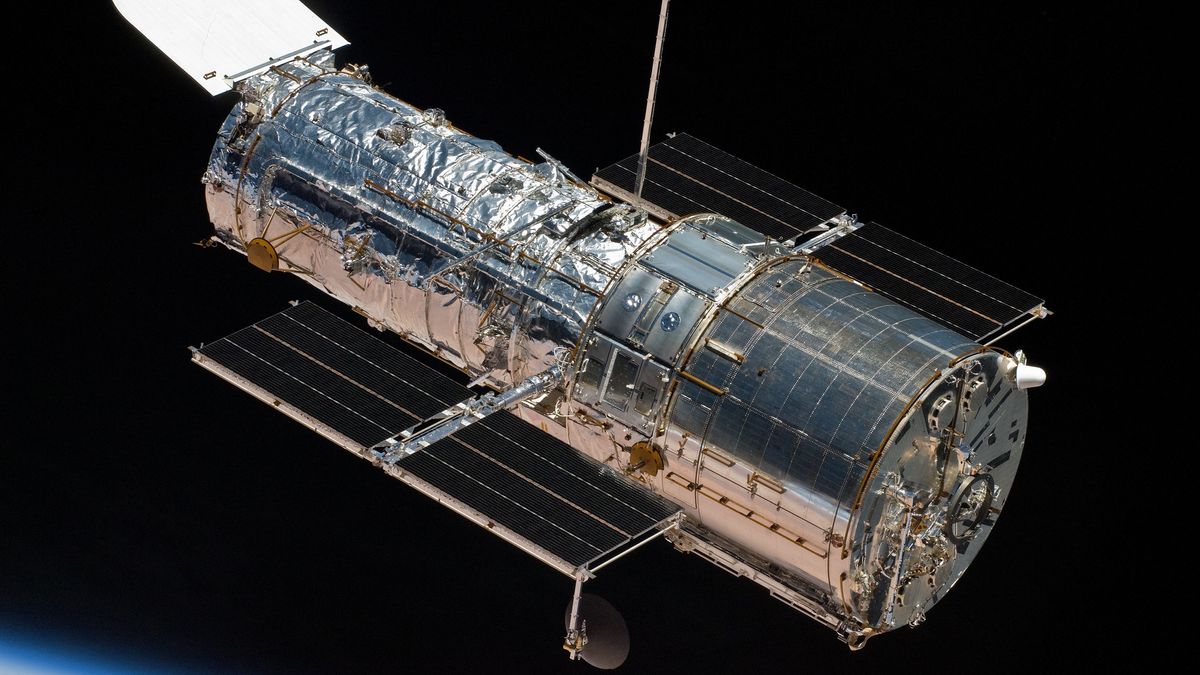


© NASA
Author(s): Ryan Wilkinson
Experiments at the Large Hadron Collider have revealed a previously unseen nucleus known as antihyperhelium-4.
[Physics 18, s51] Published Wed Apr 23, 2025
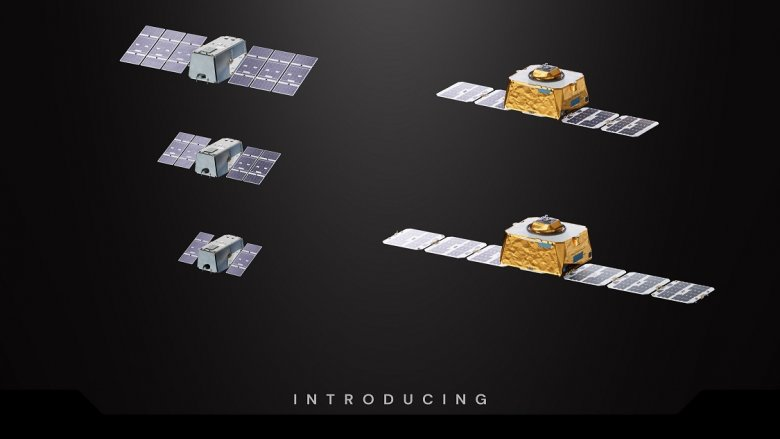


© Rocket Lab
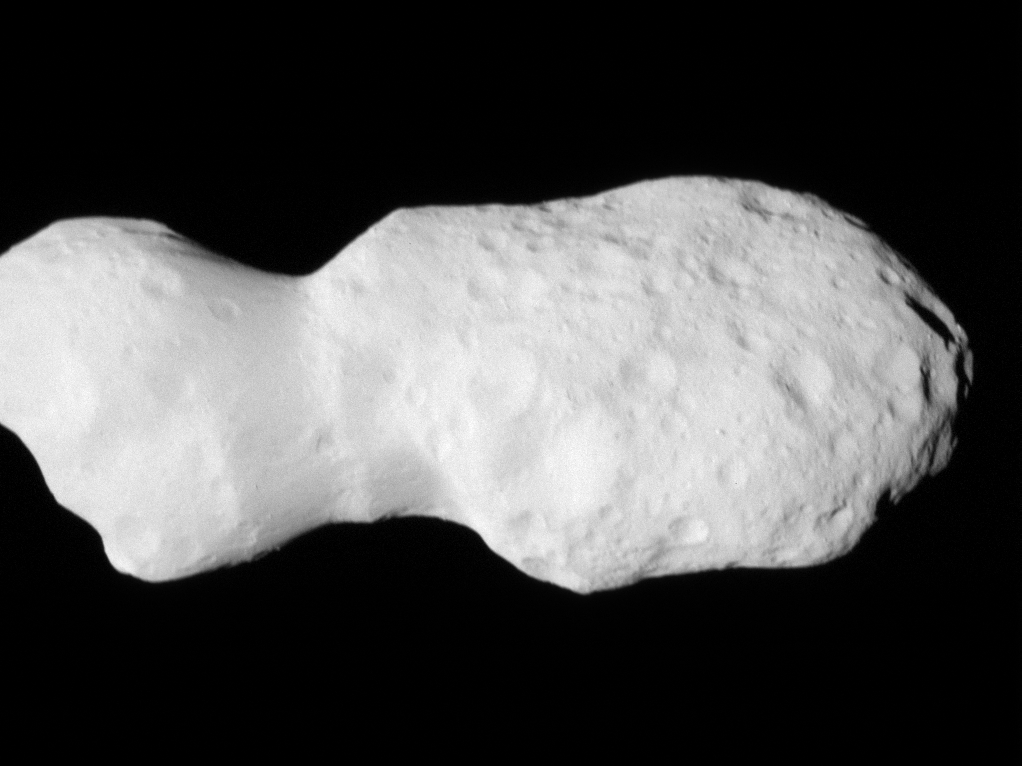
NASA’s Lucy spacecraft visited the asteroid 52246 Donaldjohanson on Sunday, April 20, coming within 600 miles (920 kilometers) of the object located in the inner region of the asteroid belt between Mars and Jupiter. The asteroid was named after the paleontologist Donald Johanson, who in 1974 co-discovered the first identified example of previously unknown typeContinue reading "Peanut-shaped surprise for Lucy in asteroid flyby"
The post Peanut-shaped surprise for Lucy in asteroid flyby appeared first on Astronomy Magazine.

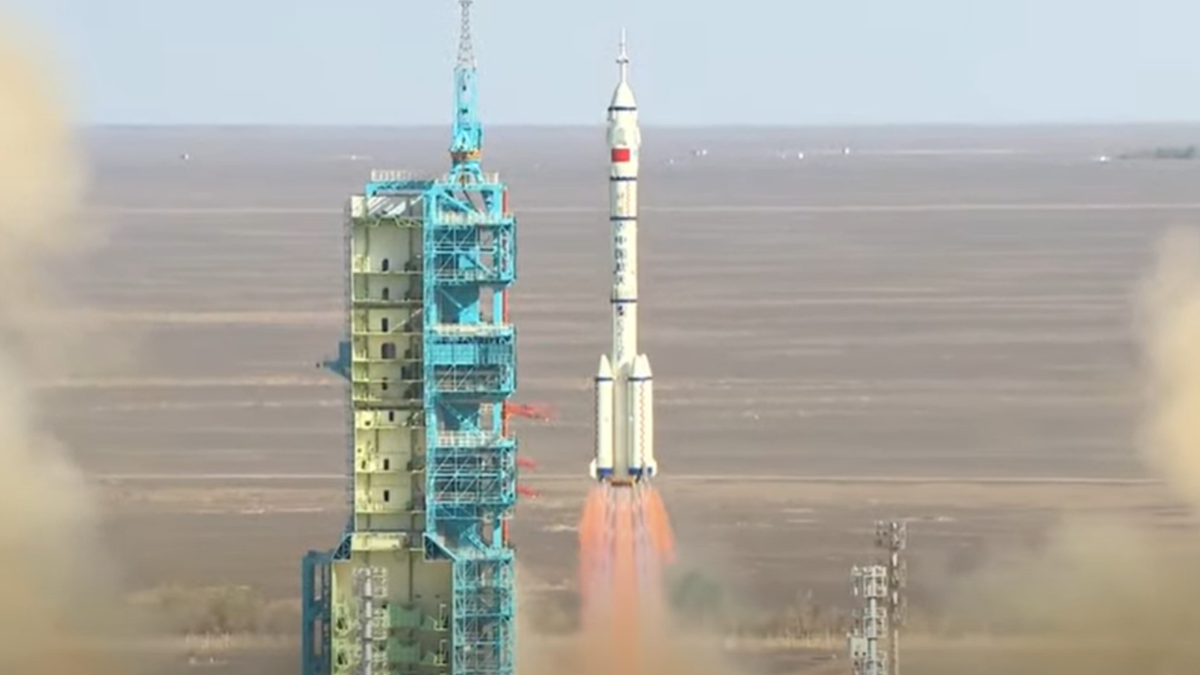


© China Central Television (CCTV)
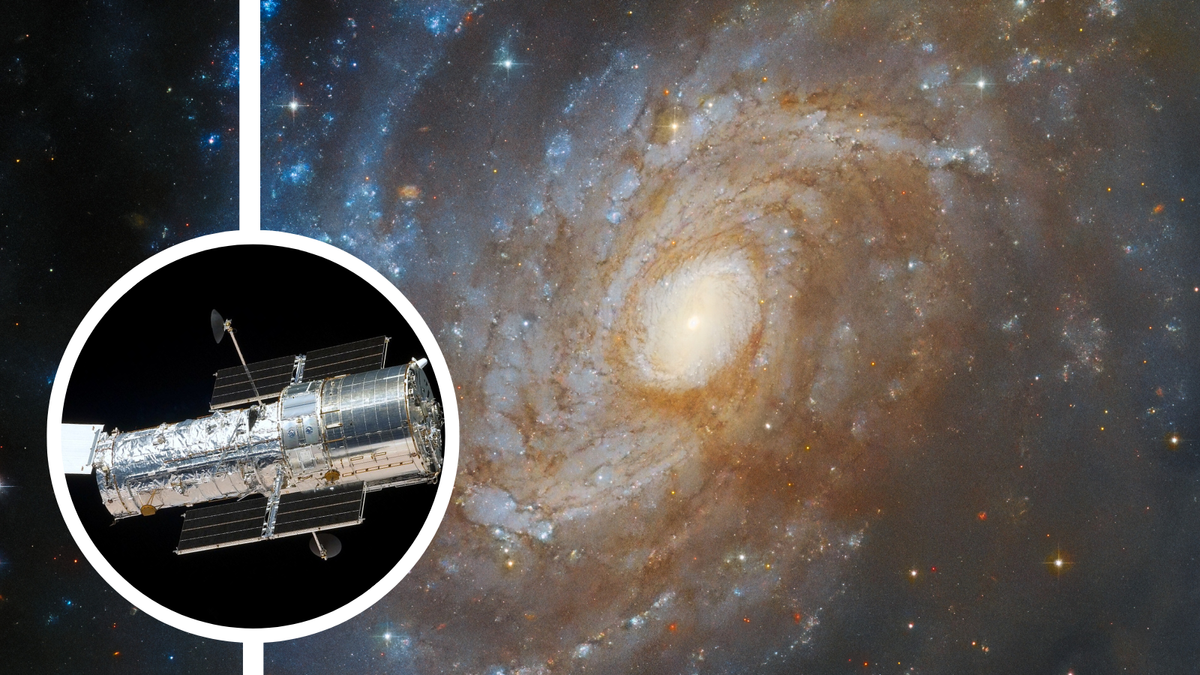


© ESA/Hubble & NASA, J. Dalcanton, Dark Energy Survey/DOE/FNAL/DECam/CTIO/NOIRLab/NSF/AURAAcknowledgement: L. Shatz
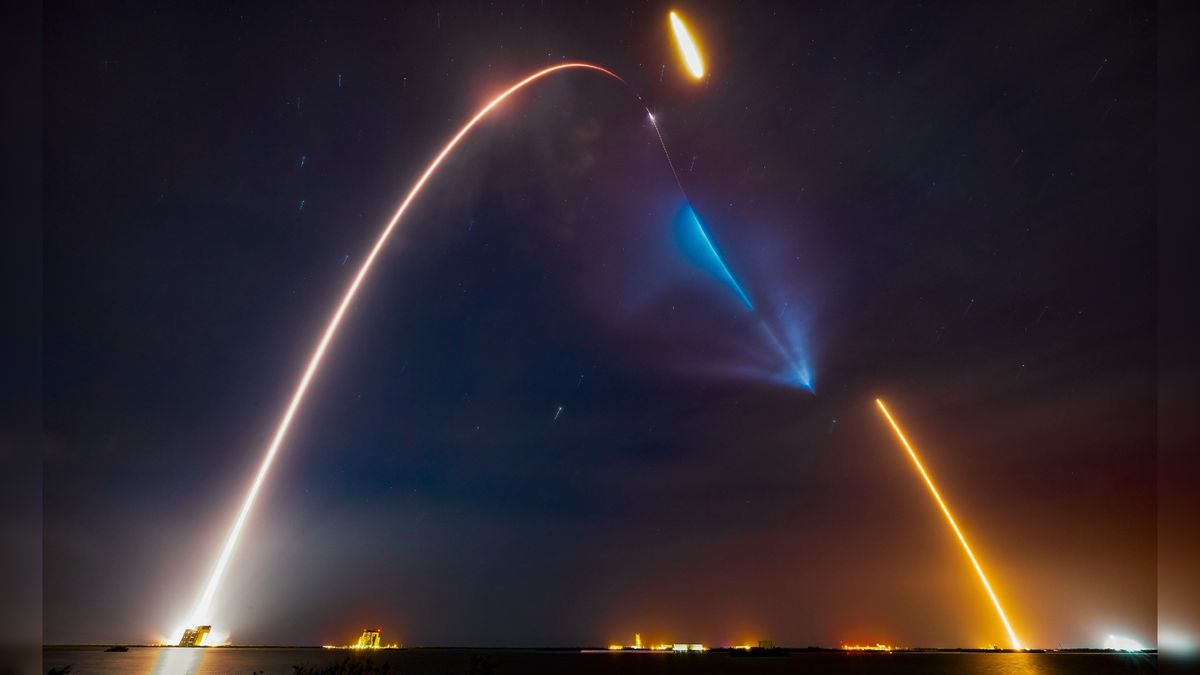


© SpaceX
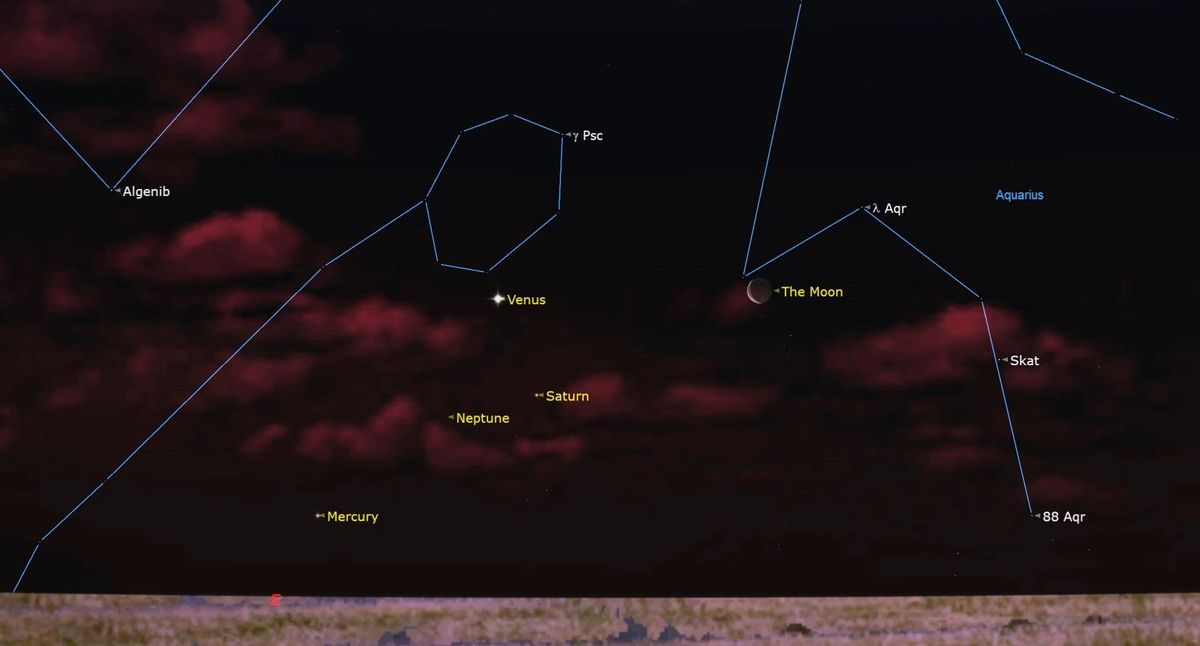


© Starry Night



© ESA



© Disney/Future



© Marvel



© Disney / Lucasfilm



© VCG/VCG via Getty Images



© New York Stock Exchange



© E. Garcés/ESO
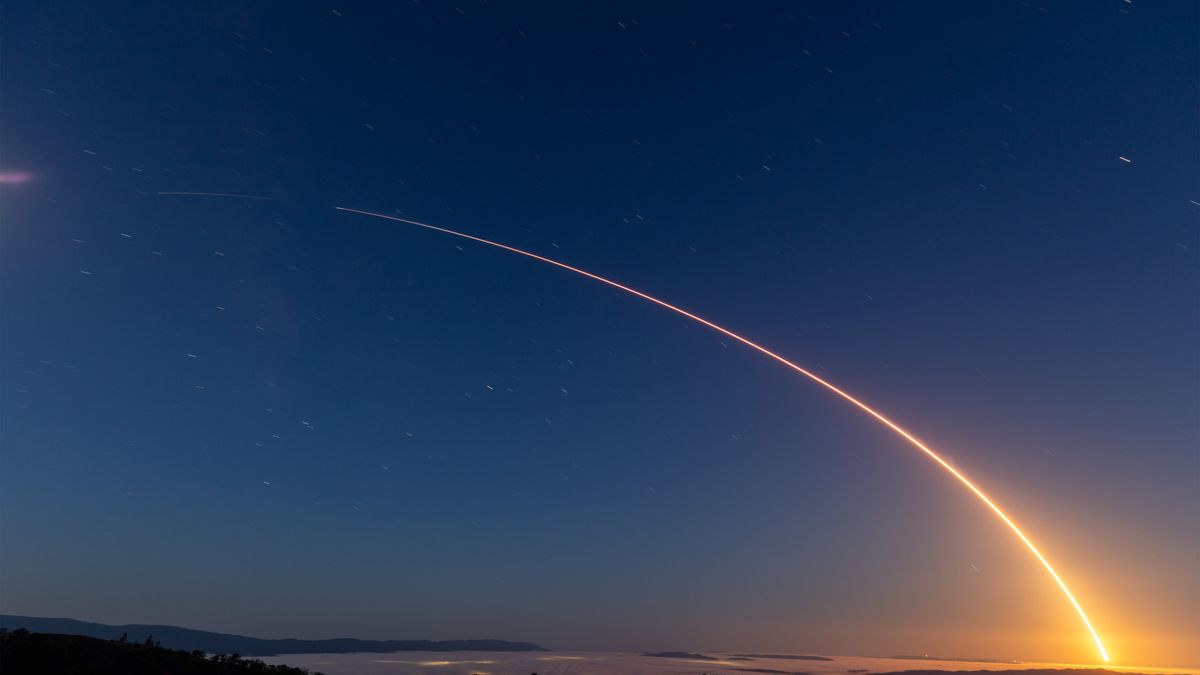


© SpaceX



© Apple
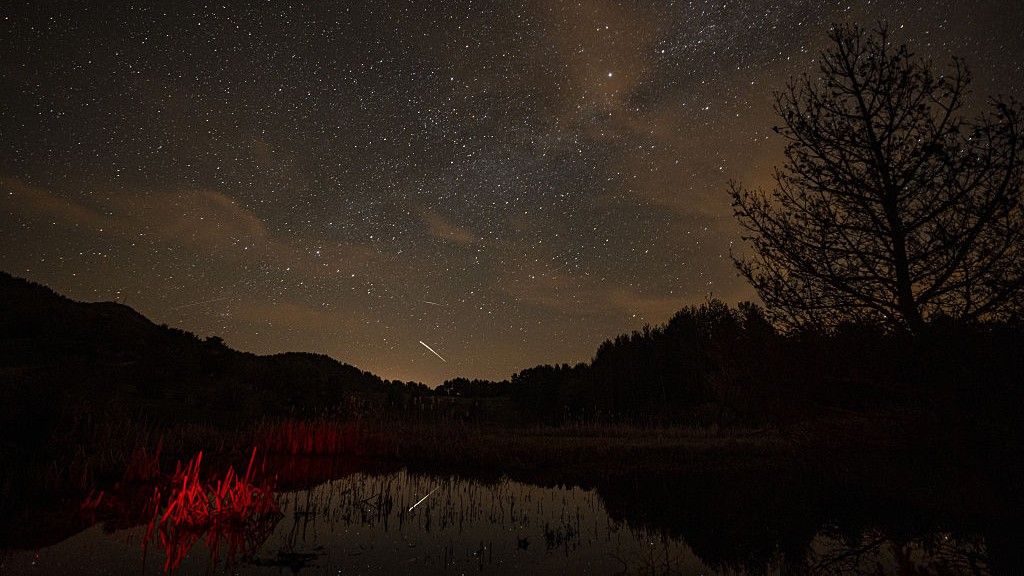


© Muhammed Selim Korkutata/Anadolu via Getty Images
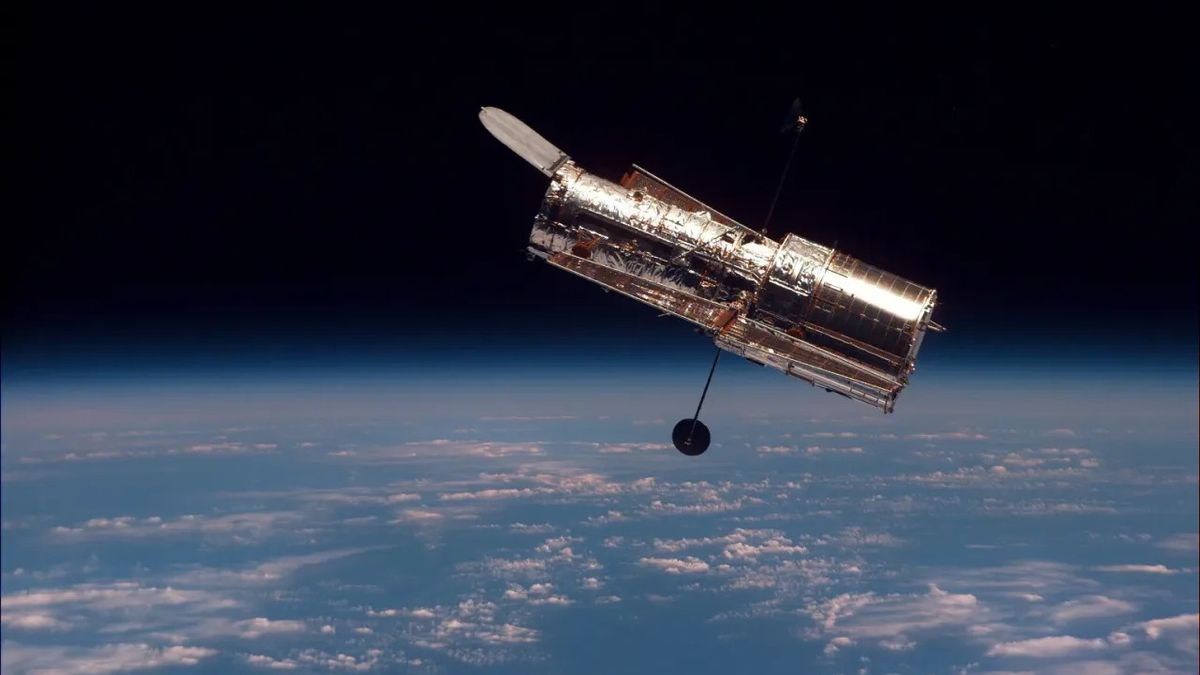


© NASA
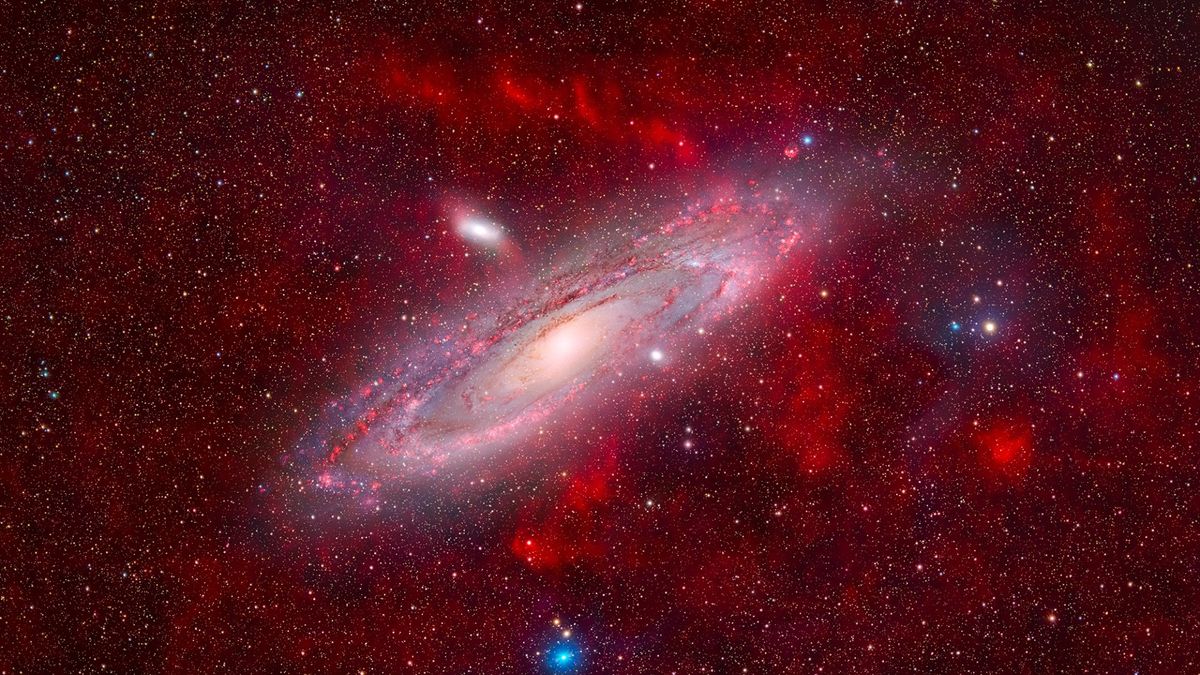


© Miguel Claro
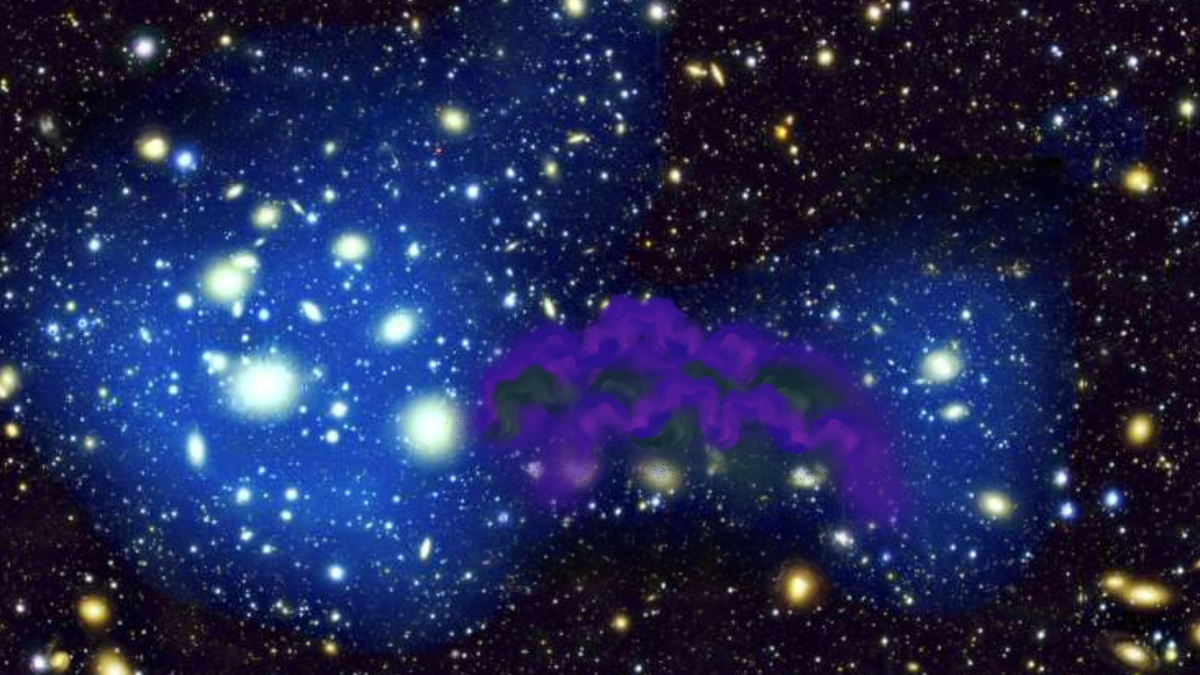


© HyeongHan et al/Robert Lea
Author(s): Charles Day
An external magnetic field can bend and lift thin sheets of self-assembled nanoparticles.
[Physics 18, 86] Published Tue Apr 22, 2025
Author(s): Michael Schirber
The planned MUonE experiment could—in addition to studying the muon’s magnetic moment—search for dark matter particles.
[Physics 18, s50] Published Tue Apr 22, 2025
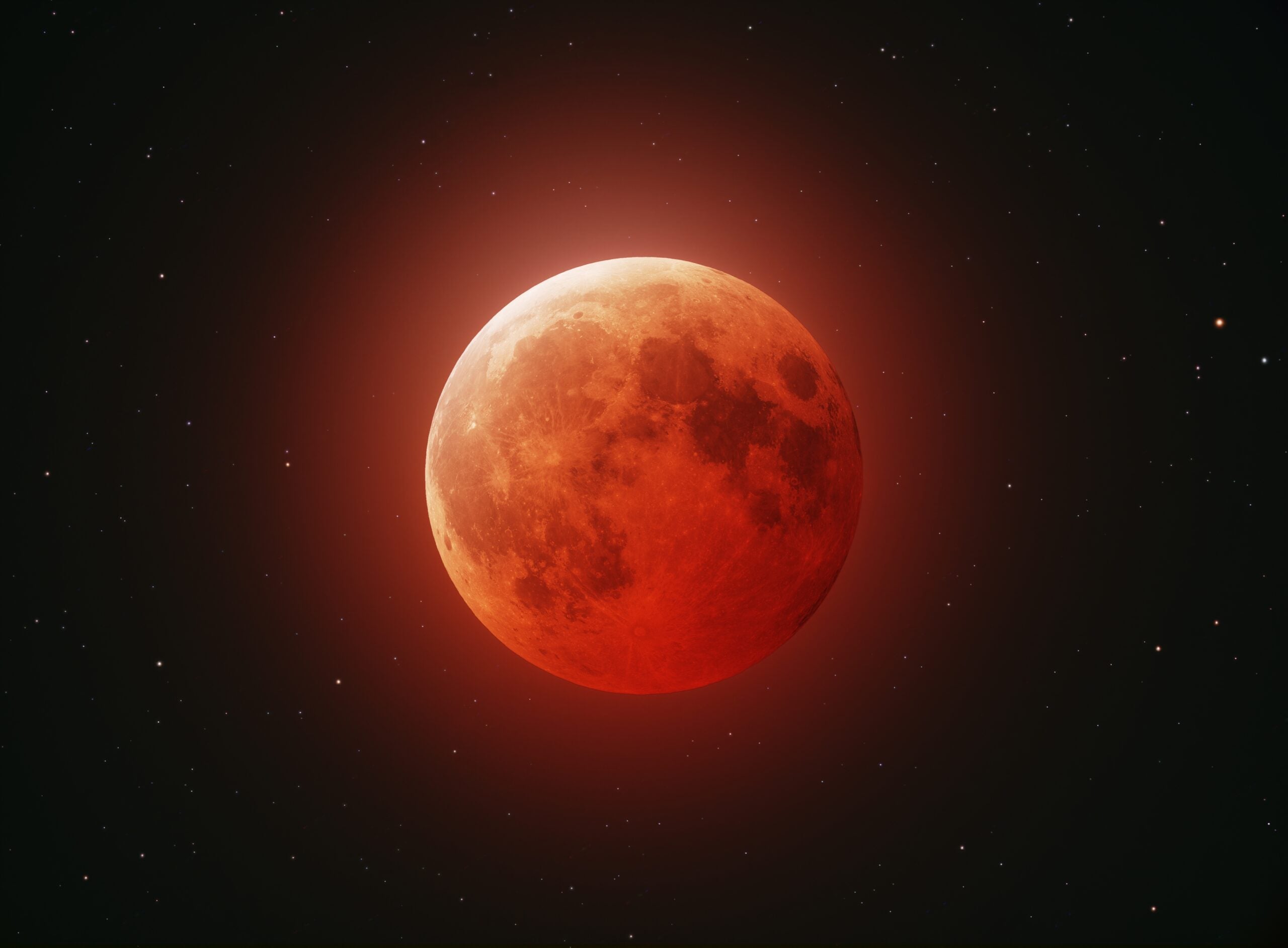
Steve Leonard from Markham, Ontario, Canada The visual appearance of the March 13/14 total lunar eclipse was captured in this composite of three stacks of images: One for the eclipsed Moon, one for the background star field, and a third stack of overexposed frames to capture the diffuse glow around the Moon. The imager usingContinue reading "Blood glow"
The post Blood glow appeared first on Astronomy Magazine.

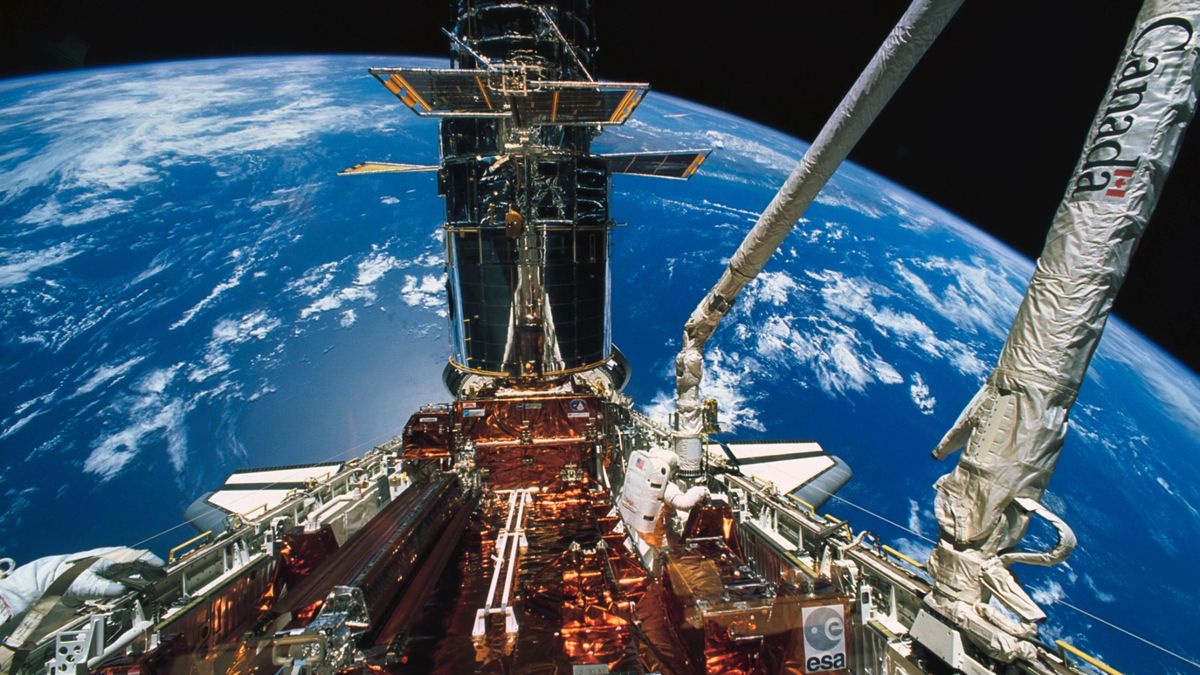


© NASA



© NASA
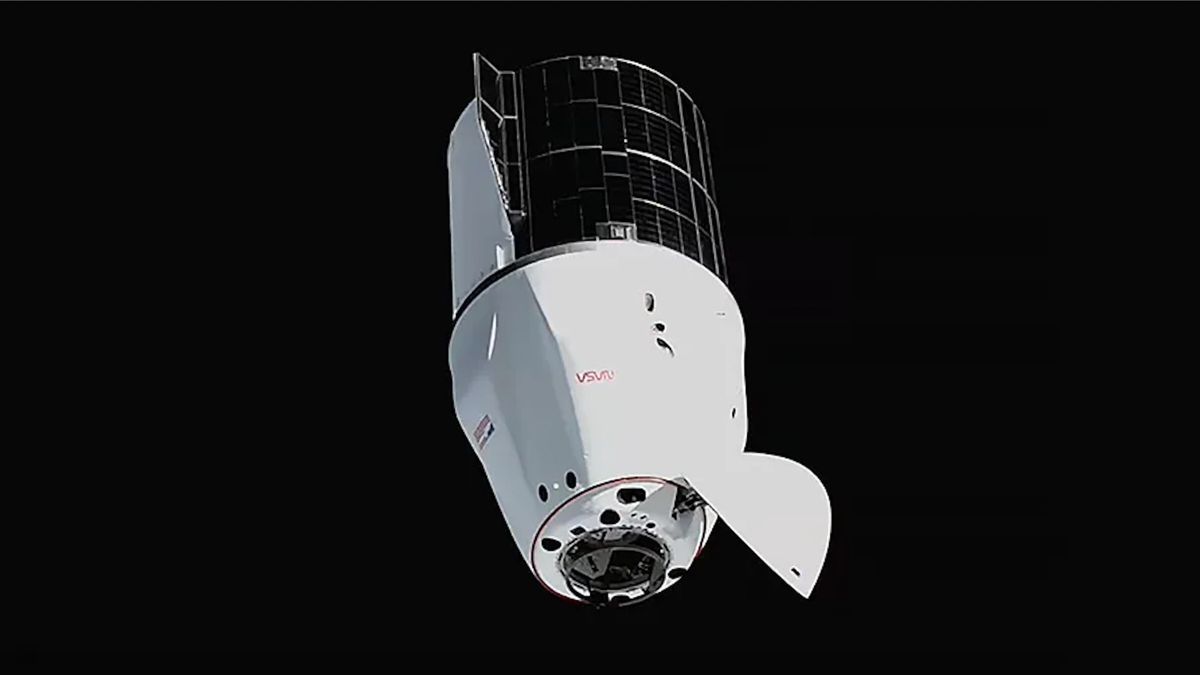


© NASA
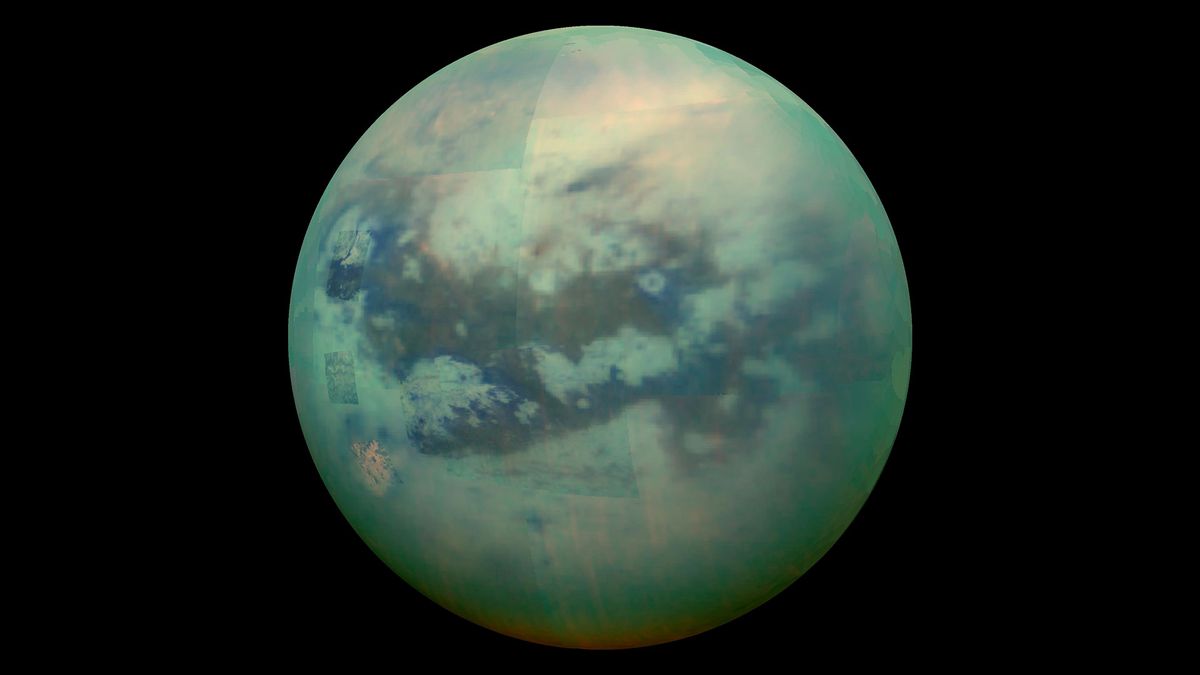


© NASA/JPL/University of Arizona/University of Idaho
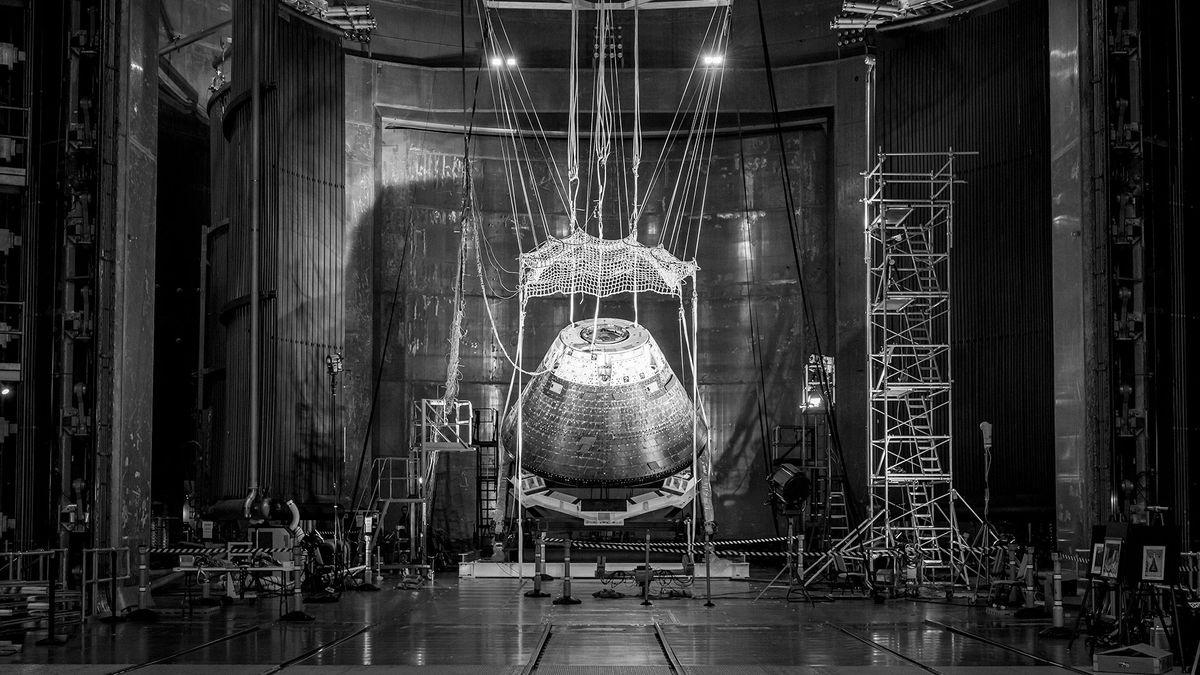


© NASA/Jordan Salkin



© Epic Games
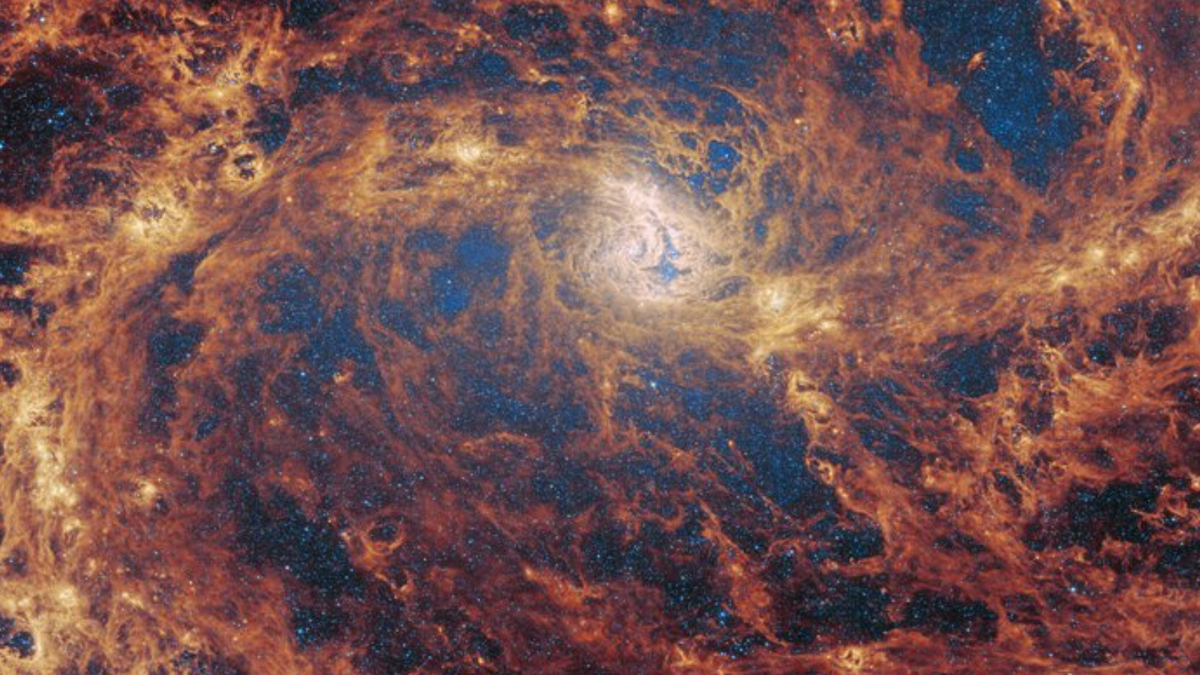


© ESA/Webb, NASA & CSA, A. Adamo (Stockholm University) and the FEAST JWST team
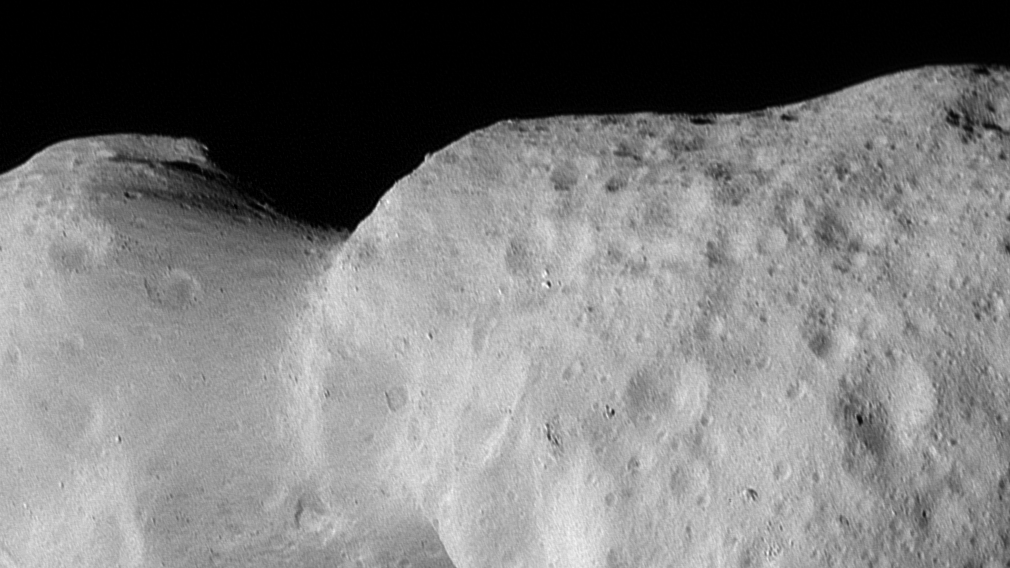


© The asteroid Donaldjohanson as seen by the Lucy Long-Range Reconnaissance Imager (L’LORRI). This is one of the most detailed images returned by NASA’s Lucy spacecraft during its flyby.
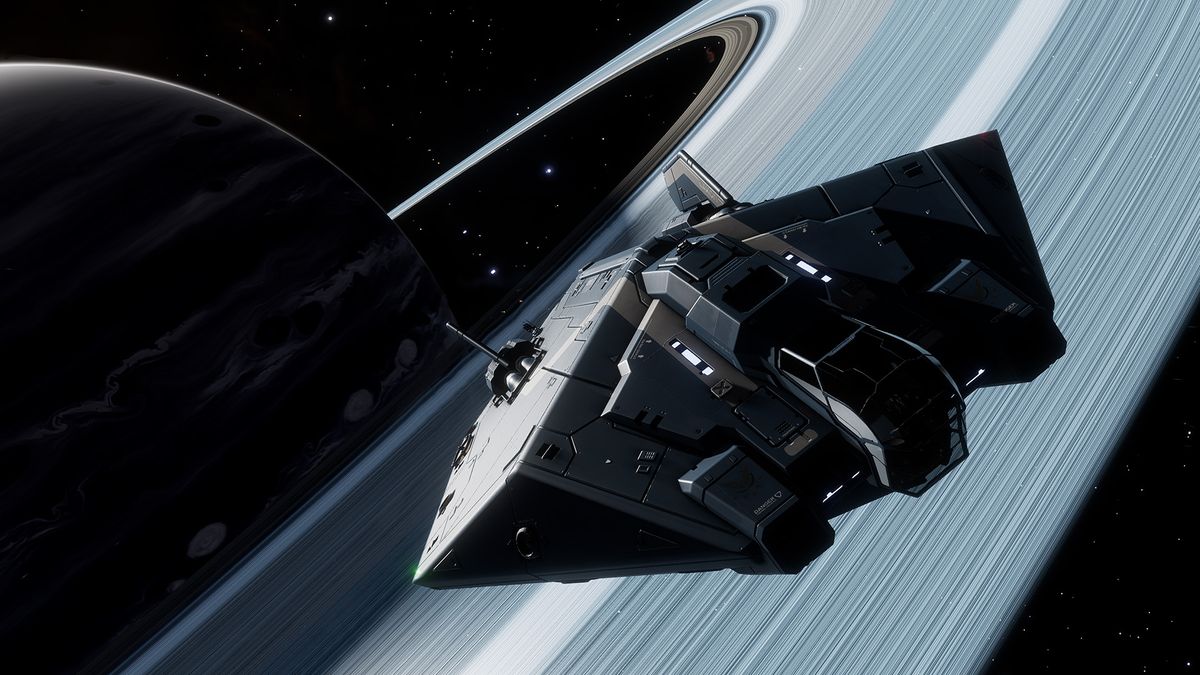


© Frontier Developments
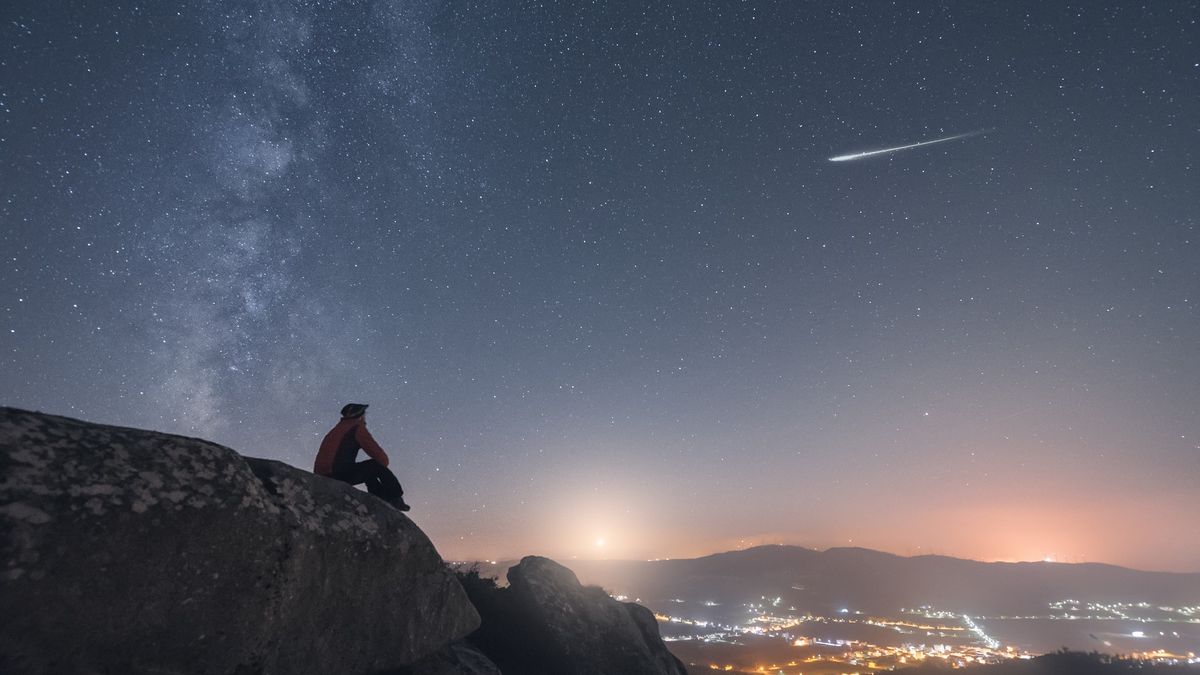


© Carlos Fernandez via Getty Images



© Marvel
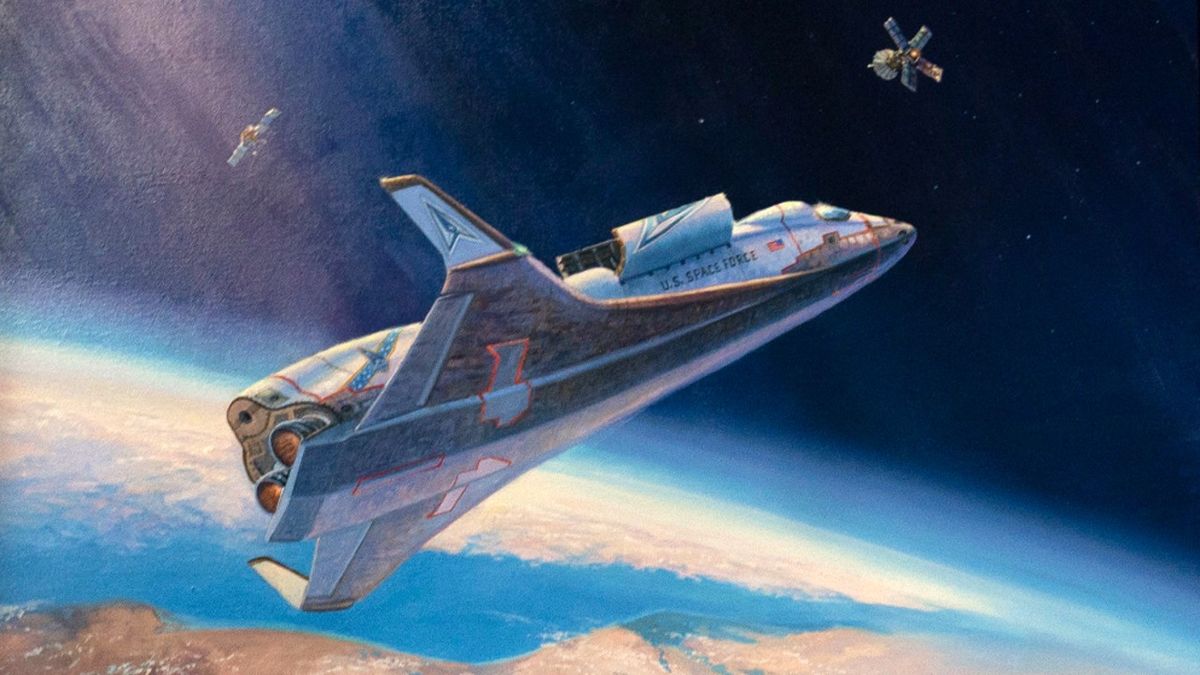


© Space Force photo by John Ayre
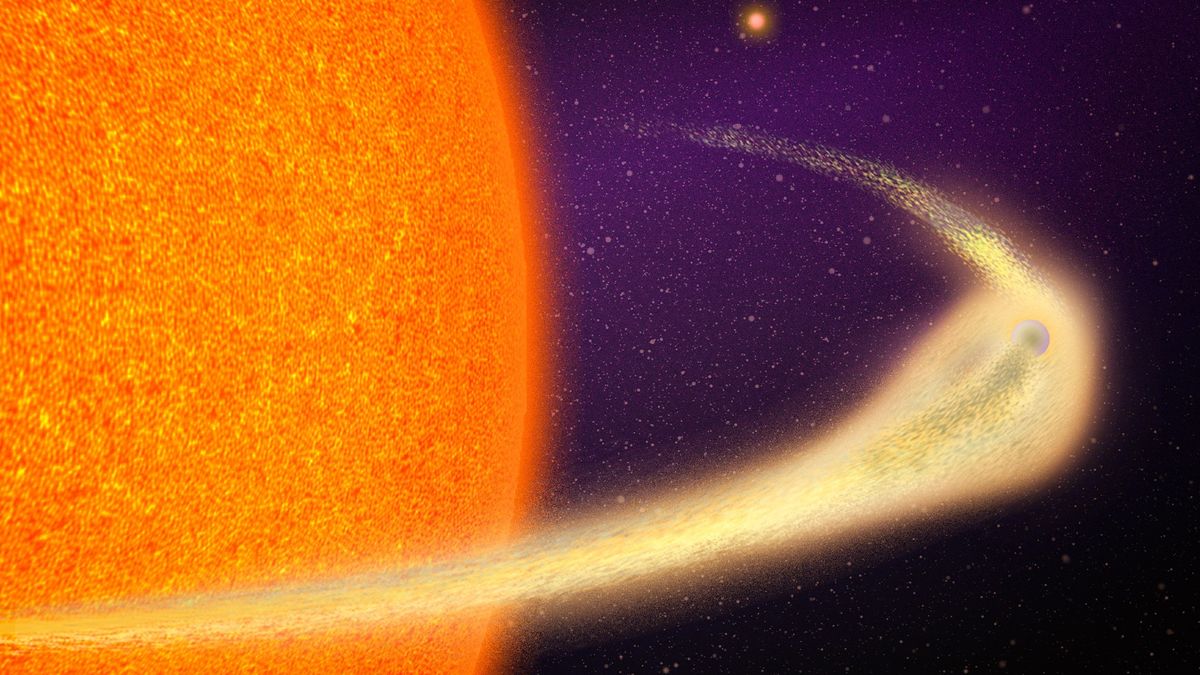


© Jose-Luis Olivares, MIT



© Mike Kentrianakis



© Getty Images
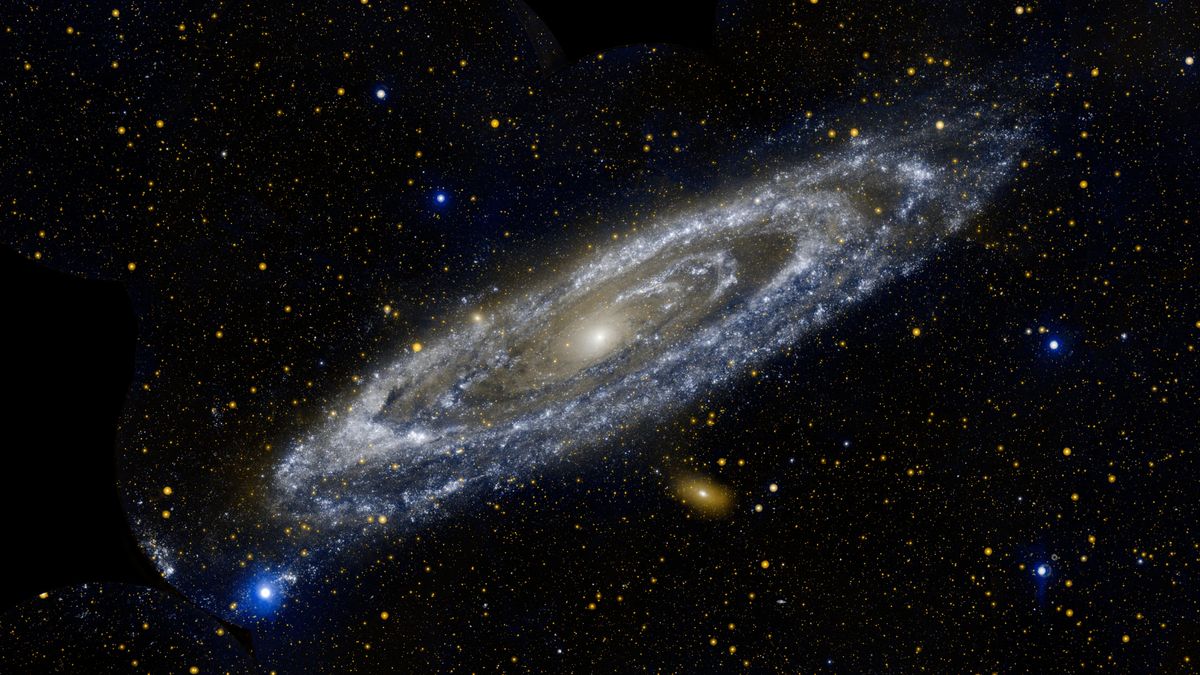


© NASA/JPL-Caltech



© NASA
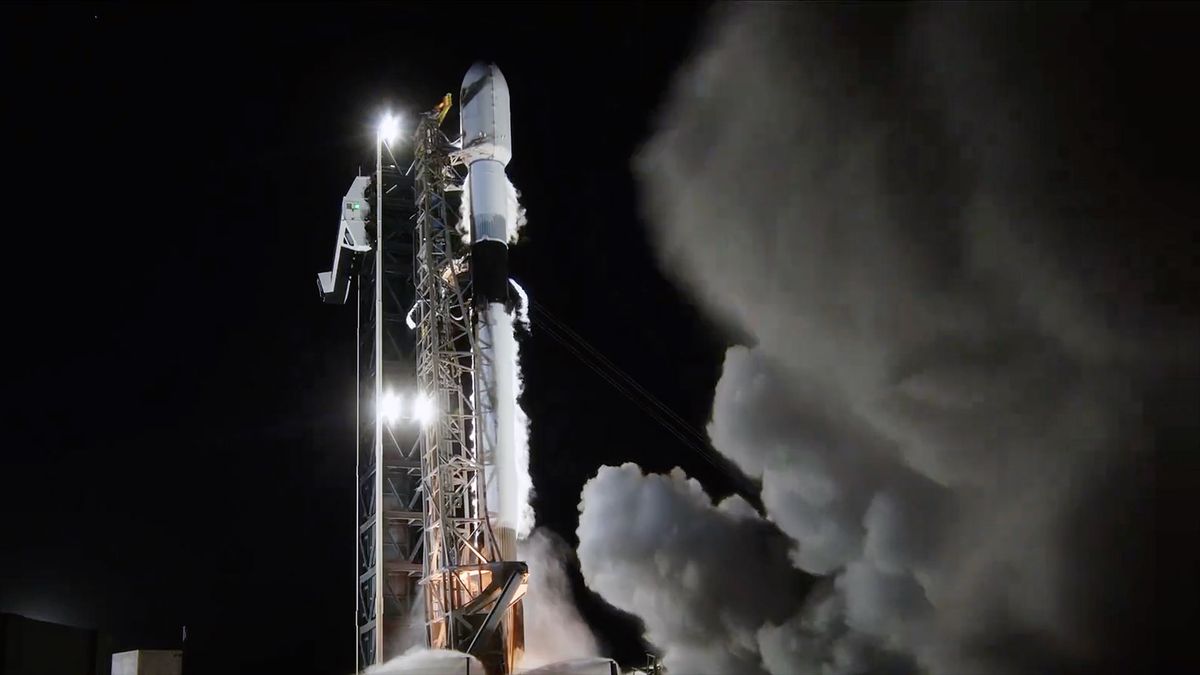


© SpaceX
Author(s): Ananya Palivela
Two newly developed computer chips, powered in part by light, have tackled complex computing tasks once considered out of reach for photonic systems.
[Physics 18, 84] Published Mon Apr 21, 2025
Author(s): Morteza Kayyalha
A device made of multilayer graphene exhibits topologically protected edge currents whose direction can be switched using an electric field.
[Physics 18, 85] Published Mon Apr 21, 2025
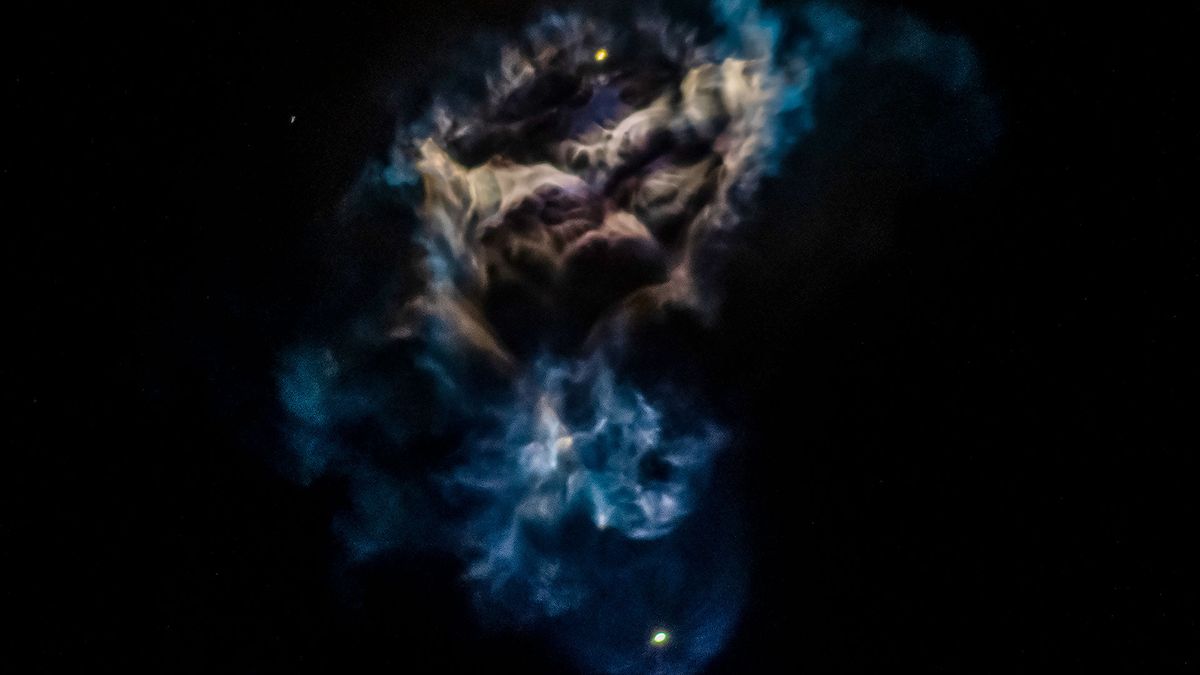


© SpaceX



© NASA
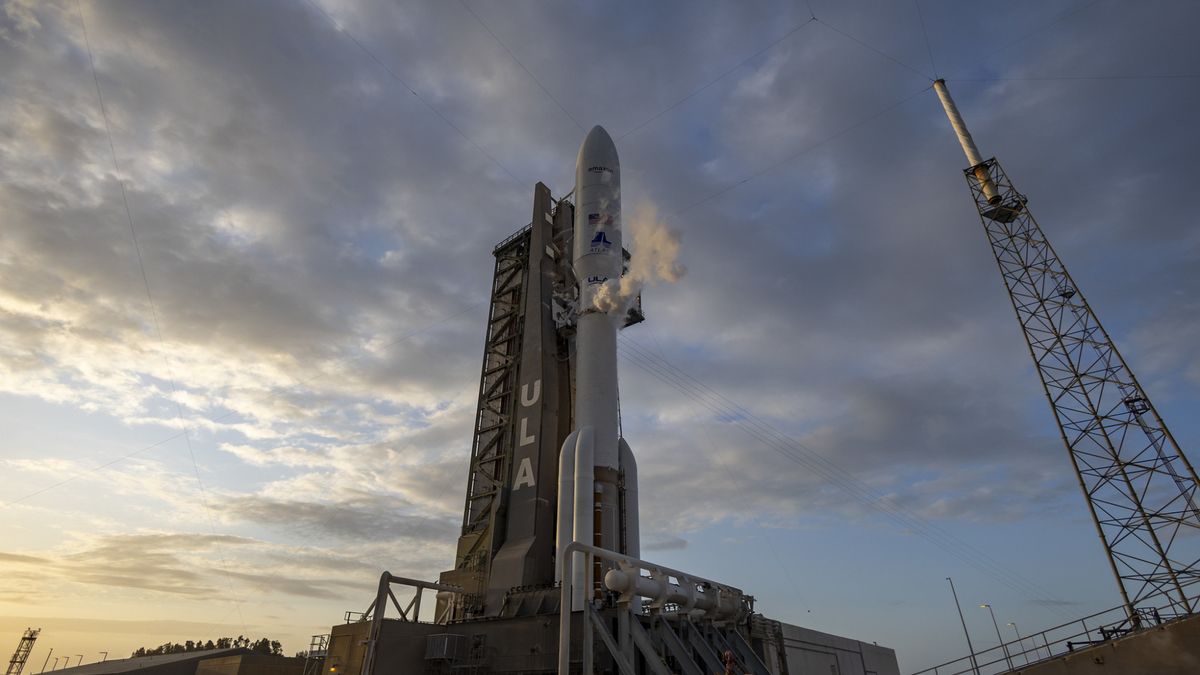


© United Launch Alliance
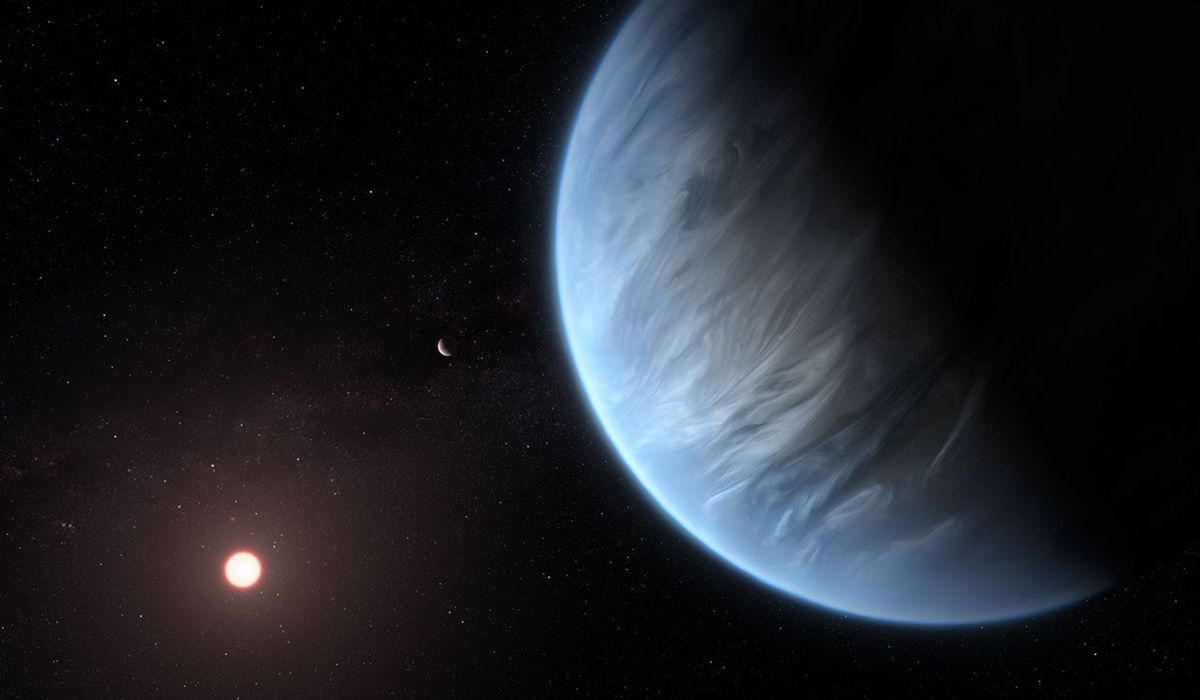


© ESA/Hubble, M. Kornmesser



© Blue Skies Space



© Marvel Studios
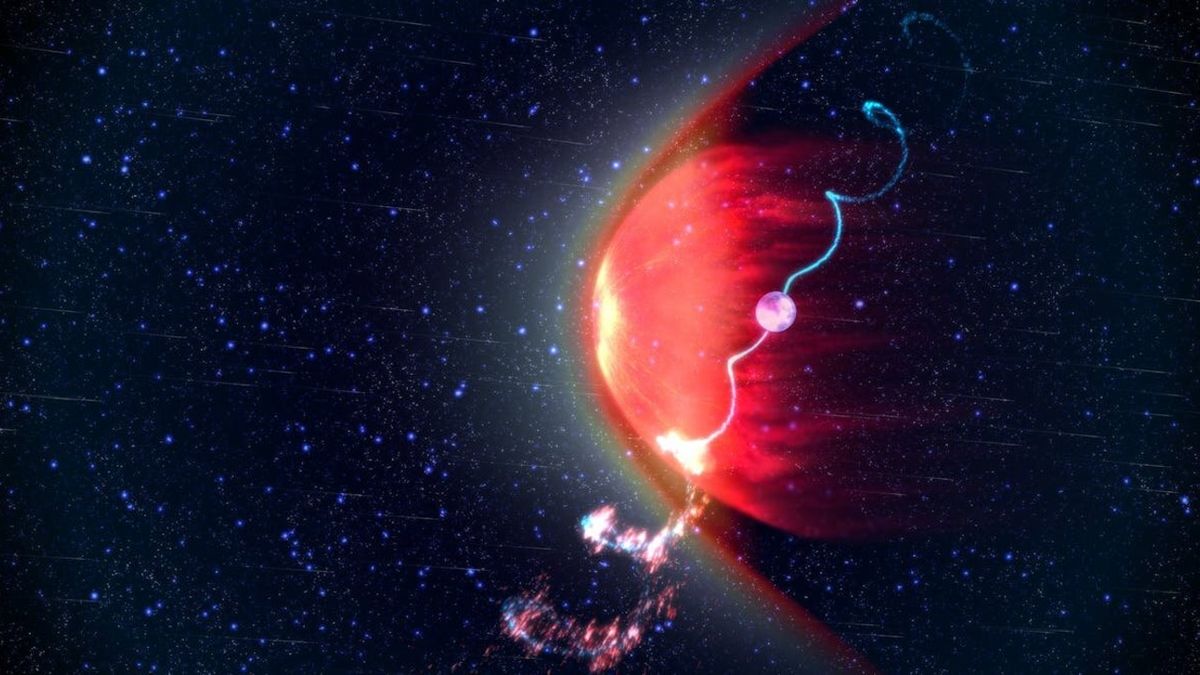


© Carl Knox/Swinburne/OzGrav
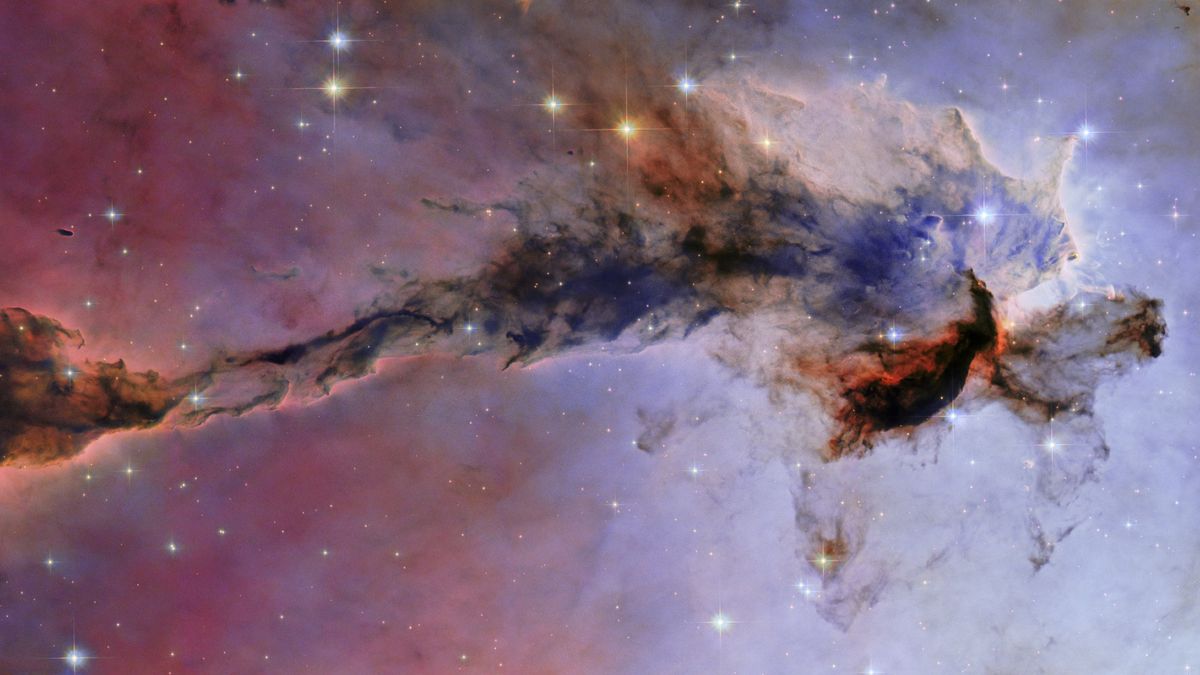


© ESA/Hubble & NASA, K. Noll

In this episode, Astronomy magazine Editor Dave Eicher invites you to head out before sunrise and view brilliant Venus. The planet, which is only outshone by the Sun or the Moon, will lie low in the eastern sky. It will rise and hour or so before the Sun. Even as morning twilight begins to brighten the sky,Continue reading "This Week in Astronomy with Dave Eicher: Venus in the Morning Sky"
The post This Week in Astronomy with Dave Eicher: Venus in the Morning Sky appeared first on Astronomy Magazine.




© X-ray: NASA/CXC/SAO/Ákos Bogdán; Infrared: NASA/ESA/CSA/STScI; Image Processing: NASA/CXC/SAO/L. Frattare & K. Arcand
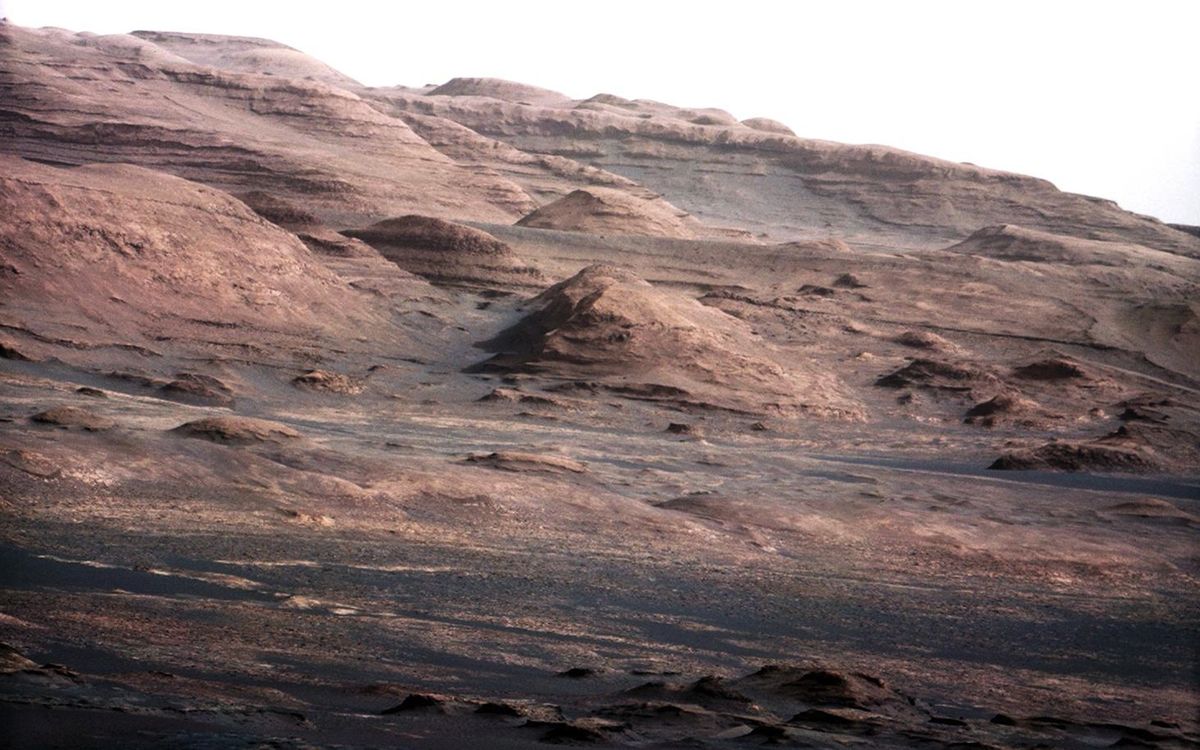


© NASA/JPL-Caltech/MSSS
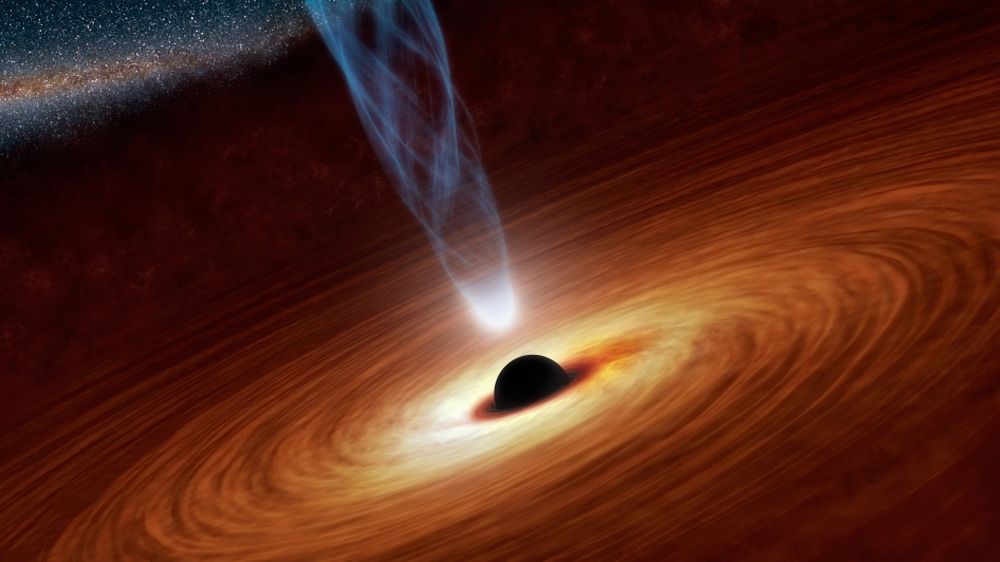


© NASA/JPL-Caltech
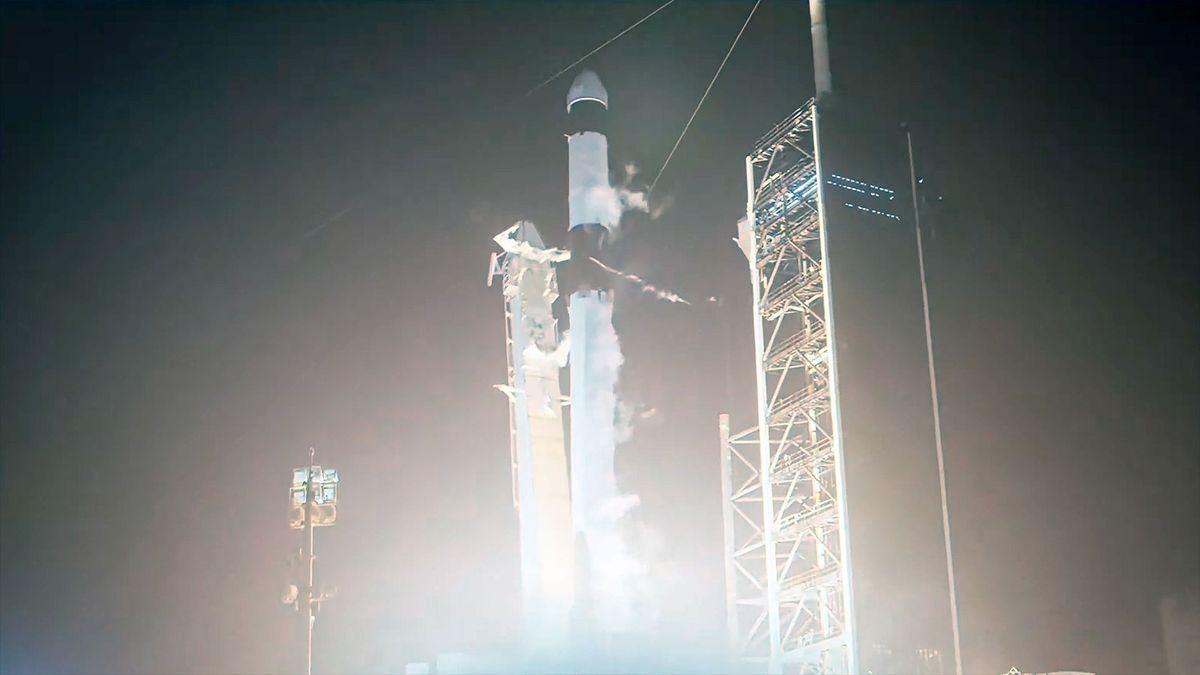


© NASA/SpaceX
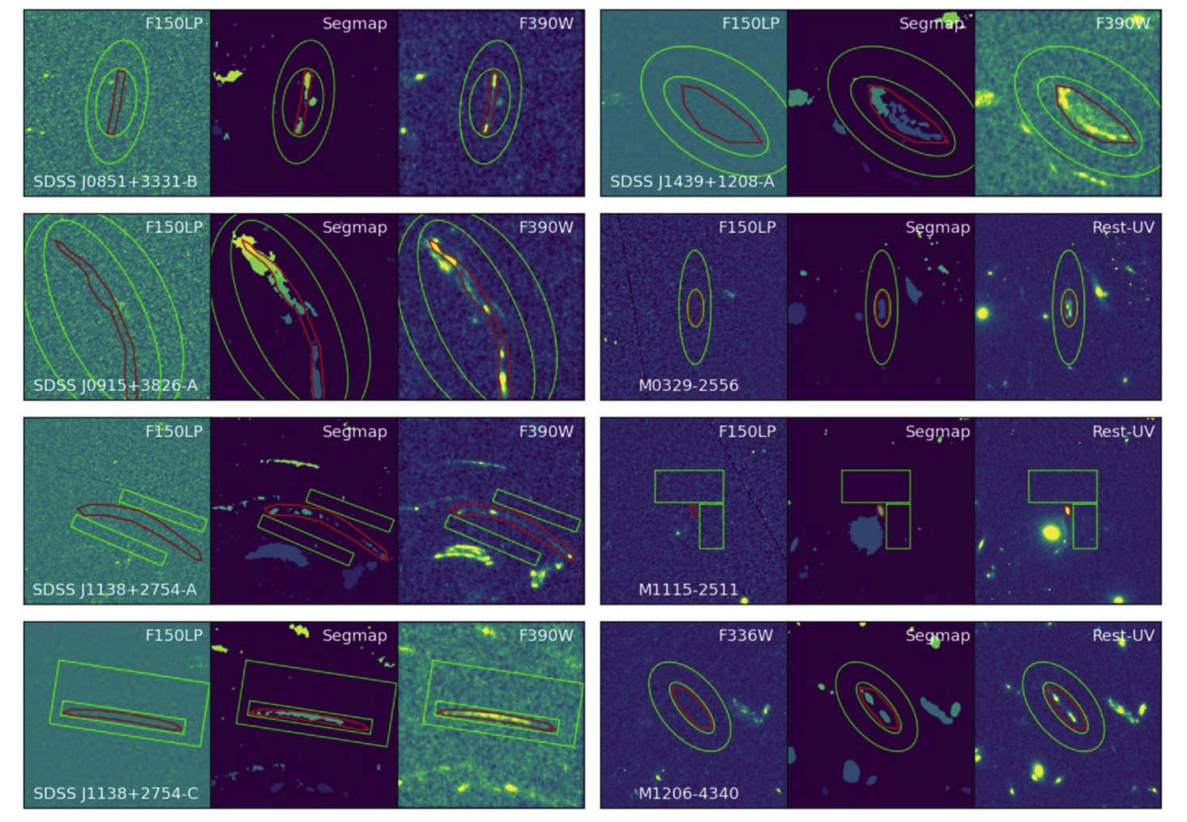
اگر به گذشتهی بسیار دور کیهان نگاه کنیم، میبینیم که در بازهی انتقال به سرخ حدود ۱۵ تا ۶، بیشتر گاز هیدروژن در فضای میانکهکشانی۱ از حالت خنثی به حالت یونیزه تبدیل شد؛ یعنی الکترونها از اتمهای هیدروژن جدا شدند. به این فرآیند، بازیونش۲ کیهان گفته میشود. یکی از بزرگترین پرسشهای کیهانشناسی این است که چه عاملی باعث این یونیزه شدن شد؟
فرضیهی رایج این است که ستارگان جوان در کهکشانهای تازهمتولدشده، نقش اصلی را با انتشار فوتونهای یونیزهکننده ایفا کردند؛ گرچه احتمالاً سهم کوچکی نیز از سیاهچالههای فعال و پرجرم ناشی میشد. مهمترین عامل در ارزیابی توانایی کهکشانها برای بازیونش کیهان، مقدار کل فوتونهای یونیزهکنندهای است که از آنها به بیرون نشت میکند.
متأسفانه آشکارسازی مستقیم این فوتونها از کهکشانهای دوران بازیونش (در z ≥ ۶) به دلیل جذب شدید توسط گازهای میانکهکشانی ممکن نیست. بنابراین اخترشناسان طی دو دههی گذشته تلاش کردهاند تا با بررسی کهکشانهای ستارهزا در انتقال به سرخهای پایینتر (z ≤ ۴) که ویژگیهایی مشابه کهکشانهای نخستین دارند (مانند طیف فرابنفش آبی، گرد و غبار کم، و فعالیت ستارهزایی بالا) میزان فرار این فوتونها را اندازهگیری کنند.
این فوتونهای پرانرژی که طولموجی کمتر از ۹۱۲ آنگستروم دارند، به تابش پیوستار لیمان۳ معروفاند و نقشی حیاتی در درک بازیونش دارند، اما همچنان میزان “نرخ فرار” آنها و سازوکار خروجشان از کهکشانها بهدرستی مشخص نیست (اینجا و اینجا بیشتر بخوانید).
در این مقاله، دانشمندان به سراغ مجموعهای از کهکشانها در انتقال به سرخ بین ۱/۳ تا ۳ رفتند که میتوانند همتایان کهکشانهای دوران بازیونش در نظر گرفته شوند. آنها از تلسکوپ فضایی هابل و ابزارهای تصویربرداری فرابنفش آن استفاده کردهاند تا ببینند آیا فوتونهای پیوستار لیمان از این کهکشانها در حال فرار هستند یا نه. اما این فوتونها معمولاً در داخل کهکشان جذب میشوند، مگر اینکه شرایط خاصی مسیر فرار از داخل کهکشان به محیط میانکهکشانی را باز کند (برای مثل کانالهای بدون گاز خنثی، بادهای ستارهای، یا فورانهای هستهای).
برای انتخاب نمونهی مناسب، پژوهشگران به سراغ هشت کهکشان رفتند که ویژگیهای خاصی داشتند:
تصویرهای ۱۷ در ۱۷ دقیقهی قوسی هابل از این هشت کهکشان. برای هر کهکشان از چپ به راست: تصویربرداری با فیلتر پیوستار لیمان؛ نقشههای تقسیمبندیشده که برای فوتومتری پیوستار لیمان استفاده شدهاند؛ و یک فیلتر هابل با پهنای باند بالا که کهکشان را در ناحیهی فرابنفش نشان میدهد. خطهای قرمز مرزهای فوتومتری باند پهن، و خط های سبز نواحی پسزمینه را نشان میدهند.
برای آشکارسازی فوتونهای پیوستار لیمان، از تصویربرداری فرابنفش تلسکوپ فضایی هابل با دو ابزار ACS/SBC و WFC3/UVIS استفاده شدهاست. هفت کهکشان از نمونهی مورد بررسی با ابزار ACS/SBC و فیلتر F150LP تصویربرداری شدهاند (در بازهی قرمزگرایی ۱/۳ تا ۱/۶)، و یک کهکشان دیگر با ابزار WFC3/UVIS و فیلتر F336W در قرمزگرایی ۳/۰ بررسی شدهاست. این فیلترها در چارچوب سکون به طولموجهای حدود ۶۲۰–۷۰۰ آنگستروم (F150LP) و ۸۳۸ آنگستروم (F336W) حساساند که هر دو در محدودهی پیوستار لیمان قرار دارند. برای هر کهکشان بین ۲/۲۵ تا ۶ ساعت نوردهی انجام شدهاست. برای سنجش دقیق تابش پیوستار لیمان، نویسندگان از فوتومتری با نقشههای تفکیکی دقیق استفاده کردهاند. آنها با استفاده از ابزار photutils در پایتون، مرزهای ناحیهی کهکشانی را مشخص کرده و سپس میزان شار را در این نواحی اندازهگیری کردهاند. برای برآورد بهتر نویز پسزمینه، در هر تصویر فوتومتری مشابهی در ۱۰۰ نقطهی تصادفی اطراف کهکشان انجام شدهاست.
نتیجه؟ هیچکدام از کهکشانها سیگنال قابلتوجهی از تابش پیوستار لیمان نشان ندادند. حتی در خوشبینانهترین حالت، تنها میتوان گفت که کسری از فوتونهای یونیزهکننده که از این کهکشانها فرار کردهاند، کمتر از ۳ تا ۱۵ درصد است. گرچه هدف اصلی این مطالعه یافتن نشانهای از نشت فوتونهای یونیزهکننده بود، همین عدم آشکارسازی هم خود حامل اطلاعات ارزشمندی است.
نسبت فرار فوتونهای پیوستار لیمان بر حسب سه متغیر نمایش داده شده است: قدر مطلق فرابنفش (سمت چپ)، قرمزشدگی ناشی از غبار (وسط)، و شیب طیف فرابنفش (سمت راست). حد بالای یکسیگما برای نسبتهای فرار بهصورت پیکانهای قرمز مشخص شدهاند. کهکشانی با انتقال به سرخ ۳ با نماد مربع و سایر کهکشانها با نماد لوزی نمایش داده شدهاند. برای مقایسه، نمونههایی از نشتدهندگان فوتونهای لیمان نیز با دایرهها و پیکانهای خاکستری نشان داده شدهاند.
نویسندگان مقاله با استفاده از کدهای مربوط به برازش خطوط جذبی و نشری موجود در طیف، ویژگیهای فیزیکی کهکشانها را نیز بررسی کردند. نتایج آنها نشان میدهد که بیشتر این کهکشانها دارای مقدار اندکی غبار هستند (E(B-V) ≲۰/۱)، و جرمهای ستارهای پایینی در بازهی ۷*۱۰ تا ۹*۱۰ برابر جرم خورشیدی دارند. برخی از آنها همچنین نشانههایی از ستارهزایی انفجاری در حدود ۱۰۰ میلیون سال اخیر را نشان میدهند- ویژگیهایی که معمولا انتظار میرود با نرخ بالای فرار فوتونهای یونیزهکننده همراه باشند. اما با وجود تمام این شرایط مساعد، چرا باز هم نشتی مشاهده نمیشود؟ یکی از احتمالات مهم این است که فرار فوتونهای لیمان، به شدت وابسته به جهتگیری است؛ یعنی ممکن است این فوتونها فقط در برخی جهتها از کهکشان خارج شوند، و اگر ما دقیقاً در مسیر مناسب نباشیم، این فرار را آشکار نخواهیم کرد. این پدیده پیشتر نیز در کهکشانهایی مثل Sunburst Arc در انتقال به سرخ ۲/۳۷ دیده شده است. احتمال دیگر این است که به دلیل بازدهی پایین ستارهزایی، کهکشانهای کمجرم و کمنور واقعاً نرخ فرار کمی داشته باشند، یا هنوز نتوانسته باشند کانالهای خالی از گاز ایجاد کنند تا این فوتونها از آن عبور کنند.
در نهایت، این مقاله با دقت بالایی نشان میدهد که نمیتوان به سادگی فرض کرد که هر کهکشان کمجرم و جوانی، الزاماً در حال نشت پیوستار لیمان است. برای درک بهتر این فرآیند، باید نمونههای بیشتری از چنین کهکشانهایی را رصد کنیم، و سعی کنیم جهتهای مختلف و اطلاعات طیفی کاملتری از آنها داشته باشیم. تنها در این صورت است که میتوانیم با اطمینان بگوییم دقیقاً چه چیزهایی کیهان را یونیزه کردهاست.
۱. intergalactic medium
۲. reionization
۳. Lyman continuum emission
۴.gravitational lensing
شکل بالای صفحه: Sloan Giant Arc Survey (SGAS)
عنوان اصلی مقاله: Constraints on the Lyman Continuum Escape from Low-mass Lensed Galaxies at 1.3<z<3
نویسندگان: .Intae Jung et al.
لینک اصلی مقاله: https://arxiv.org/pdf/2408.05273
گردآوری: نگین خسروانینژاد
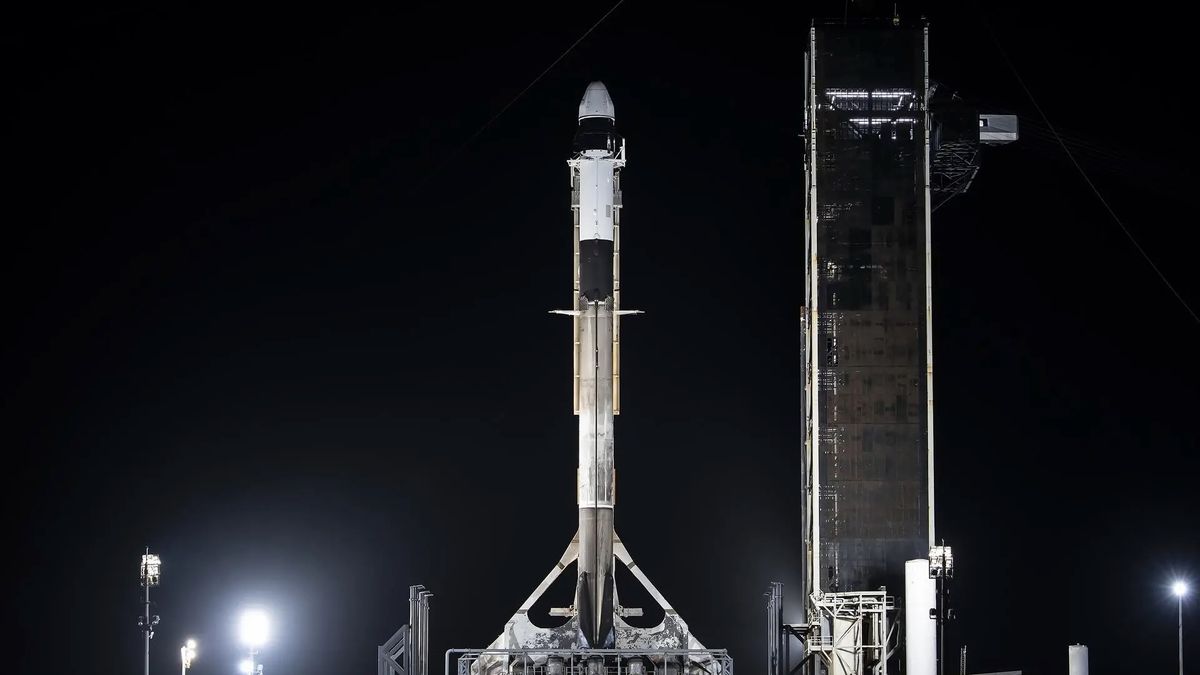


© SpaceX
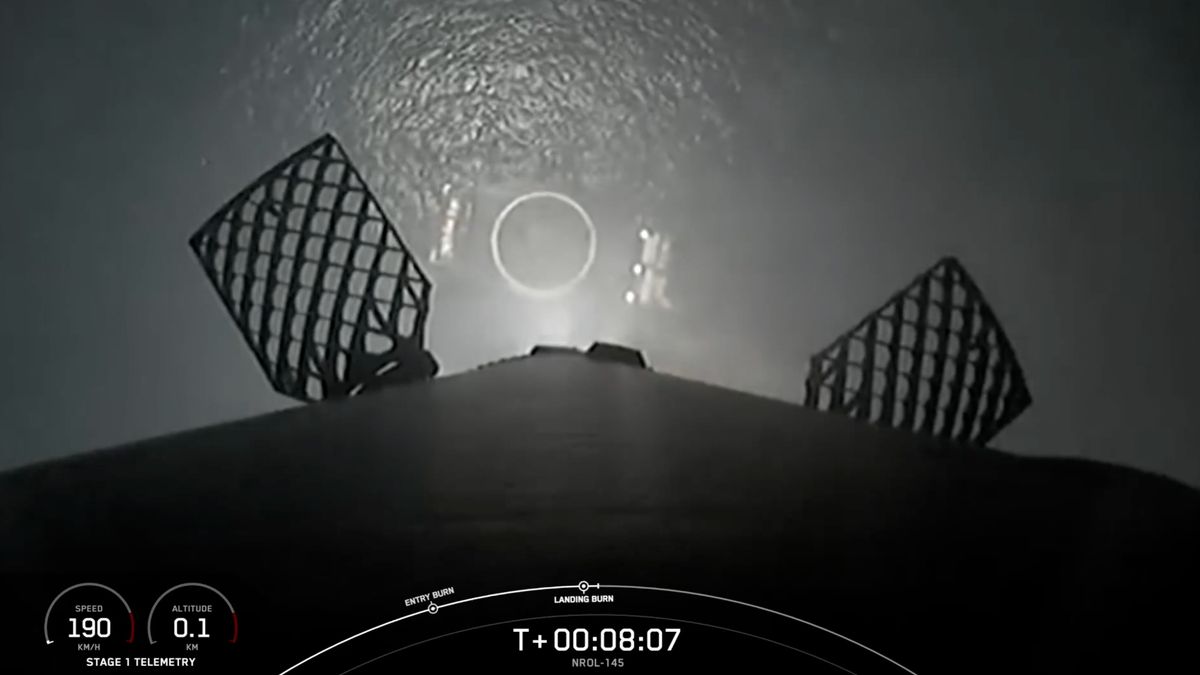


© SpaceX



© Created in Canva Pro by Daisy Dobrijevic
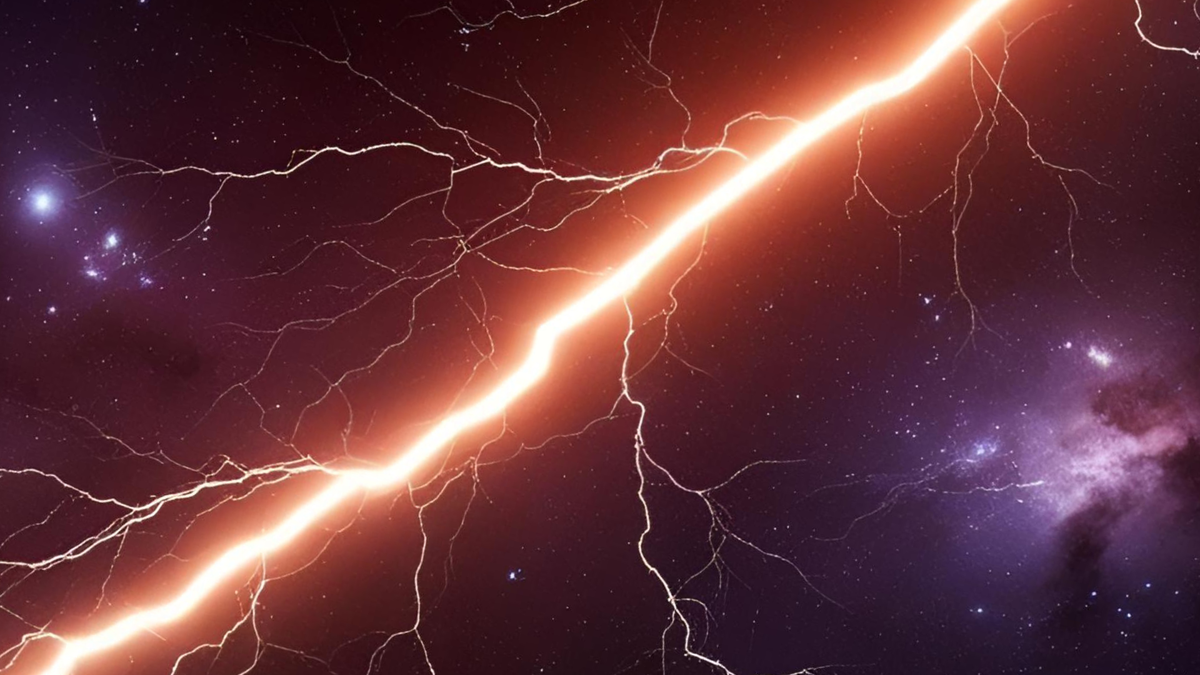


© Robert Lea (created with Canva)
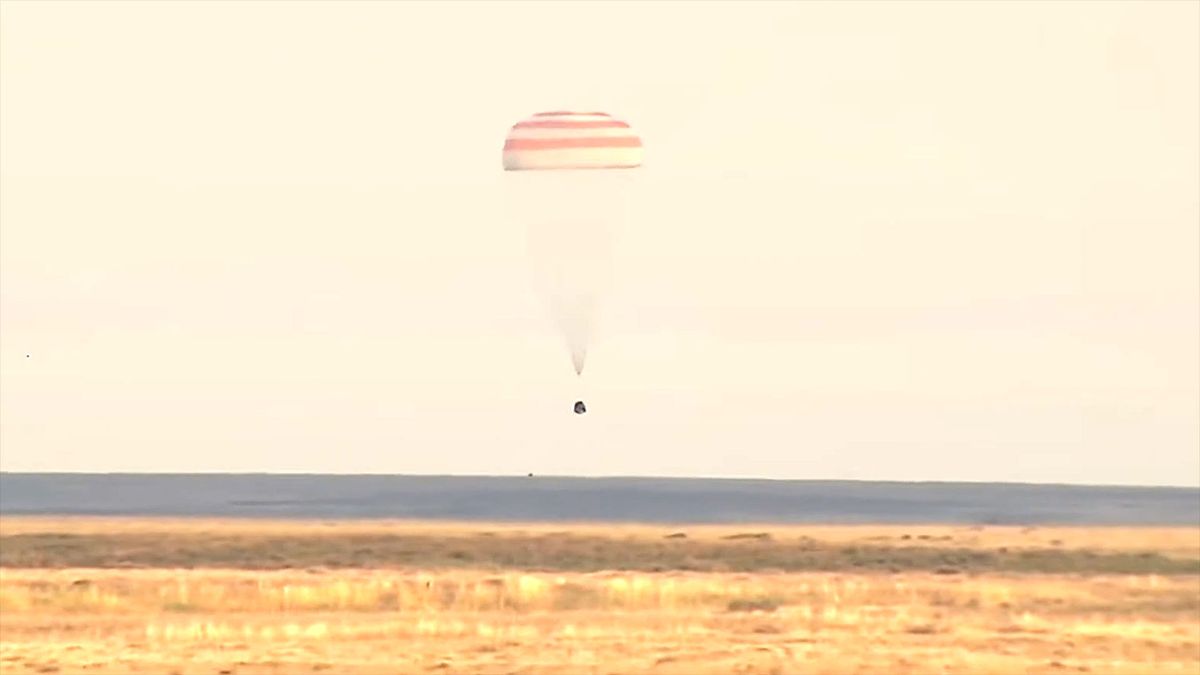


© NASA
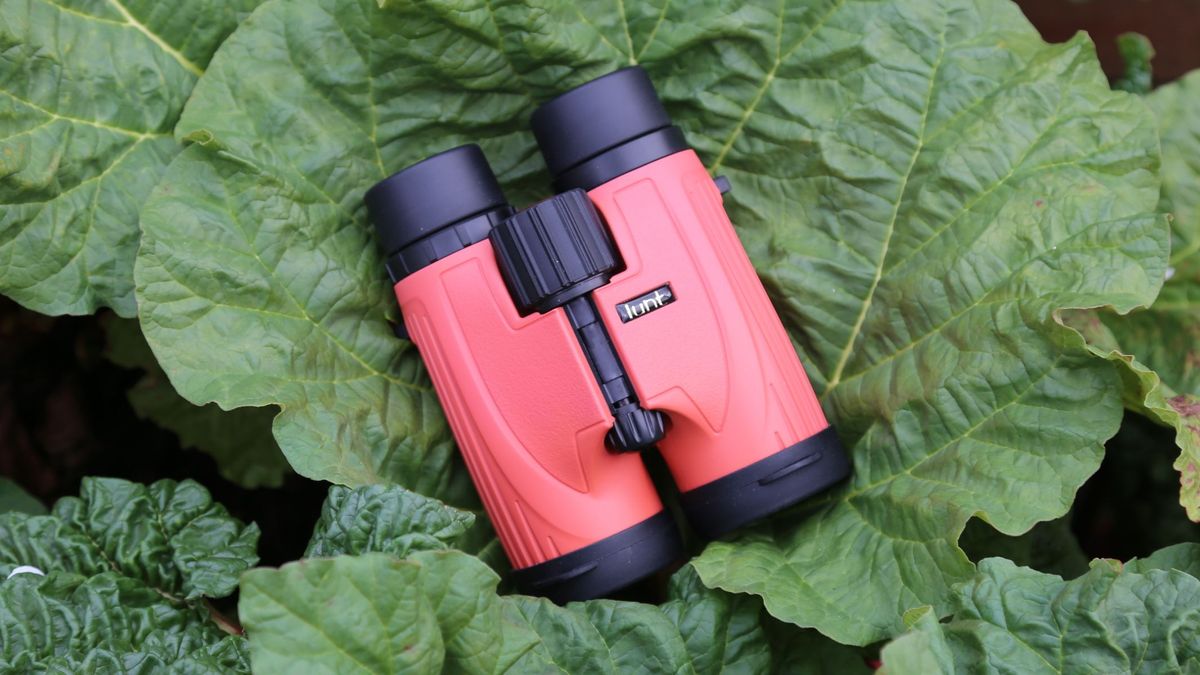


© Jamie Carter
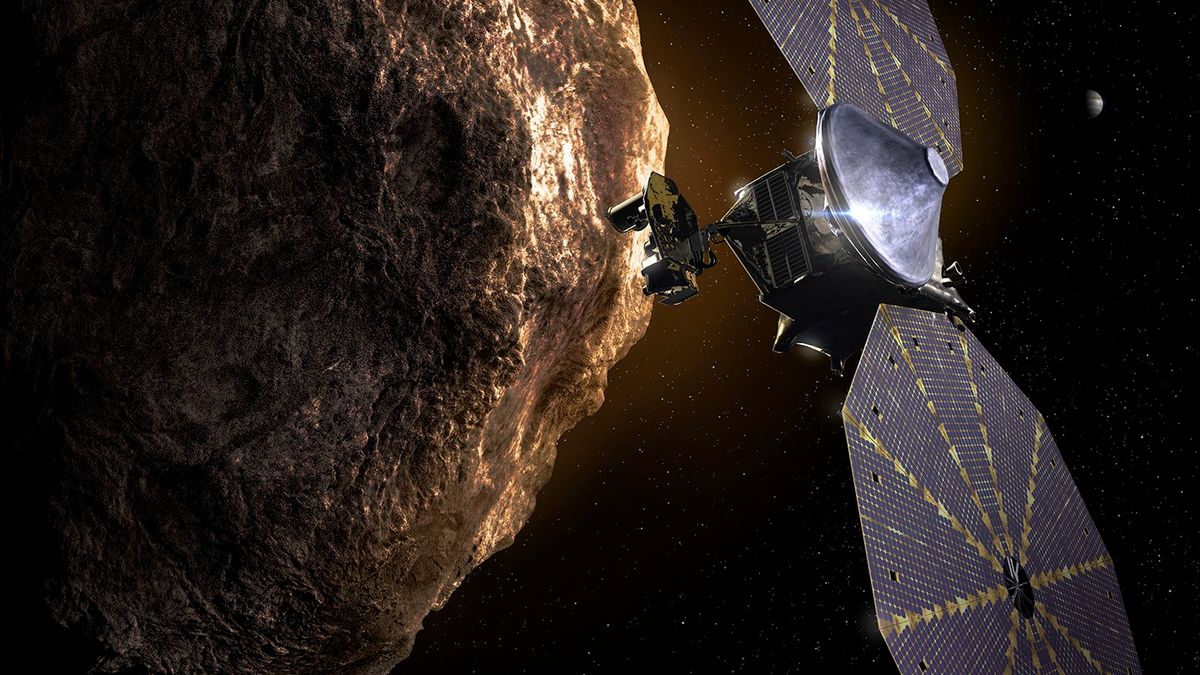


© NASA/GSFC



© EA/Lucasfilm Games



© TWiT



© BBC
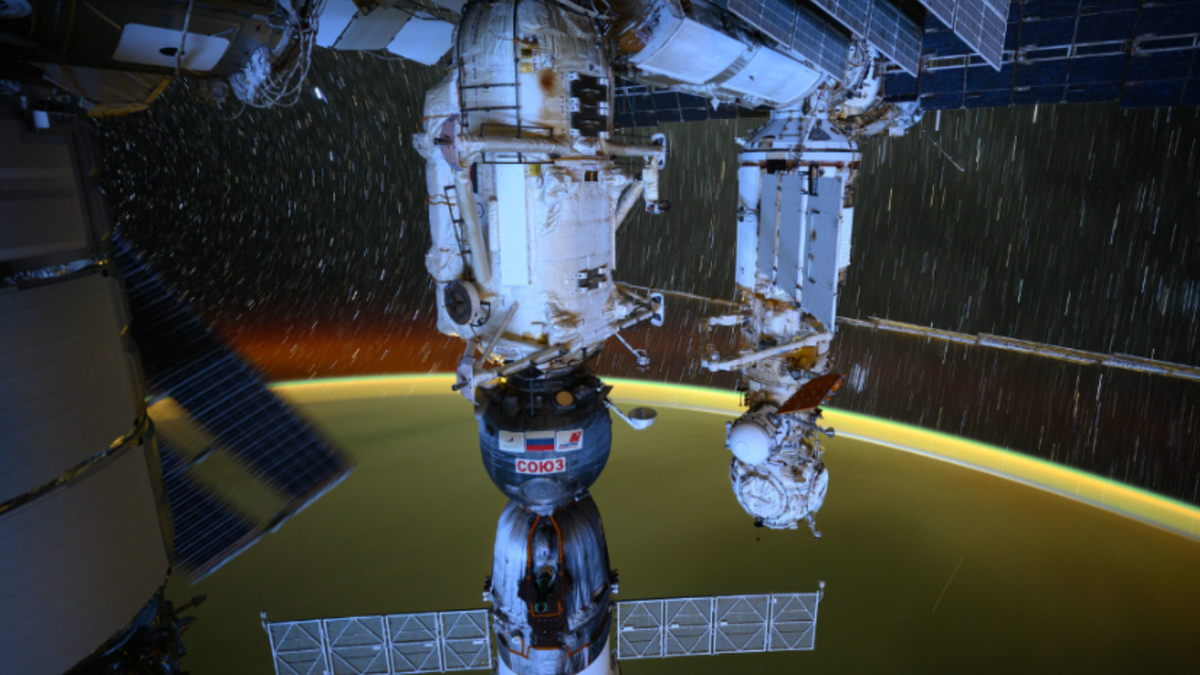


© NASA
Author(s): Michael Schirber
The many-worlds interpretation of quantum mechanics says that a measurement can cause a splitting of reality into separate worlds.
[Physics 18, 83] Published Fri Apr 18, 2025
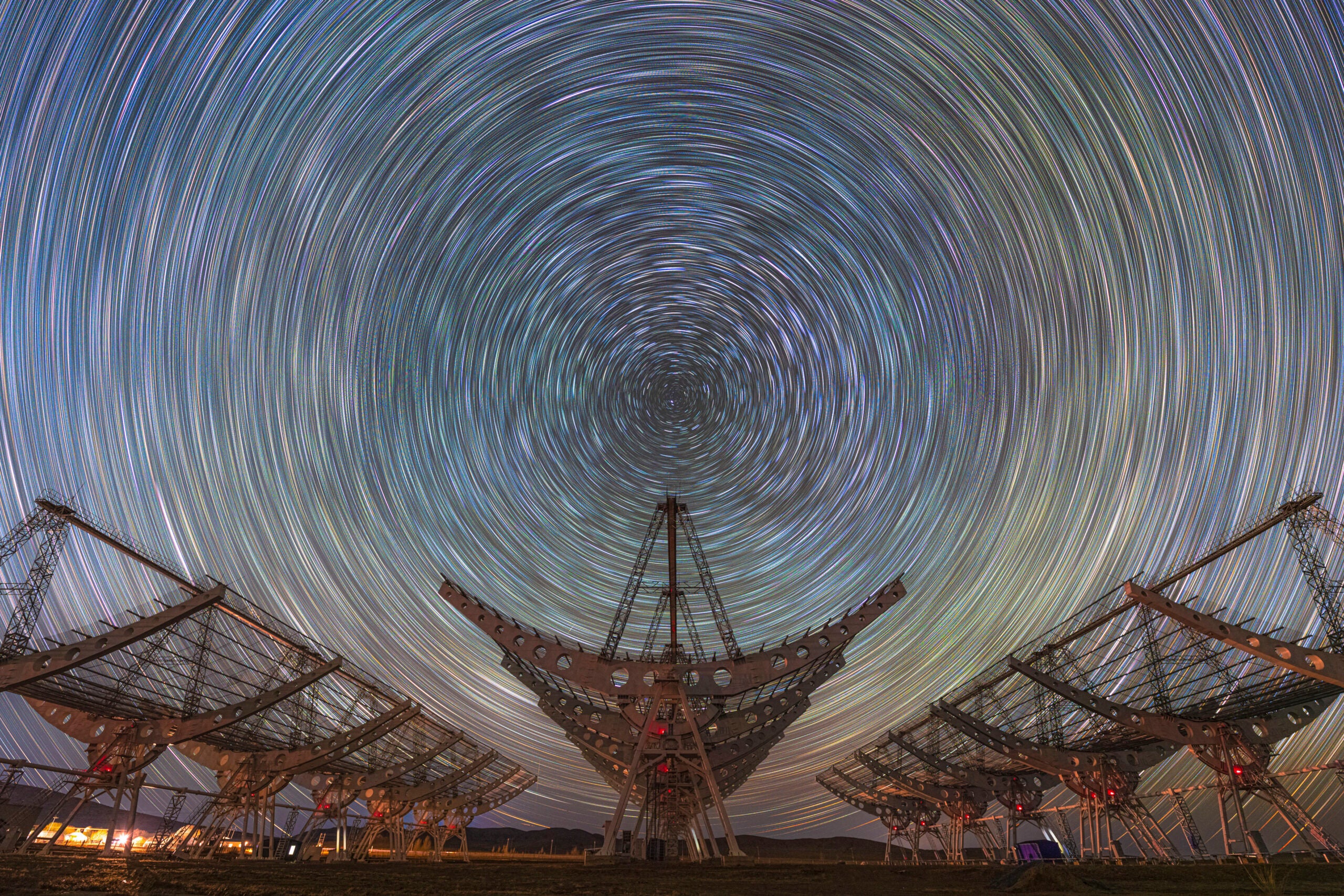
Huang Dandan/Liu Dongyu, taken from Ming’antu Town, Xilin Gol League, Inner Mongolia, China The stars spin above the north-south-aligned antennas of the Interplanetary Scintillation Observation (IPS) Telescope, China’s first radio telescope for studying interplanetary scintillation. This stacked image was captured with a Sony mirrorless camera and 14mm lens, with 15-second exposures at f/3.2 and ISOContinue reading "Scintillating star trails"
The post Scintillating star trails appeared first on Astronomy Magazine.

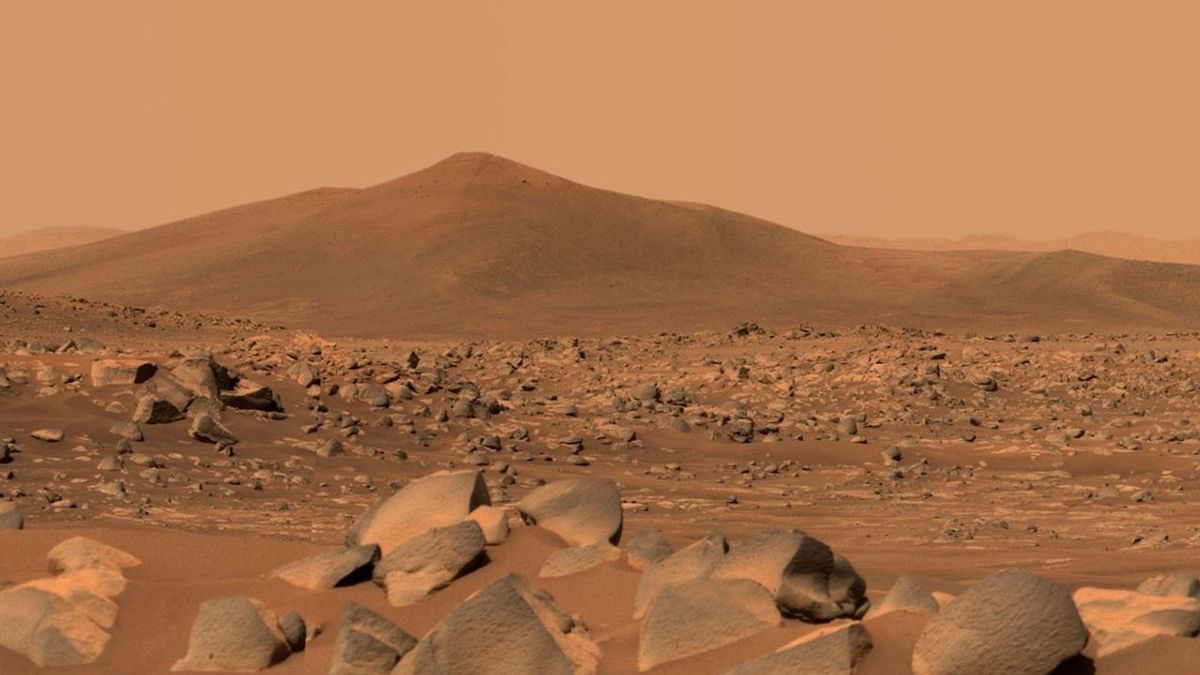


© NASA/JPL-Caltech/ASU/MSSS
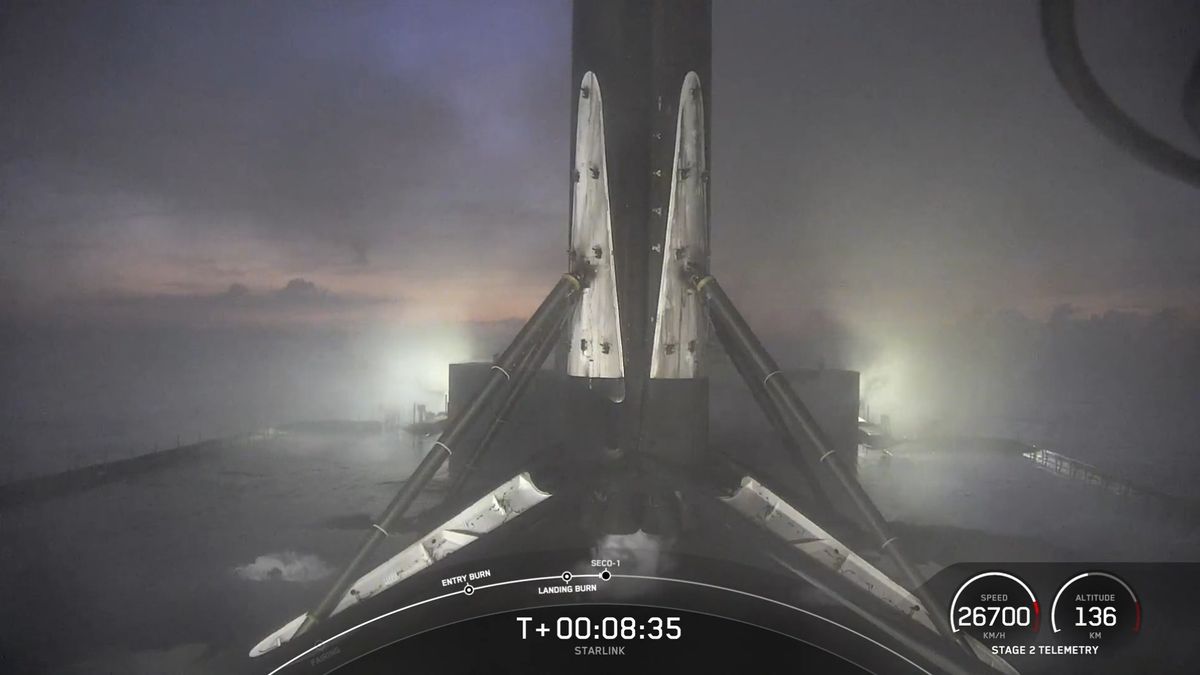


© SpaceX
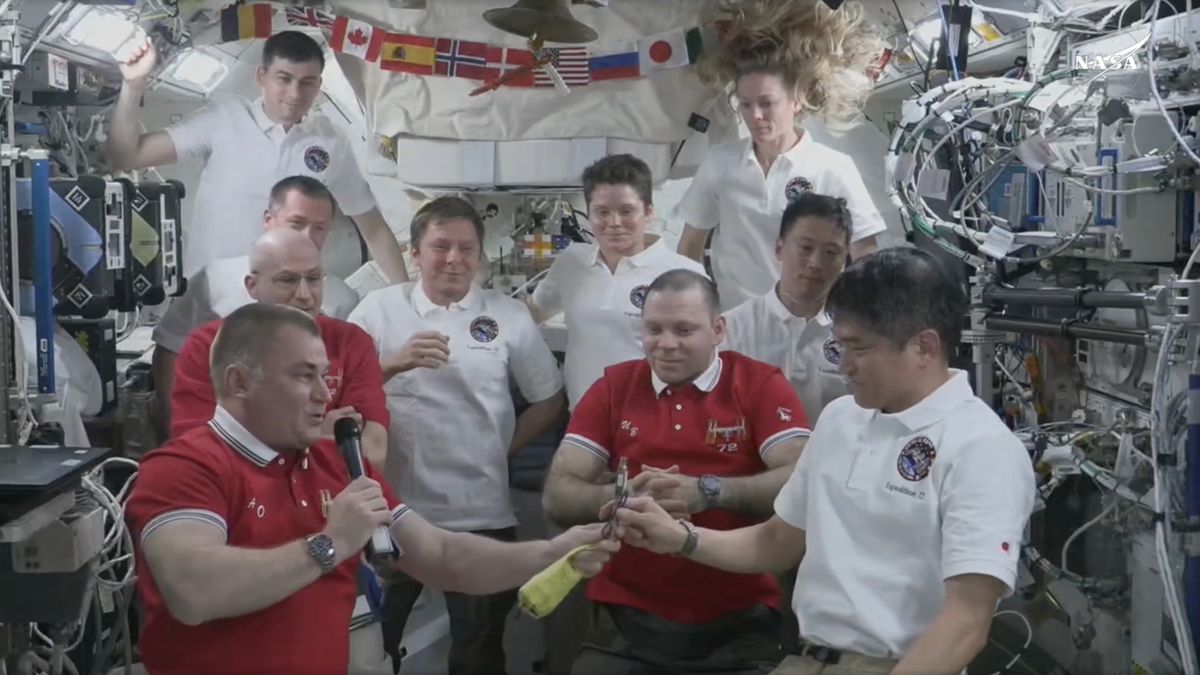


© NASA
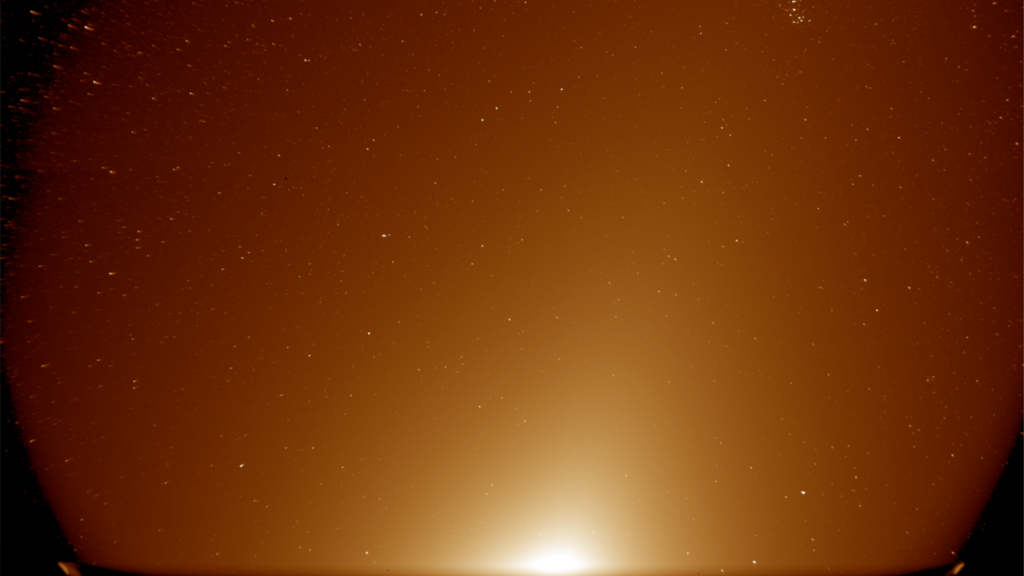


© NASA/SwRI/NRL



© Disney
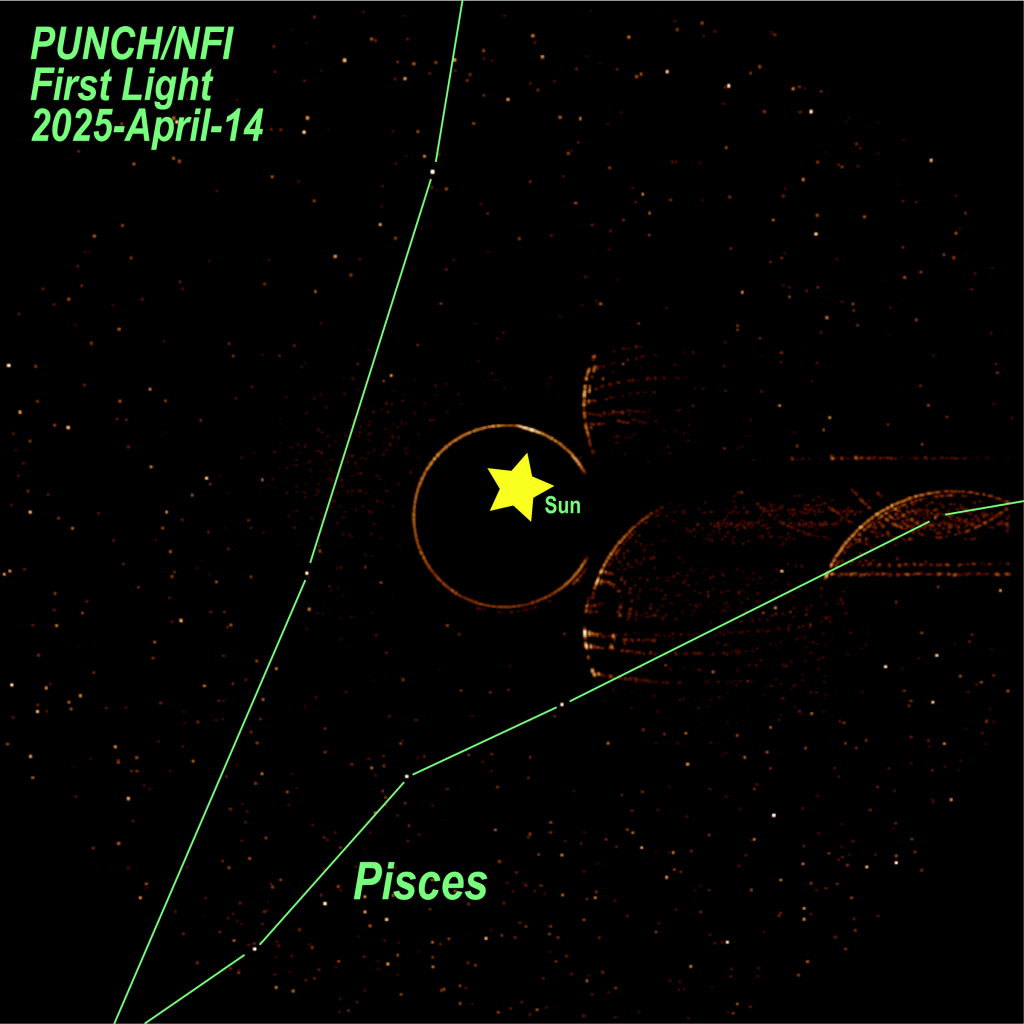
NASA’s Polarimeter to Unify the Corona and Heliosphere (PUNCH) mission launched March 12, sending up a constellation of four Earth-orbiting satellites with the goal of studying how the Sun’s activity influences the space environment around Earth. This week, the four satellites opened their cameras to the sky and captured their so-called first light images inContinue reading "PUNCH sees first light, prepares to study how the Sun creates our space weather"
The post PUNCH sees first light, prepares to study how the Sun creates our space weather appeared first on Astronomy Magazine.

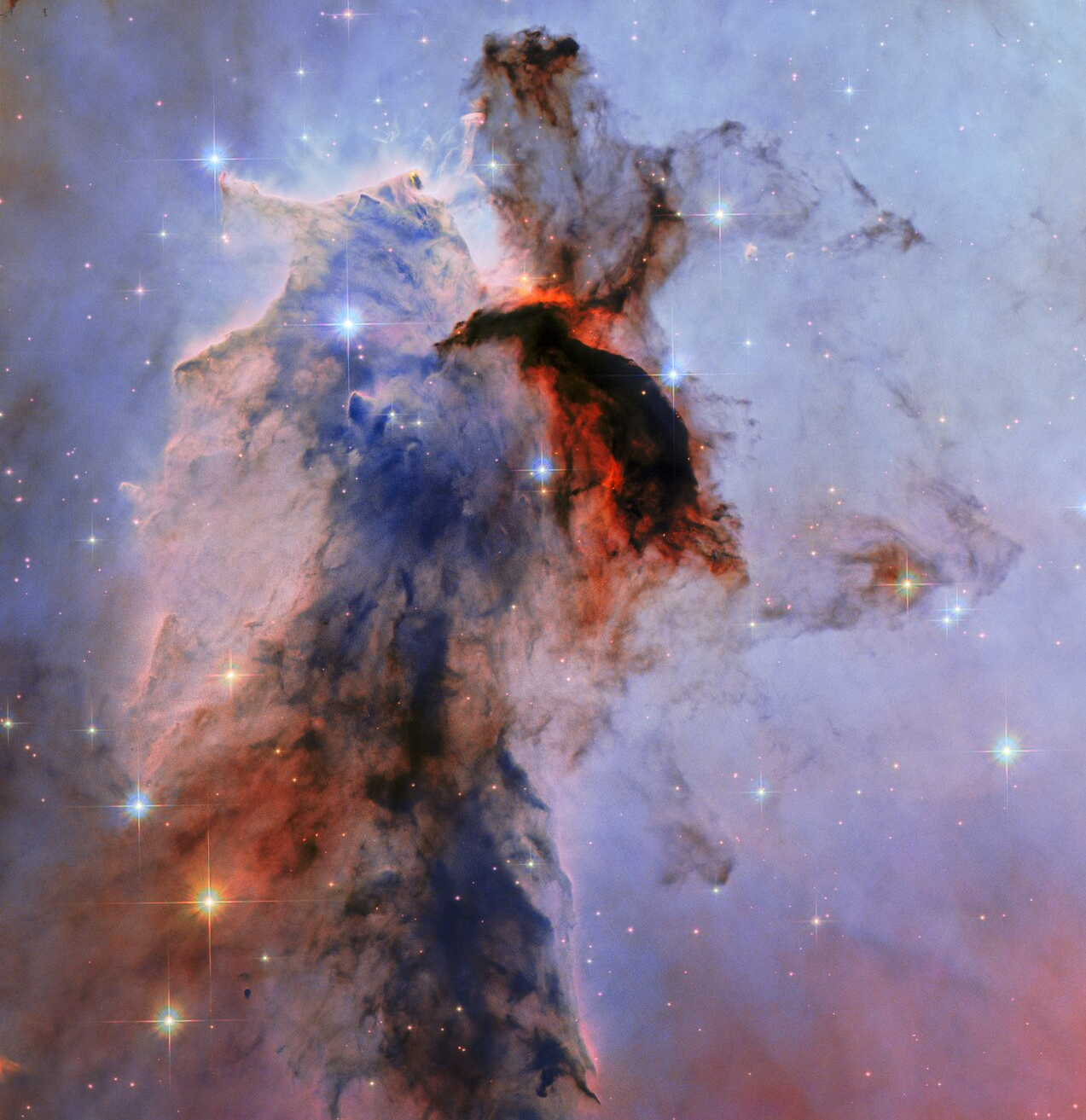
Looking like a bird ready to take flight from atop a post, this dusty filament within the Eagle Nebula was recently captured in intricate detail by the Hubble Space Telescope. Also known as M16, this nebula lies some 7,000 light-years from Earth in the constellation Serpens the Serpent and surrounds an open star cluster. ThisContinue reading "A dark, dusty pillar stretches across re-released Hubble image"
The post A dark, dusty pillar stretches across re-released Hubble image appeared first on Astronomy Magazine.

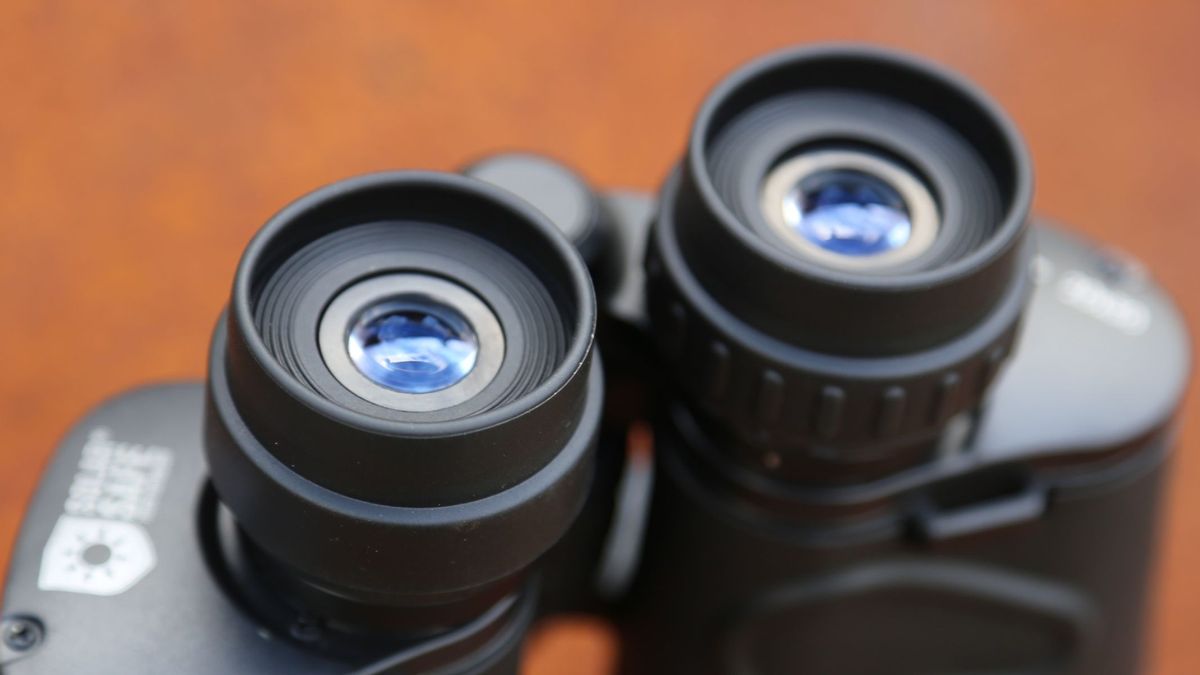


© Jamie Carter
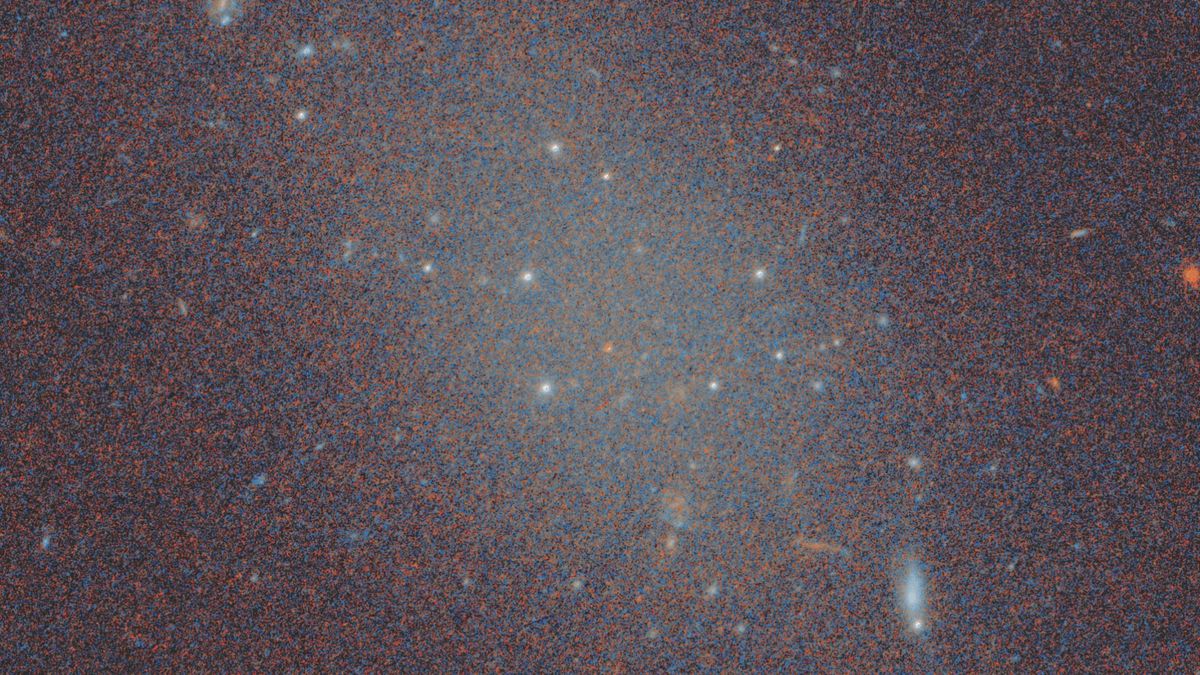


© NASA/STScI
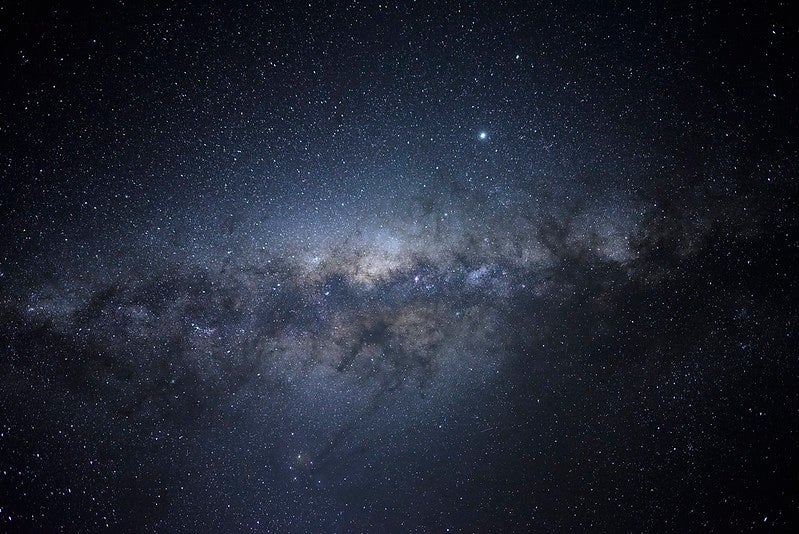
Be careful out there, astronomers: There could be a dark galaxy in our midst. In research published today in Science Advances, researchers from the Chinese National Academy of Sciences discovered that a fast-moving cloud of gas near the Milky Way may not be a cloud at all, but rather a small galaxy made mostly ofContinue reading "Astronomers find a rare ‘dark galaxy’ within our Local Group"
The post Astronomers find a rare ‘dark galaxy’ within our Local Group appeared first on Astronomy Magazine.

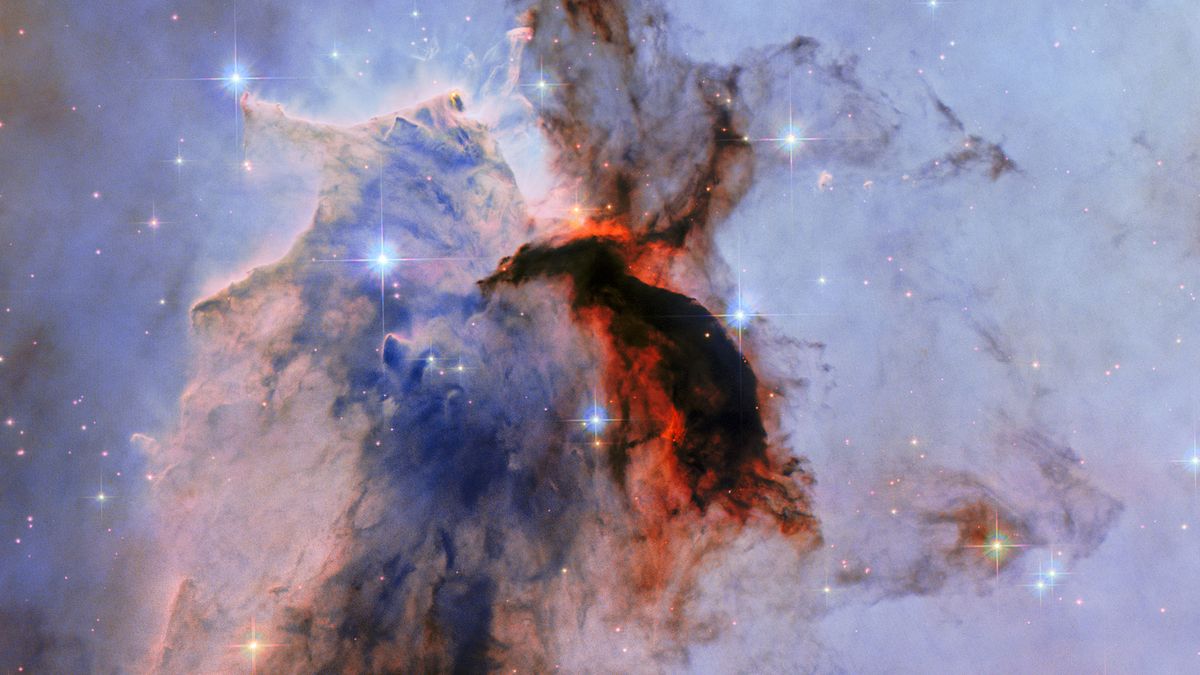


© ESA/Hubble & NASA, K. Noll



© Disney



© Box Elder County Sheriff's Office
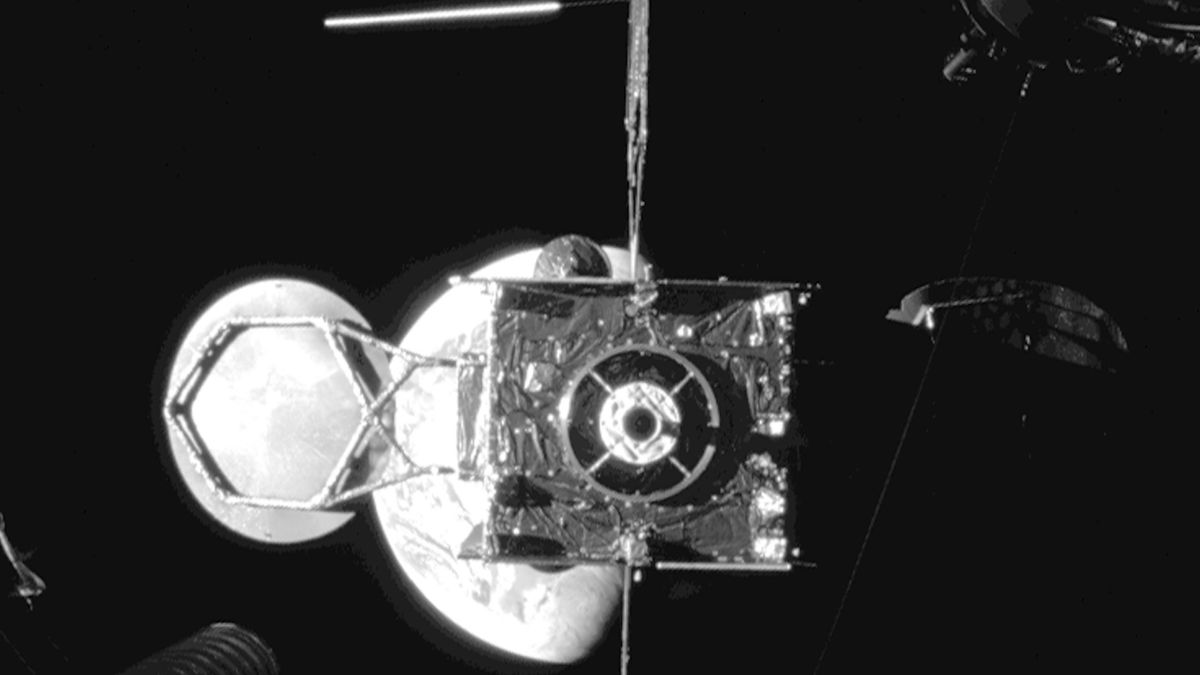


© Northrop Grumman



© Lego



© Disney
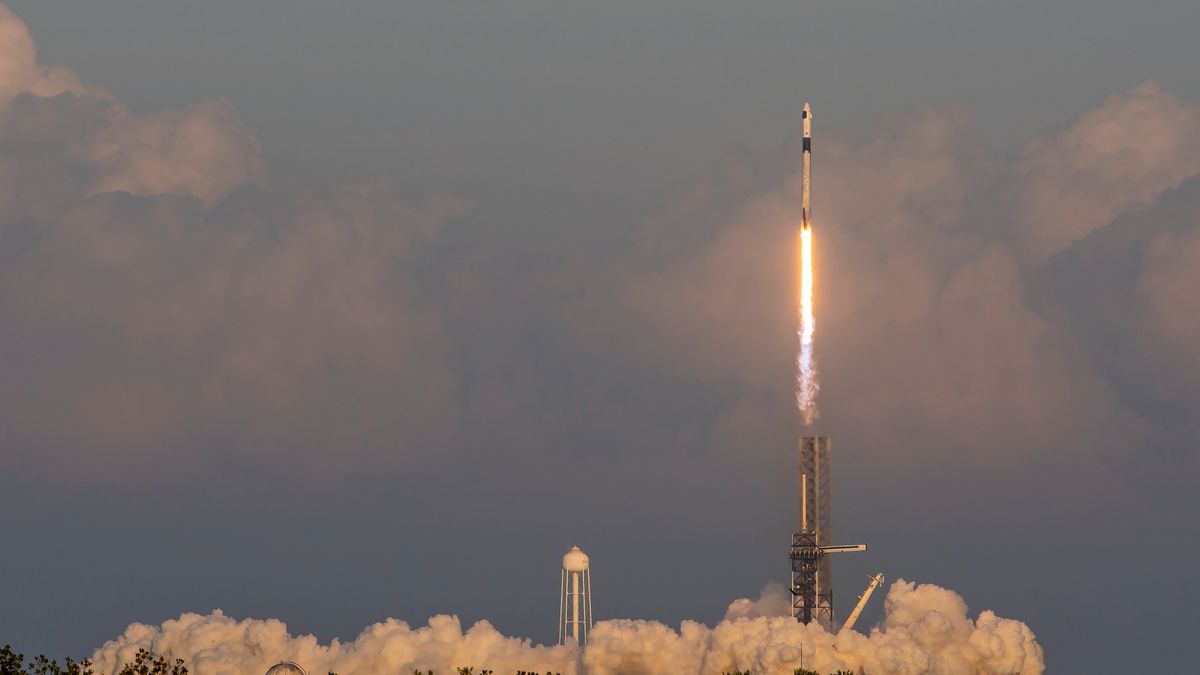


© SpaceX



© Nightdive Studios
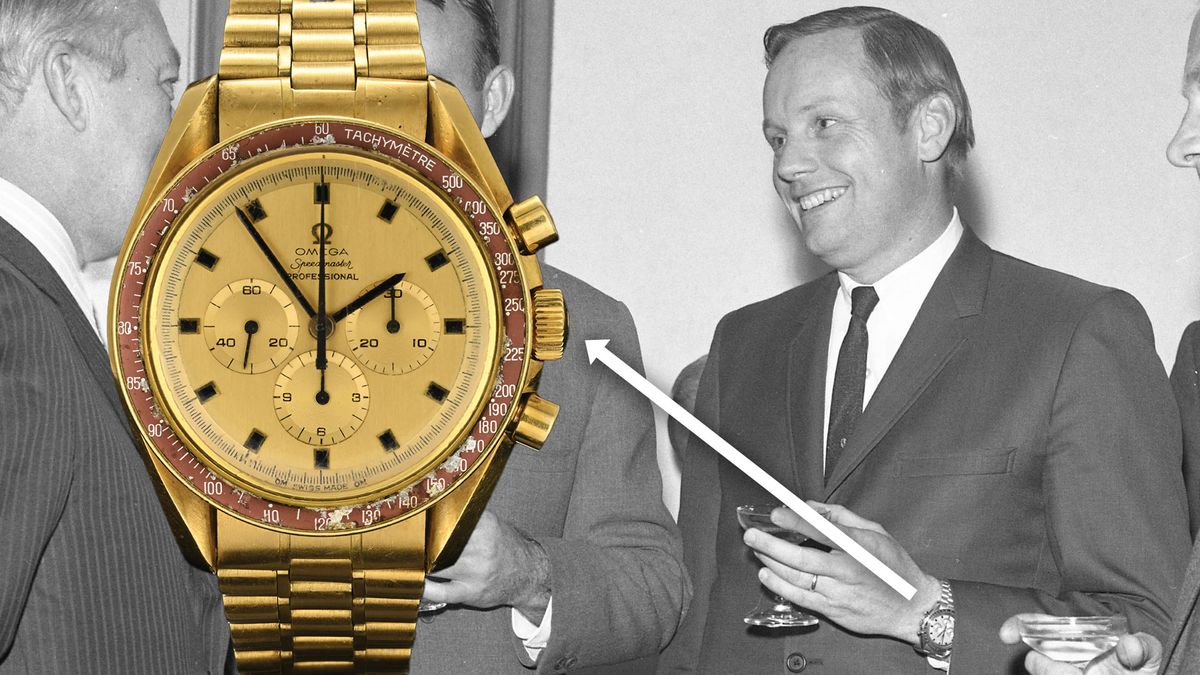


© RR Auction/collectSPACE.com

Sky This Week is brought to you in part by Celestron. Friday, April 18Jupiter still rules the early-evening skies, standing prominently in Taurus in the west as darkness falls. Located between the two horns of Taurus the Bull and above its red giant eye, Aldebaran, Jupiter is the brightest point of light in the west,Continue reading "The Sky This Week from April 18 to 25: The Lyrid meteor shower peaks"
The post The Sky This Week from April 18 to 25: The Lyrid meteor shower peaks appeared first on Astronomy Magazine.

Author(s): Marric Stephens
The distribution of dark matter around a pair of colliding galaxy clusters appears unaffected by a putative dark-sector version of electromagnetism.
[Physics 18, s48] Published Thu Apr 17, 2025
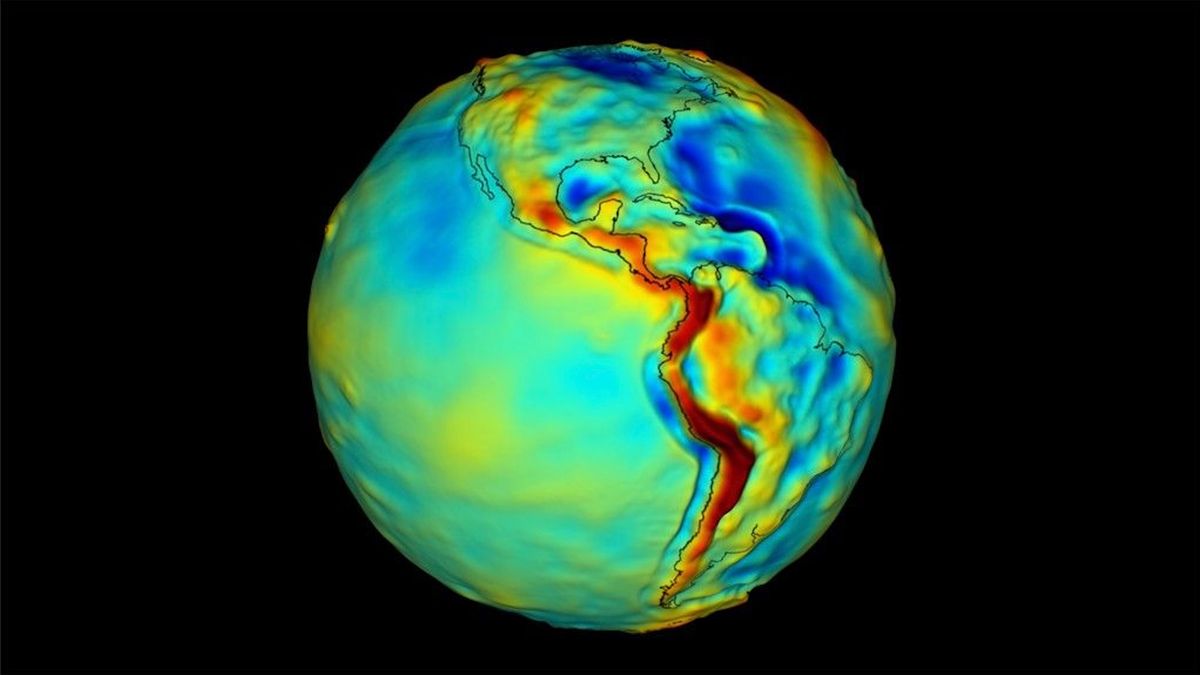


© NASA



© JAXA/Takuya Onishi



© NASA/Josh Valcarcel
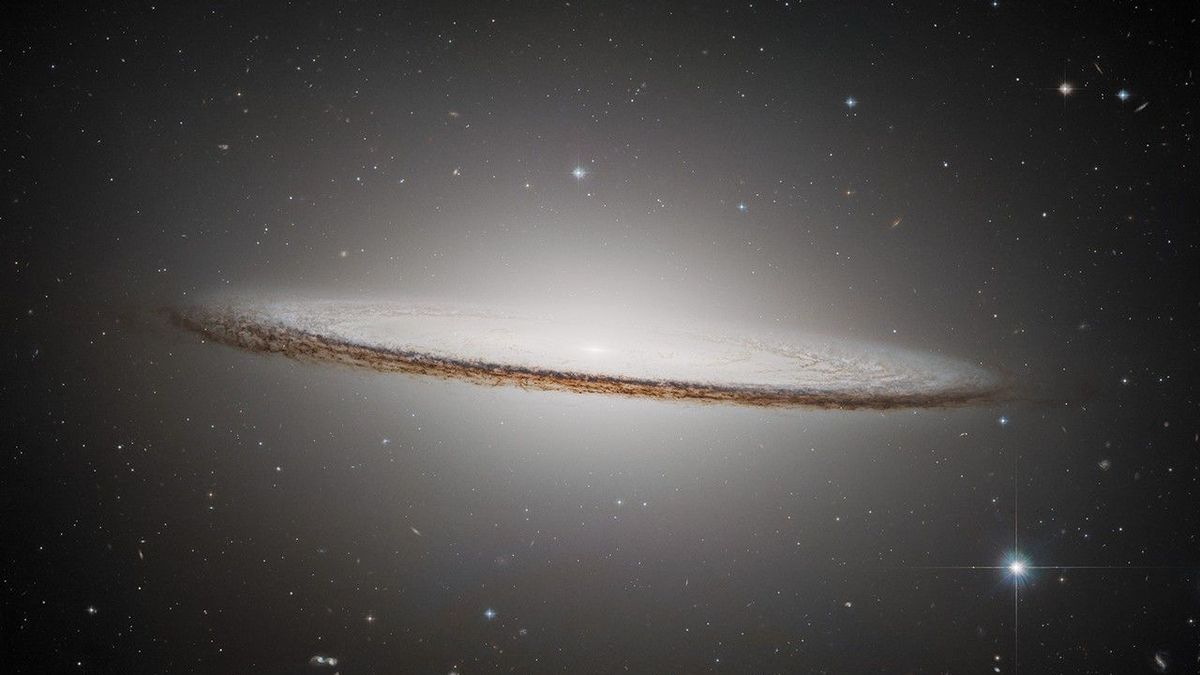


© ESA/Hubble & NASA, K. Noll



© NASA, ESA, CSA, Joseph Olmsted
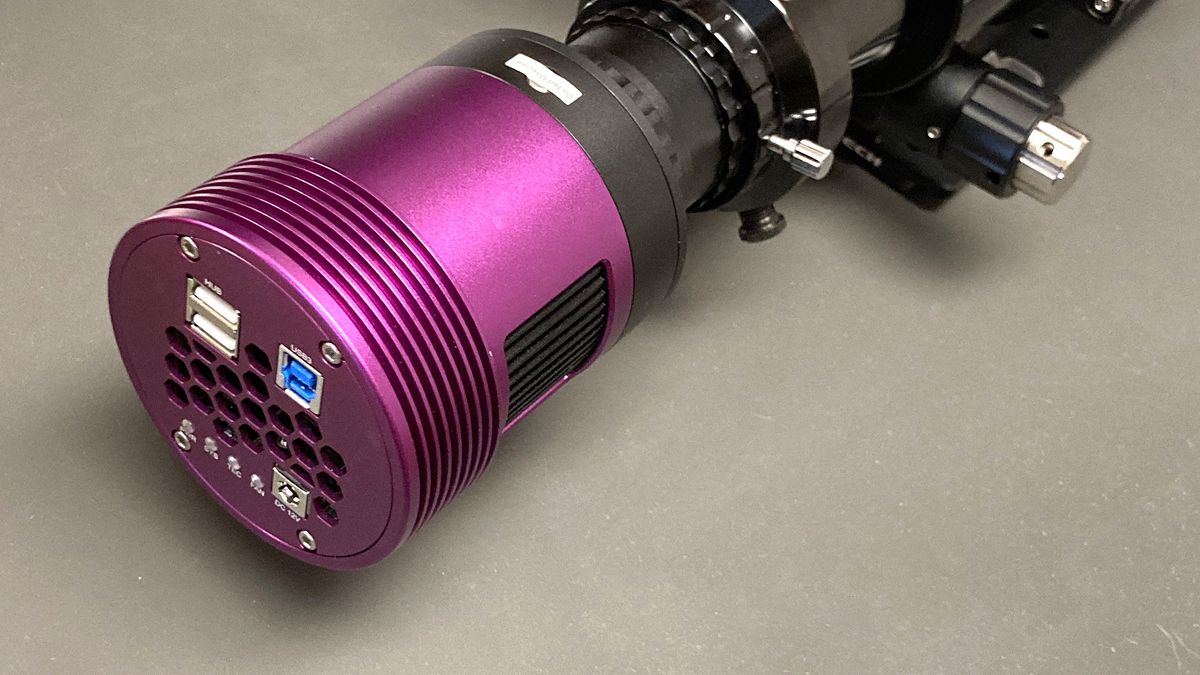


© Michael A. Covington



© 20th Century Fox



© Apple
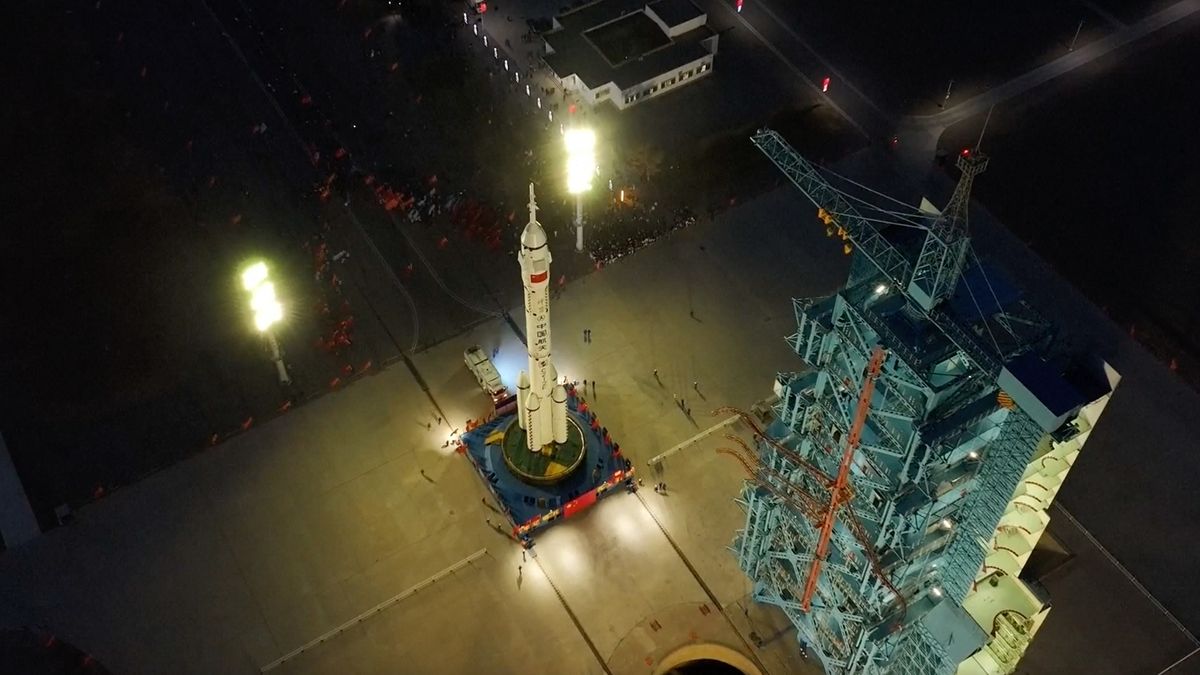


© CCTV
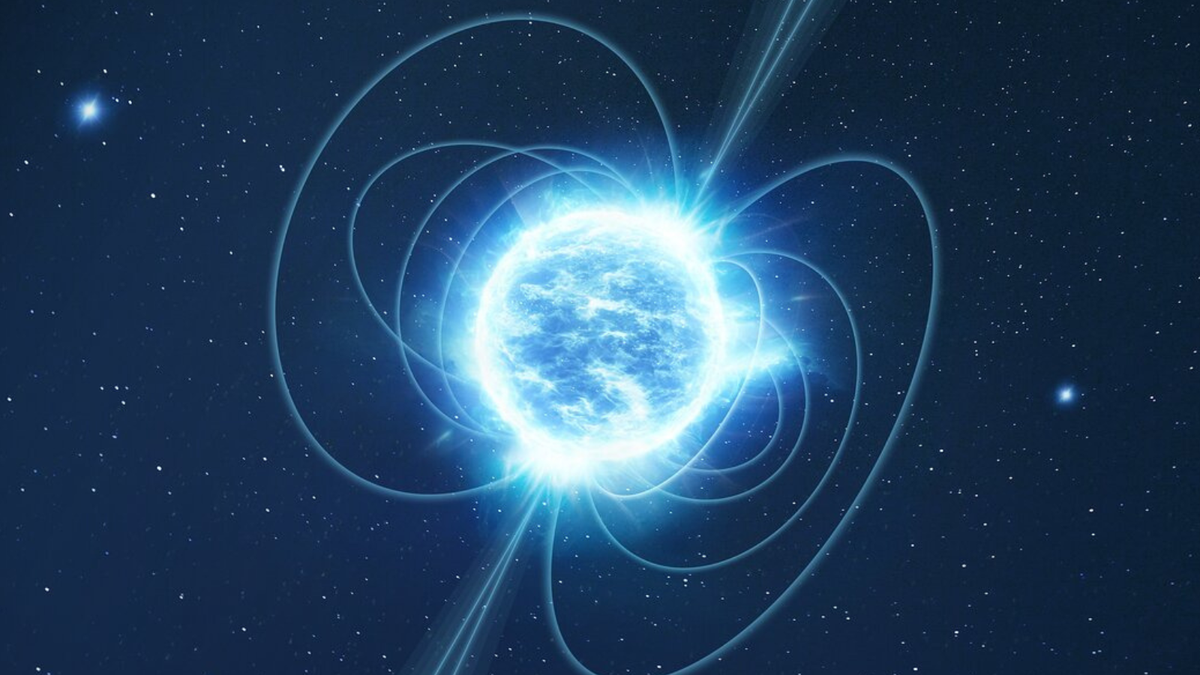


© ESA
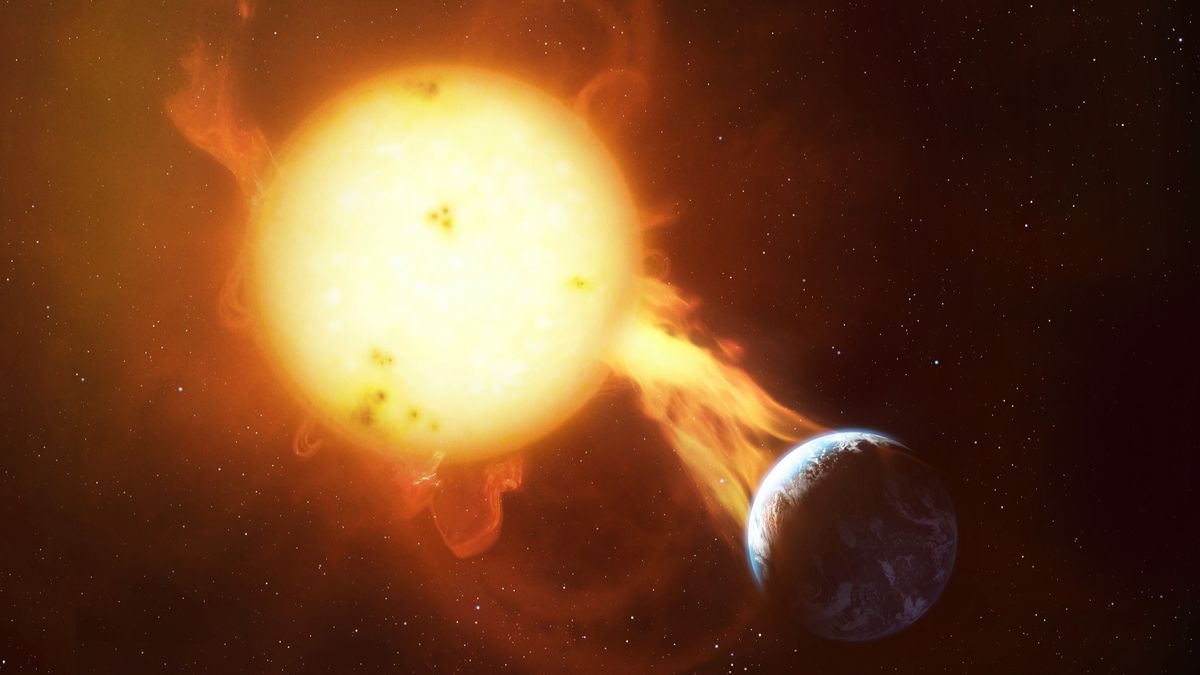


© MARK GARLICK/SCIENCE PHOTO LIBRARY via Getty Images



© Apple
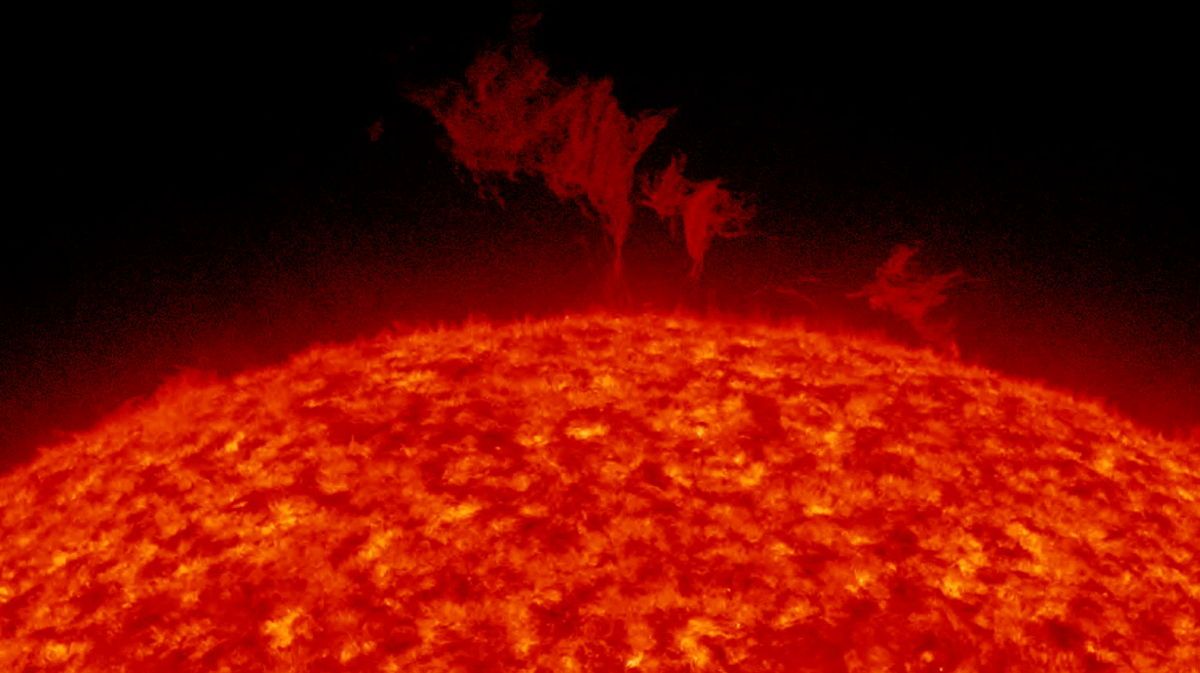


© NASA/SDO/GSFC
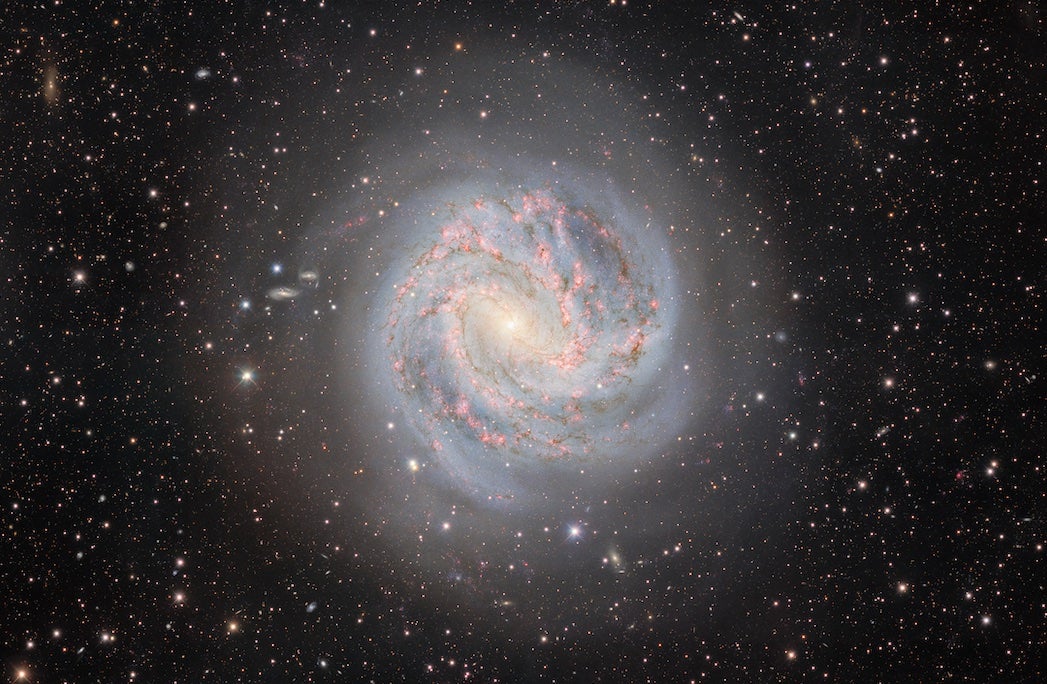
The Southern Pinwheel Galaxy (M83) in Hydra checks almost every box an amateur astronomer could desire. This stunning barred spiral spans a hefty 14′ and, at magnitude 7.5, ranks among the sky’s 10 brightest galaxies. Its only drawback is location — at a declination of –30°, it lies farther south than any other galaxy inContinue reading "M83: Big, bright, and beautiful"
The post M83: Big, bright, and beautiful appeared first on Astronomy Magazine.

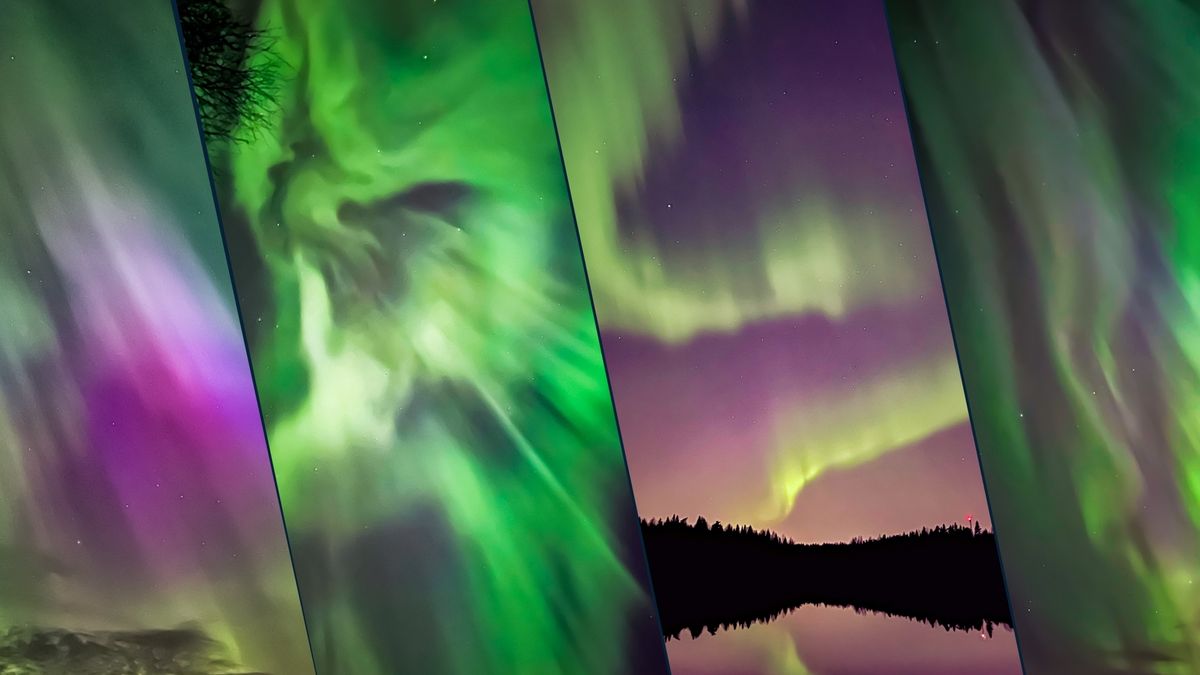


© Austin MacDonald
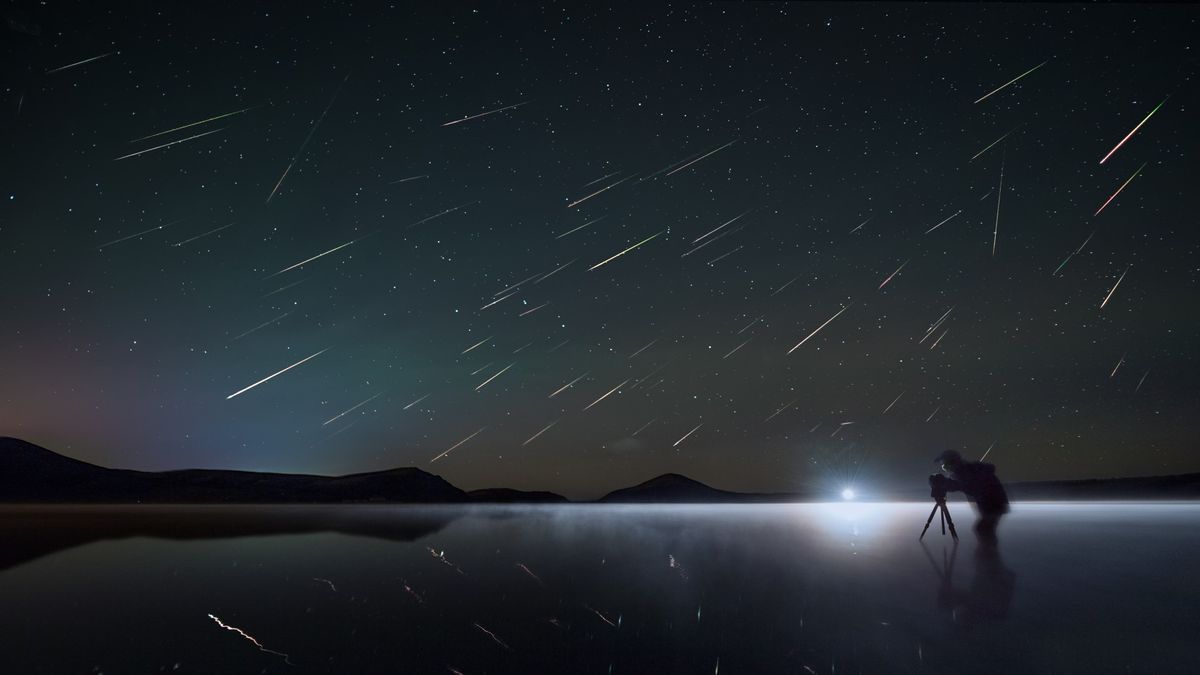


© Getty images



© NASA, ESA, CSA and STScI

Scientists have reported new observations from NASA’s James Webb Space Telescope (JWST) that strengthen the case that the exoplanet K2-18 b has molecules in its atmosphere that, on Earth, are produced only by life. The work, announced Wednesday, builds on previous observations from JWST published in 2023 by the same team that yielded weak hintsContinue reading "K2-18 b could have dimethyl sulfide in its air. But is it a sign of life?"
The post K2-18 b could have dimethyl sulfide in its air. But is it a sign of life? appeared first on Astronomy Magazine.

Author(s): Rachel Berkowitz
Measurements reveal the physical processes occurring where a magnetic insulator and few-layer graphene abut each other.
[Physics 18, s45] Published Wed Apr 16, 2025
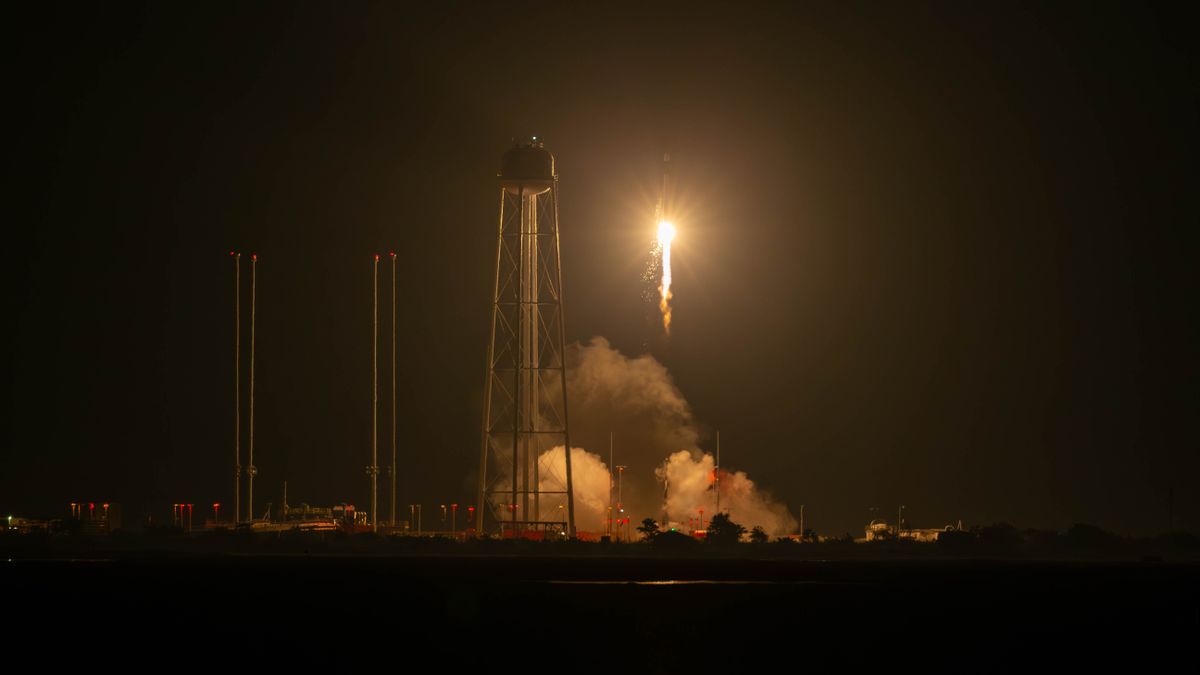


© NASA/Patrick Black
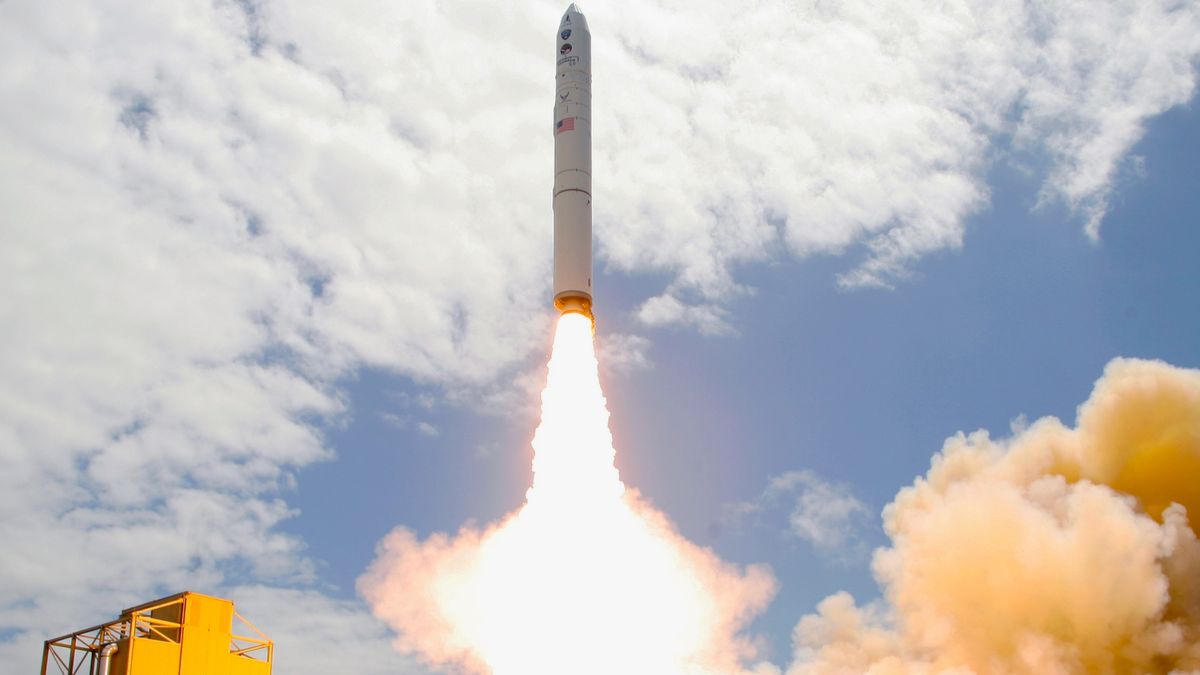


© Northrop Grumman
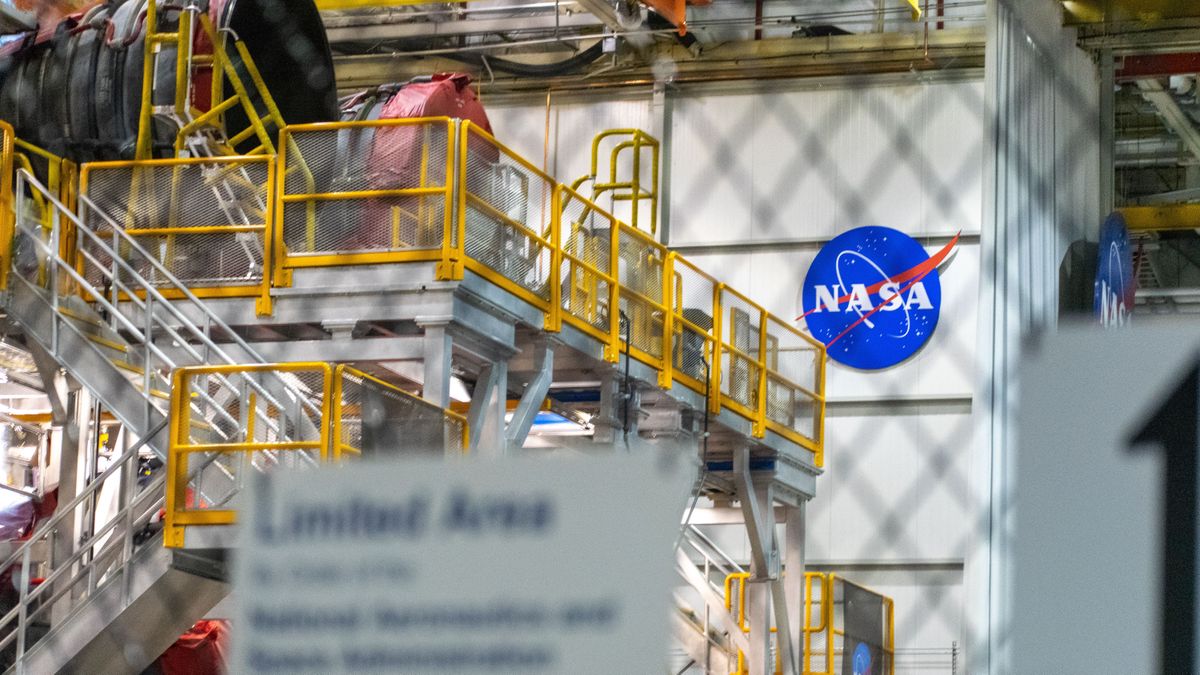


© Josh Dinner



© NASA
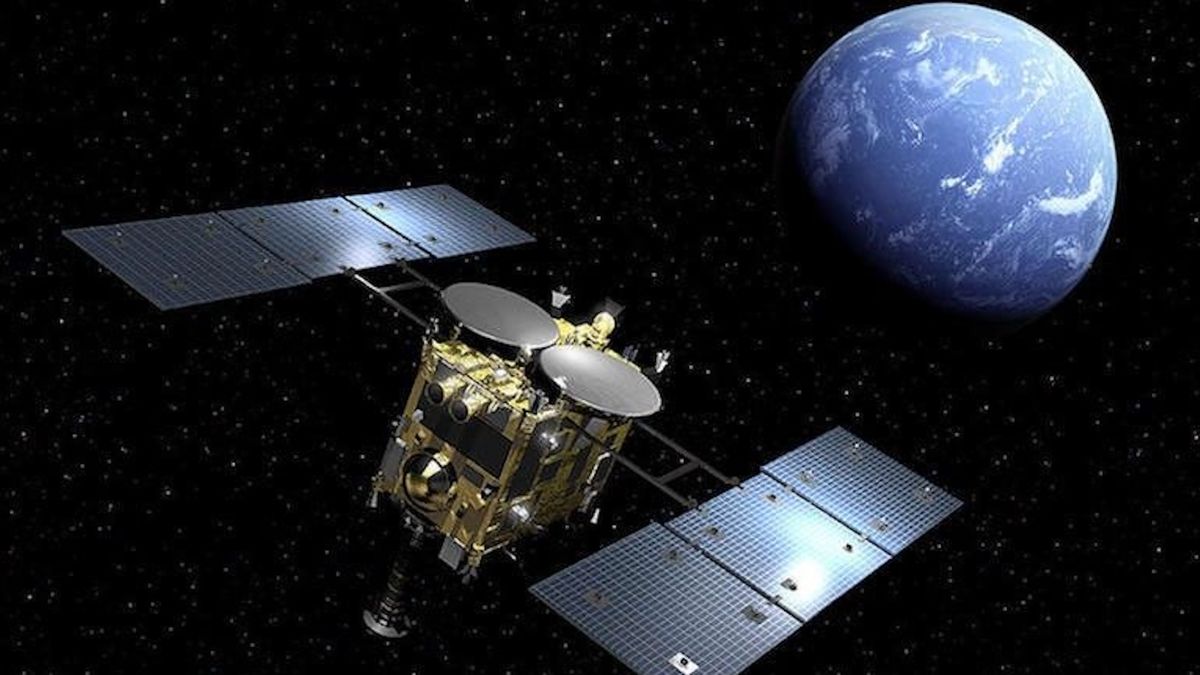


© JAXA
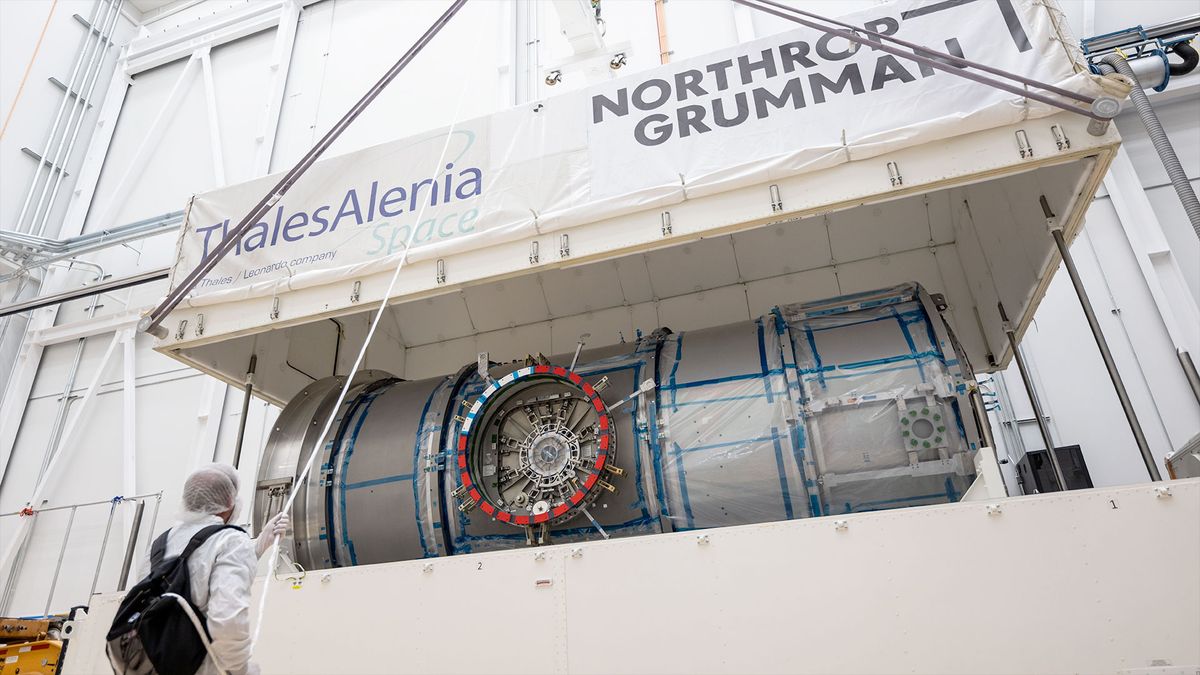


© NASA/Josh Valcarcel
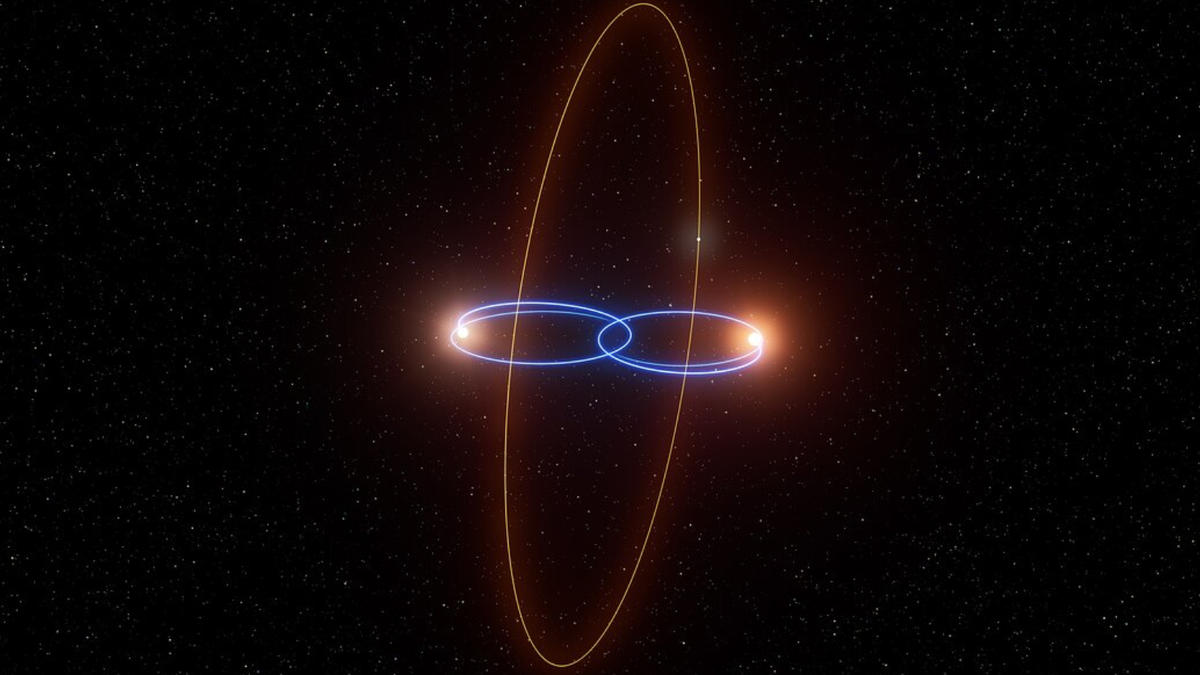


© ESO/L. Calçada
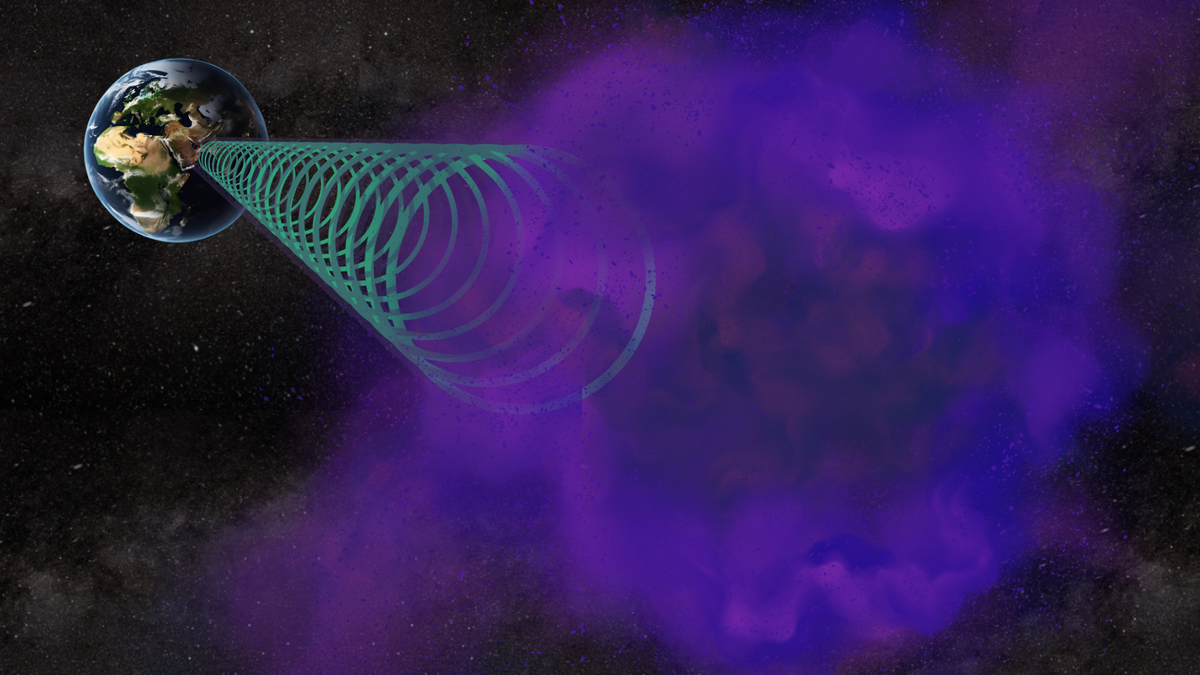


© Robert Lea (created with Canva)
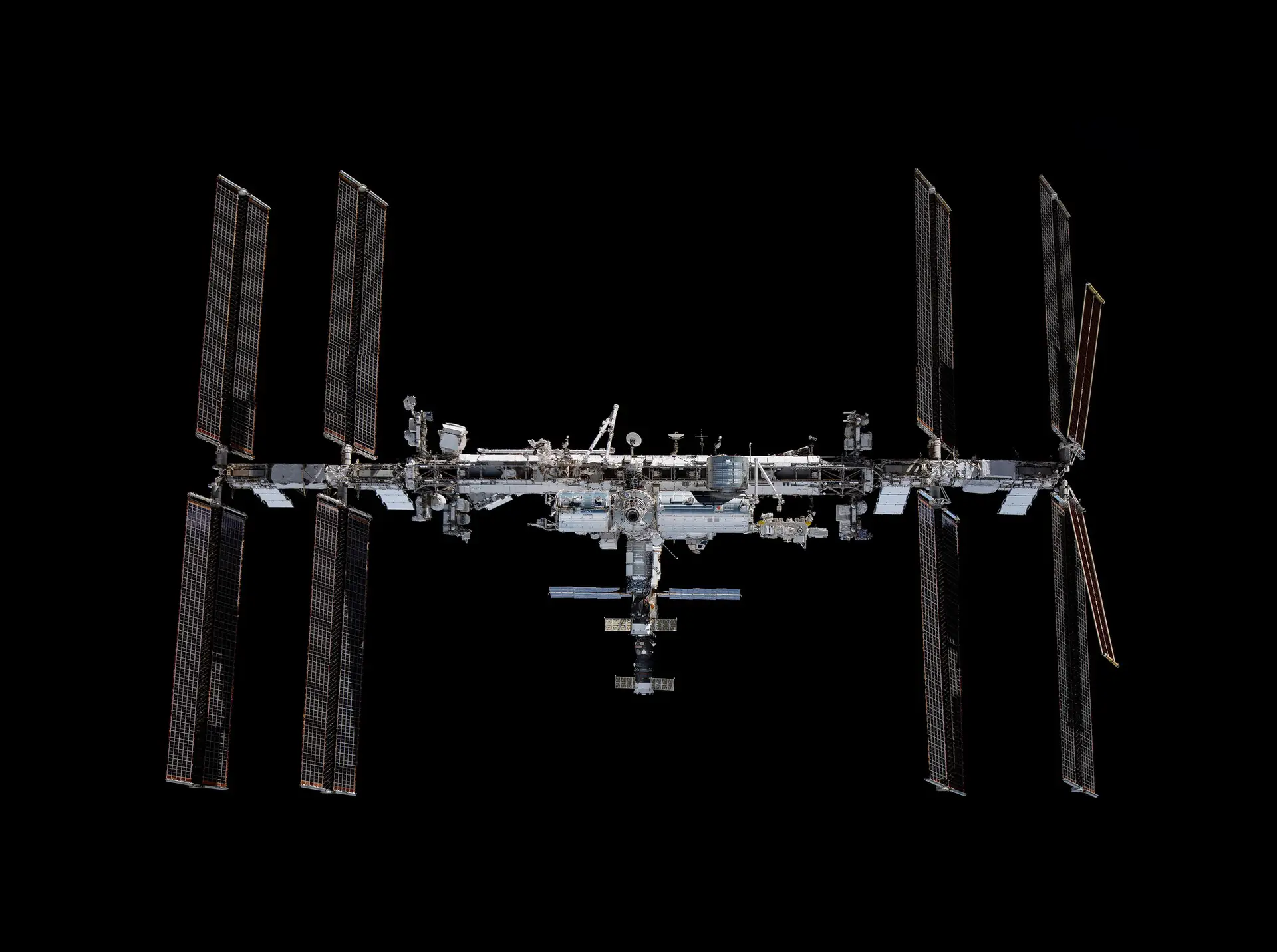
Vast Space, one of several commercial firms vying to replace the International Space Station (ISS) following its planned deorbit at the end of the decade, this week signed key agreements that heighten the competition. At the 40th Space Symposium in Colorado, where Vast’s Haven-1 space station was on display, the company secured deals that give it direct ISS access andContinue reading "Vast bolsters commercial space station plans with key agreements"
The post Vast bolsters commercial space station plans with key agreements appeared first on Astronomy Magazine.




© Netflix
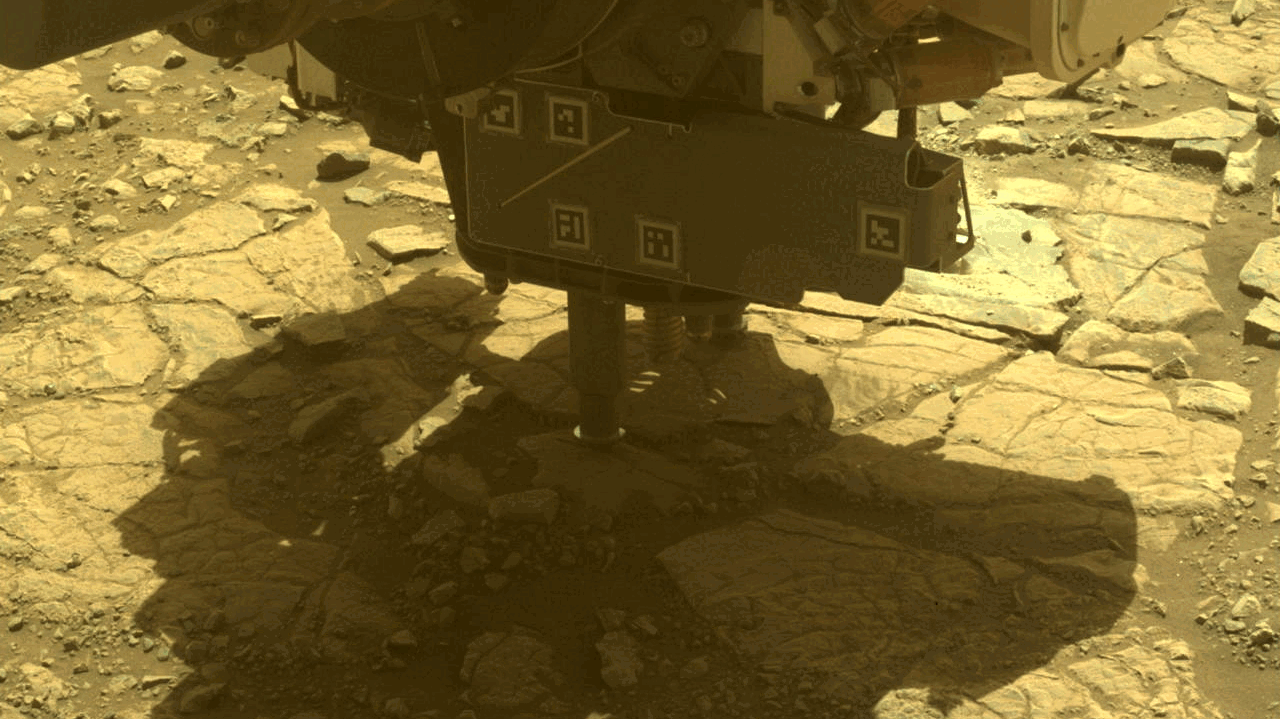


© NASA/JPL-Caltech
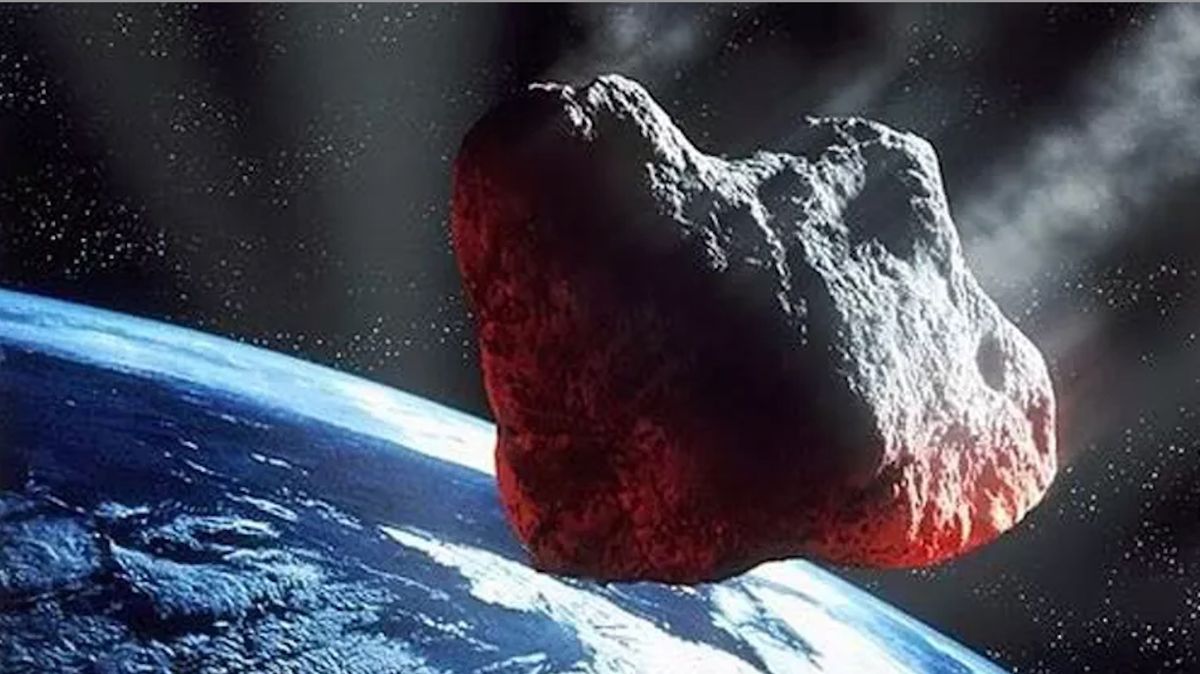


© European Space Agency
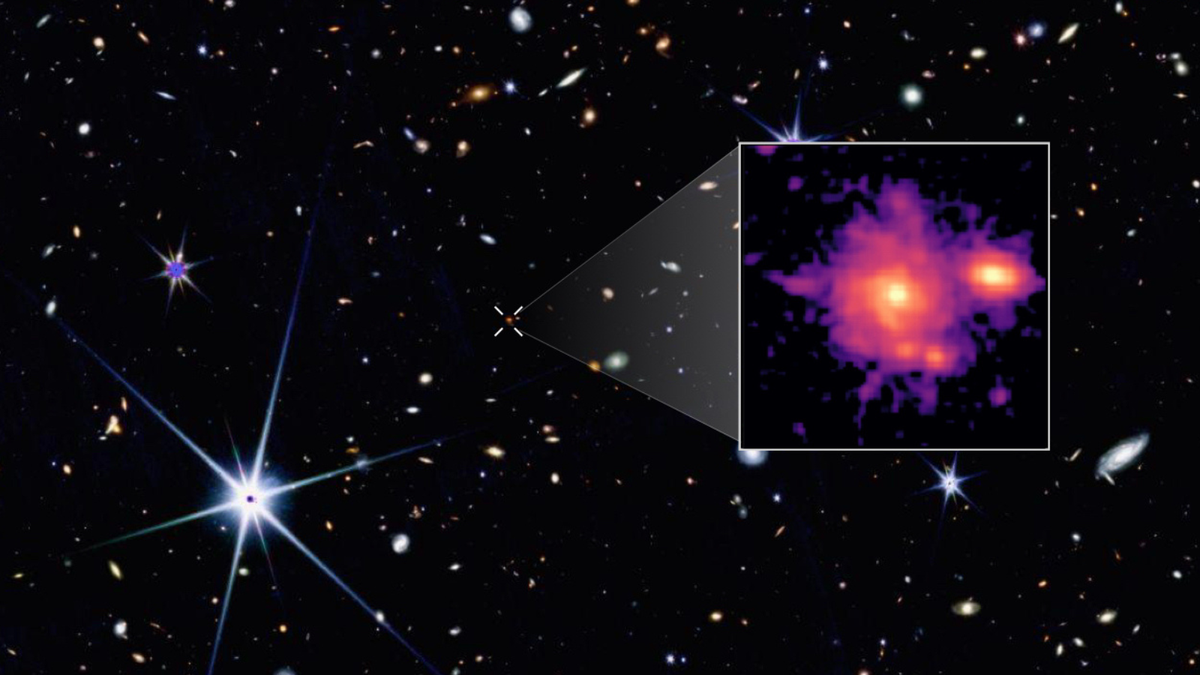


© NASA/CSA/ESA, M. Xiao (University of Geneva), G. Brammer (Niels Bohr Institute), Dawn JWST Archive
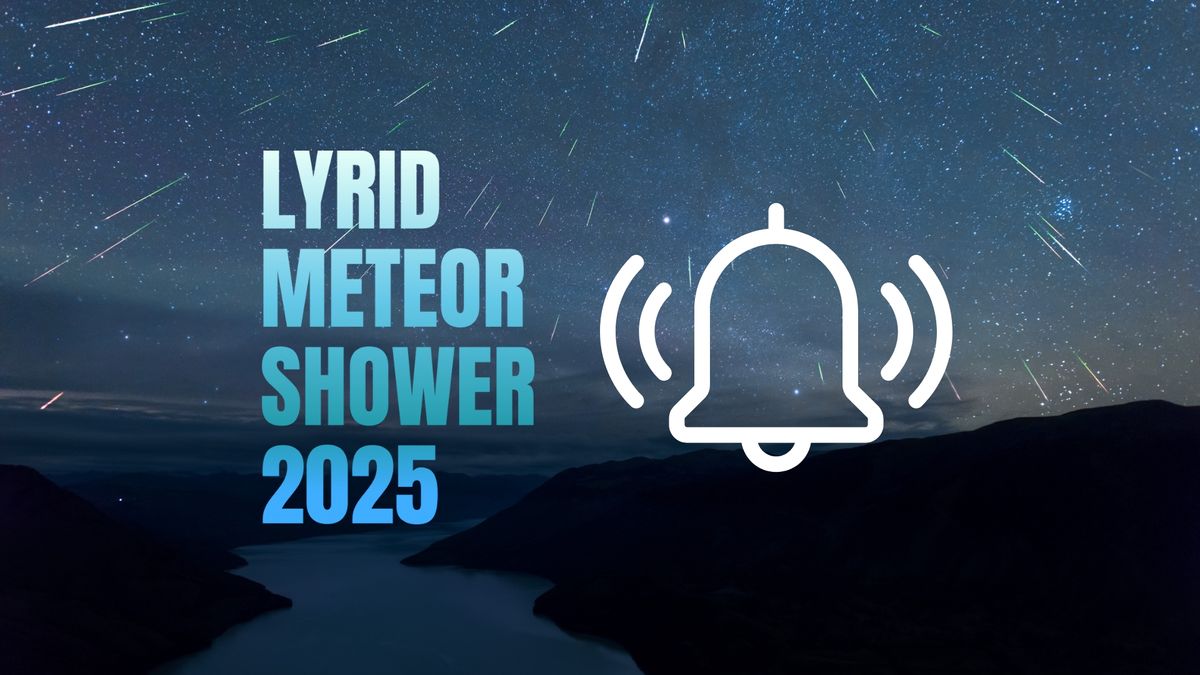


© Created in Canva Pro by Daisy Dobrijevic
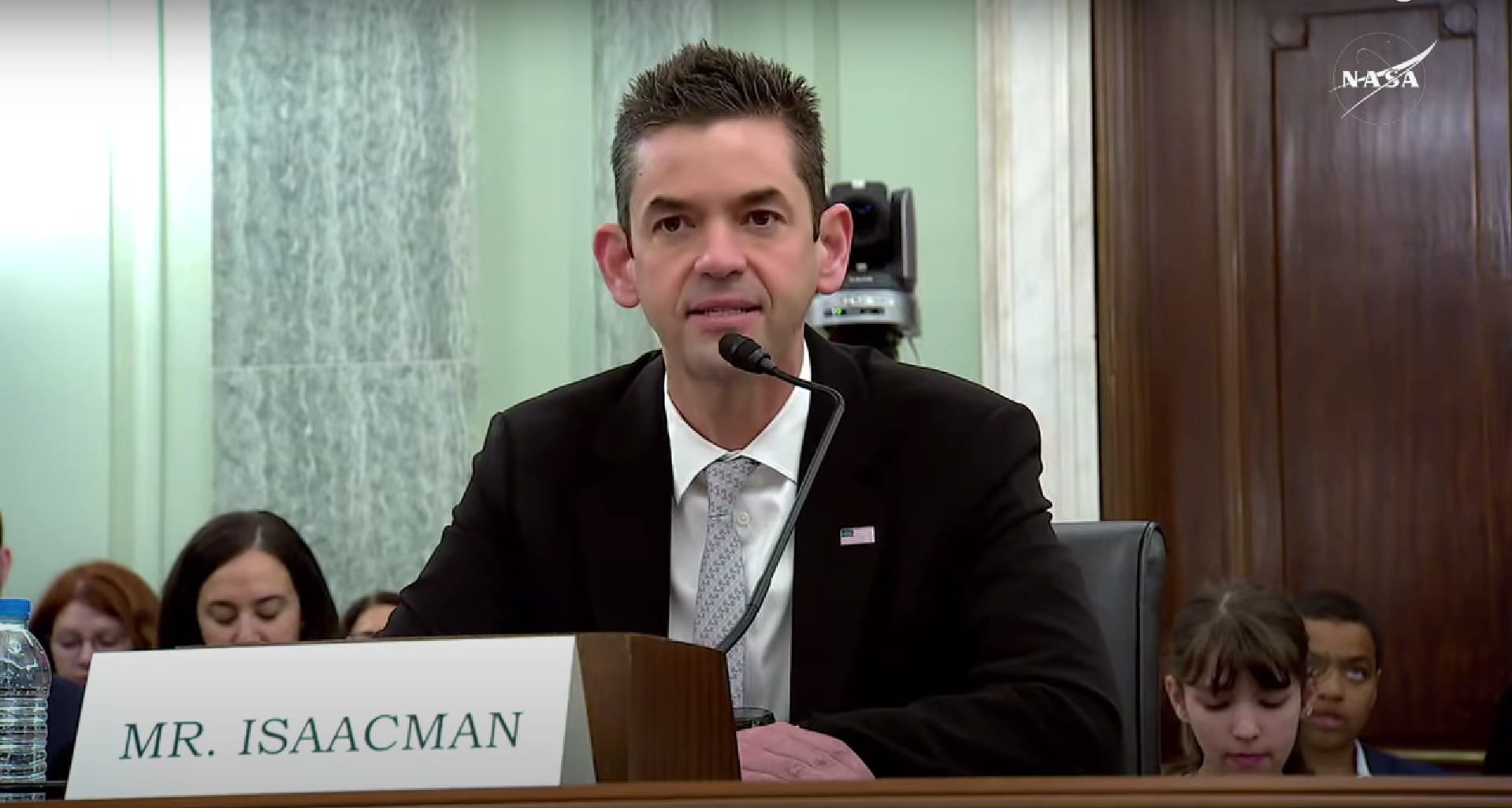
Shift4 Payments CEO Jared Isaacman, President Donald Trump’s nominee for NASA administrator, finally got his day in the Senate and laid out his vision for the space agency to pursue missions to both the Moon and Mars. During Isaacman’s confirmation hearing before the Senate Committee on Commerce, Science, and Transportation on Wednesday, the billionaire entrepreneur and civilian astronaut fieldedContinue reading "NASA Chief nominee Isaacman fields questions about Moon, Mars, Musk"
The post NASA Chief nominee Isaacman fields questions about Moon, Mars, Musk appeared first on Astronomy Magazine.




© SpaceX



© Future/Amazon
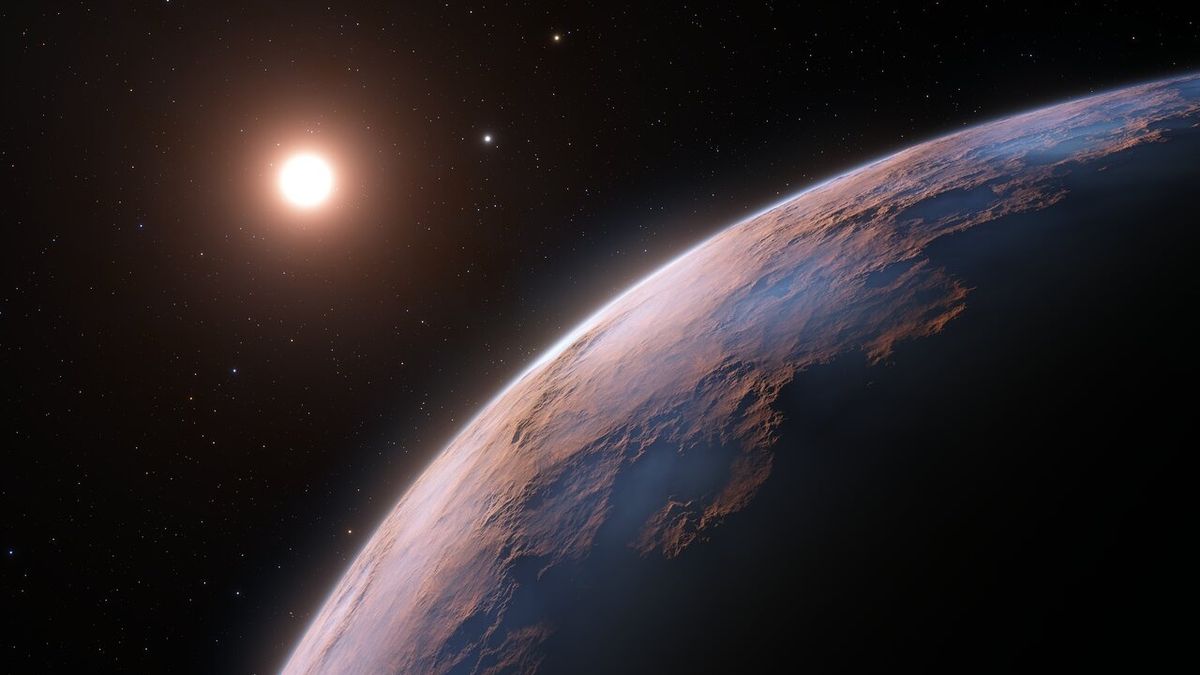


© ESO/L. Calçada
Author(s): Samuel Jarman
New experiments with thin superconducting films reveal an unexpected coexistence between two superconducting states—one in the bulk, the other at the surface.
[Physics 18, 82] Published Tue Apr 15, 2025
Author(s): Katherine Wright
A new method for obtaining high-resolution images of cells from low-resolution ultrasound data enables longer, noninvasive monitoring of organisms.
[Physics 18, s49] Published Tue Apr 15, 2025
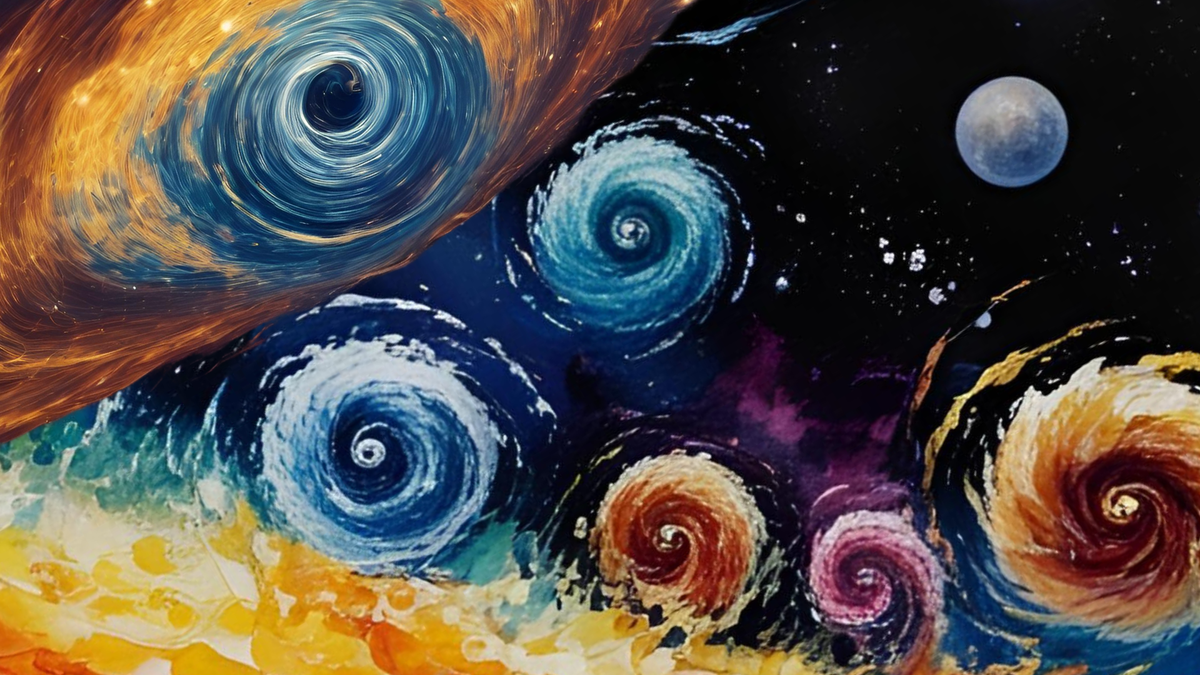


© Robert Lea (created with Canva)
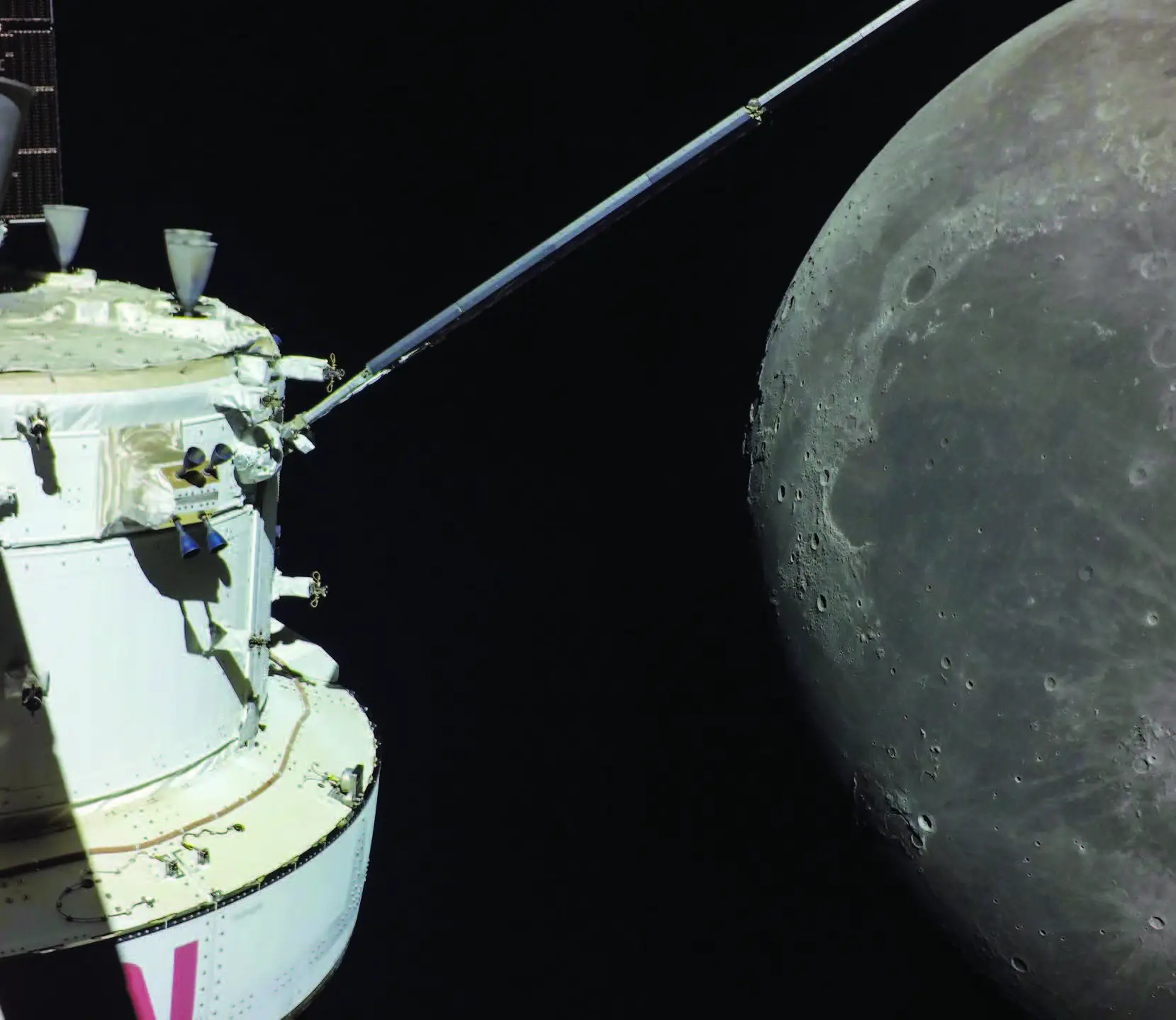
The U.S. is in the midst of a second Space Race, and NASA is in a time crunch. The space agency is preparing to send American astronauts to the Moon for the first time since the Apollo era. But after delaying the Artemis III lunar landing twice in 2024, there is much work to beContinue reading "Keeping up in the second Space Race takes diligence"
The post Keeping up in the second Space Race takes diligence appeared first on Astronomy Magazine.

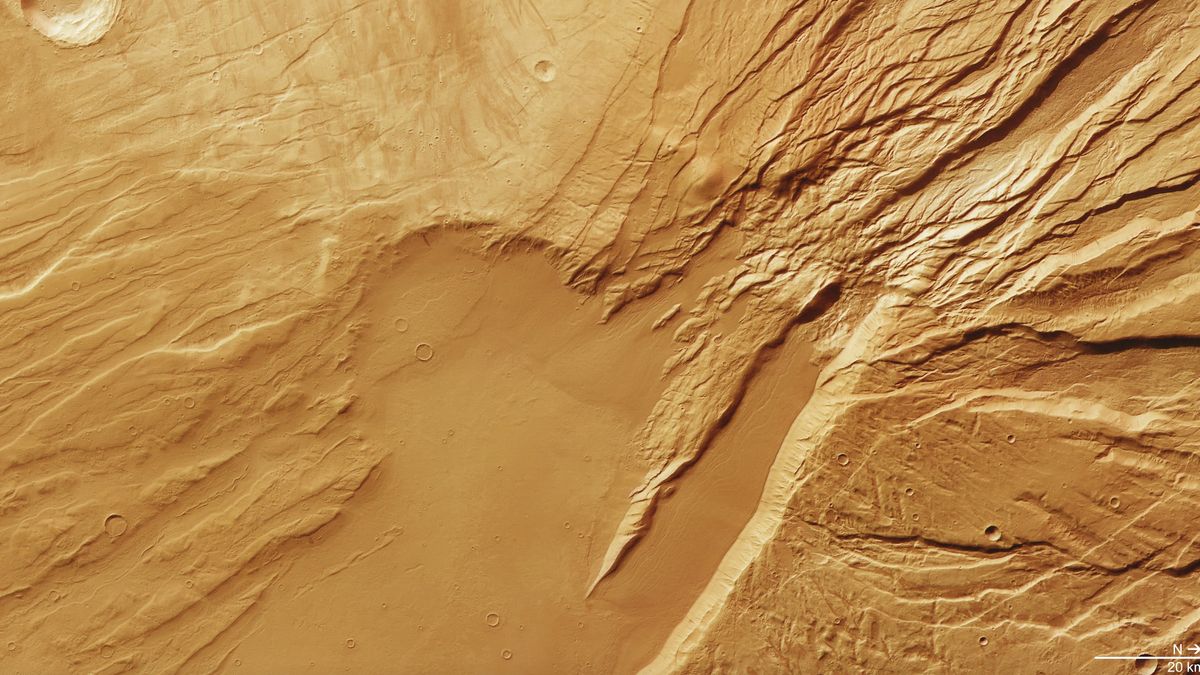


© ESA/DLR/FU Berlin



© Future

On Monday morning, an all-female group of civilians including pop star Katy Perry and award-winning broadcast journalist Gayle King flew to the edge of space and back. Perry, King, and four others were selected as the crew of Blue Origin’s New Shepard Mission 31 (NS-31), which launched at 9:30 a.m. EDT from the company’s Launch Site OneContinue reading "Blue Origin flies Katy Perry, Gayle King, and other customers to space"
The post Blue Origin flies Katy Perry, Gayle King, and other customers to space appeared first on Astronomy Magazine.

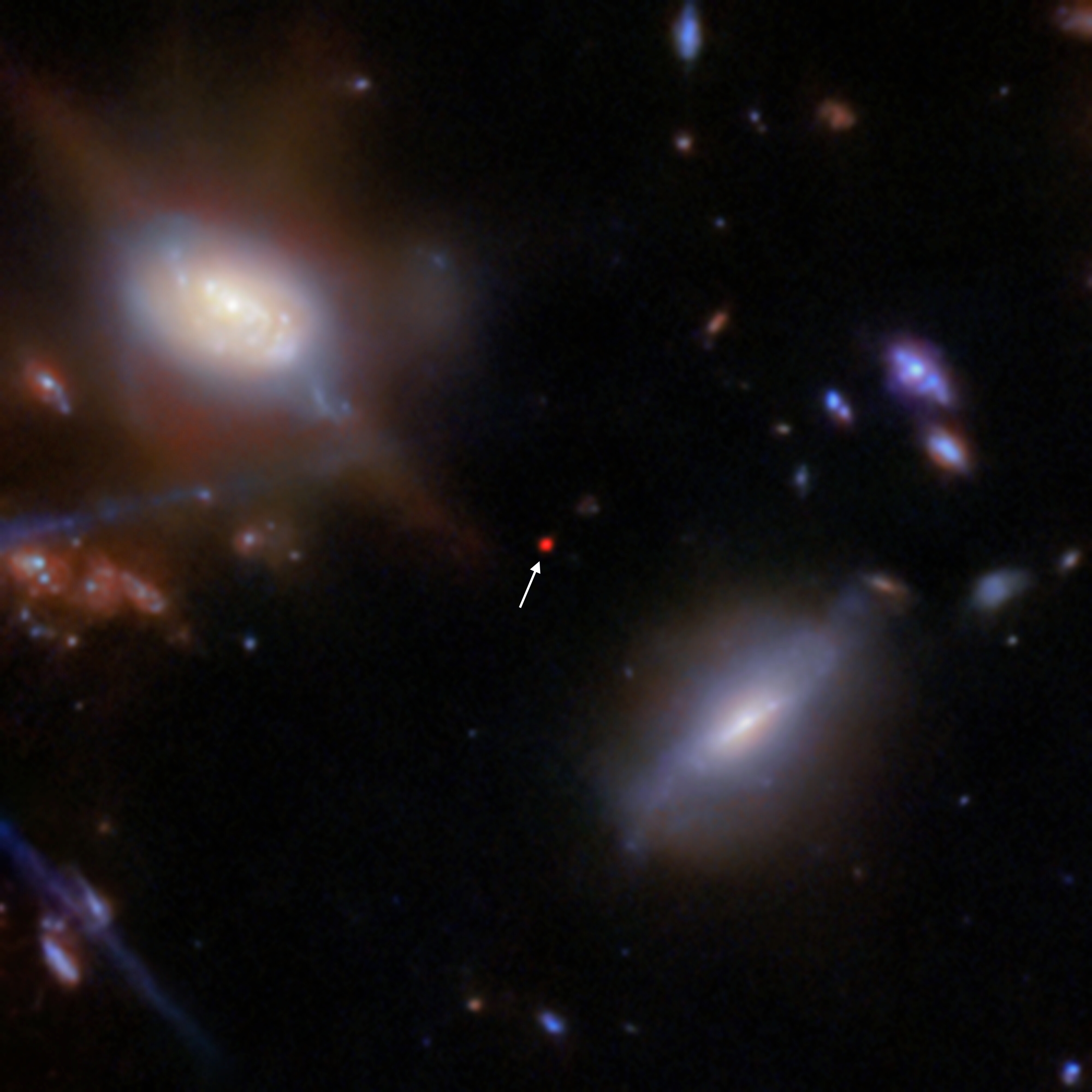
Since it began collecting data, the James Webb Space Telescope (JWST) has shined a light on the early universe, helping us better understand the timeline of events that led to our modern-day cosmos. In a paper published March 26 in Nature, a University of Copenhagen-led team reports finding a galaxy right at a crucial momentContinue reading "JWST spots the earliest galaxy yet clearing the universe’s hydrogen ‘fog’"
The post JWST spots the earliest galaxy yet clearing the universe’s hydrogen ‘fog’ appeared first on Astronomy Magazine.

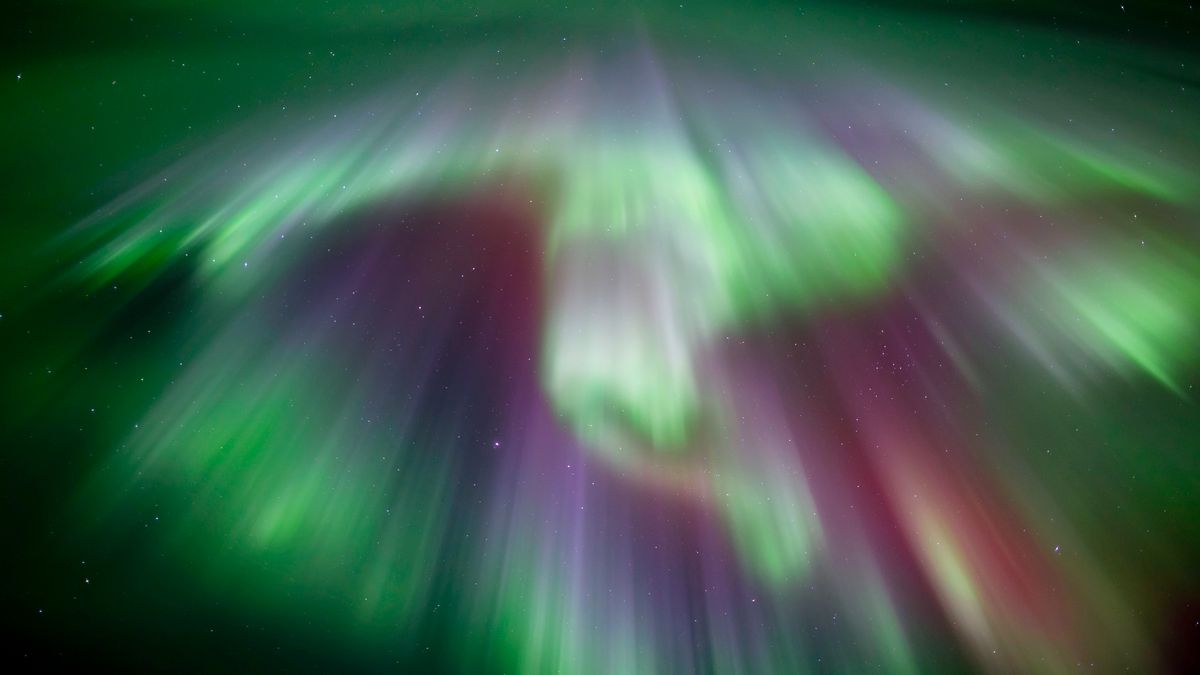


© Justinreznick via Getty Images



© Blue Origin
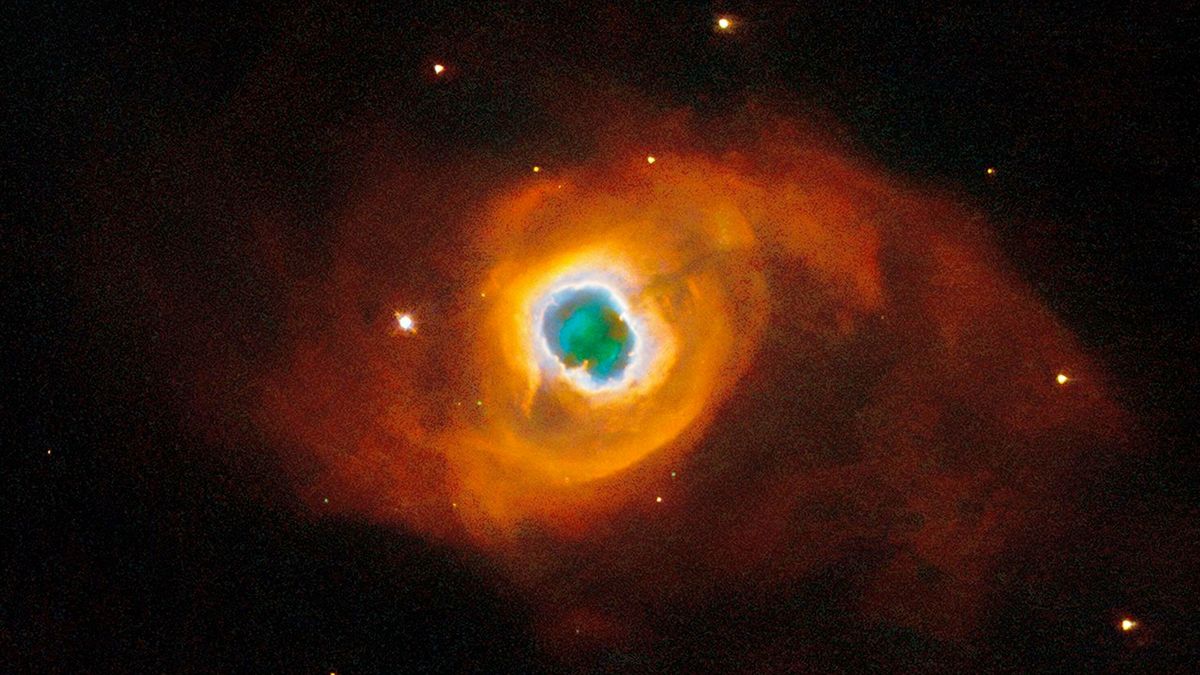


© ESA/Hubble & NASA, K. Noll



© NASA



© Blue Origin
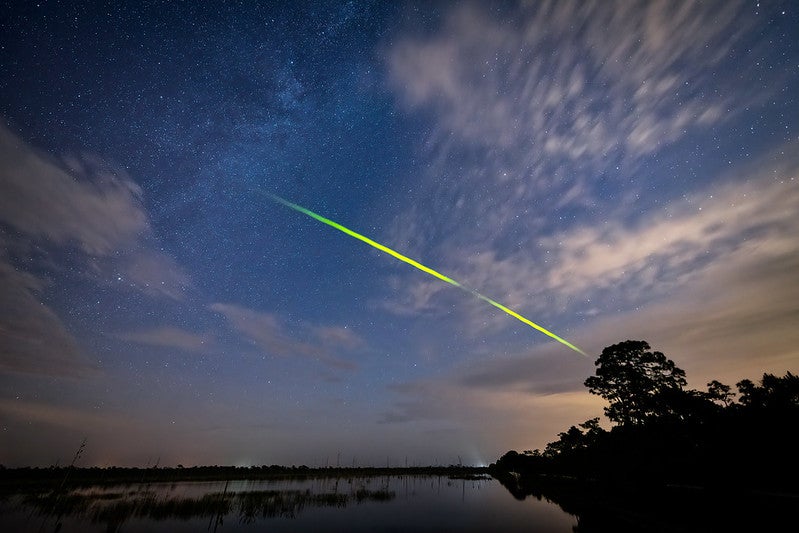
Much of what scientists know about the early solar system comes from meteorites – ancient rocks that travel through space and survive a fiery plunge through Earth’s atmosphere. Among meteorites, one type – called carbonaceous chondrites – stands out as the most primitive and provides a unique glimpse into the solar system’s infancy. The carbonaceousContinue reading "Why meteorites that hit Earth have less water than the asteroid bits brought back by space probes — a planetary scientist explains"
The post Why meteorites that hit Earth have less water than the asteroid bits brought back by space probes — a planetary scientist explains appeared first on Astronomy Magazine.




© NASA/JPL-Caltech
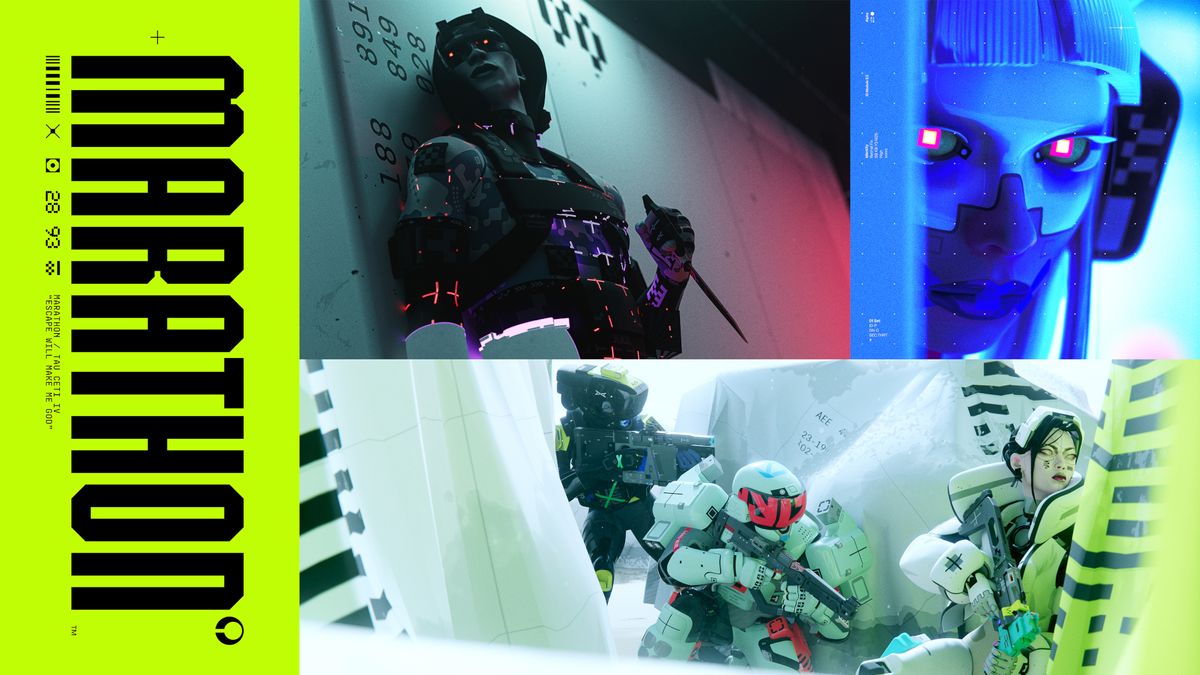


© Bungie
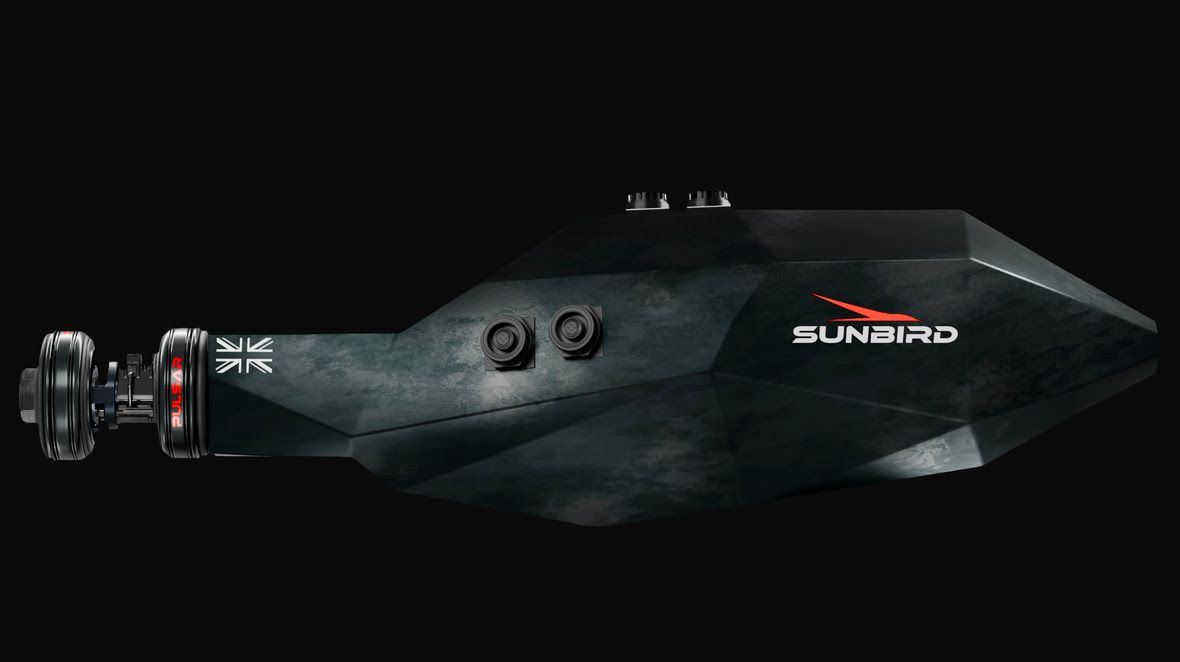


© Pulsar Fusion
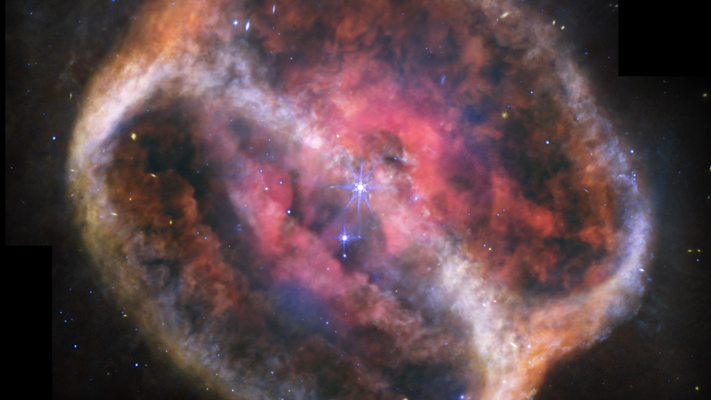


© NASA, ESA, CSA, STScI, Michael Ressler (NASA-JPL), Dave Jones (IAC)
Author(s): Rachel Berkowitz
While seeking a visual metaphor to depict the wave-like behavior of matter, Julian Voss-Andreae forged a unique path merging quantum physics, art, and business.
[Physics 18, 76] Published Mon Apr 14, 2025
Author(s): Emanuele Polino
A powerful framework allows scientists to understand and classify joint quantum measurements—procedures essential for many quantum technologies.
[Physics 18, 80] Published Mon Apr 14, 2025

Pete Scifres from Westlake Village, California Reflection Canyon, located at the end of an 8-mile hike into Utah’s Grand Staircase Escalante National Monument, serves as the foreground for this view of the spring Milky Way. The photographer captured the sky with a Canon mirrorless camera and a 15-second exposure at f/1.8 and ISO 4000 withContinue reading "Upon further reflection"
The post Upon further reflection appeared first on Astronomy Magazine.




© Blue Origin



© Blue Origin



© Blue Origin



© Blue Origin
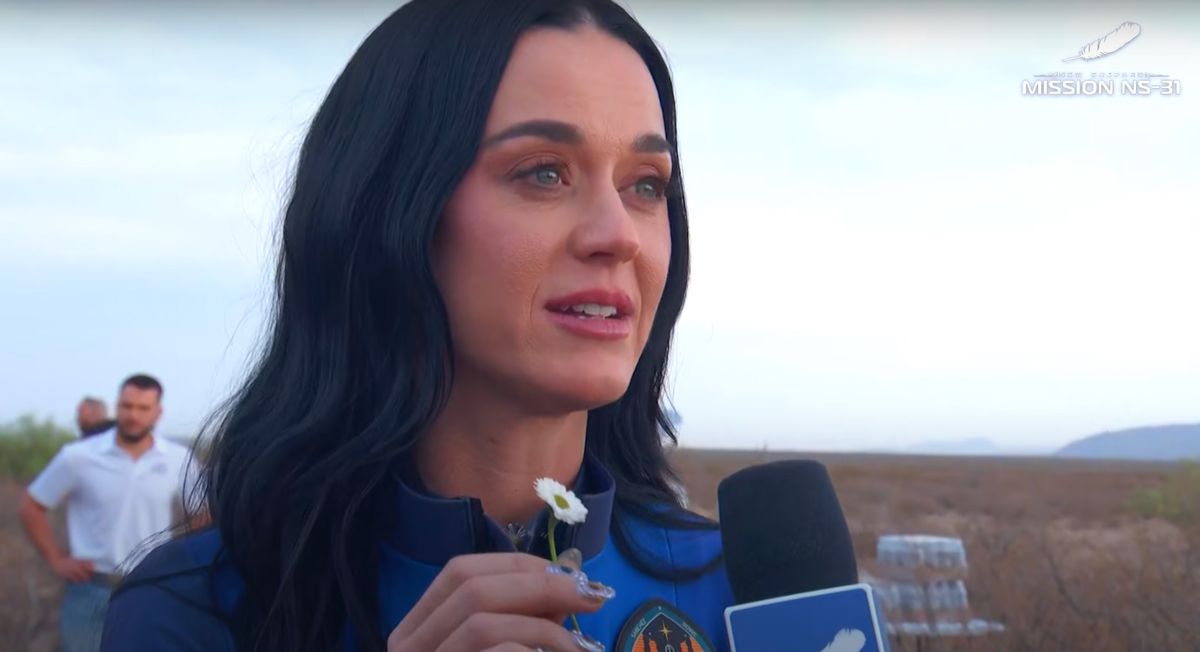


© Blue Origin

Jared Isaacman, billionaire, CEO and nominee to become the next NASA administrator, faced questions on April 9, 2025, from members of the Senate Committee on Commerce, Science, and Transportation during his confirmation hearing for the position. Should the Senate confirm him, Isaacman will be the first billionaire – but not the first astronaut – to head NASA. Perhaps evenContinue reading "Trump’s nomination for NASA leader boasts business and commercial spaceflight experience"
The post Trump’s nomination for NASA leader boasts business and commercial spaceflight experience appeared first on Astronomy Magazine.




© Lucasfilm / Disney
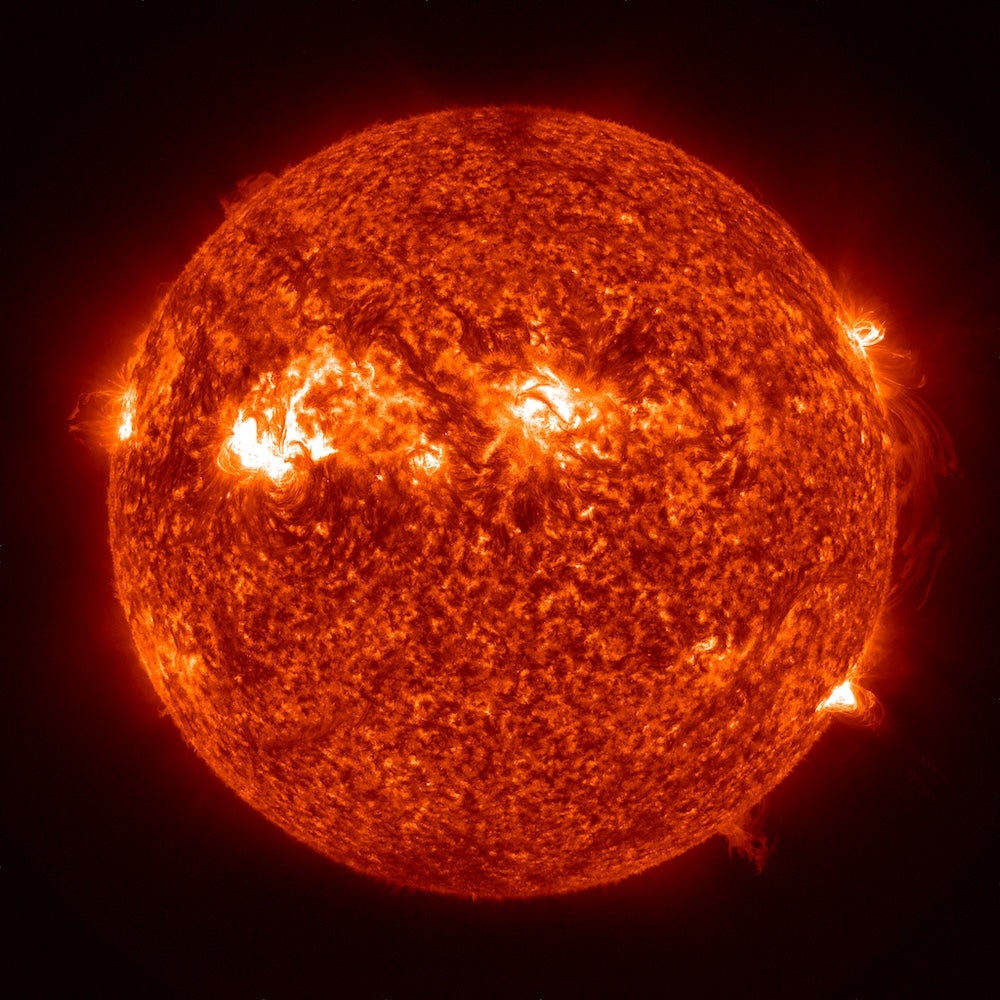
Before Einstein, special relativity, and E = mc2, what was the prevailing theory on the Sun’s seemingly eternal energy? William FieldsDayton, Ohio The question of what energy source powers the Sun has been around for literally centuries. During the 1800s, some thought that a constant shower of meteors onto the Sun might do the trick.Continue reading "Before Einstein, what did astronomers think powered the Sun?"
The post Before Einstein, what did astronomers think powered the Sun? appeared first on Astronomy Magazine.




© POCOCO/Future



© Blue Origin/collectSPACE.com
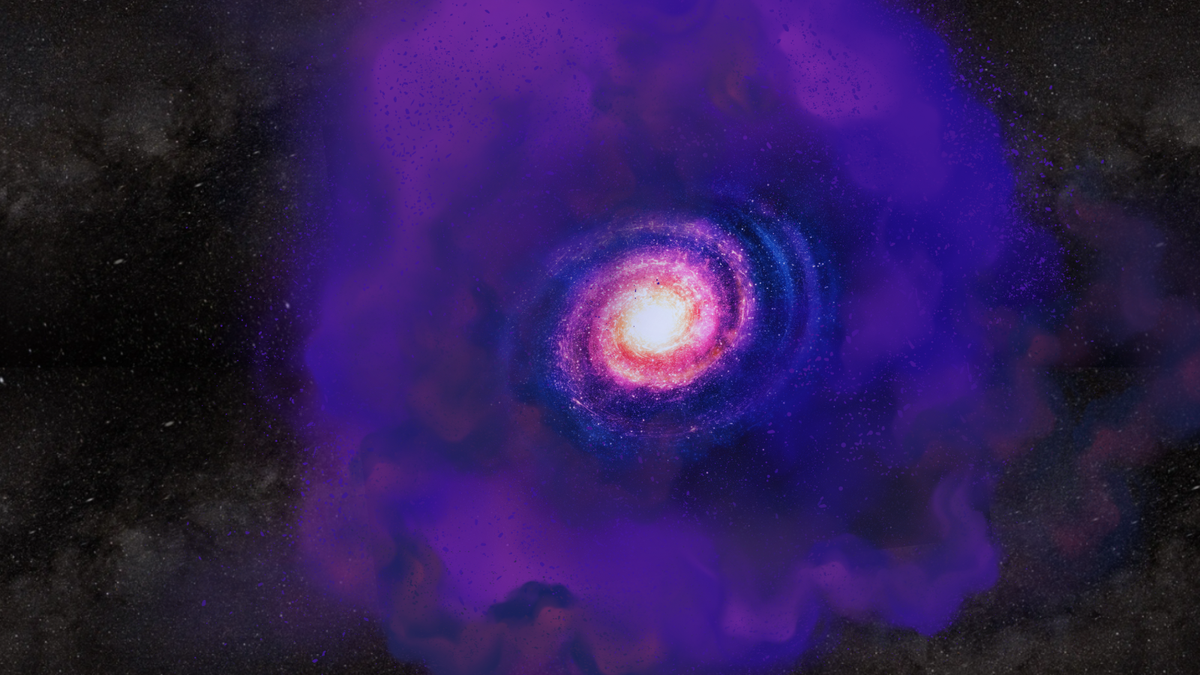


© Robert Lea (created with Canva)



© Apple
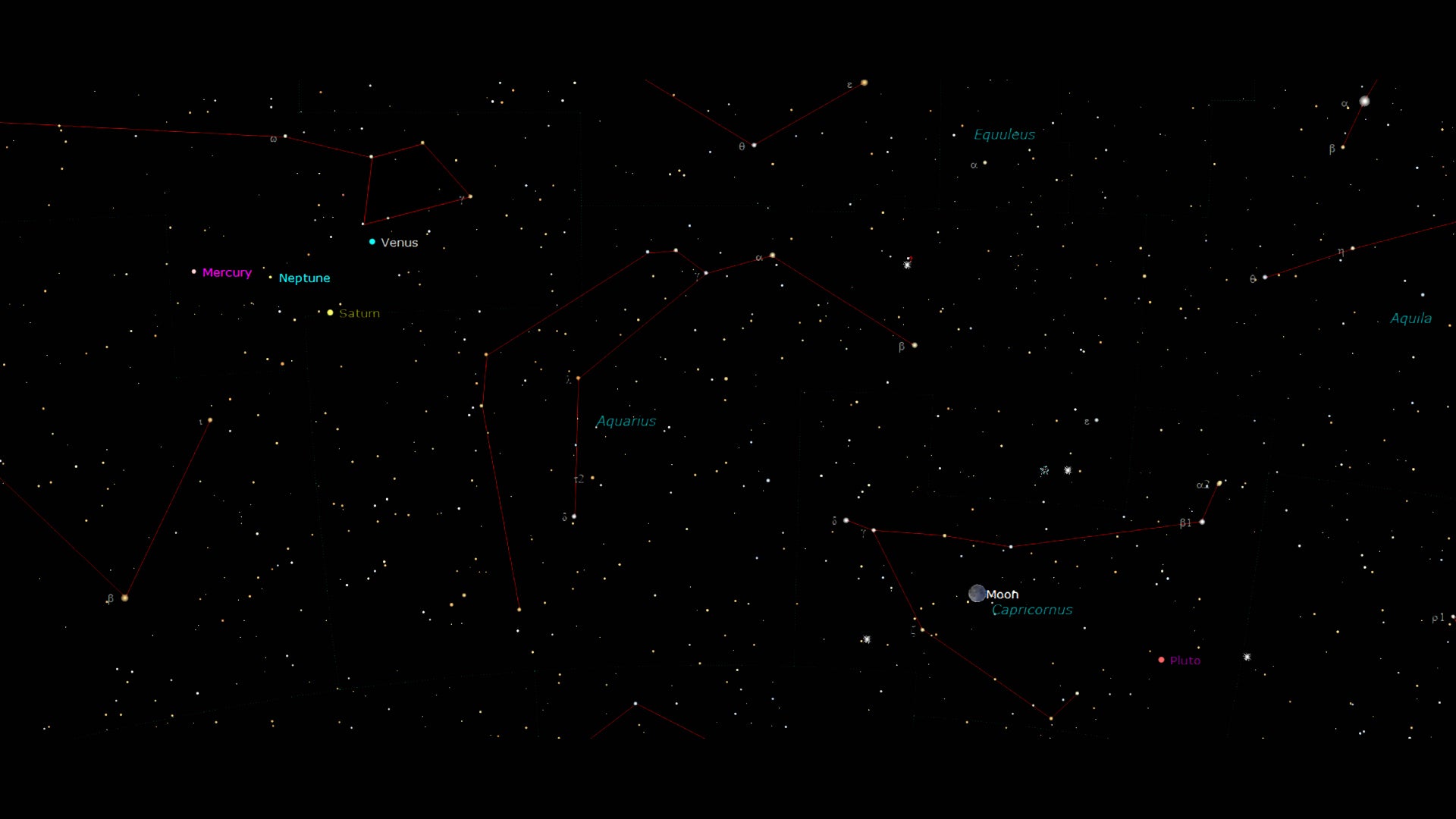
In this episode, Astronomy magazine Editor Dave Eicher invites you to head out and view a close grouping of planets in the early morning hours of April 21. That morning, you’ll be able to see Venus, Mercury, and Saturn low in the east. You won’t need a telescope or binoculars to view them, just use your eyes.Continue reading "This Week in Astronomy with Dave Eicher: A conjunction of planets"
The post This Week in Astronomy with Dave Eicher: A conjunction of planets appeared first on Astronomy Magazine.




© Blue Origin
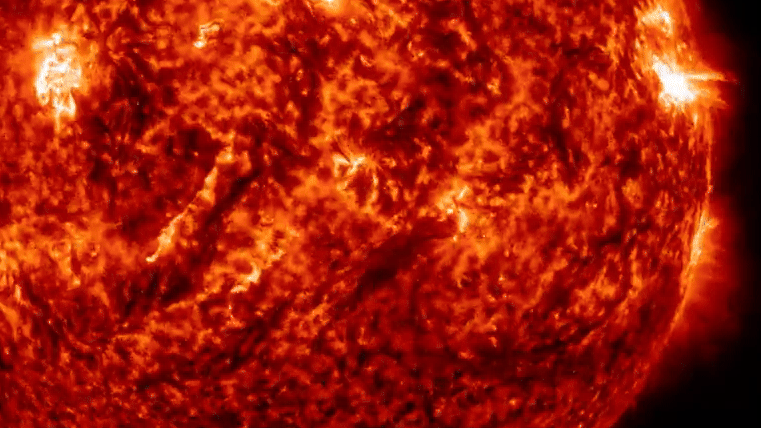


© NASA / SDO and the AIA, EVE, and HMI science teams, helioviewer.org
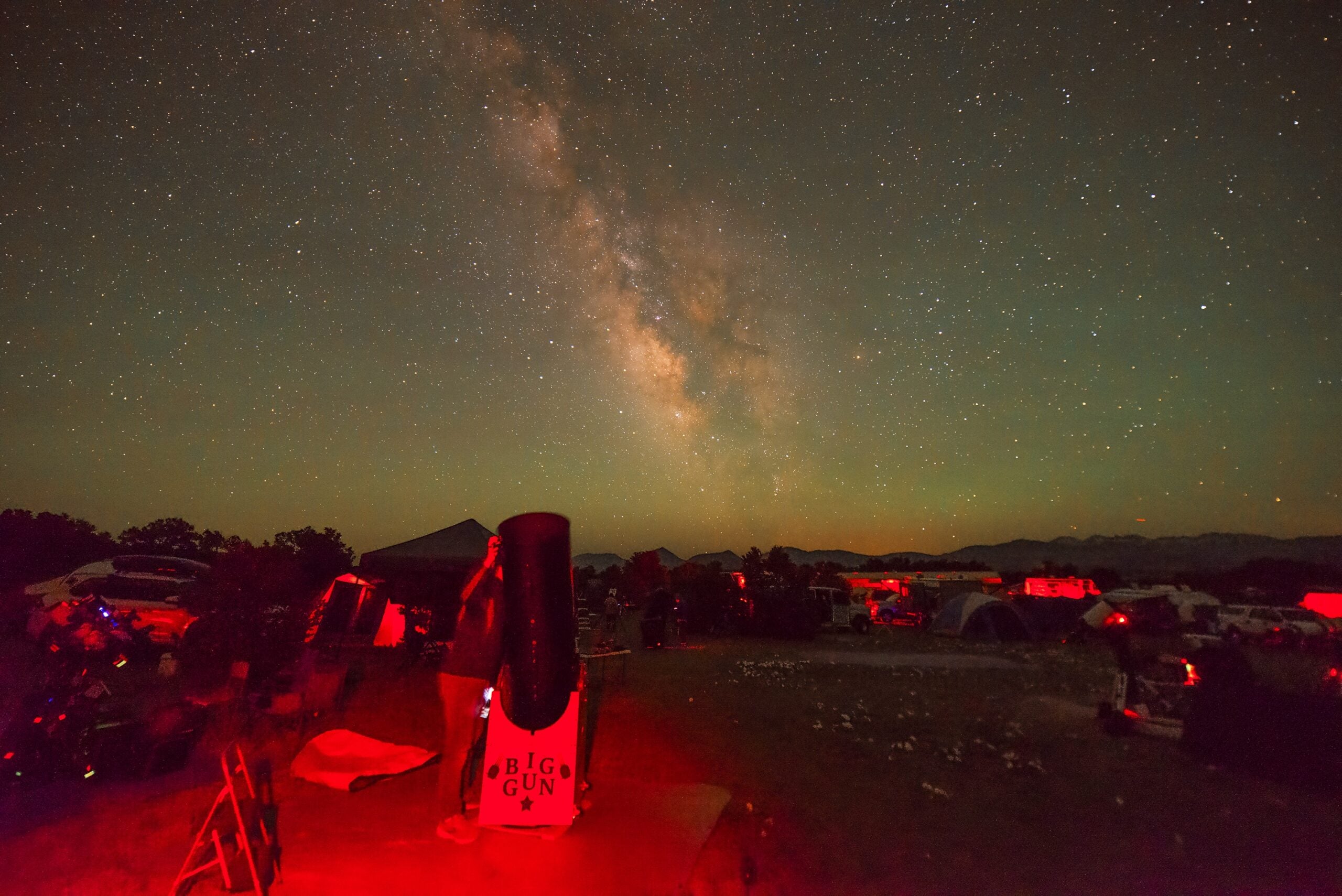
Time under dark skies is precious, and for a lot of us, getting out to those sites can be tough. When we do, often we end up observing alone, or with a few intrepid others at an astronomy club observing session. And sometimes that solitude is what we’re looking for: just you and the sky.Continue reading "Don’t want to observe alone? Go to a star party!"
The post Don’t want to observe alone? Go to a star party! appeared first on Astronomy Magazine.

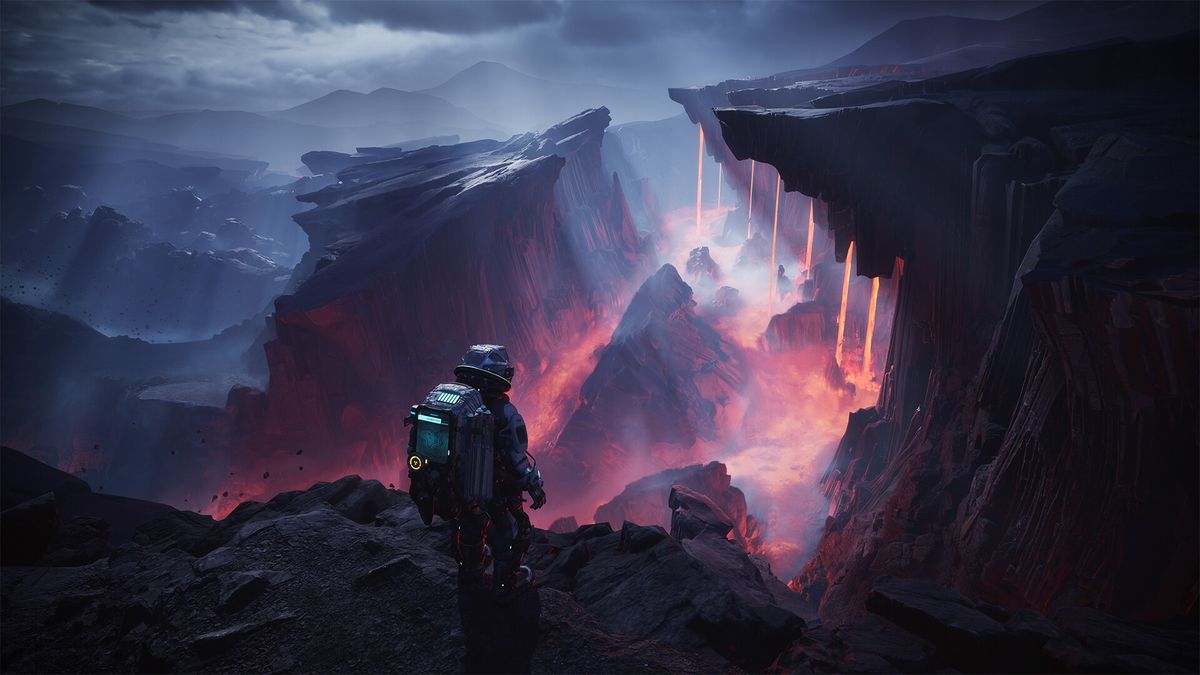


© 11 Bit Studios



© Gary Hershorn/Getty Images



© Kepler
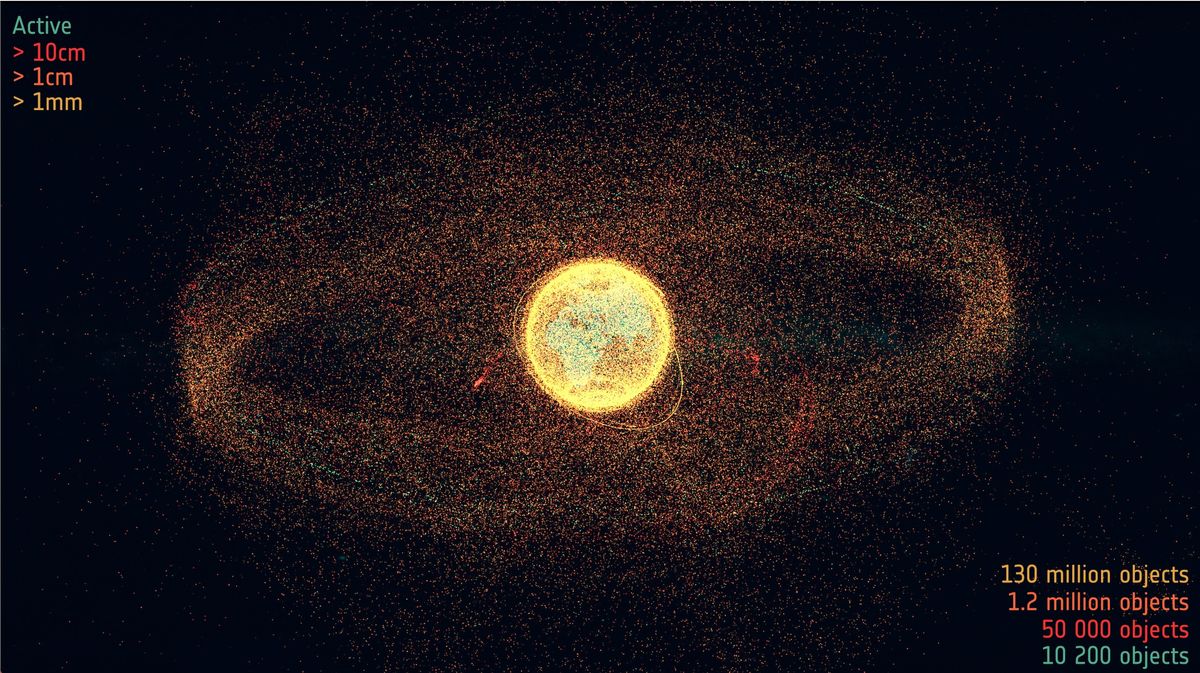


© ESA
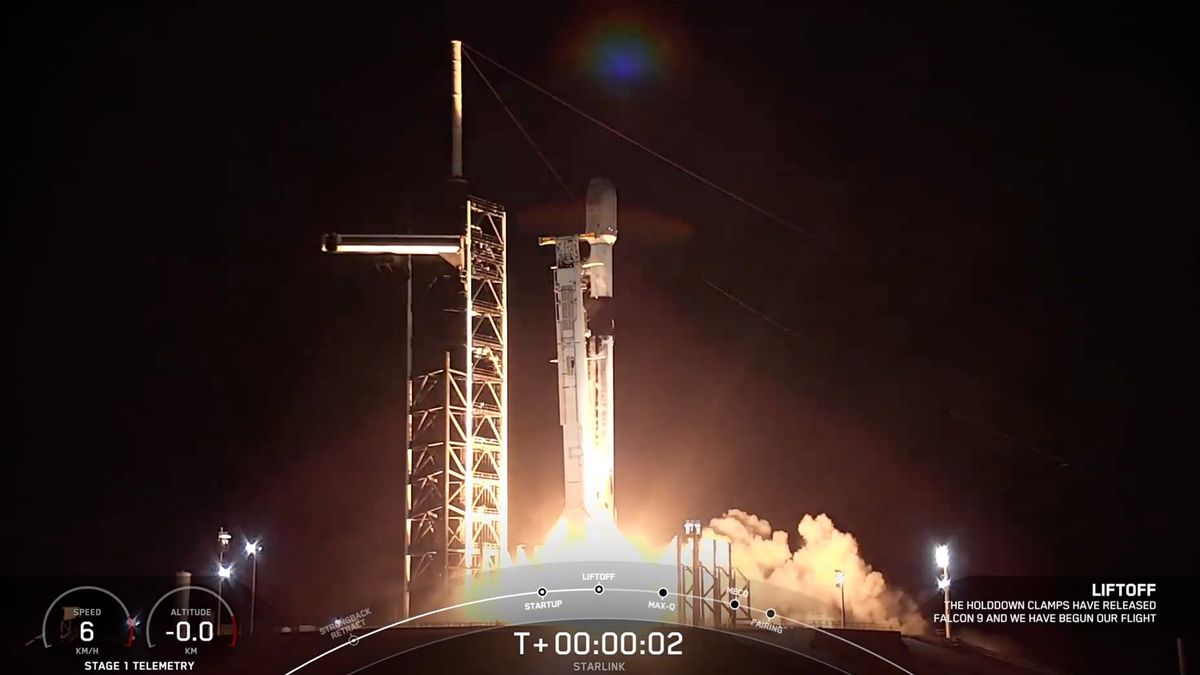


© SpaceX
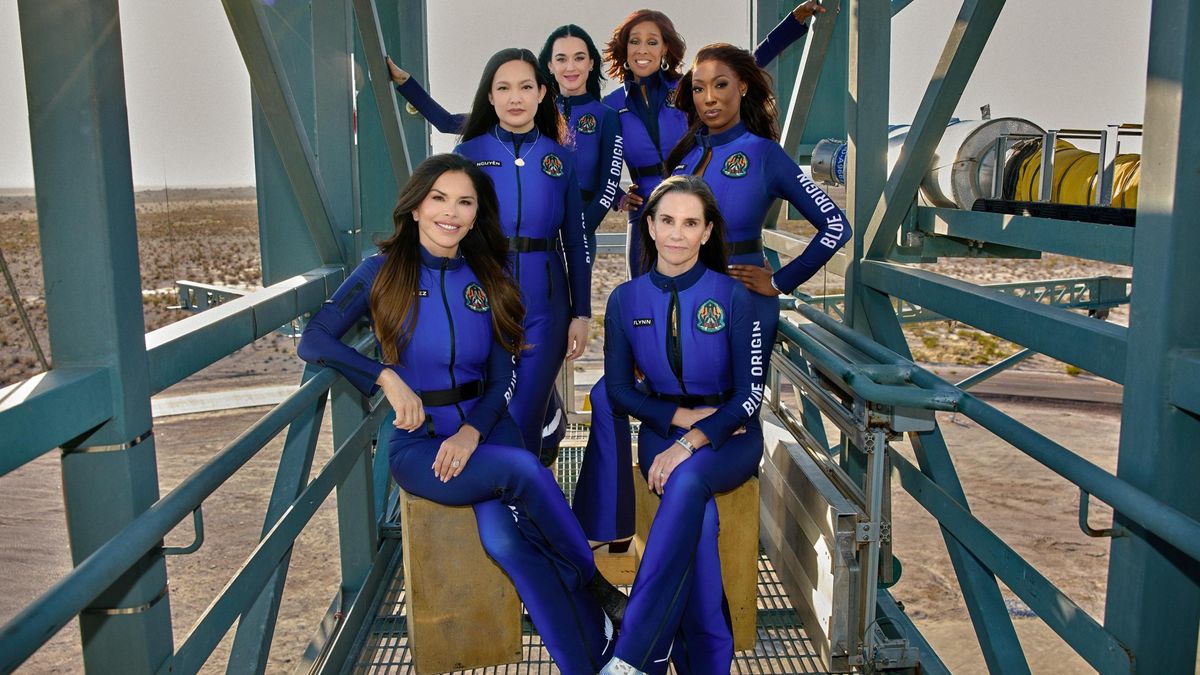


© Blue Origin



© BBC
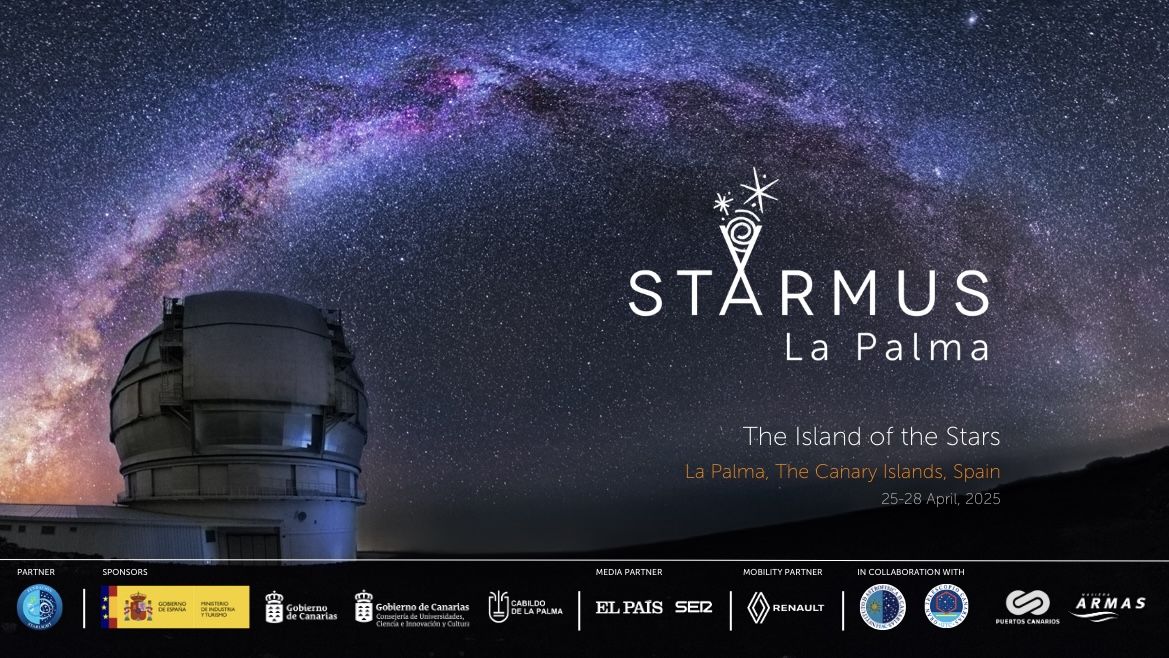


© STARMUS



© Blue Origin
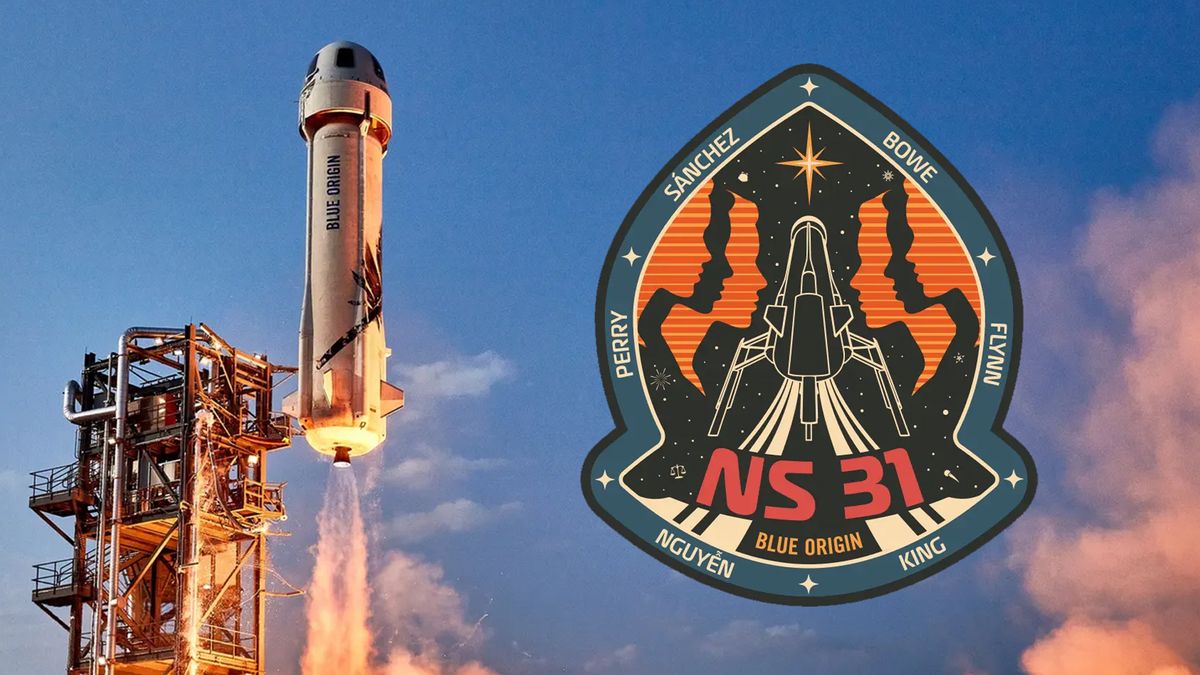


© Blue Origin
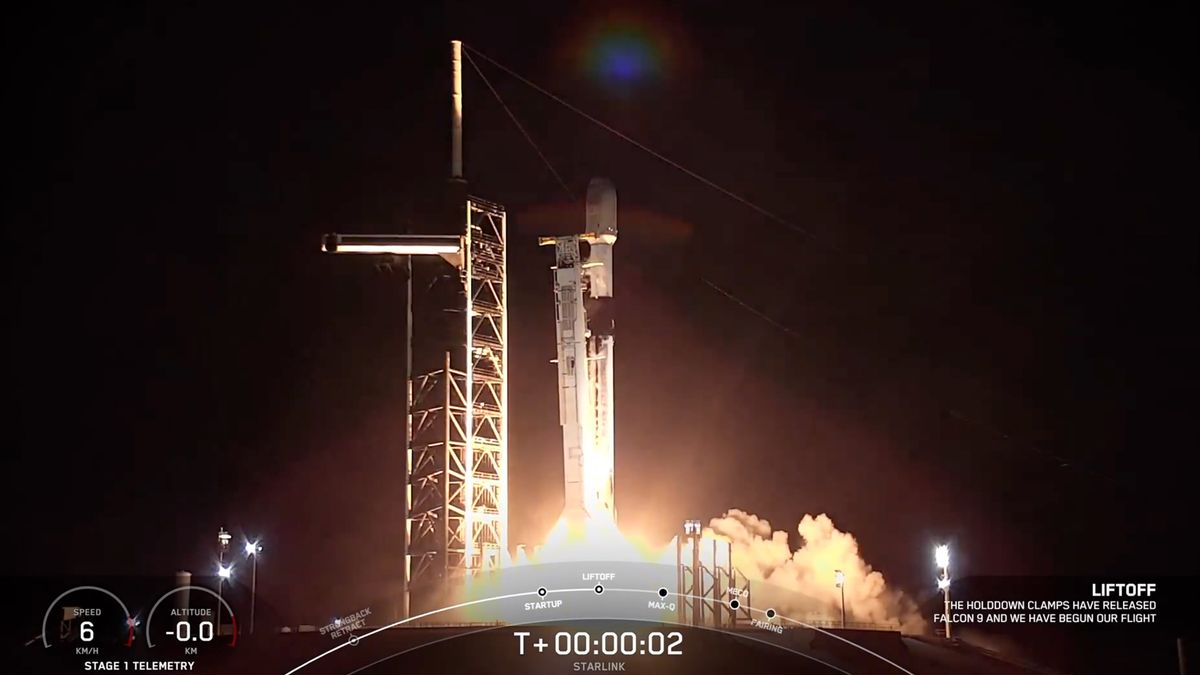


© SpaceX

Exceptions announced late Friday night to the Trump administration’s so-called “reciprocal tariffs” are unlikely to provide any relief to the amateur astronomy industry, as they do not cover categories for telescopes, mounts, or digital cameras. The updated guidance from U.S. Customs and Border Protection (CBP) affects the reciprocal tariffs imposed by U.S. President Donald TrumpContinue reading "No relief for astronomy industry in new tariff exemptions"
The post No relief for astronomy industry in new tariff exemptions appeared first on Astronomy Magazine.

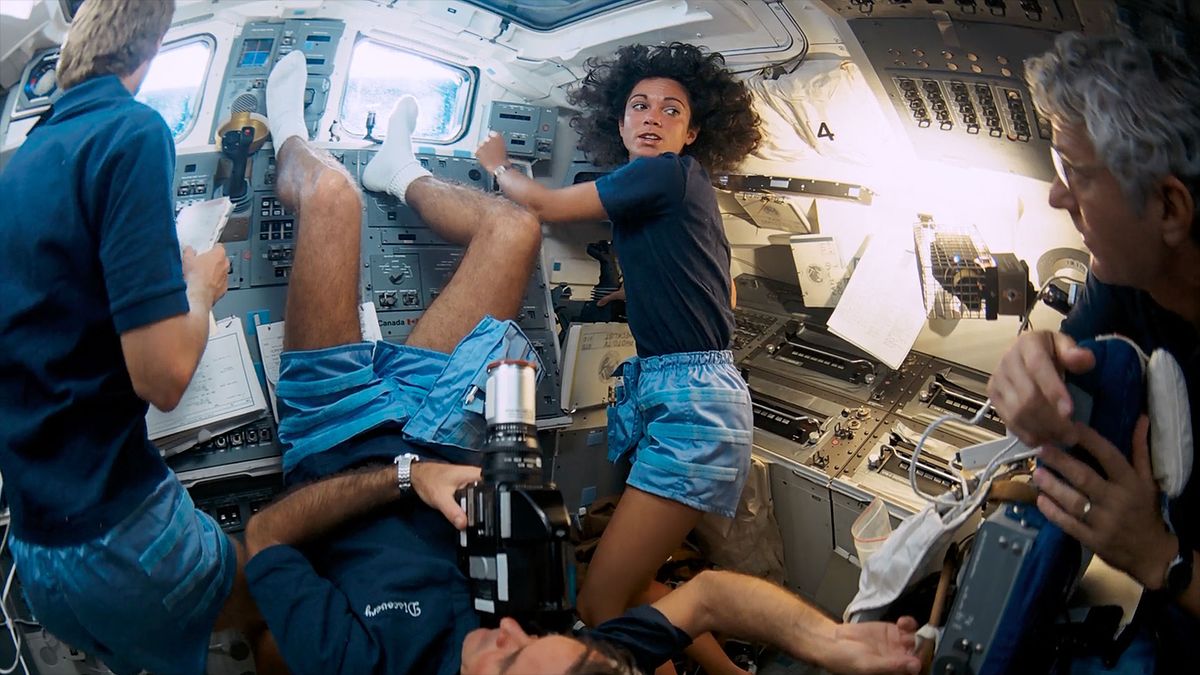


© IMAX



© Elsa/Getty Images
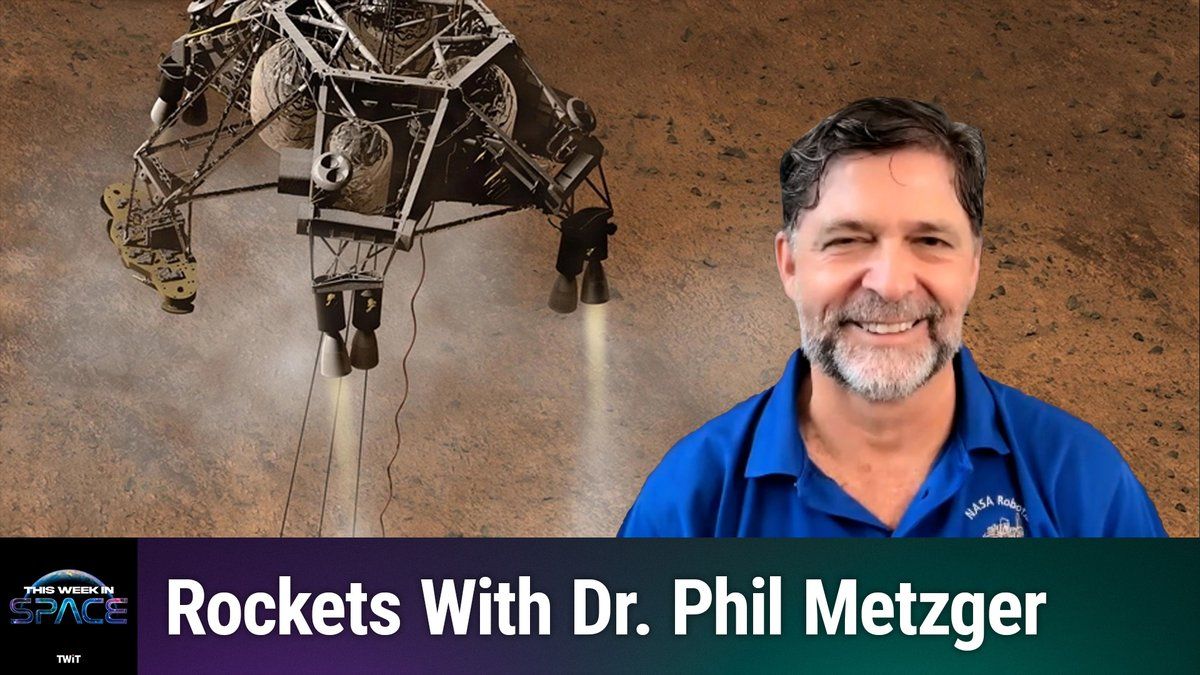


© TWiT
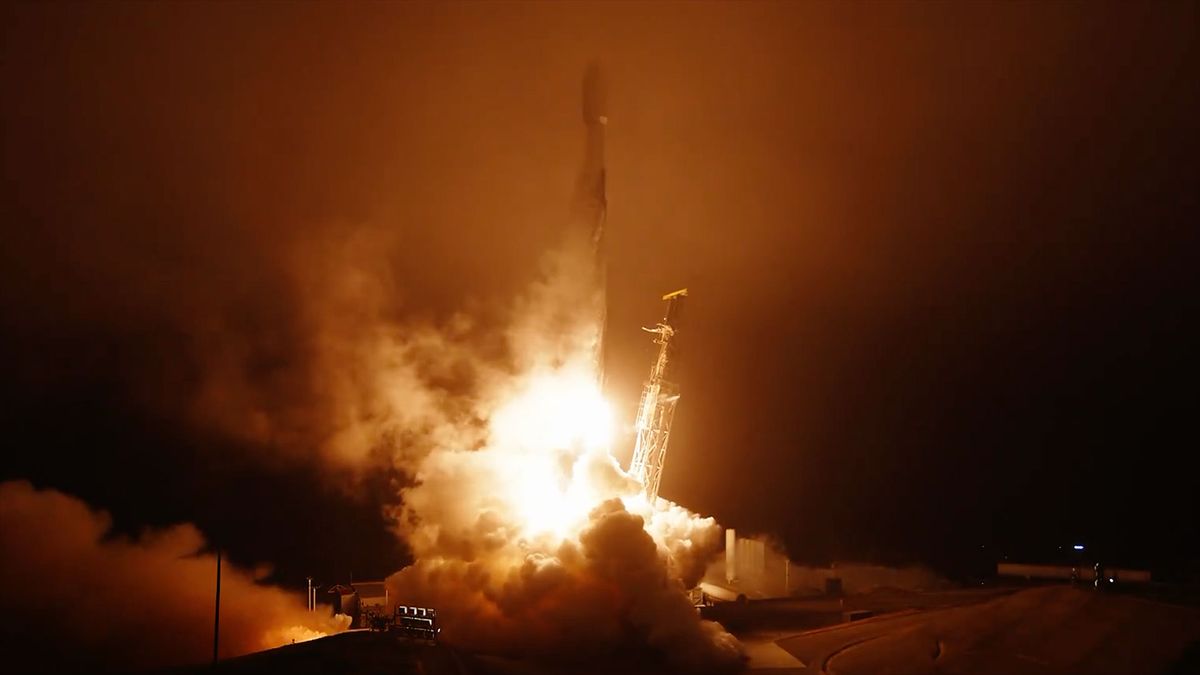


© SpaceX



© BBC



© Blue Origin
Author(s): Mark Buchanan
Observations link turbulence in the ionosphere—a region essential for communications—with far-away disturbances associated with Earth’s magnetic field.
[Physics 18, 81] Published Fri Apr 11, 2025
Author(s): Ryan Wilkinson
Improved methods for using electron spins to sense and control nuclear spins could benefit many quantum technologies.
[Physics 18, s38] Published Fri Apr 11, 2025
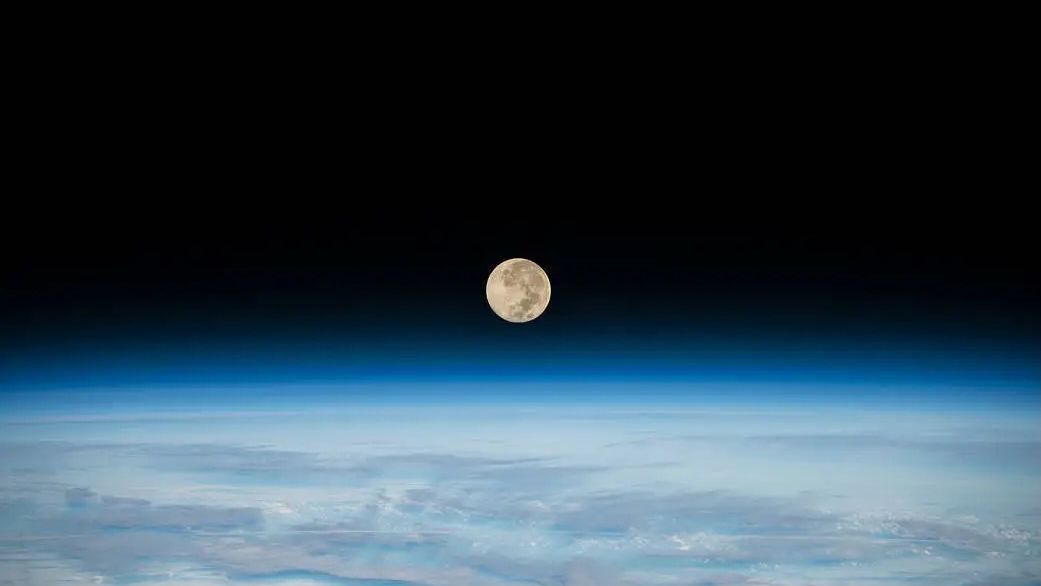


© NASA
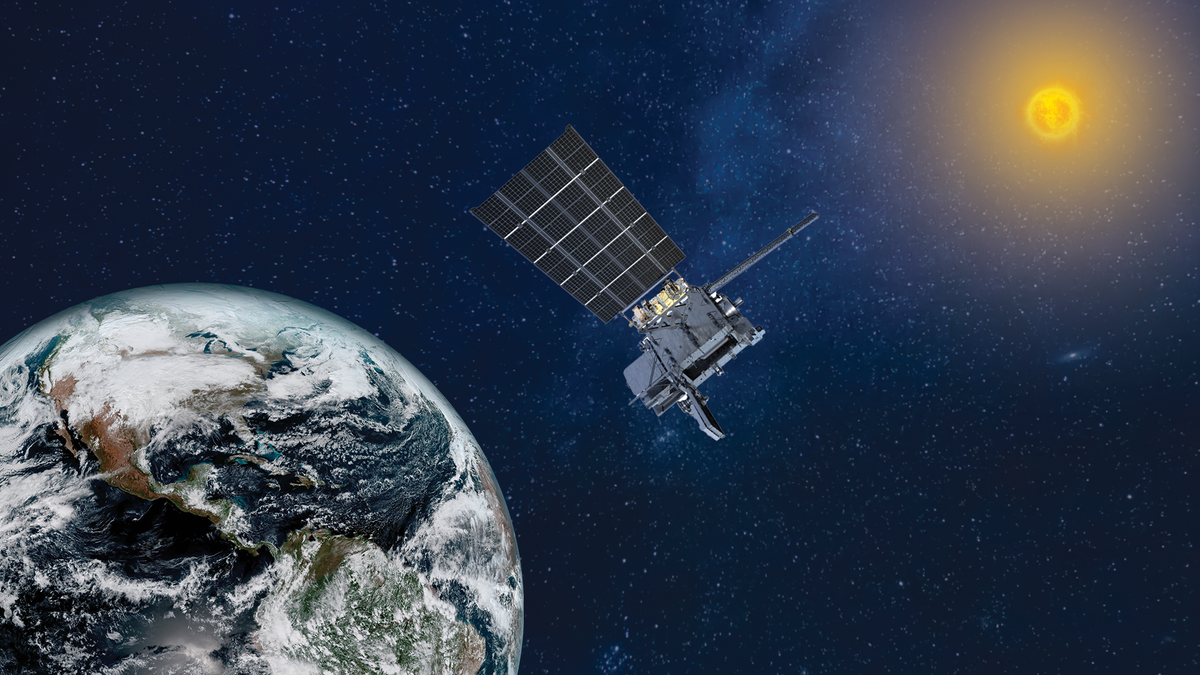


© NOAA



© Getty Images/Steinliland

NASA could see a 20 percent cut to its overall 2026 budget, with funding for its science division slashed in half, if a preliminary budget proposal from the White House is enacted. The cuts would, among other impacts, cancel several missions and shut down NASA’s Goddard Space Flight Center. The proposed cuts were laid outContinue reading "NASA faced with massive budget cuts in White House proposal"
The post NASA faced with massive budget cuts in White House proposal appeared first on Astronomy Magazine.

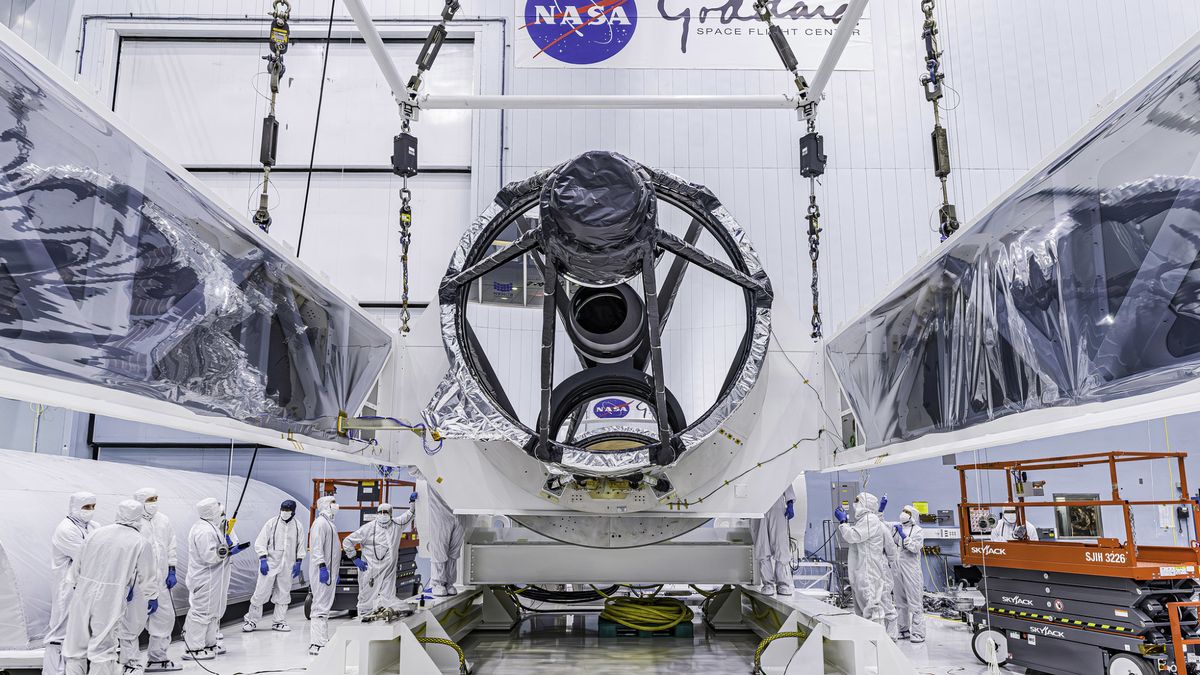


© NASA/Chris Gunn
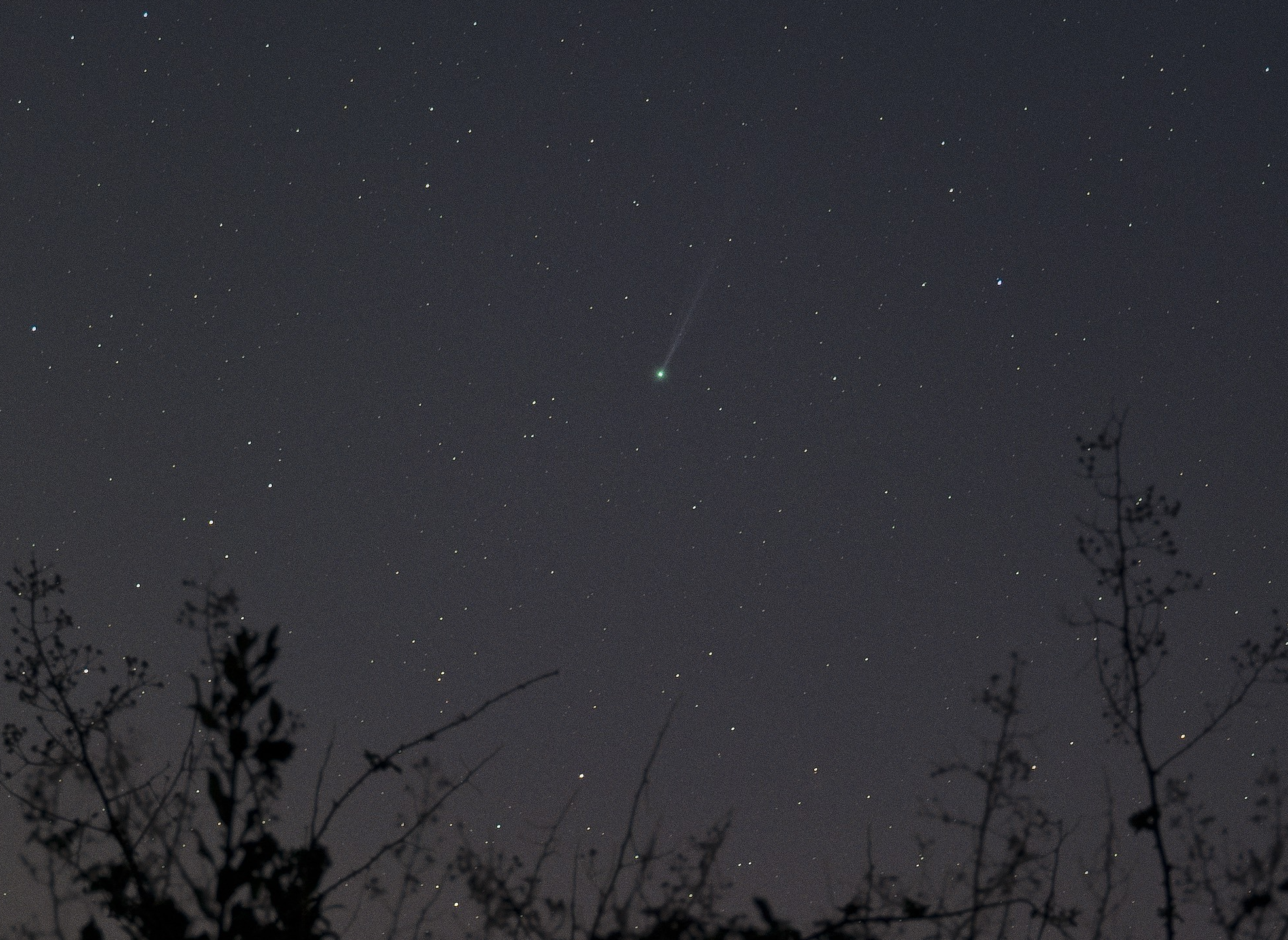
In late March, three amateur astronomers discovered Comet C/2025 F2 (SWAN). Immediately, predictions began appearing online stating the brightness this object might reach. But, as comet discoverer David Levy says, “Comets are like cats. They have tails and do what they want.” In other words, don’t bet the house that current predictions will come true.Continue reading "C/2025 F2 (SWAN): A new comet is in the spring sky"
The post C/2025 F2 (SWAN): A new comet is in the spring sky appeared first on Astronomy Magazine.

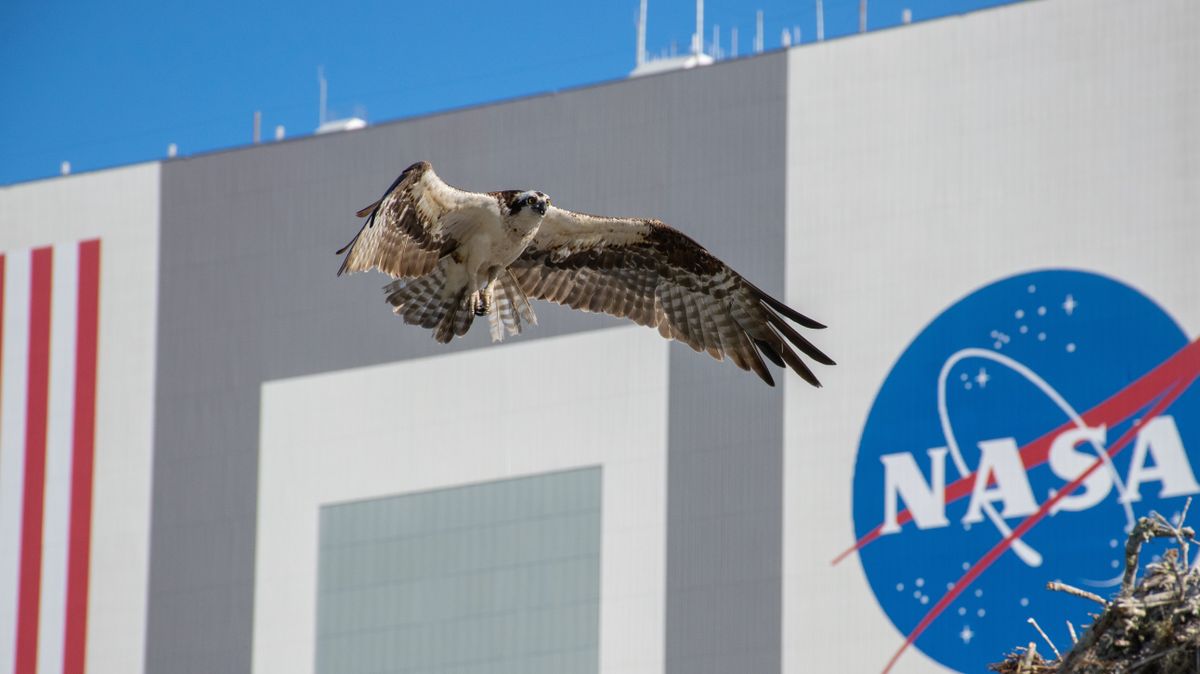


© Josh Dinner
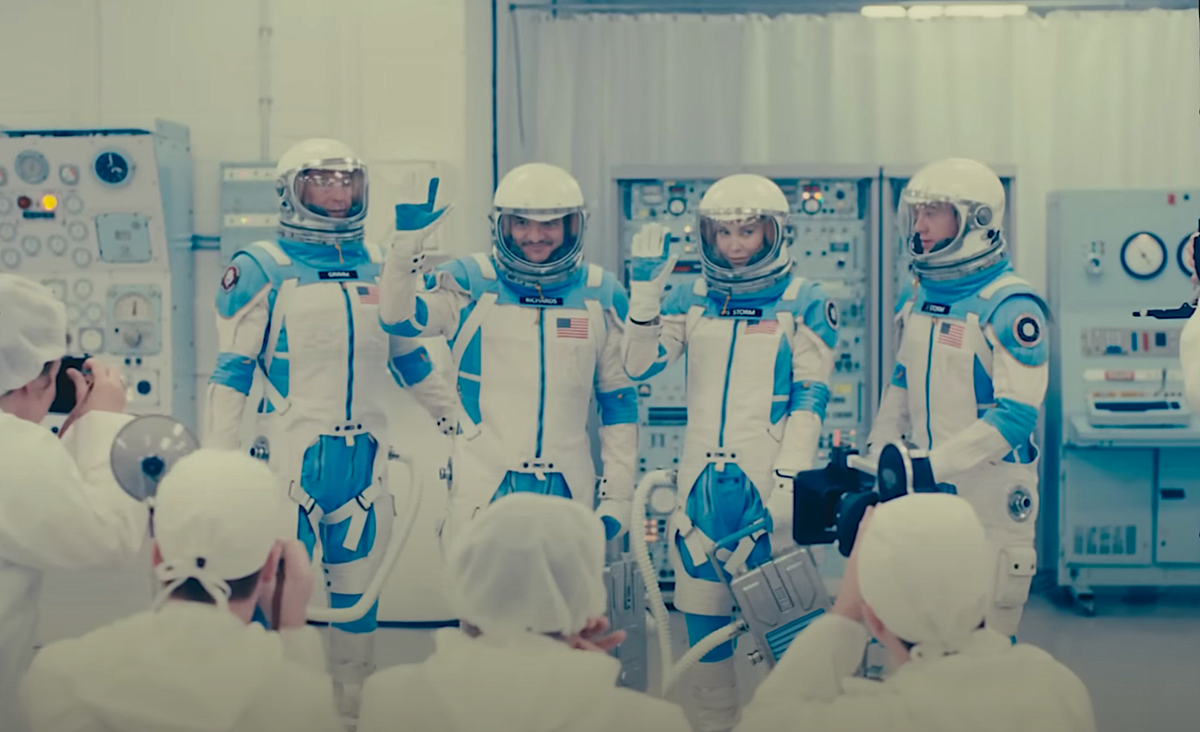


© Marvel Studios



© Disney
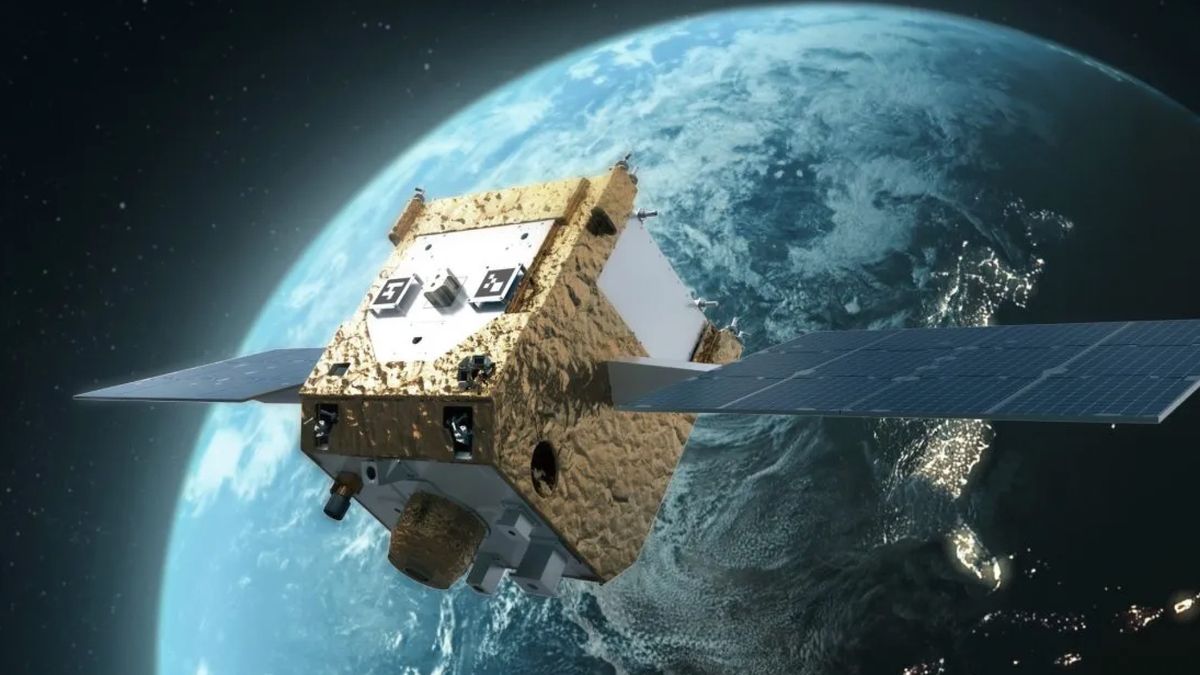


© Astroscale



© BBC Studios/Bad Wolf/James Pardon
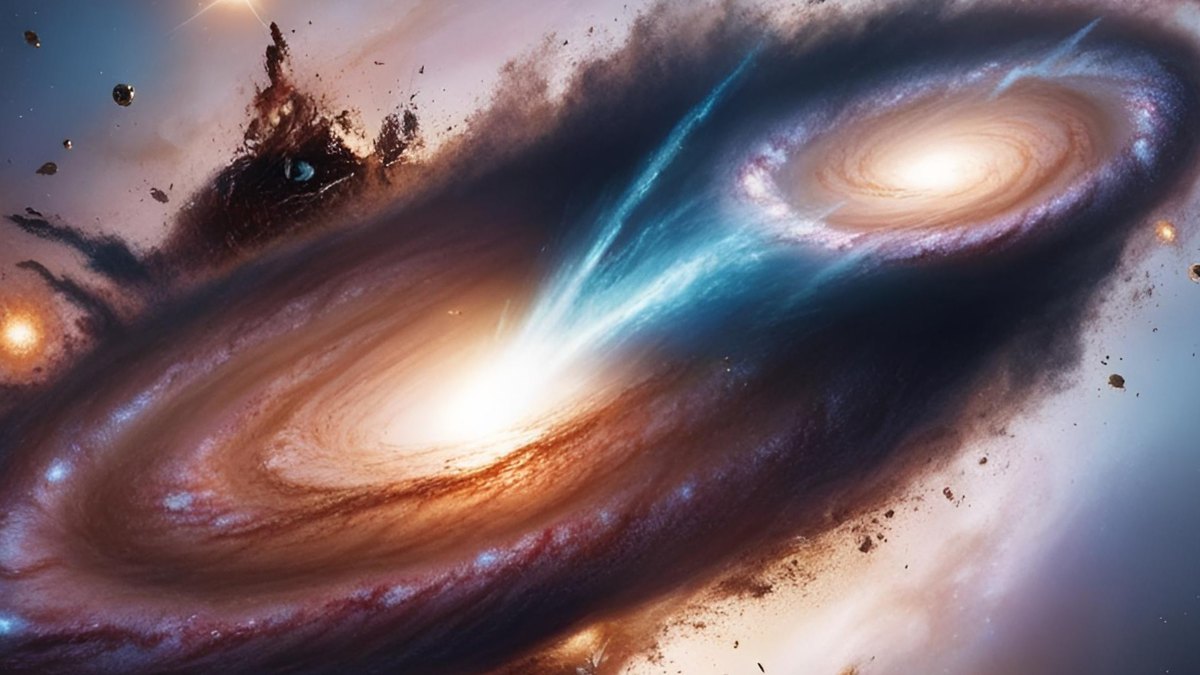


© Robert Lea (created with Canva)
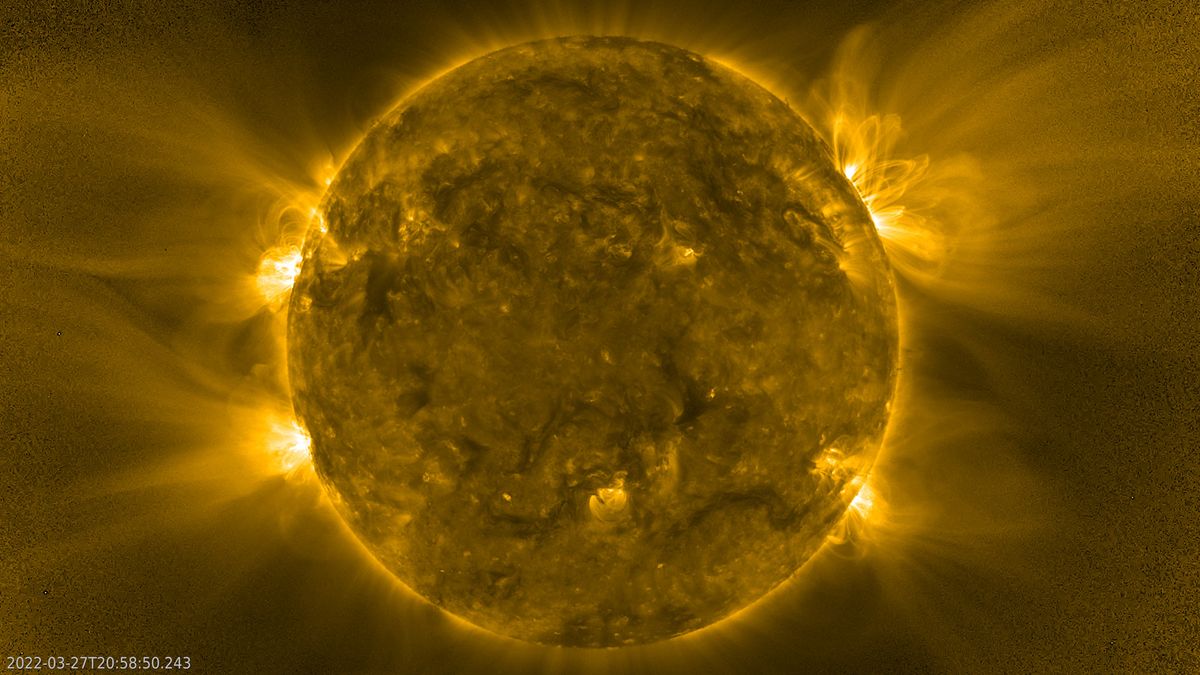


© ESA



© Simon Stålenhag / Skybound Books
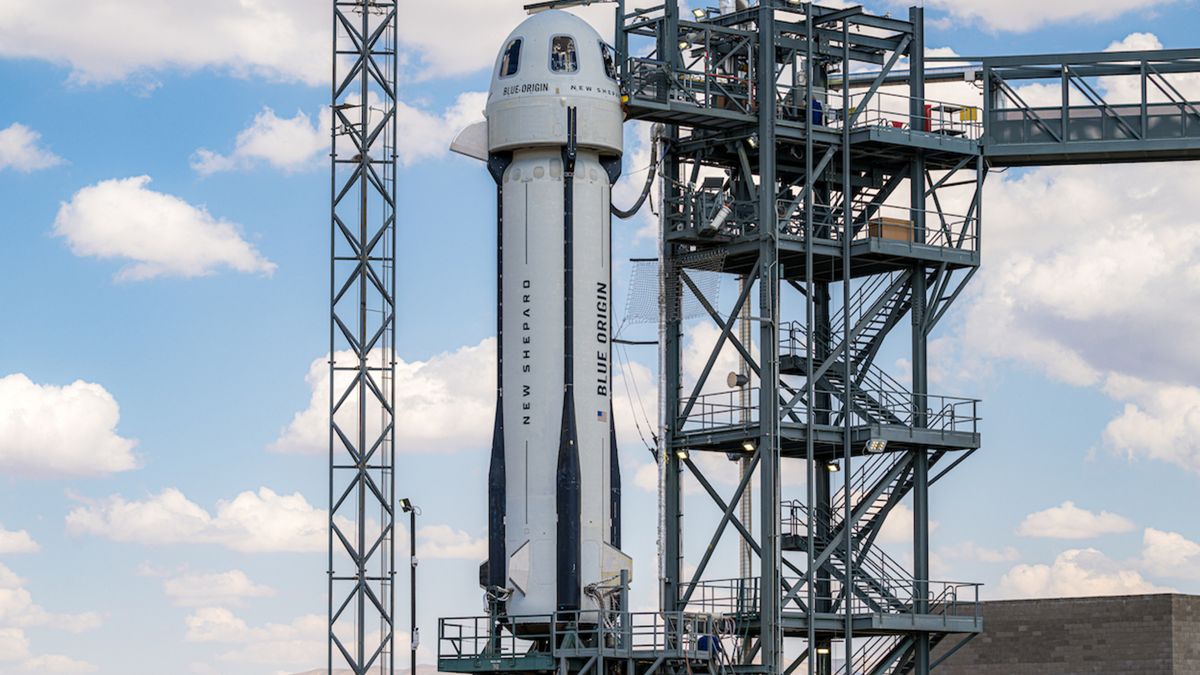


© blue origin
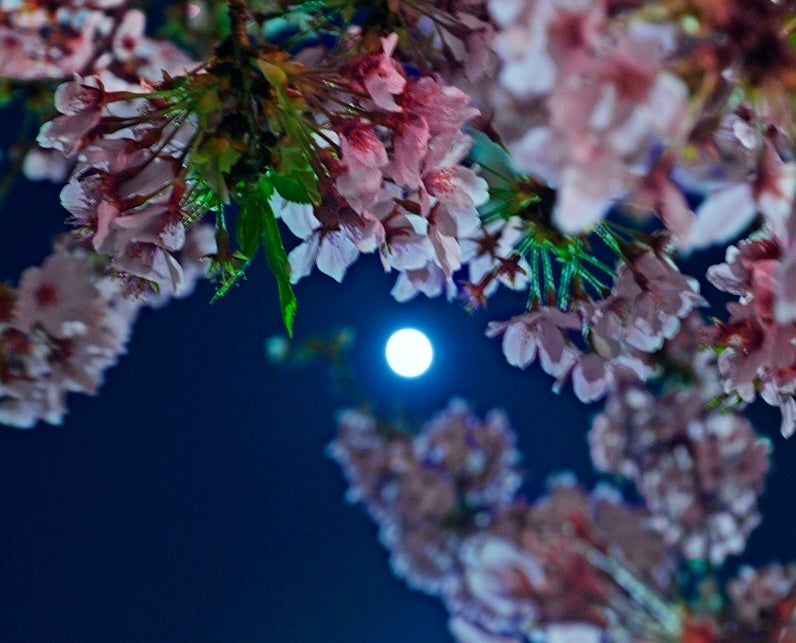
Sky This Week is brought to you in part by Celestron. Friday, April 11An hour after sunset, the bright planet Jupiter stands out in eastern Taurus, forming a V with the two tips of the Bull’s horns, Zeta (ζ) Tauri and Gamma (γ) Aurigae. Below Jupiter shines Aldebaran, the Bull’s alpha star, a magnitude 0.9Continue reading "The Sky This Week from April 11 to 18: The April Full Pink Moon shines"
The post The Sky This Week from April 11 to 18: The April Full Pink Moon shines appeared first on Astronomy Magazine.

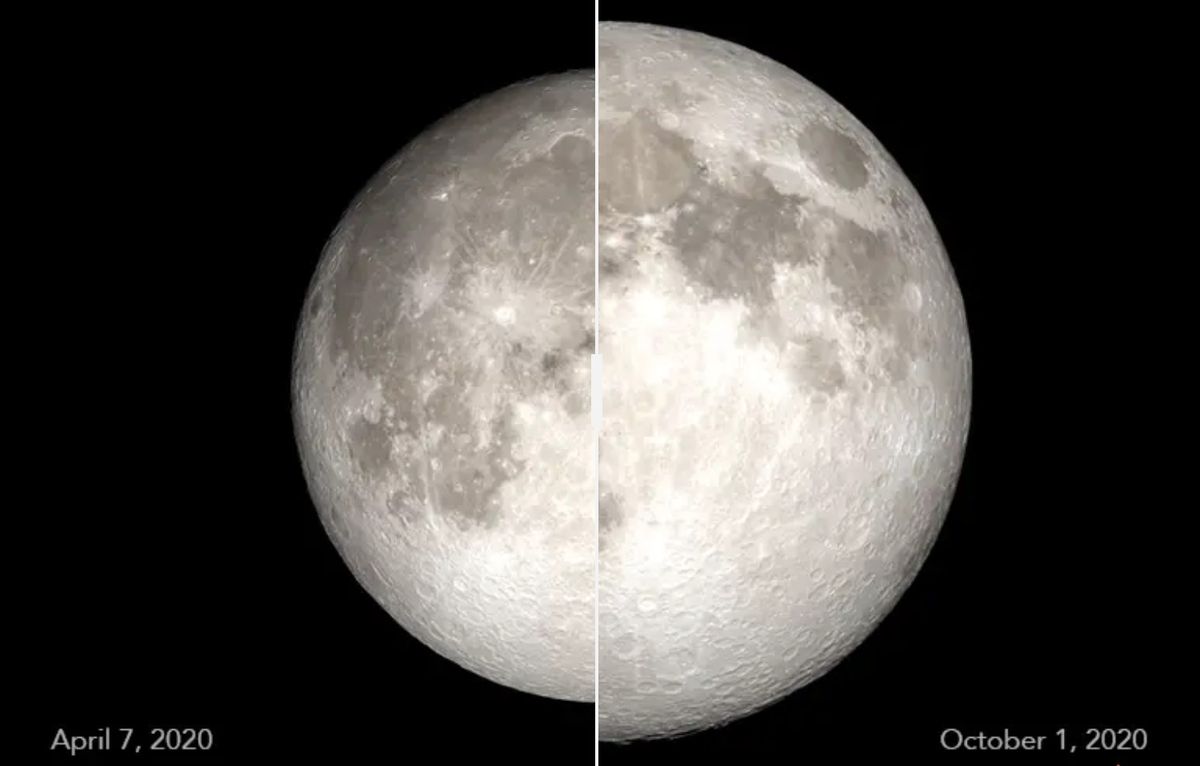


© NASA
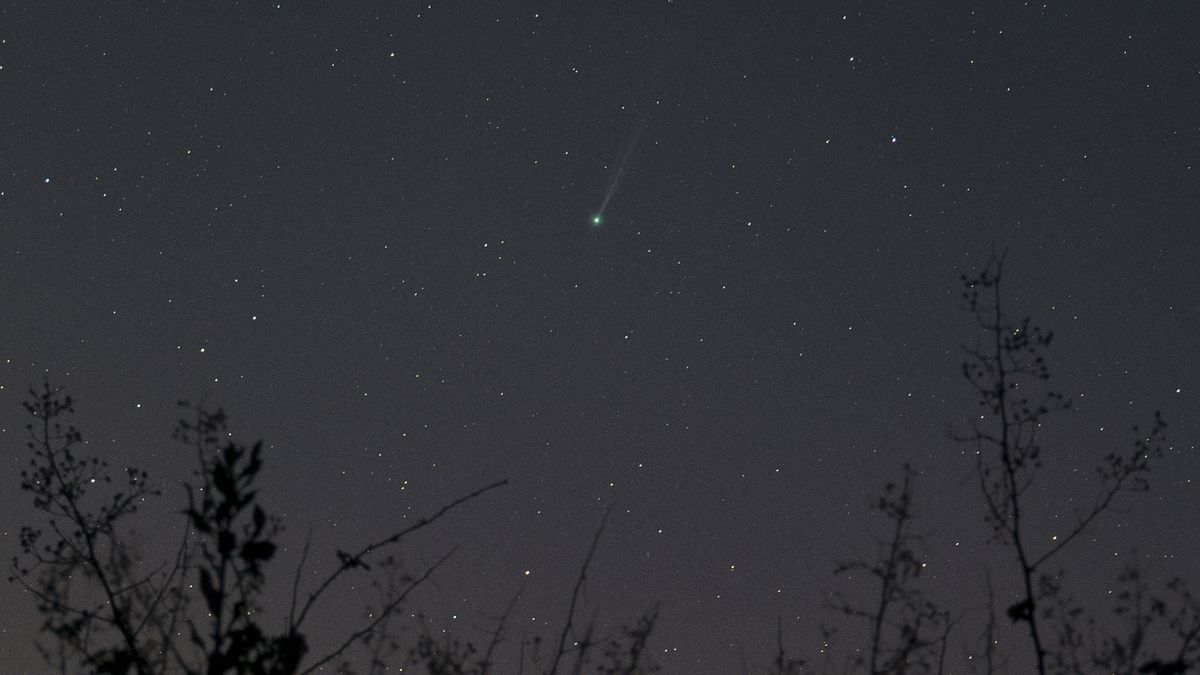


© Josh Dury
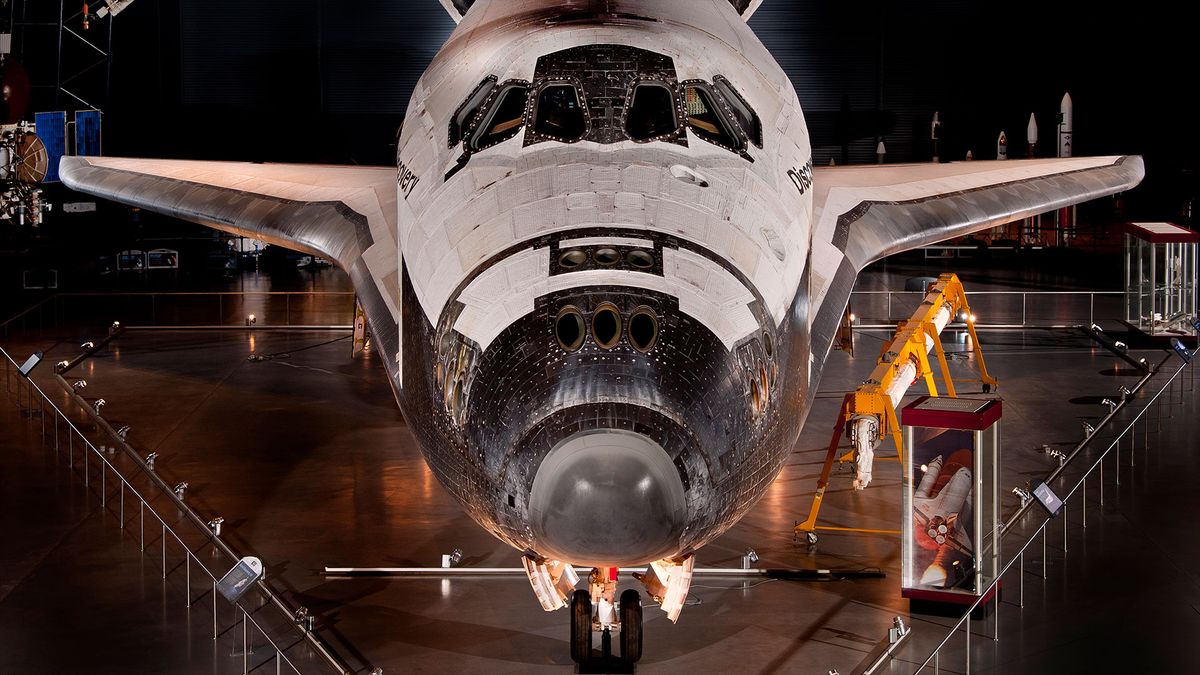


© Smithsonian/Dane Penland
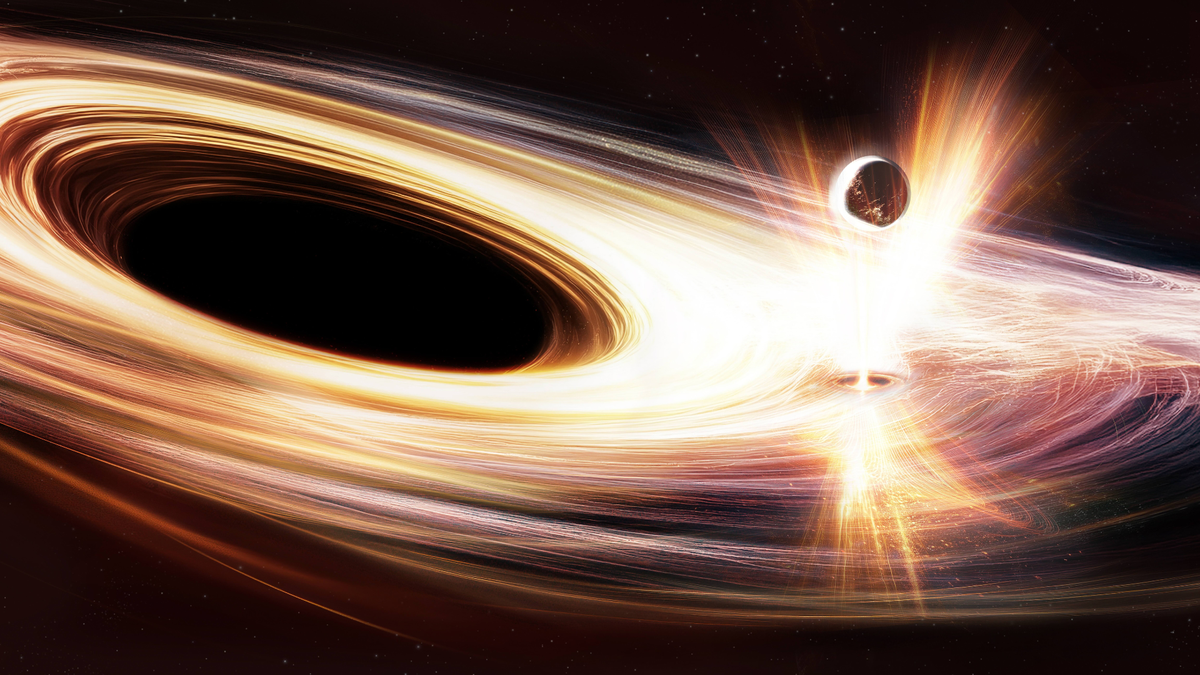


© ESA
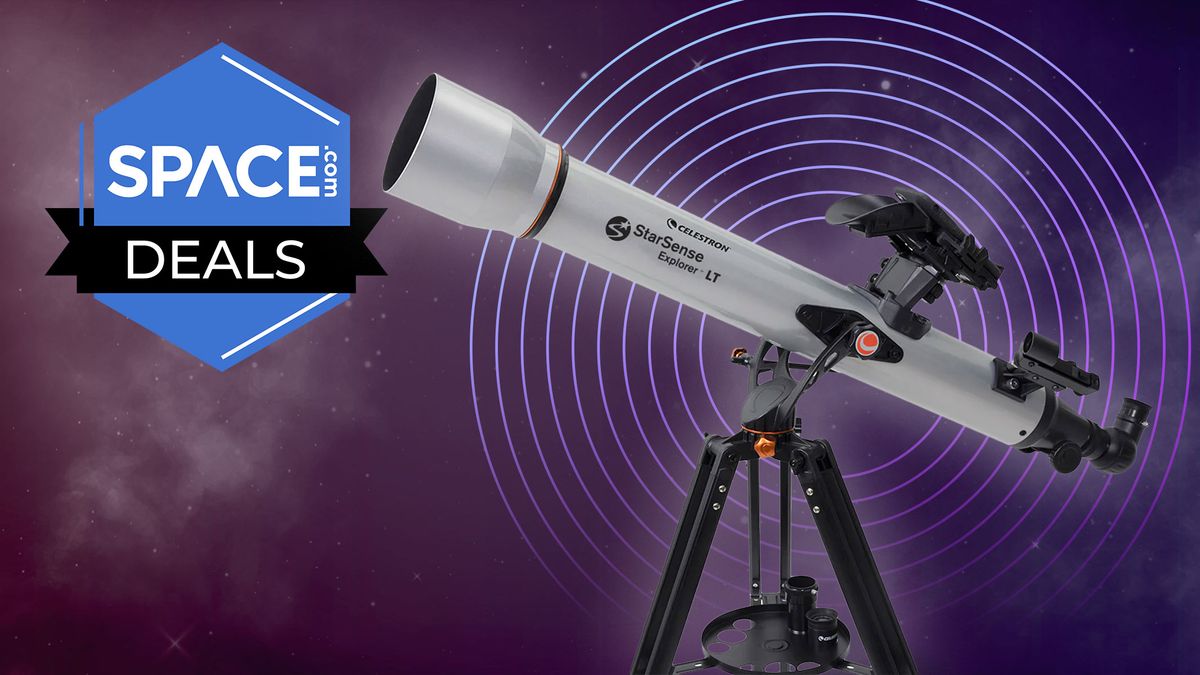


© Future, Celestron
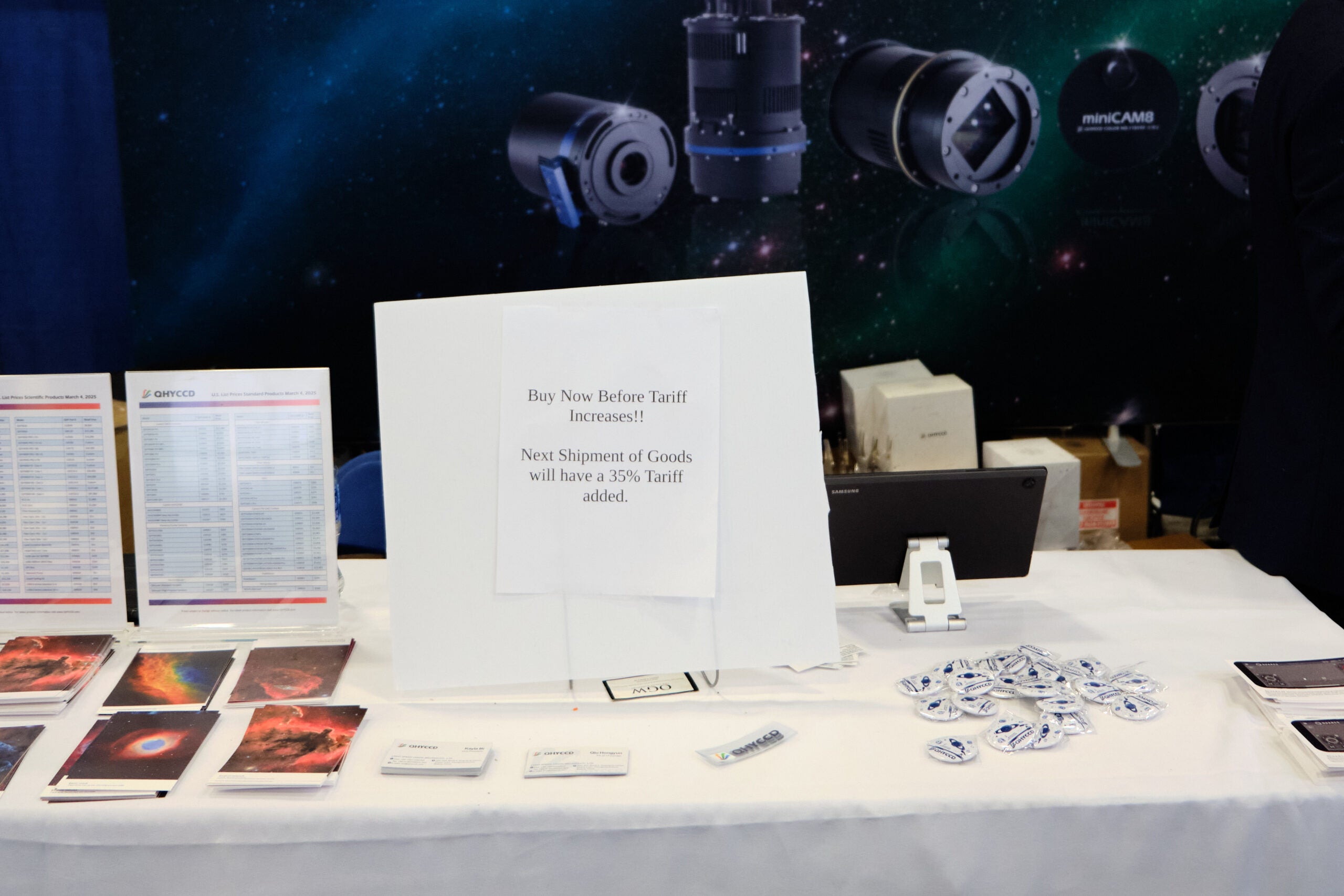
The telescope industry in the U.S. has been thrown into chaos as a result of the Trump administration’s escalating trade conflict with China, as manufacturers contemplate price hikes and worry about the possibility of slowing demand. In the latest round of tariffs, U.S. President Donald Trump announced April 9 that duties on goods imported fromContinue reading "Amateur astronomy industry grapples with tariff chaos"
The post Amateur astronomy industry grapples with tariff chaos appeared first on Astronomy Magazine.




© Craig T Fruchtman/Getty Images
Author(s): Rachel Berkowitz
A processor made of five-level, trapped-ion “ququints” captures the intricate particle–antiparticle interactions of quantum electrodynamics theory.
[Physics 18, 78] Published Thu Apr 10, 2025
Author(s): Charles Day
A new experiment challenges the notion that only exotic materials exhibit nonlinear transport phenomena.
[Physics 18, s44] Published Thu Apr 10, 2025
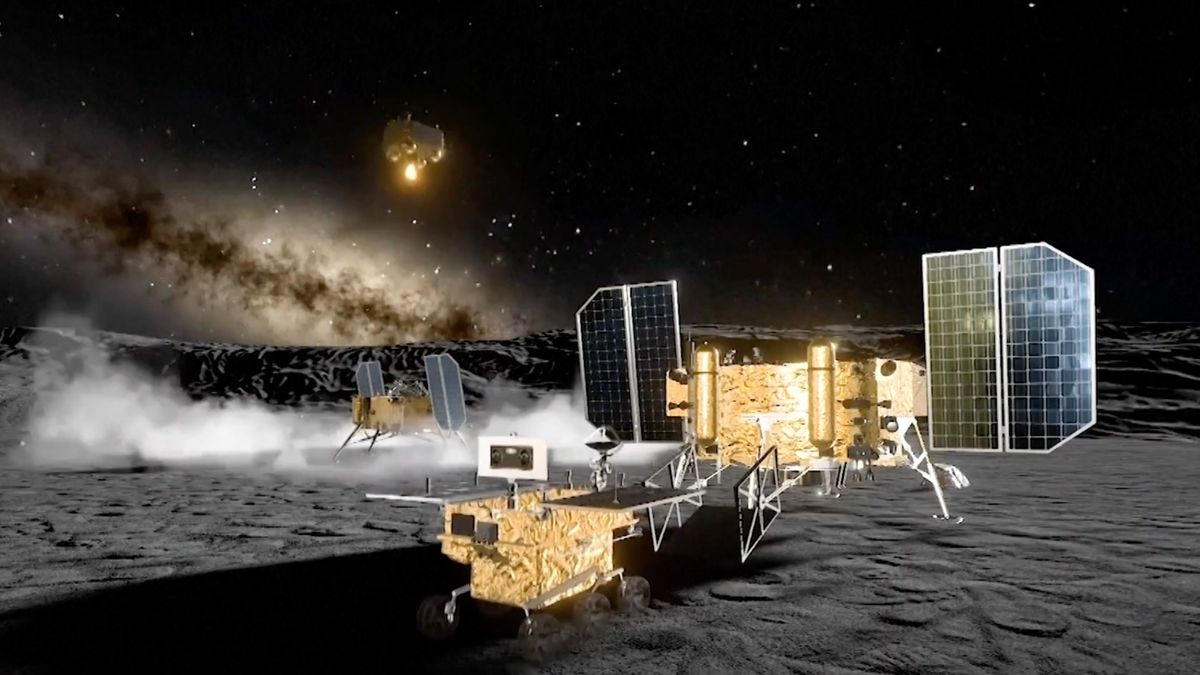


© CCTV



© Netflix
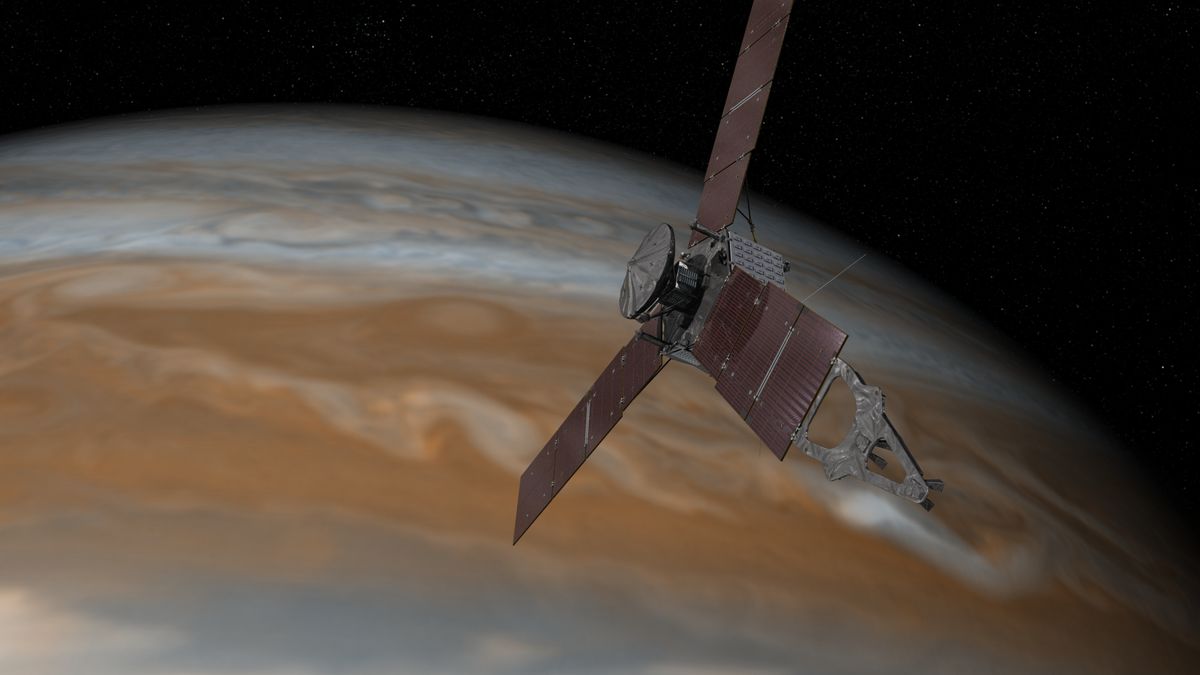


© NASA/JPL-Caltech

I’m leading another eclipse trip. No surprise there. I’ve traveled to observe 16 total solar eclipses, and on all but two of them I was the official astronomer. But this one’s special, even for me. First, it boasts the longest totality — 6 minutes 23 seconds — that anyone alive will be able to witness.Continue reading "Come with Astronomy associate editor Michael Bakich to Egypt"
The post Come with Astronomy associate editor Michael Bakich to Egypt appeared first on Astronomy Magazine.

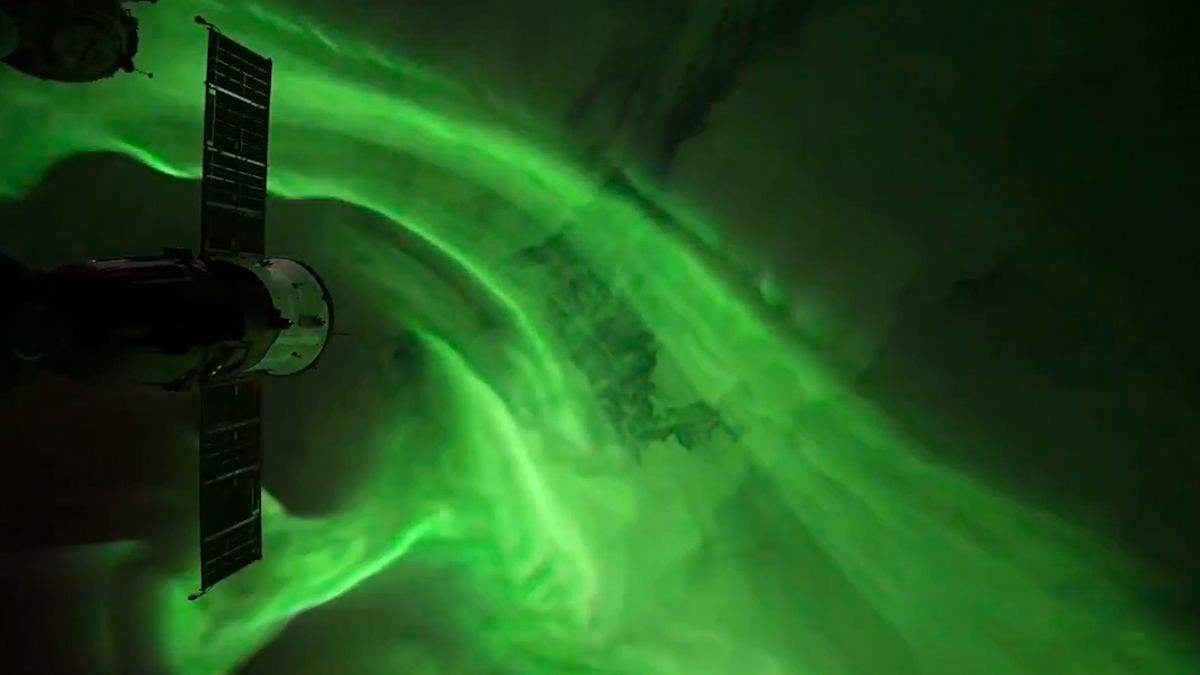


© Don Pettit/NASA
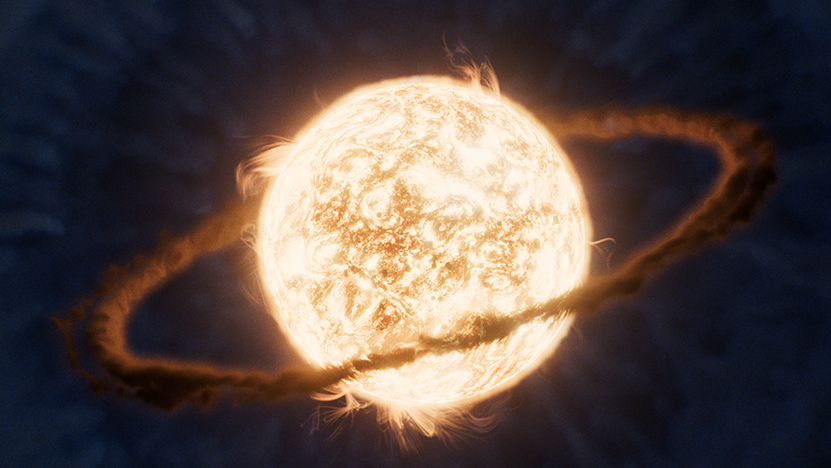


© NASA/ESA/CSA/Ralf Crawford (STScI)
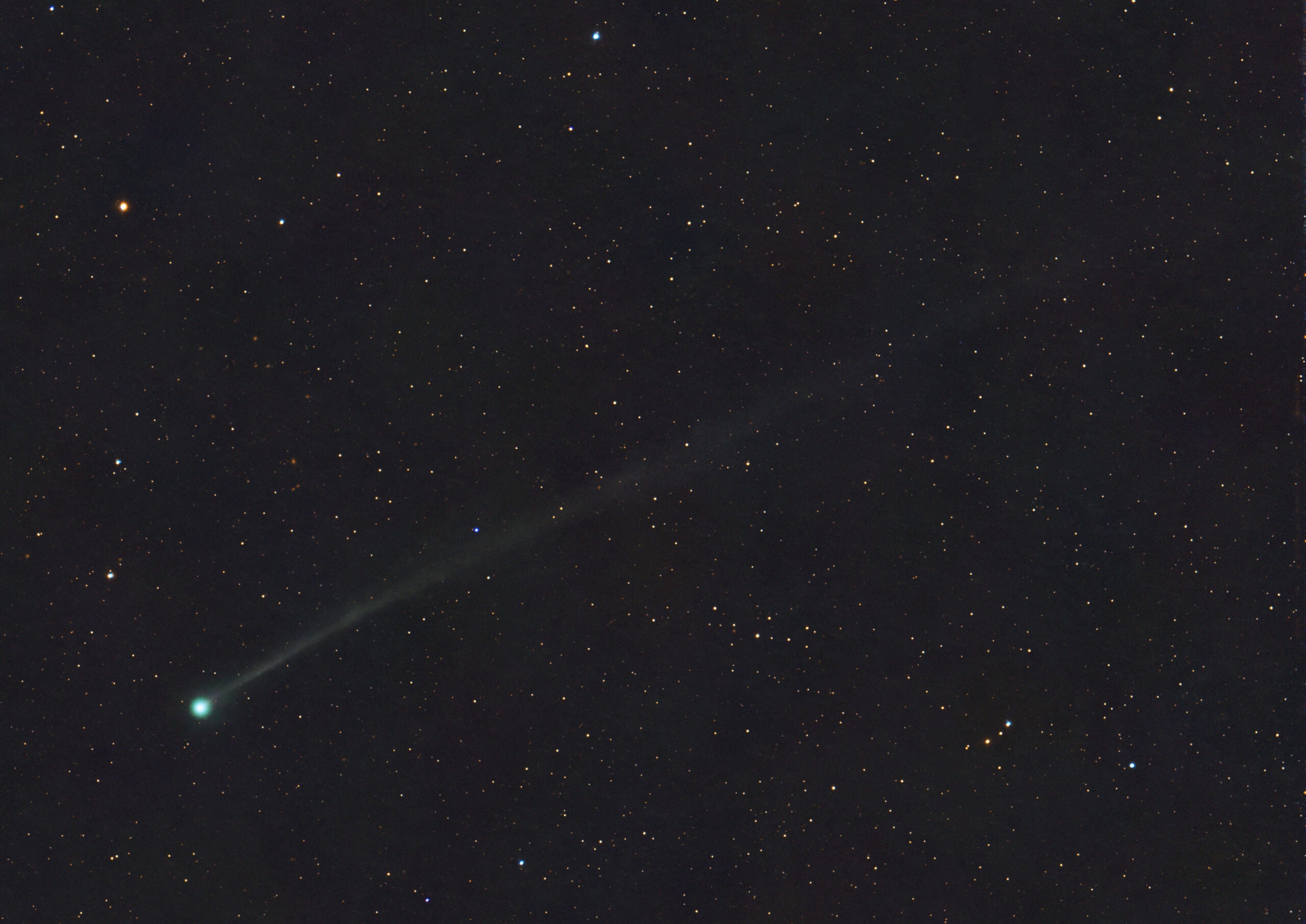
Chris Schur from Payson, Arizona Comet C/2025 F2 (SWAN), discovered March. 29 by amateur astronomers in public imagery taken by the Solar Wind Anisotropies (SWAN) camera on ESA’s Solar and Heliospheric Observer (SOHO) spacecraft, has reached magnitude 7.5. This imager caught the comet on April 8 in the morning sky with an 8-inch RASA scopeContinue reading "A fledgling SWAN"
The post A fledgling SWAN appeared first on Astronomy Magazine.

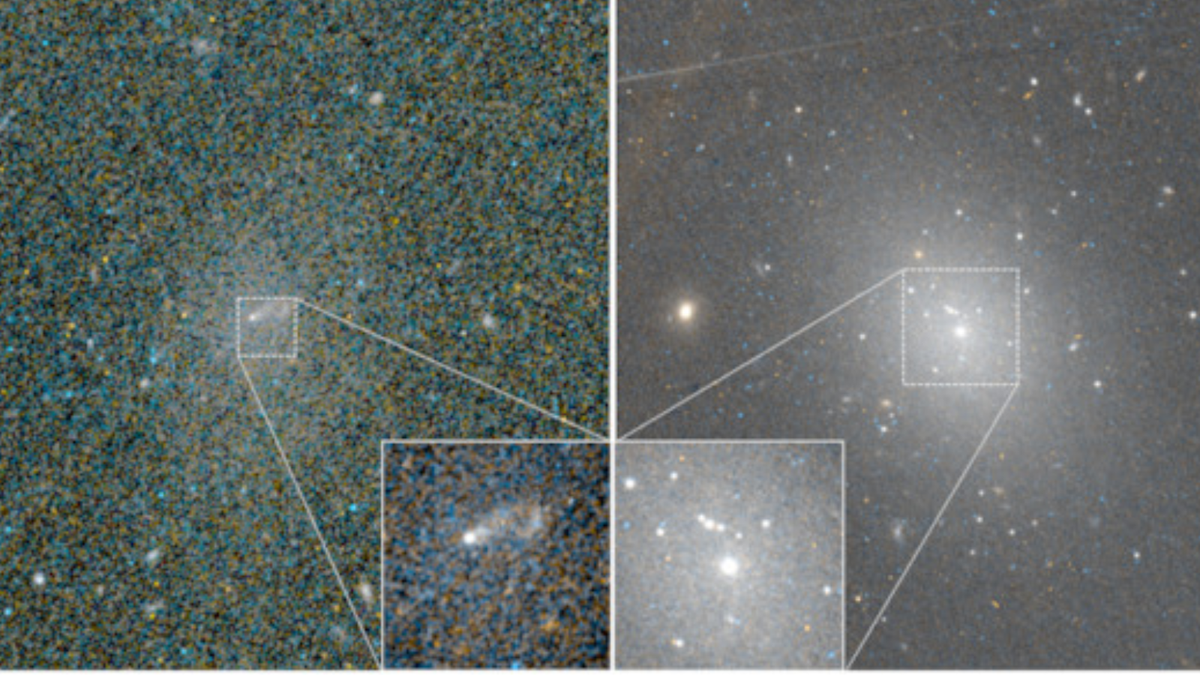


© NASA, ESA, Mélina Poulain, and STScI



© Apple TV+



© NASA


© 20th Century Studios / Hulu
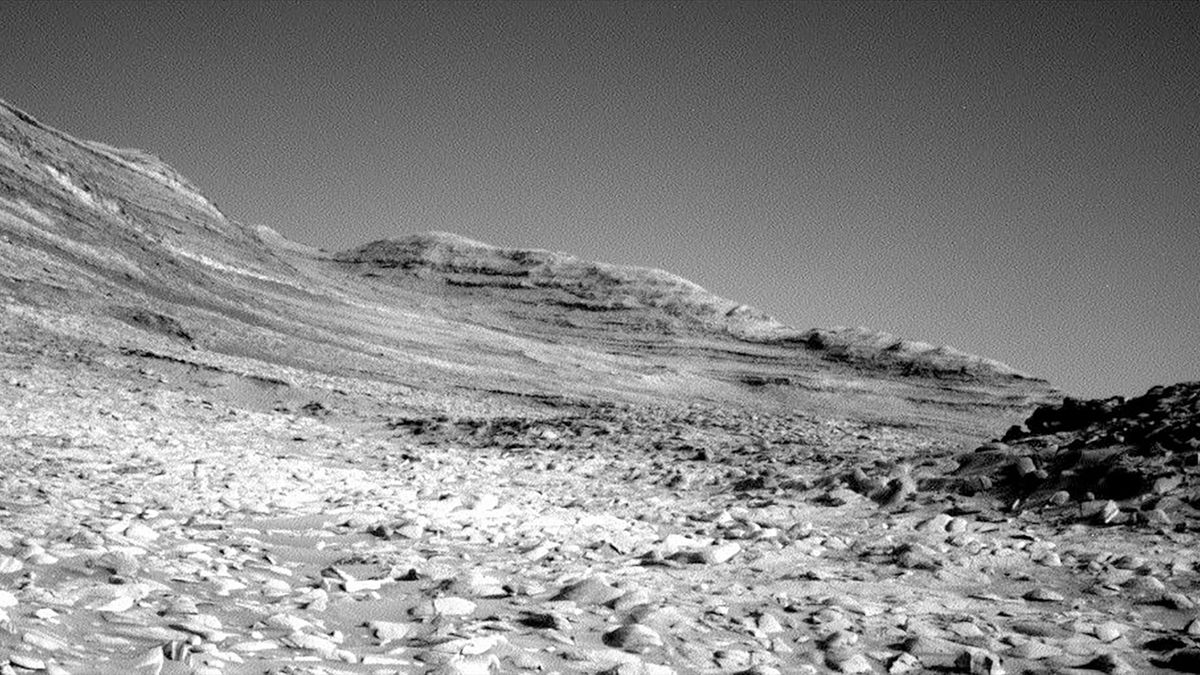


© NASA/JPL-Caltech
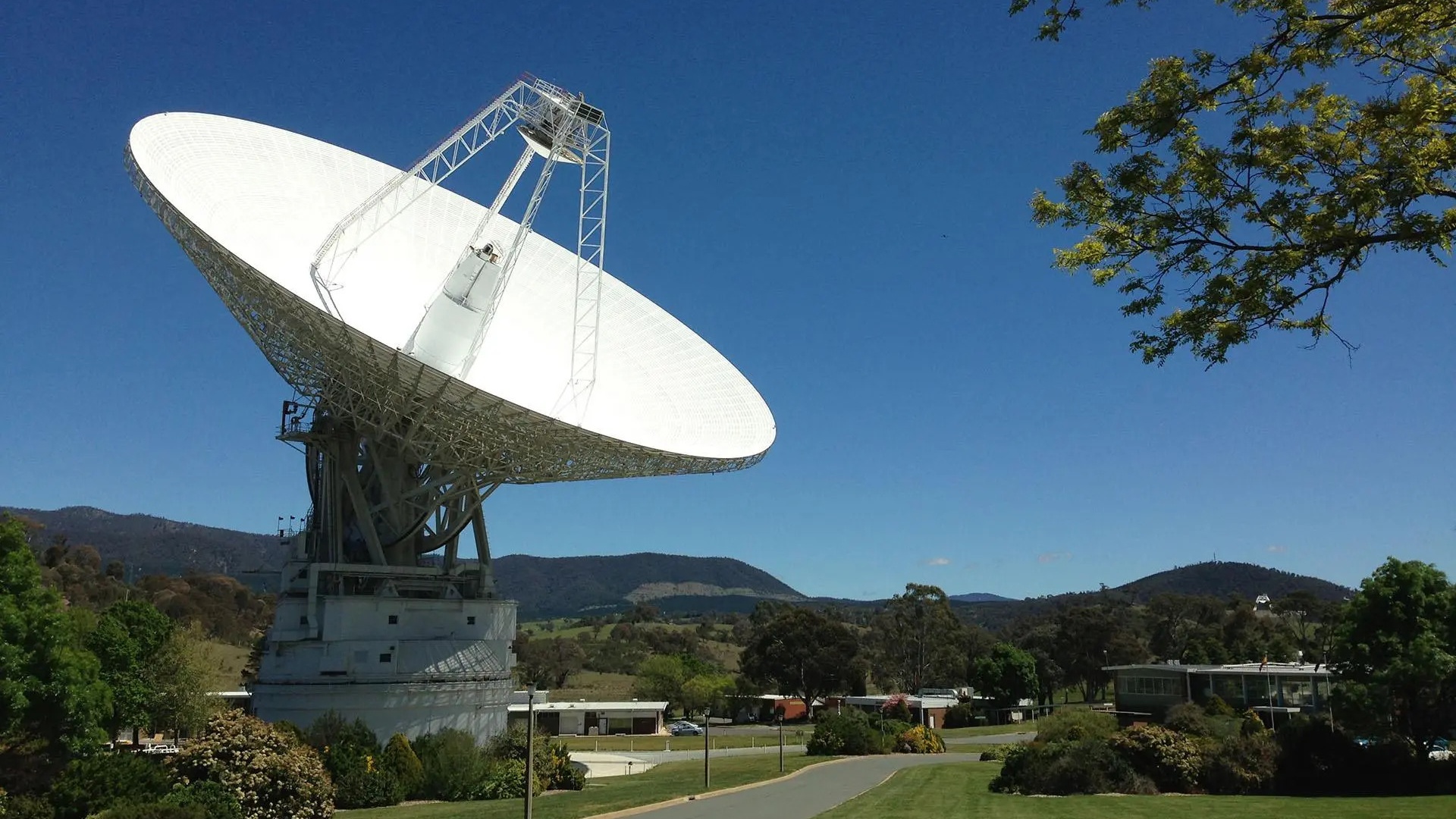

© NASA


© Blue Origin
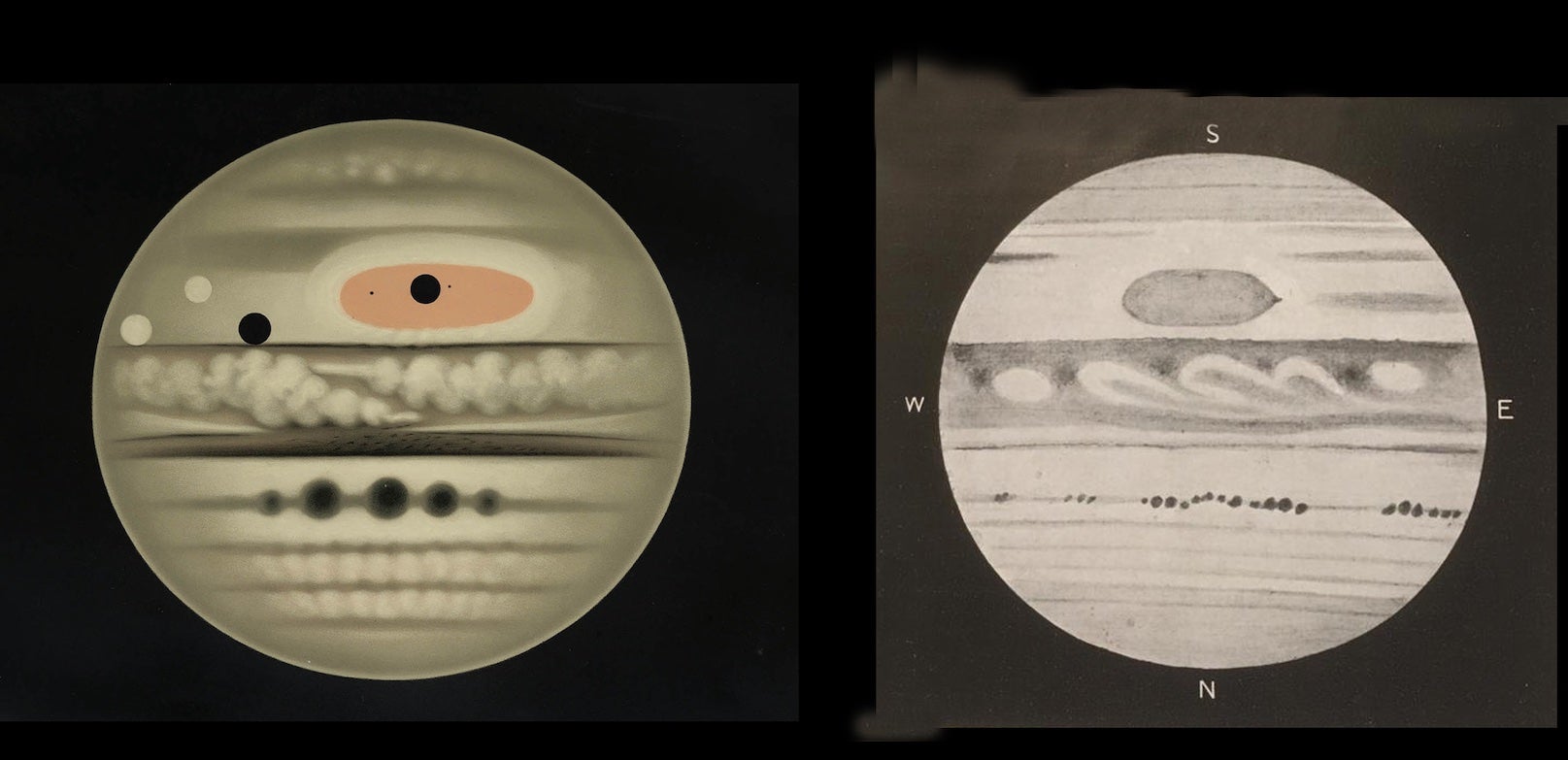
Lucky is the word I’d use for any telescopic observers who got to see one of the most stunning spectacles in nature when Comet Shoemaker-Levy 9 impacted Jupiter in July 1994. The collision left inky scars in the planet’s atmosphere that persisted for months, with the largest welts visible in even the smallest of telescopes.Continue reading "How you can observe impacts on Jupiter"
The post How you can observe impacts on Jupiter appeared first on Astronomy Magazine.




© NASA/Bill Ingalls
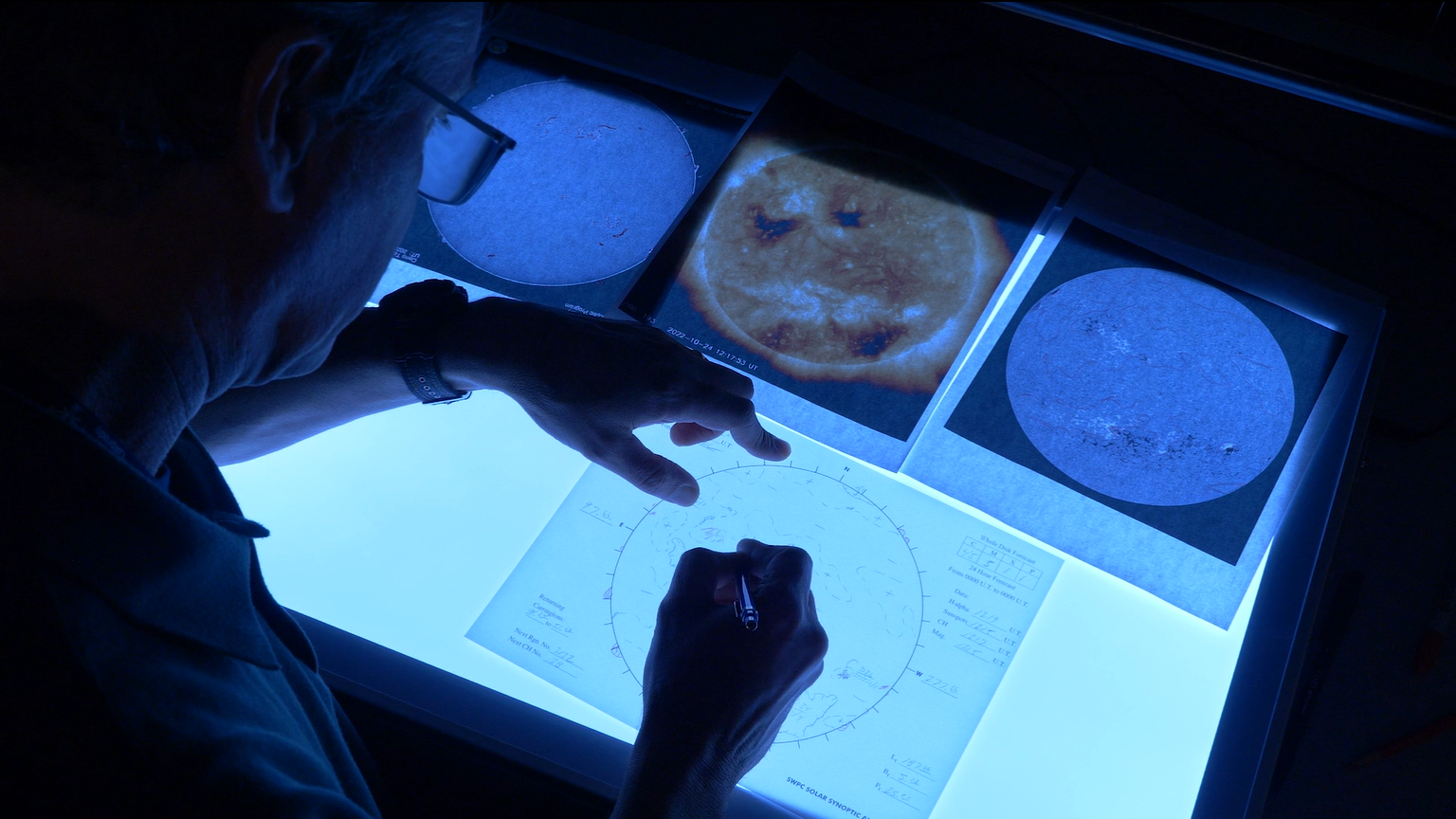

© SWPC
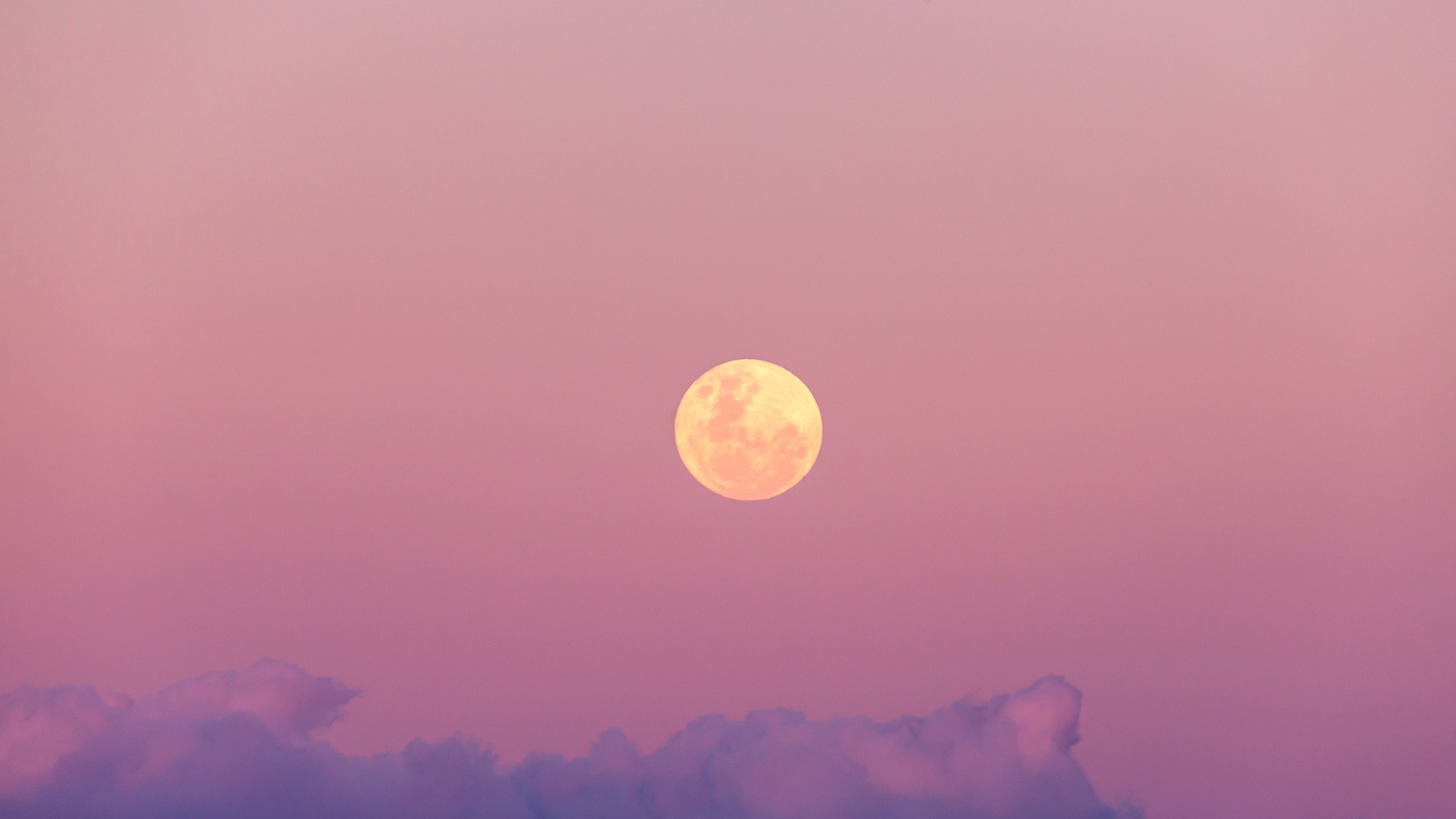

© Vicki Smith via Getty Images
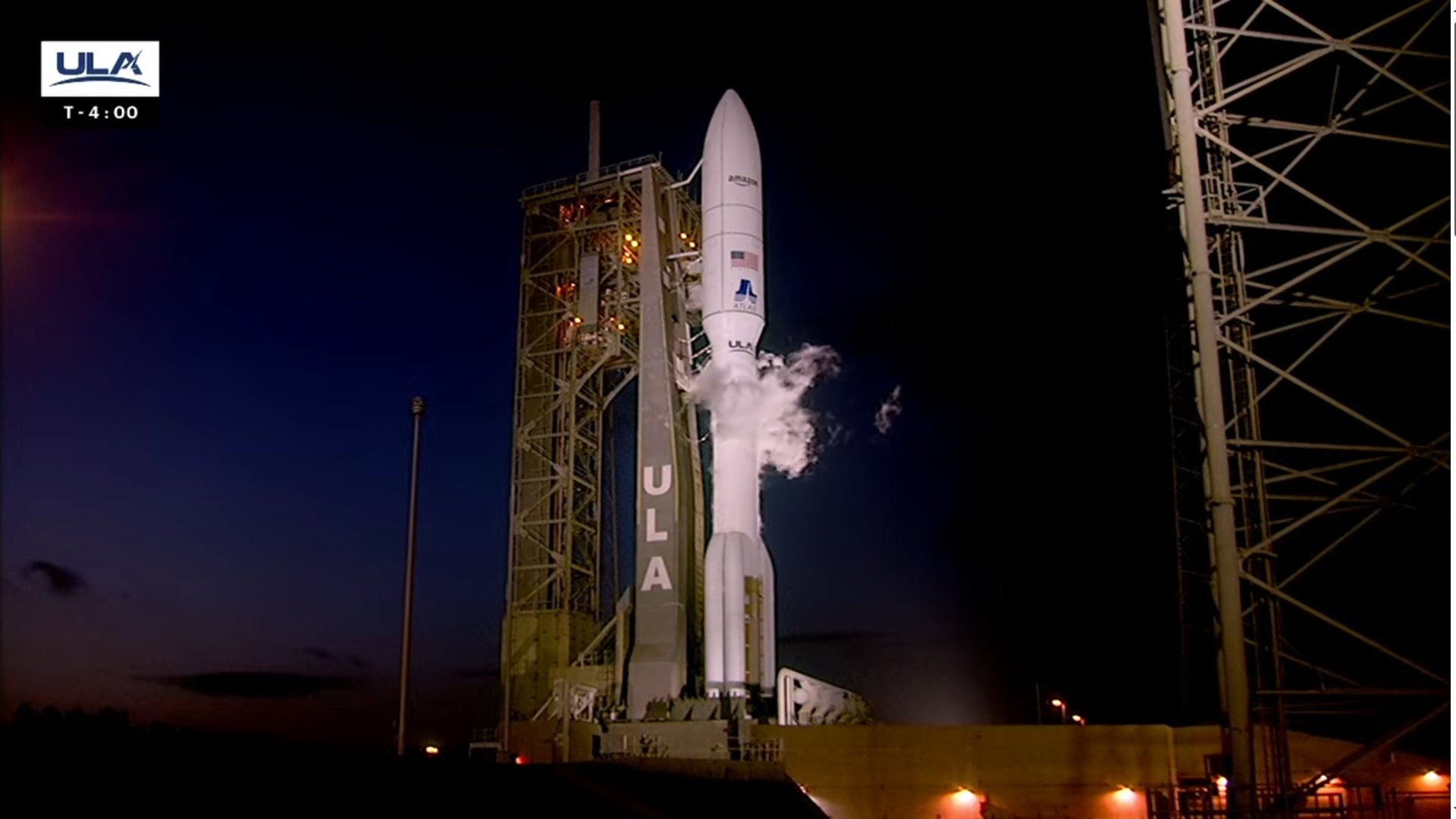

© United Launch Alliance
Author(s): Katherine Wright
A single molecule provides a controllable connection between a normal metal and a superconductor.
[Physics 18, 79] Published Wed Apr 09, 2025
Author(s): Agnese Curatolo
The interplay between microscopic and macroscopic dynamics in a brain-like network enhances the robustness of a state that optimizes the network’s performance.
[Physics 18, s54] Published Wed Apr 09, 2025
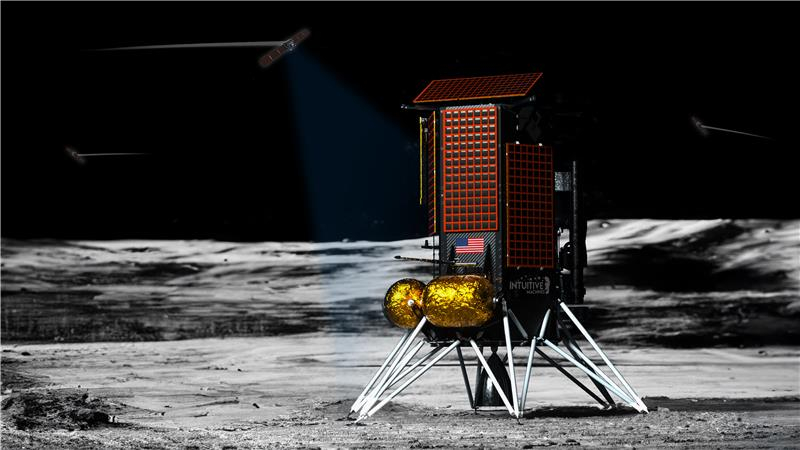

© Intuitive Machines
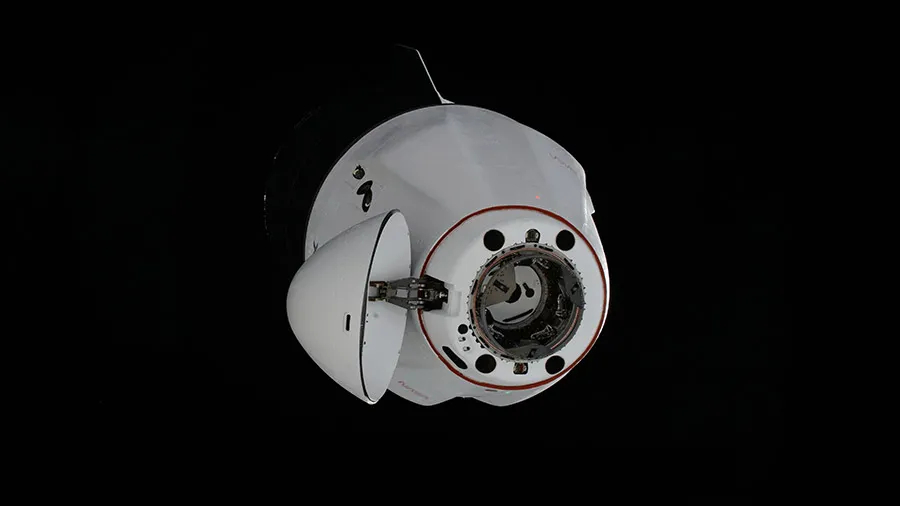

© NASA
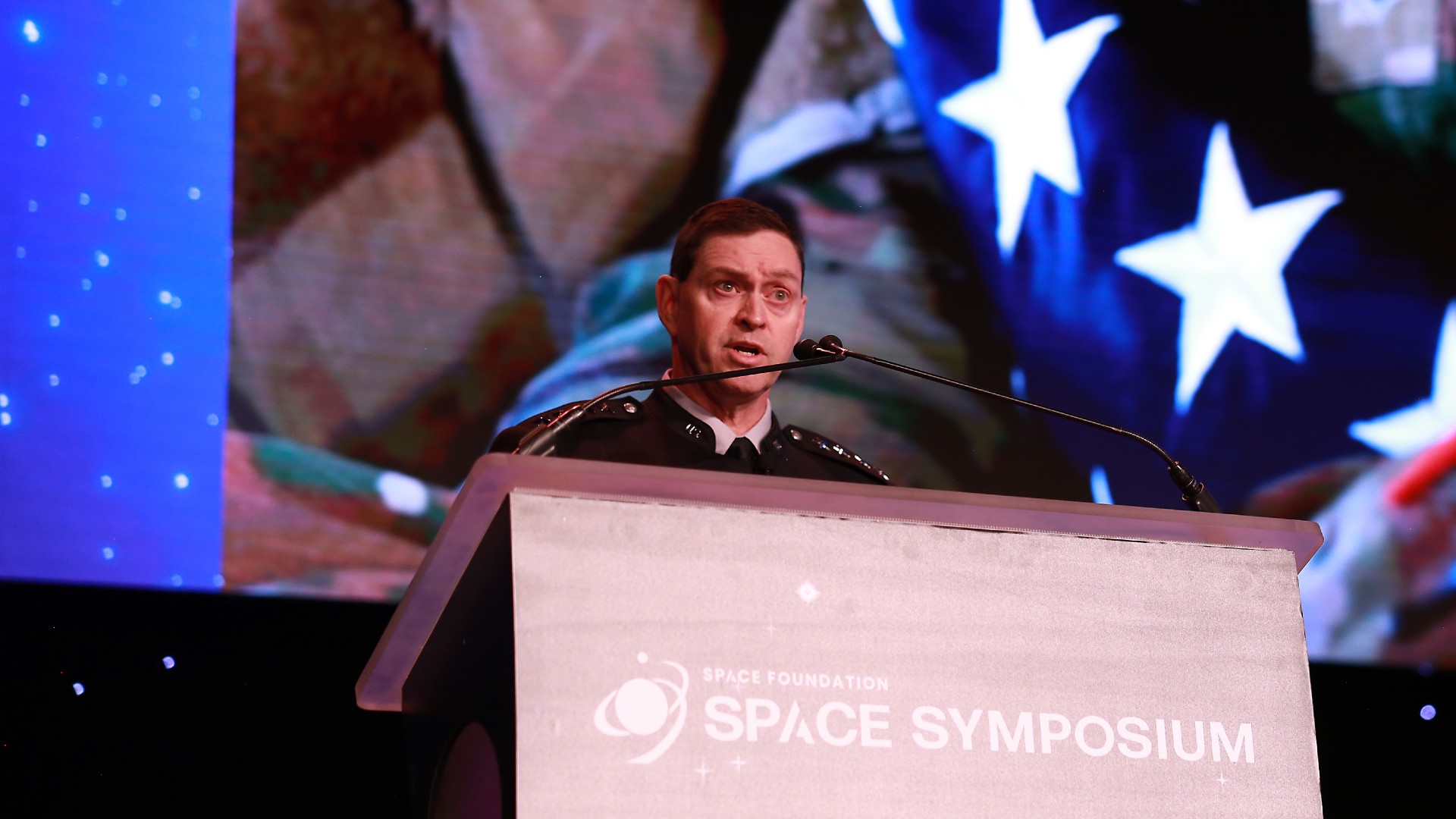

© Space Foundation
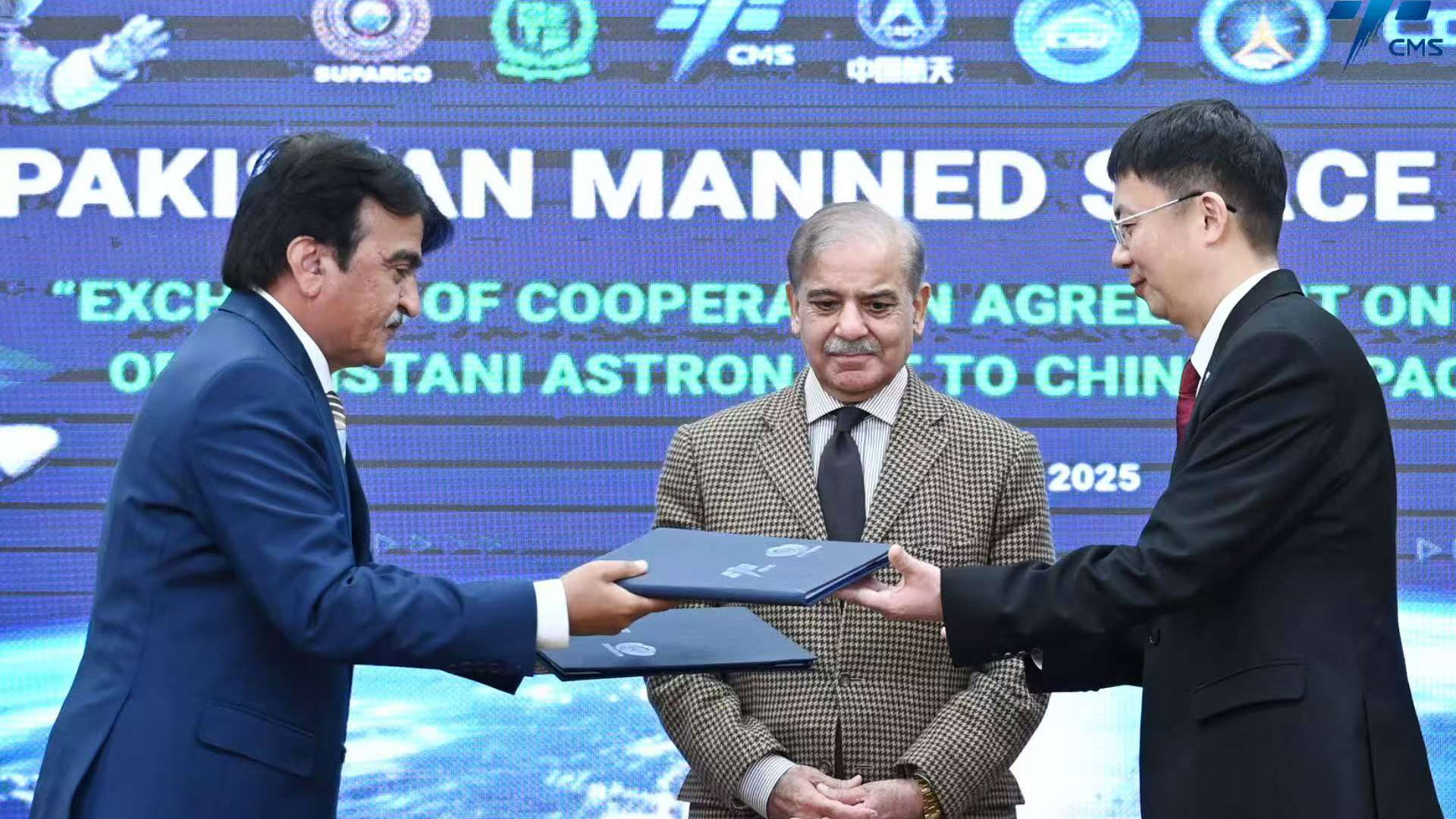

© CMSE


© NASA/Bill Ingalls
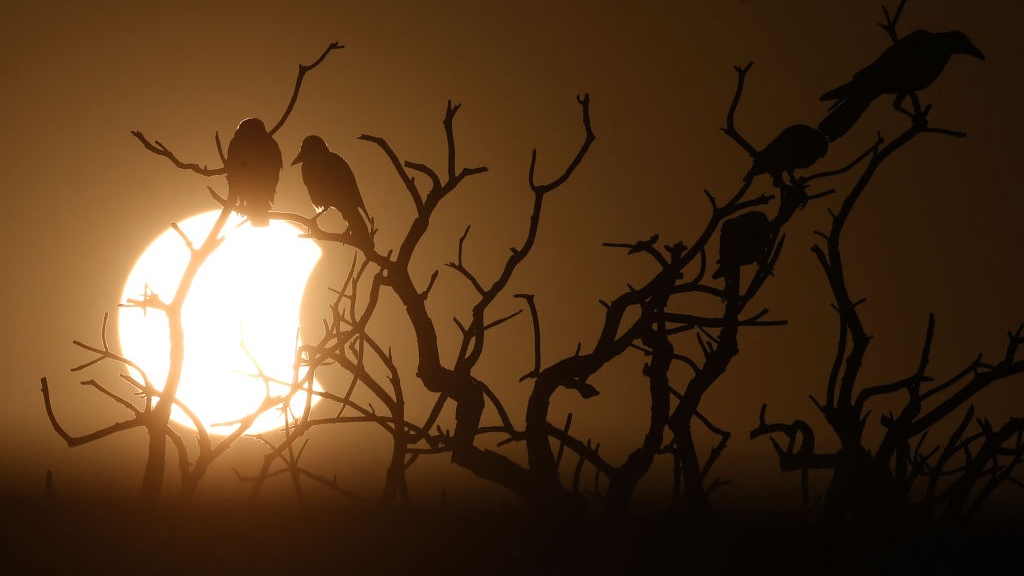

© ARIF ALI/AFP via Getty Images


© Getty Images


© Space.com / Josh Dinner
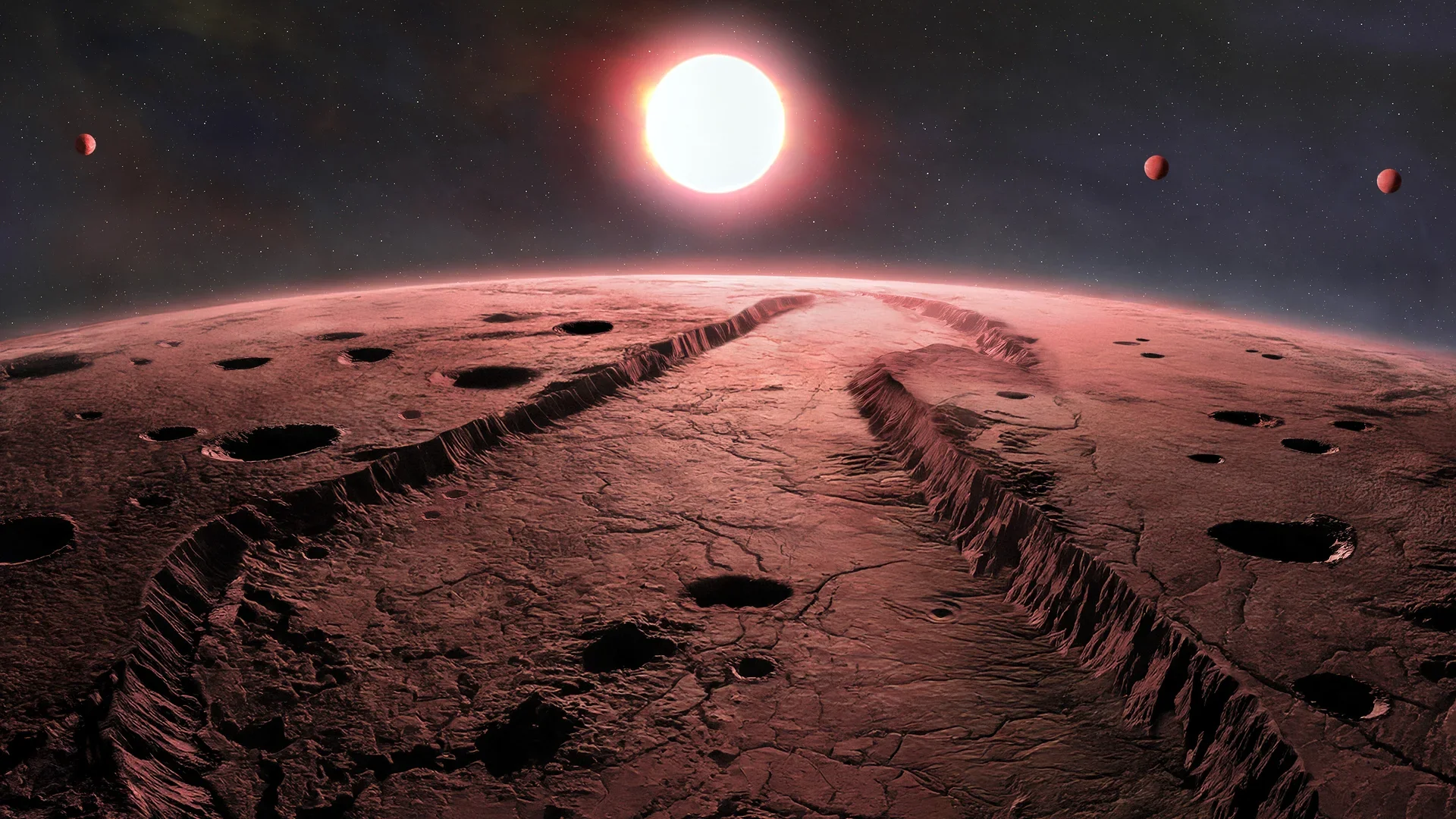
As of 2025, astronomers have identified at least 14 stars within 10 light-years of the Sun. After the Alpha Centauri system, the next closest is Barnard’s Star, a solo red dwarf roughly 6 light-years away. And thanks to new observations, we now know that Barnard’s Star is orbited by four small, rocky exoplanets. But it’sContinue reading "Three new planets found around Barnard’s Star"
The post Three new planets found around Barnard’s Star appeared first on Astronomy Magazine.



© Space Foundation
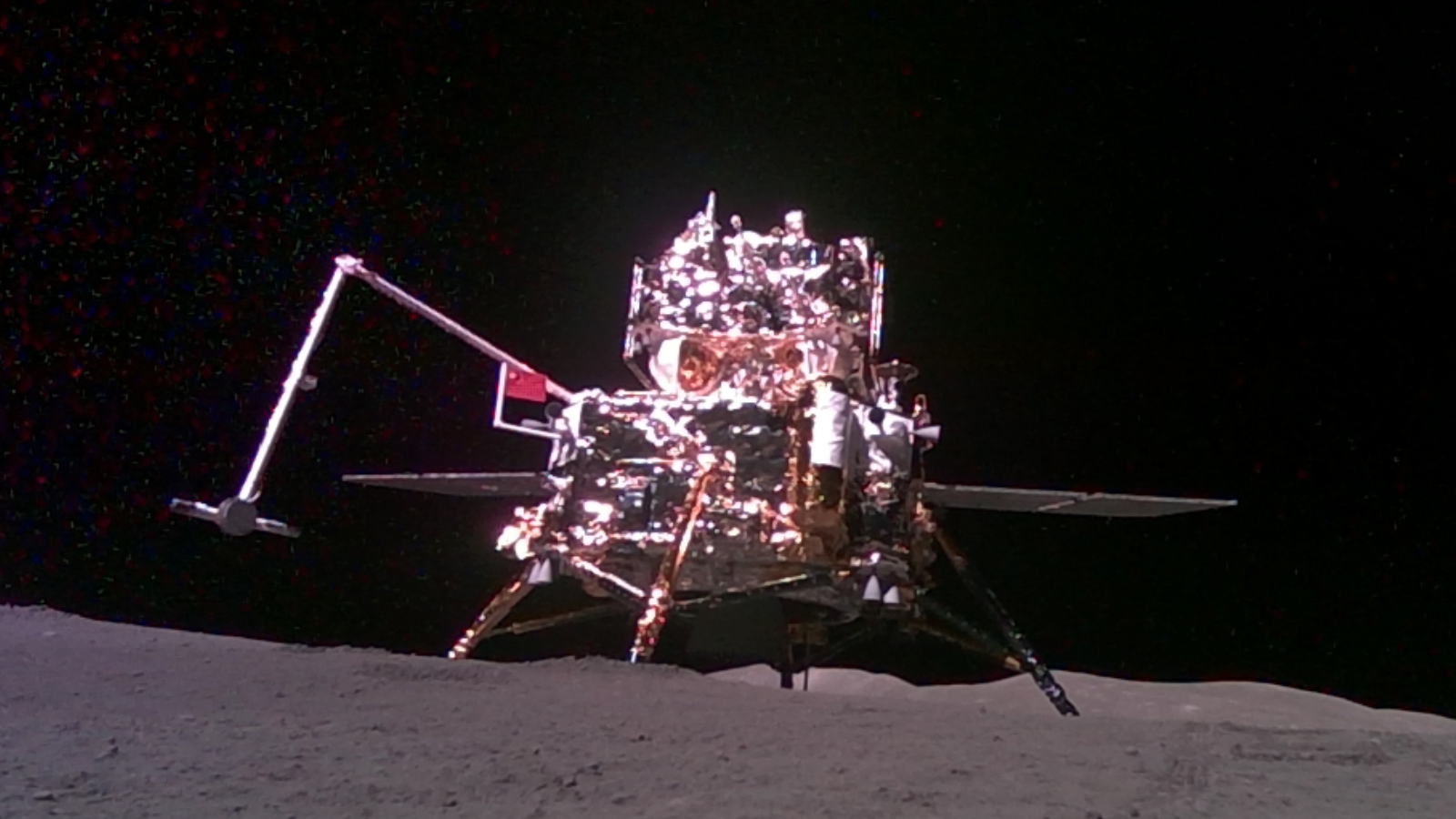

© CNSA
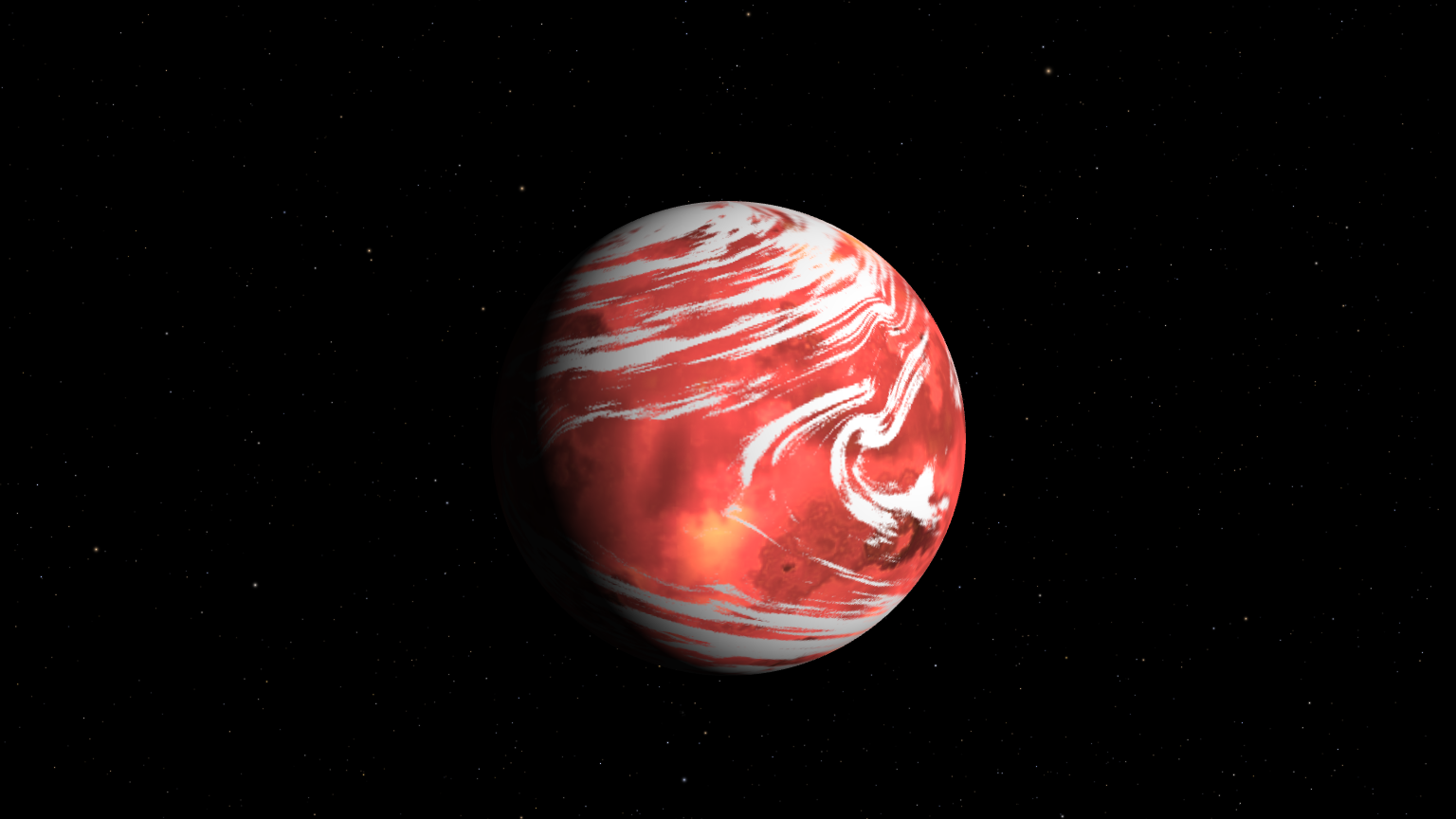

© NASA


© Nikon, Future


© 20th Century Studios
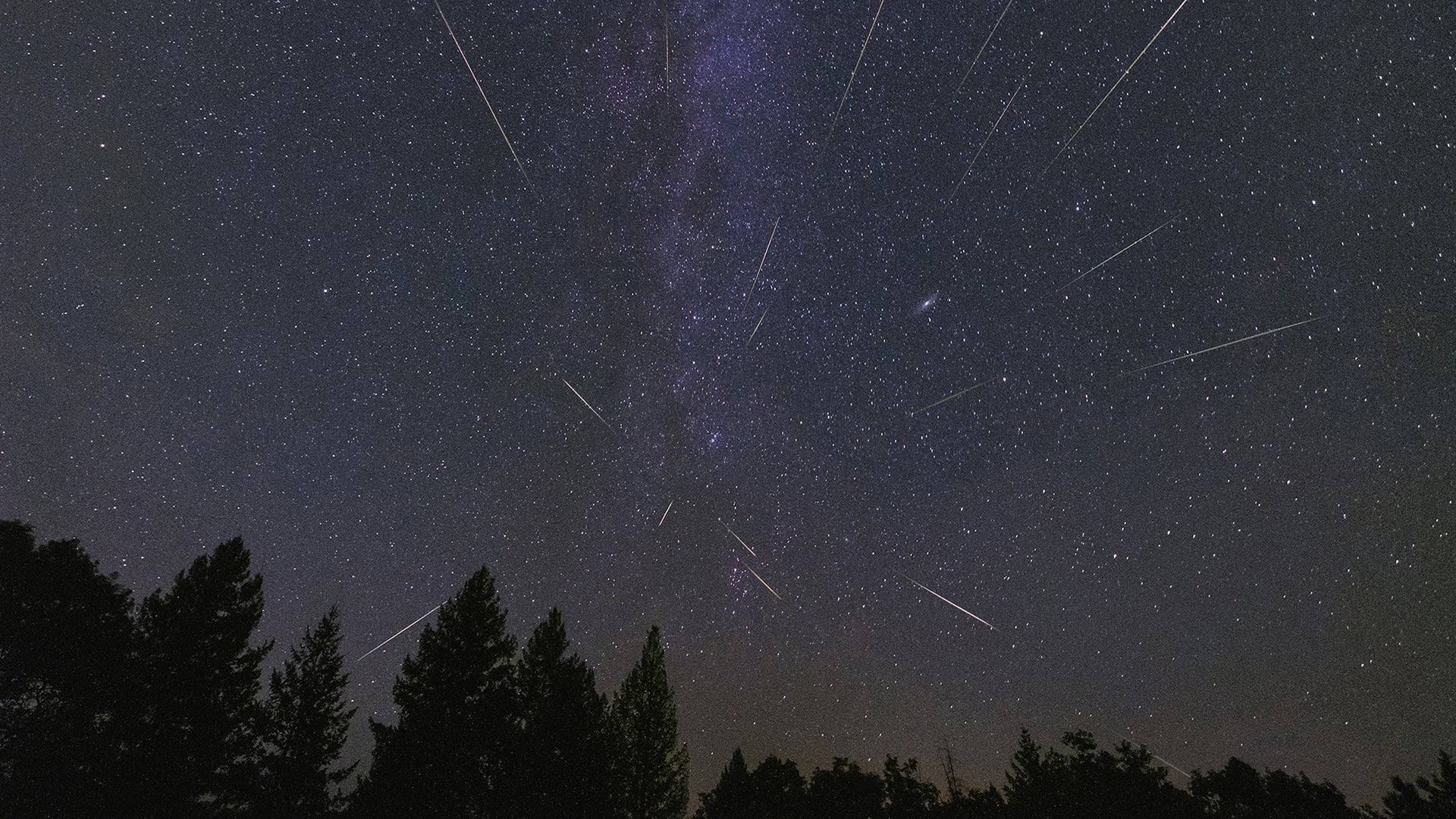
In this episode, Astronomy magazine Editor Dave Eicher invites you to head out and view the first major meteor shower of the spring, the Lyrids. Because more than one meteor shower originates from the constellation Lyra, these are the April Lyrids. This shower is visible from April 15 to April 29, with the peak coming on AprilContinue reading "This Week in Astronomy with Dave Eicher: The April Lyrid Meteor Shower"
The post This Week in Astronomy with Dave Eicher: The April Lyrid Meteor Shower appeared first on Astronomy Magazine.



© Future/Brett Tingley
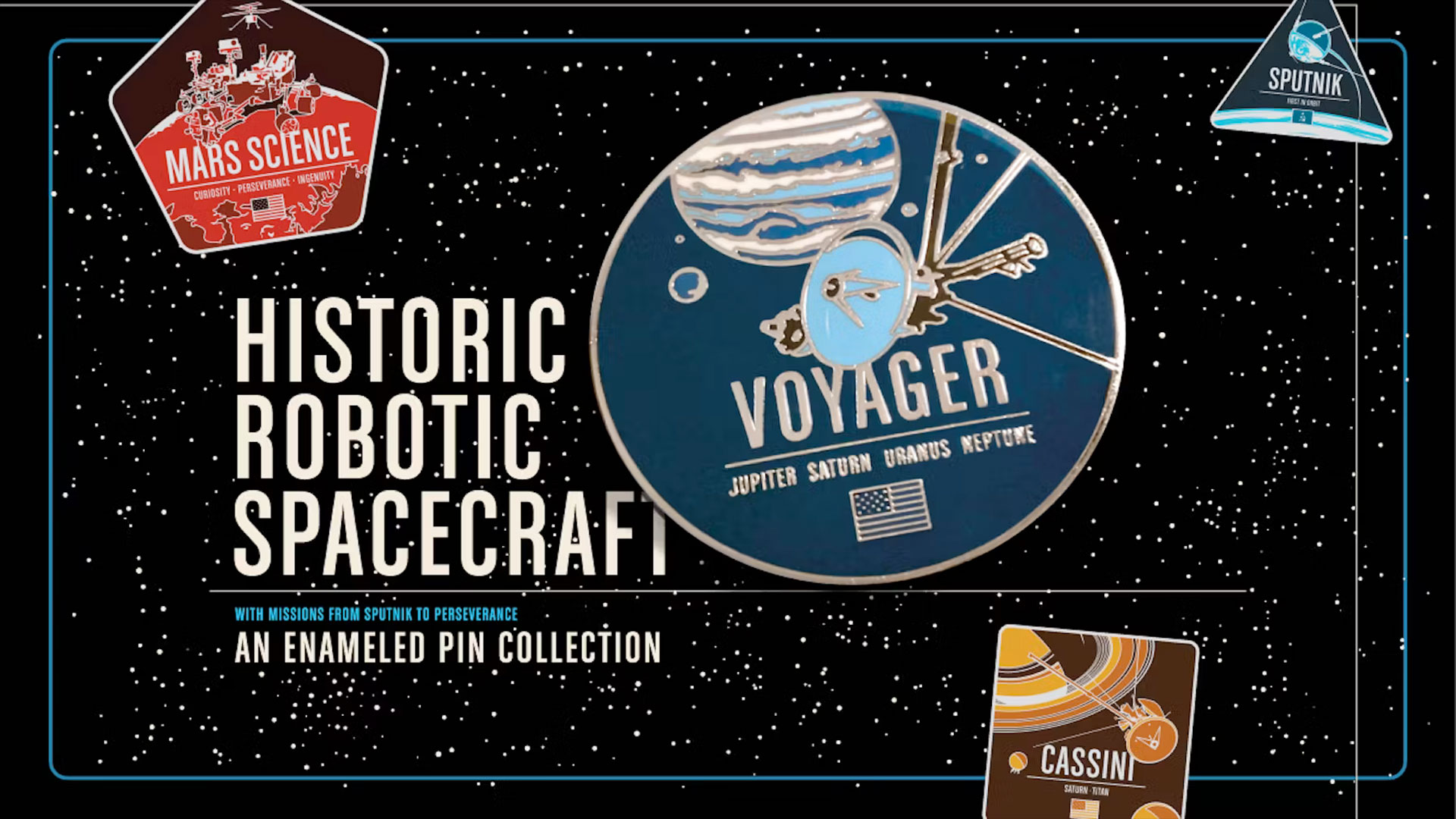

© Chop Shop


© T. Pyle (IPAC)/NASA/JPL-Caltech
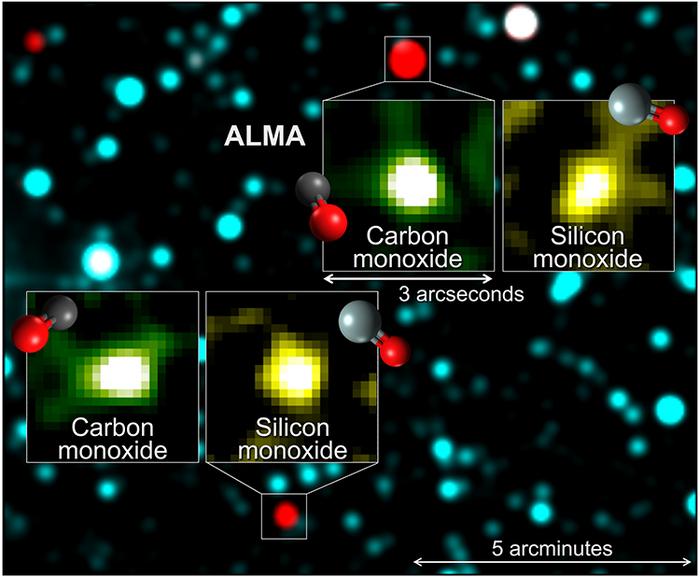
In the century or so since Edwin Hubble discovered that the Milky Way is just one of countless galaxies in the universe, our understanding of our home galaxy has grown in leaps and bounds. But as recent research into a new type of cosmic object shows, there’s still plenty left to learn. Astronomers found twoContinue reading "Mystery ‘interstellar icy objects’ are carrying the seeds of life"
The post Mystery ‘interstellar icy objects’ are carrying the seeds of life appeared first on Astronomy Magazine.

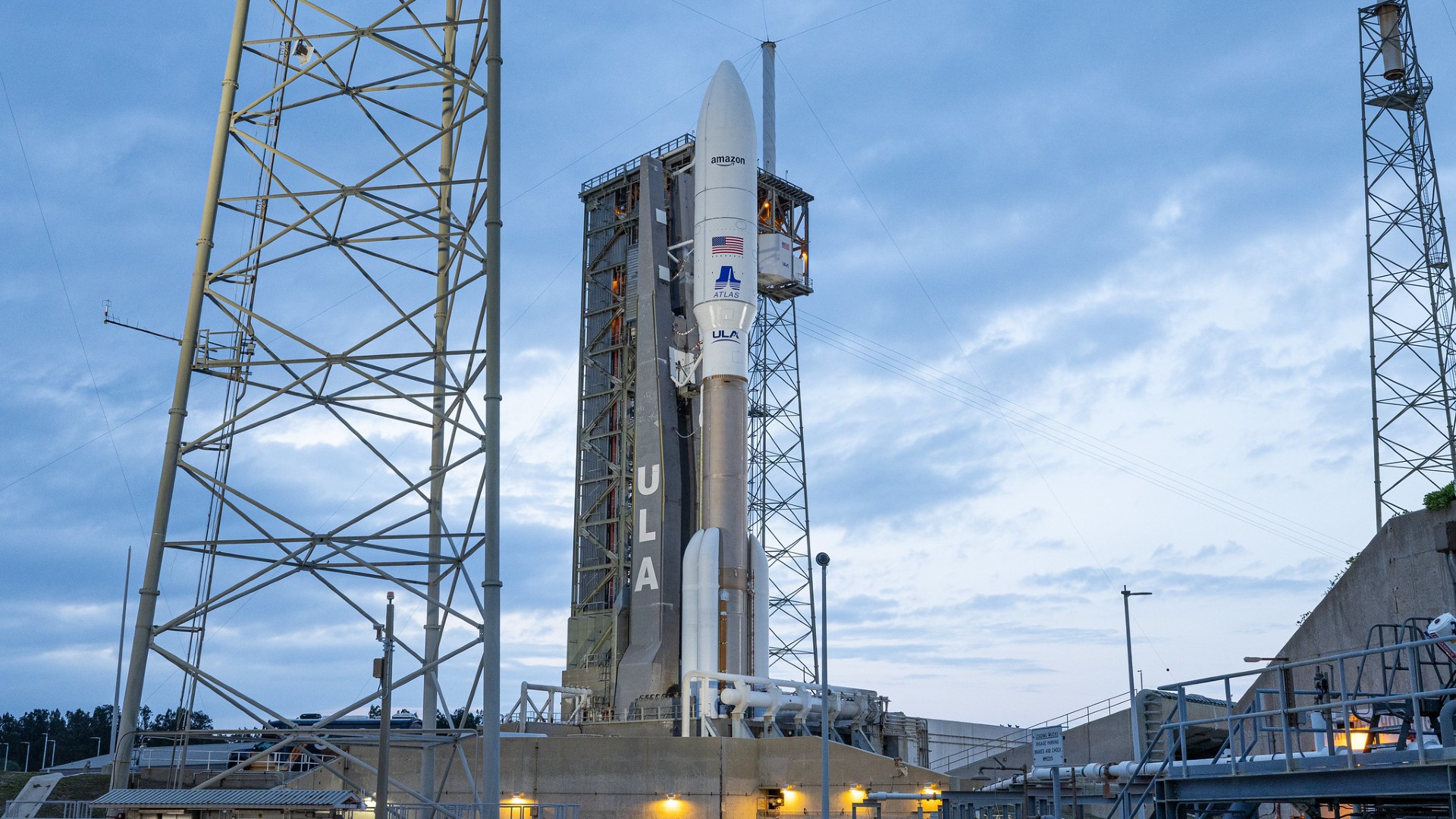

© United Launch Alliance
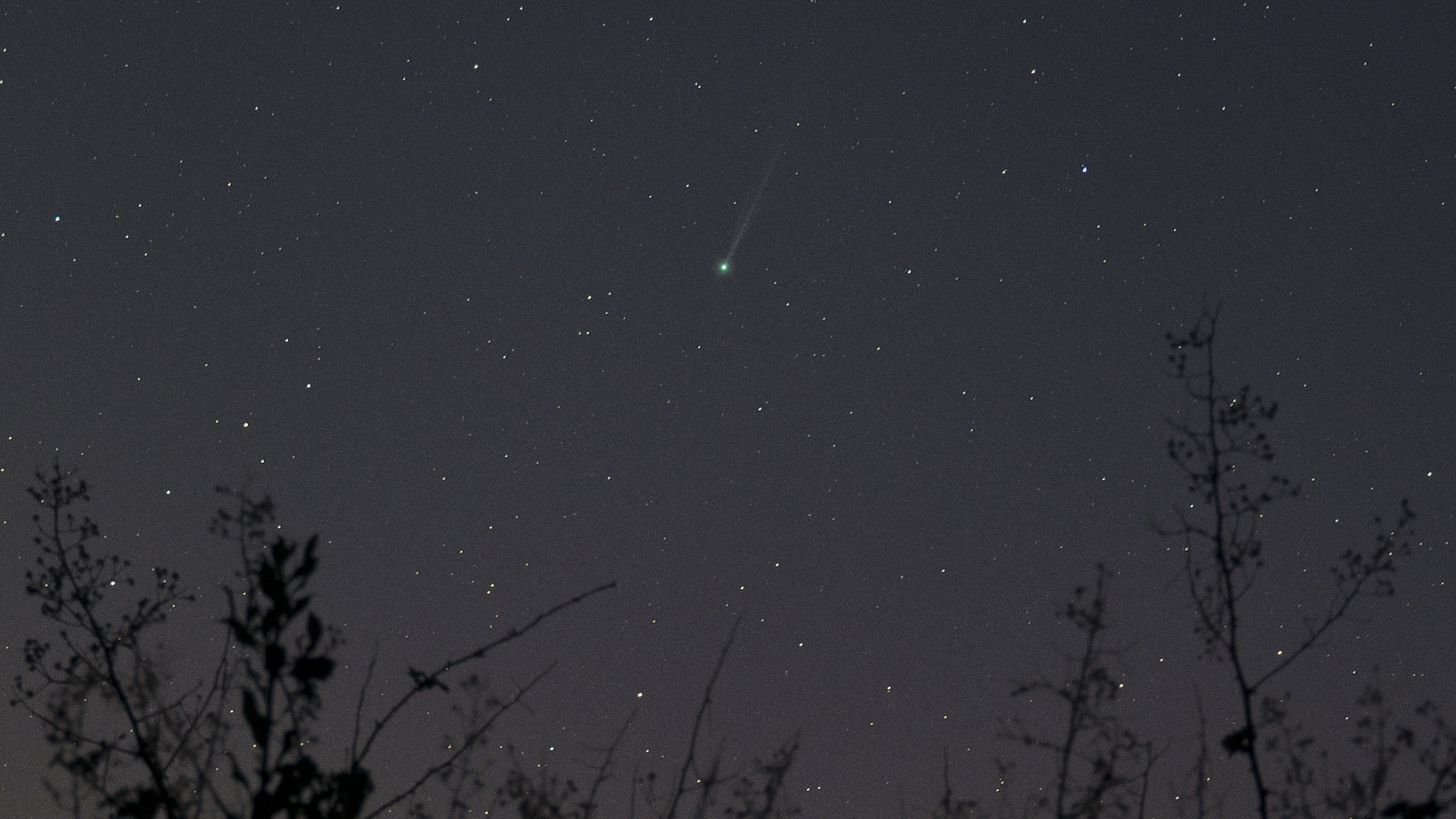

© Josh Dury
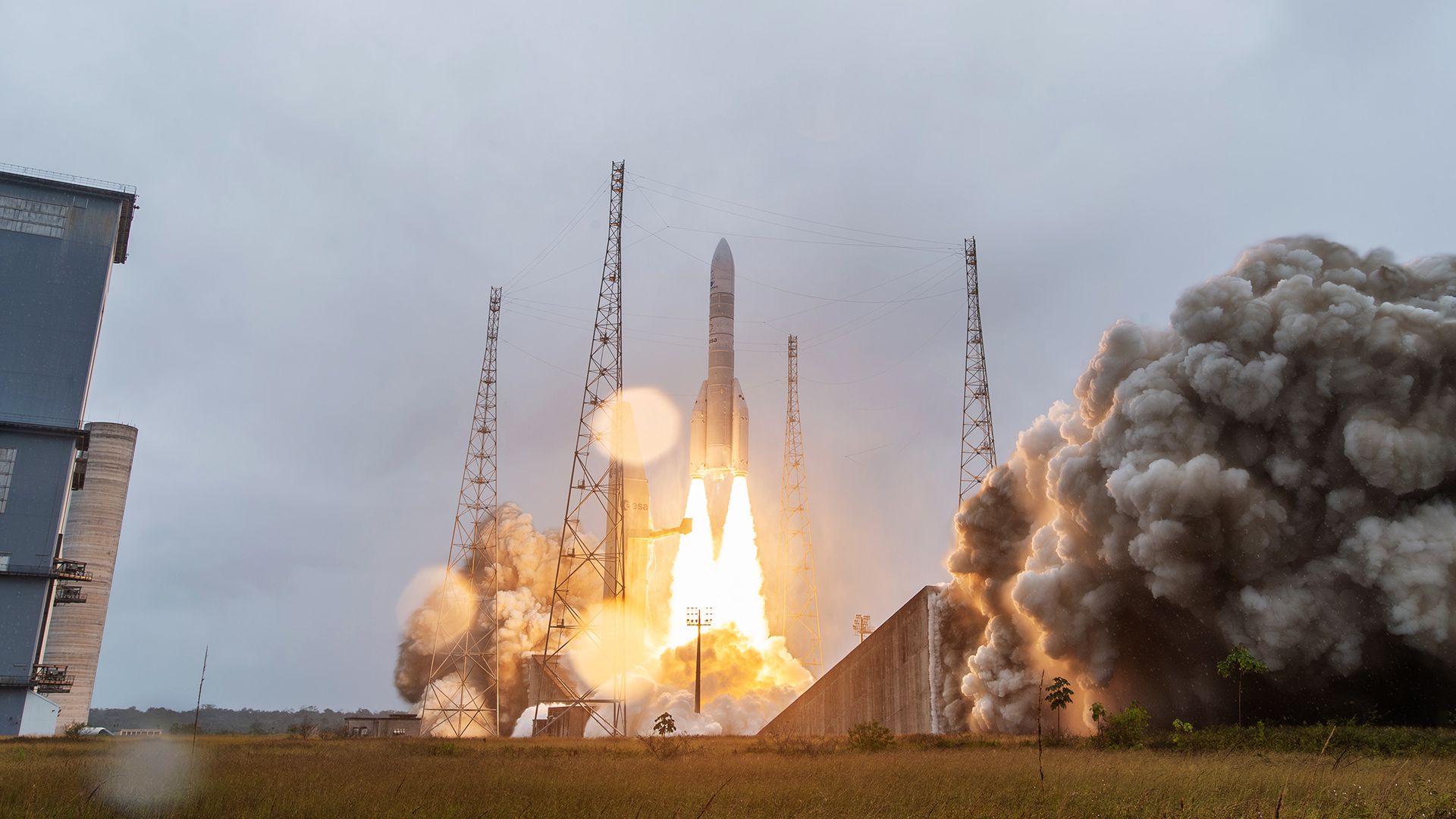

© Arianespace
Author(s): Katherine Wright
Researchers are developing highly reflective thin films that could be installed on small light-propelled spacecraft.
[Physics 18, 77] Published Tue Apr 08, 2025
Author(s): Ryan Wilkinson
Arranging nonmagnetic atoms on the surface of an unconventional superconductor could induce a novel phenomenon called altermagnetic superconductivity.
[Physics 18, s42] Published Tue Apr 08, 2025
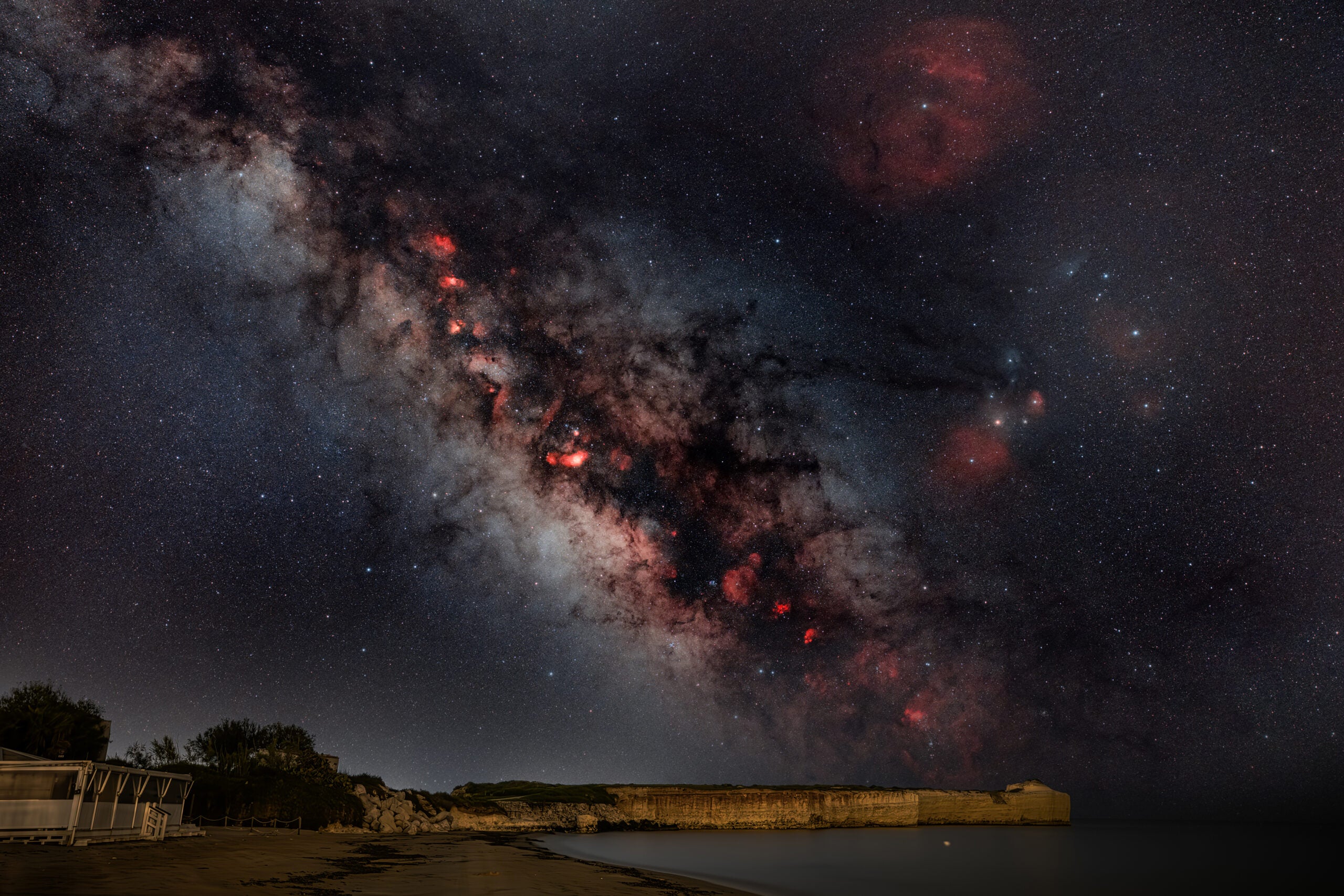
Gianni Tumino from Ragusa, Italy Evening views of the Milky Way’s central regions return to the Northern Hemisphere, as seen in this shot taken from Punta Castellazzo on the island of Sicily, Italy. To image the sky, the imager used a Canon EOS Ra and 28mm lens at f/3.2 with a dual-band filter to captureContinue reading "The summer Milky Way returns"
The post The summer Milky Way returns appeared first on Astronomy Magazine.

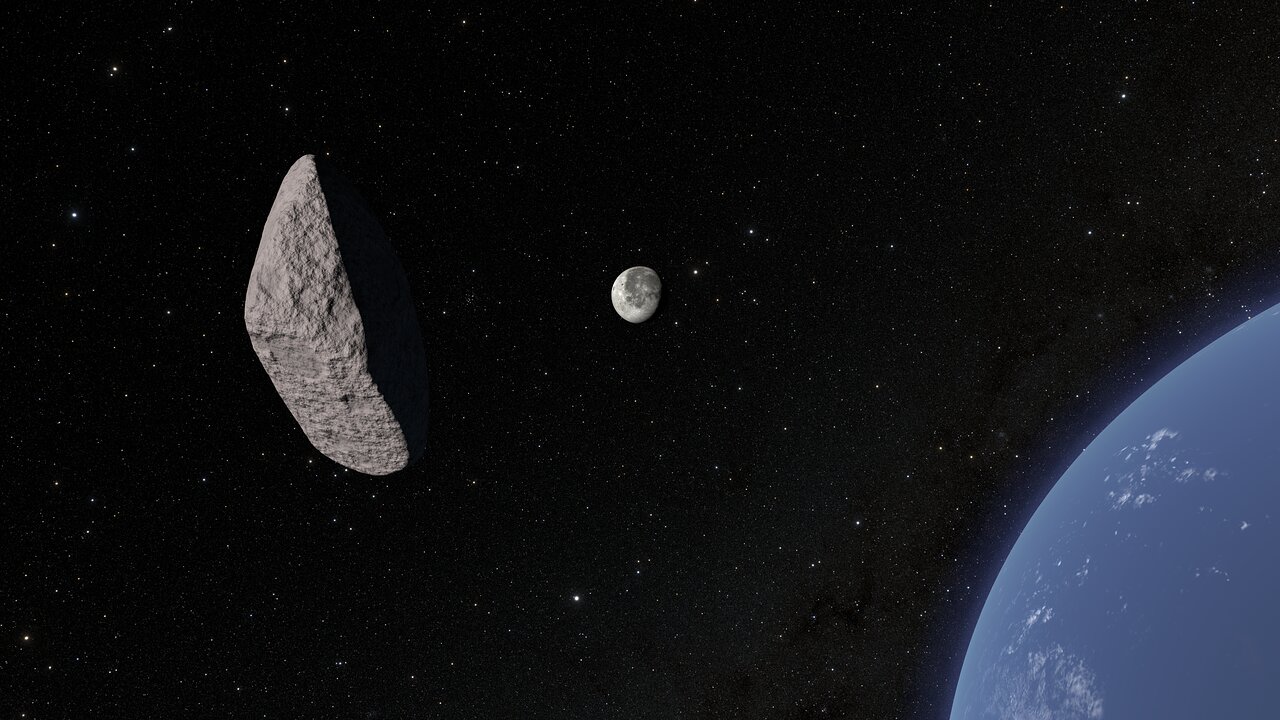

© NOIRLab/NSF/AURA/R. Proctor
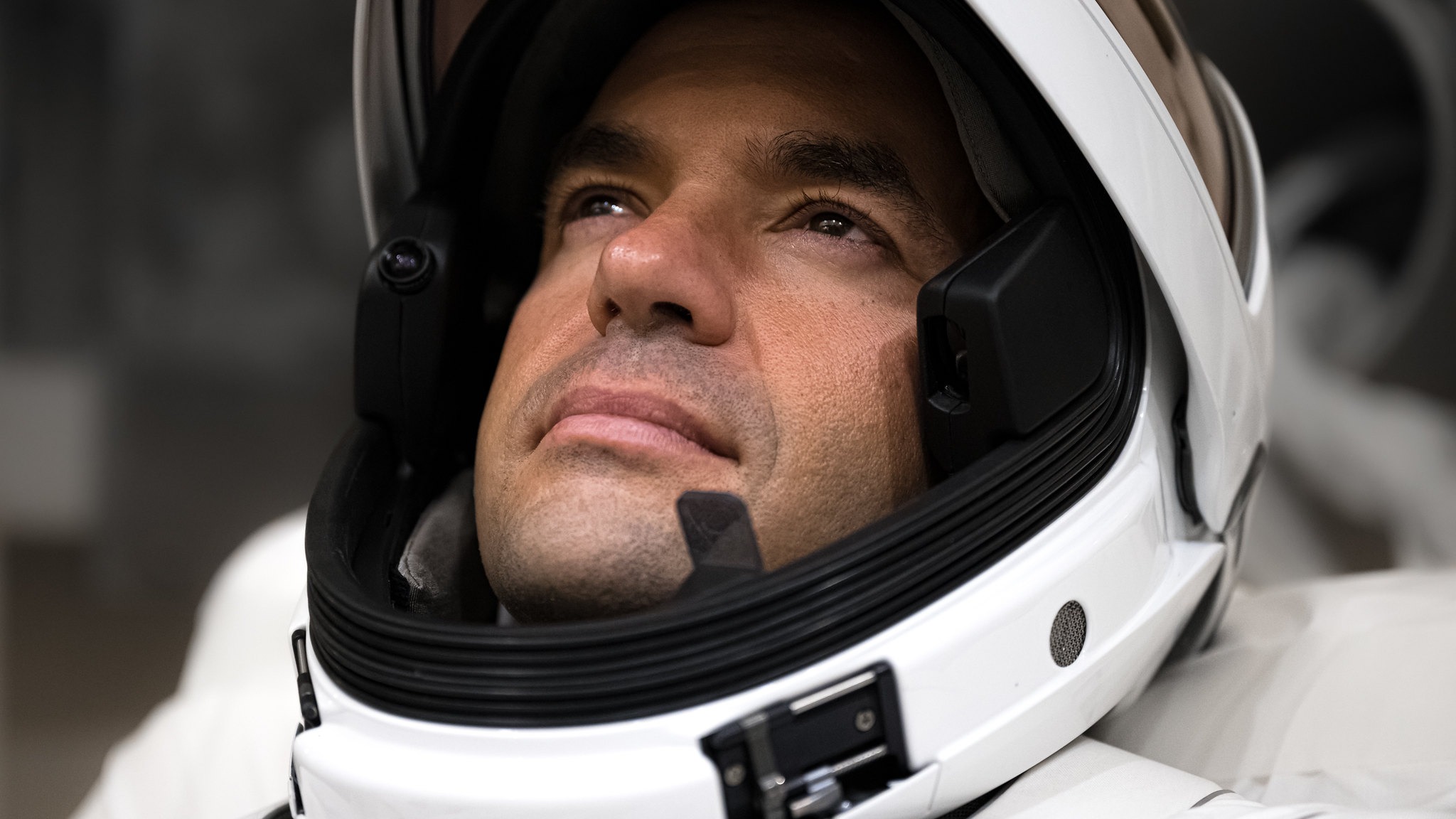

© Polaris Program / John Kraus


© Robert Lea (created with Canva)


© Space Foundation
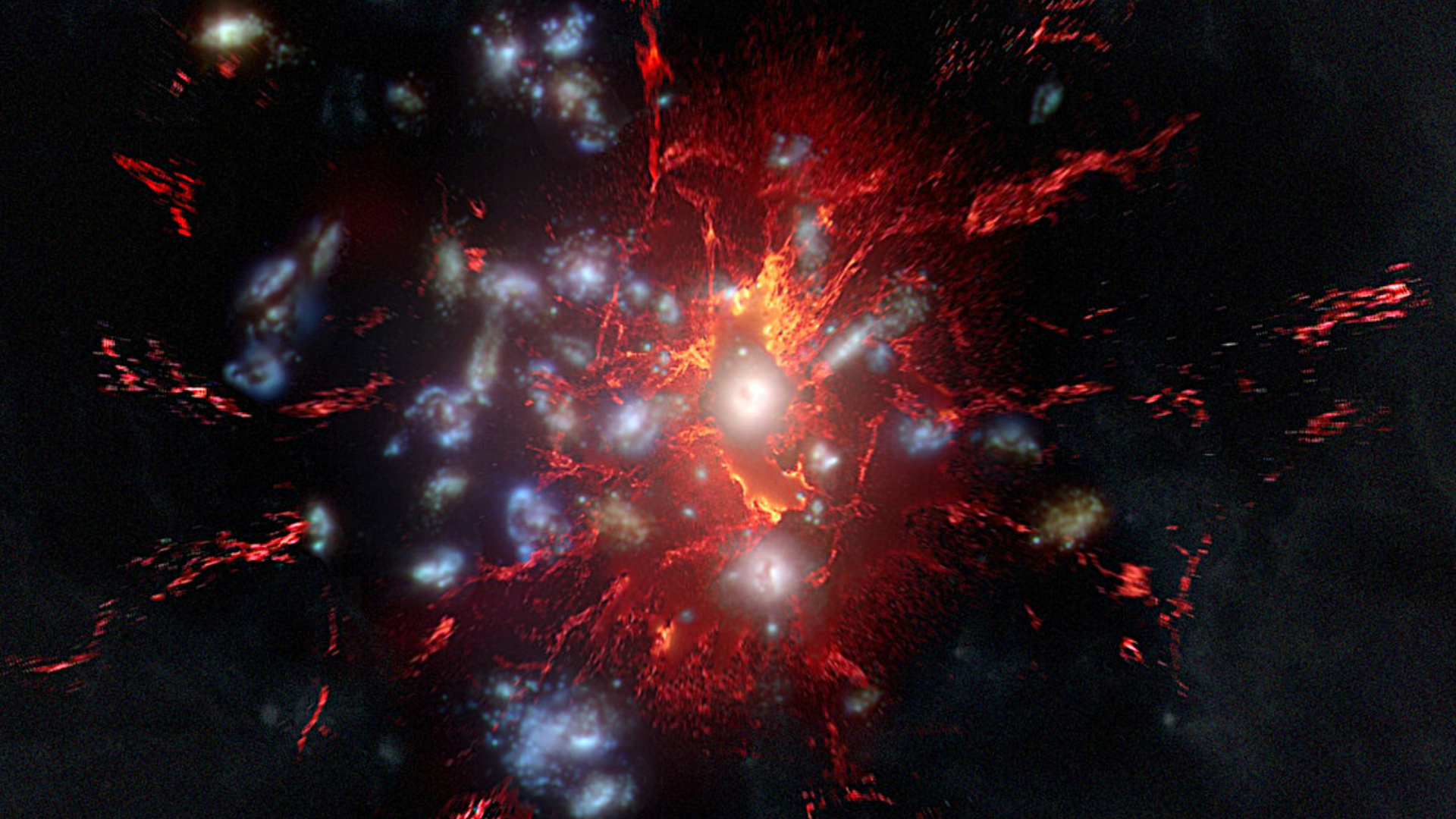

© MPIfR/N.Sulzenauer


© Space Foundation
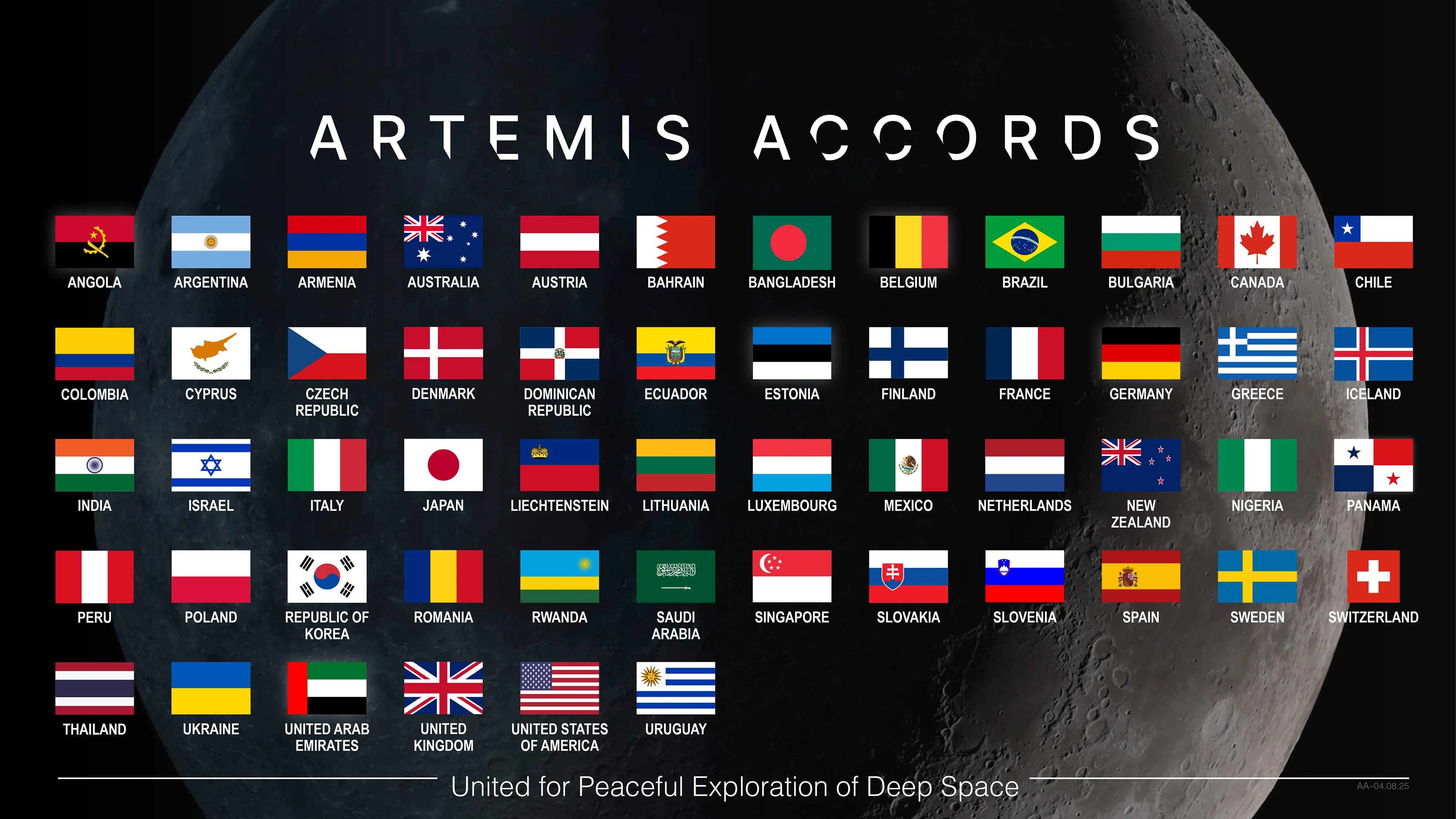

© NASA


© NASA/Joel Kowsky
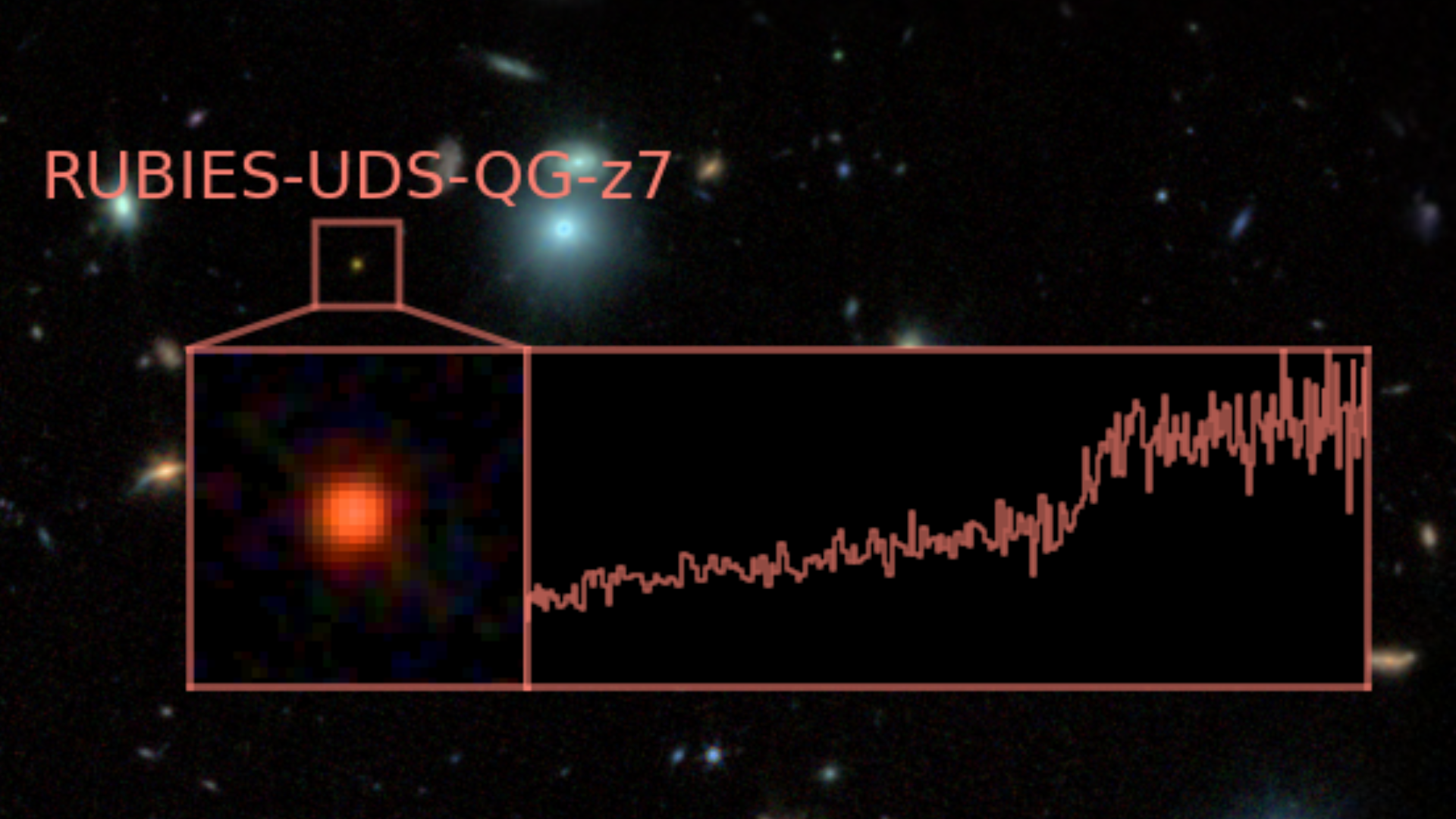

© NASA/CSA/ESA, A. Weibel, P. A. Oesch (University of Geneva), RUBIES team: A. de Graaff (MPIA Heidelberg), G. Brammer (Niels Bohr Institute), DAWN JWST Archive


© Disney
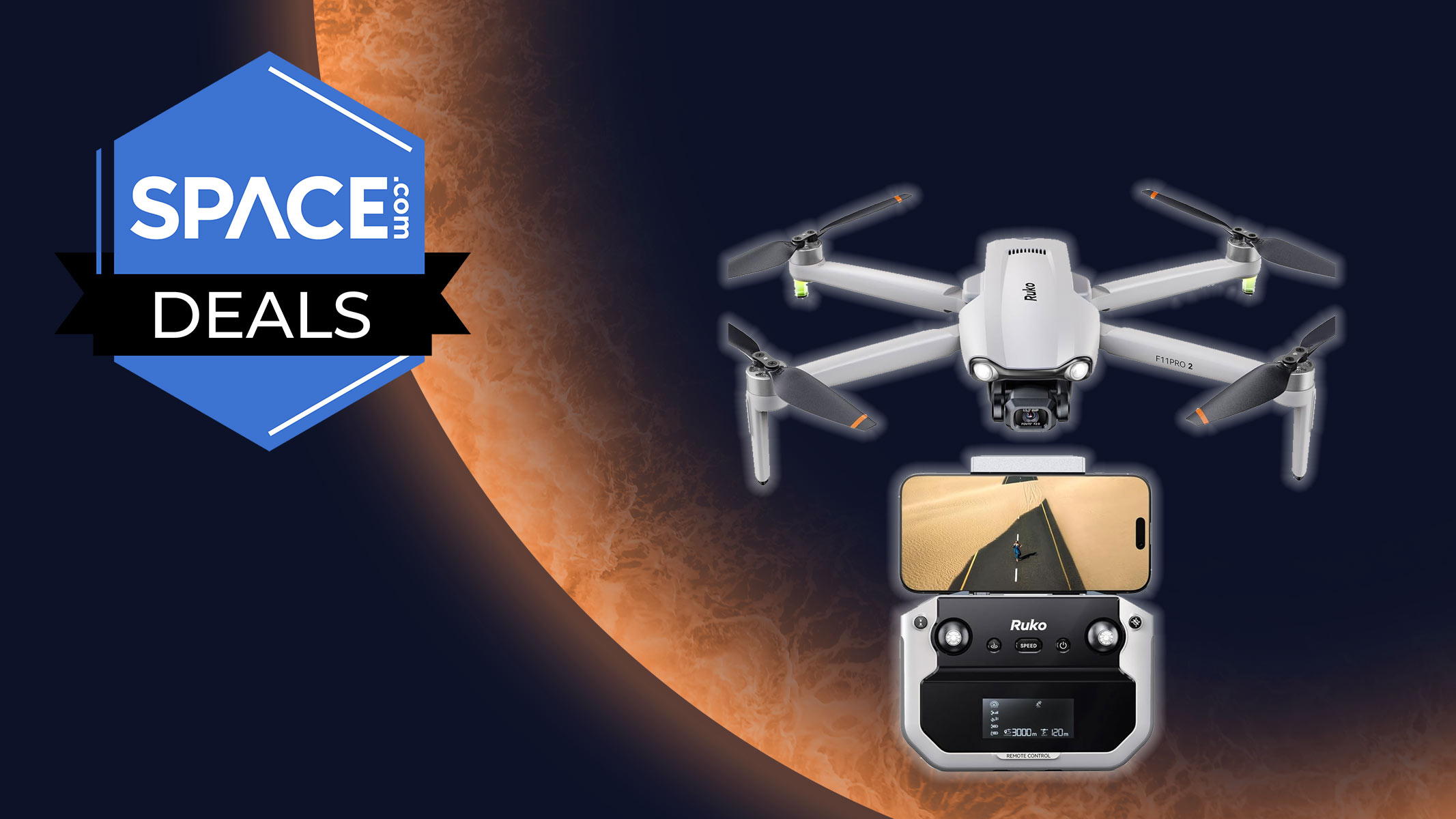

© Future/Amazon


© SpaceX via X


© Disney / Marvel
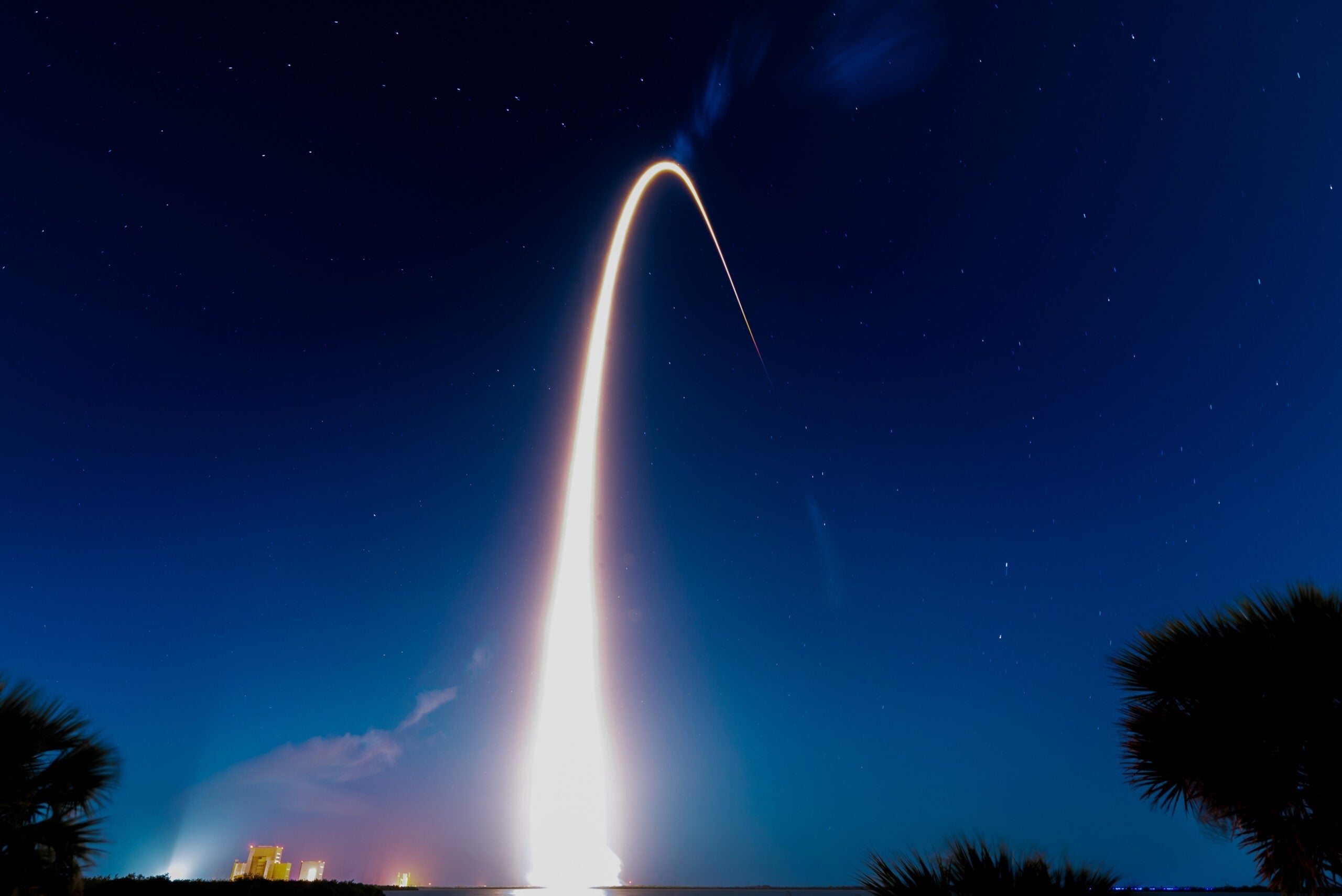
Launch providers SpaceX, Blue Origin, and United Launch Alliance — a joint venture between Boeing and Lockheed Martin Space — on Friday snapped up billions of dollars in national security launch contracts. Space Systems Command, the branch of Space Force responsible for development, acquisition, launch, and logistics, estimated the value of the National Security Space Launch (NSSL)Continue reading "SpaceX, Blue Origin, ULA win Space Force contracts worth up to $13.7B"
The post SpaceX, Blue Origin, ULA win Space Force contracts worth up to $13.7B appeared first on Astronomy Magazine.

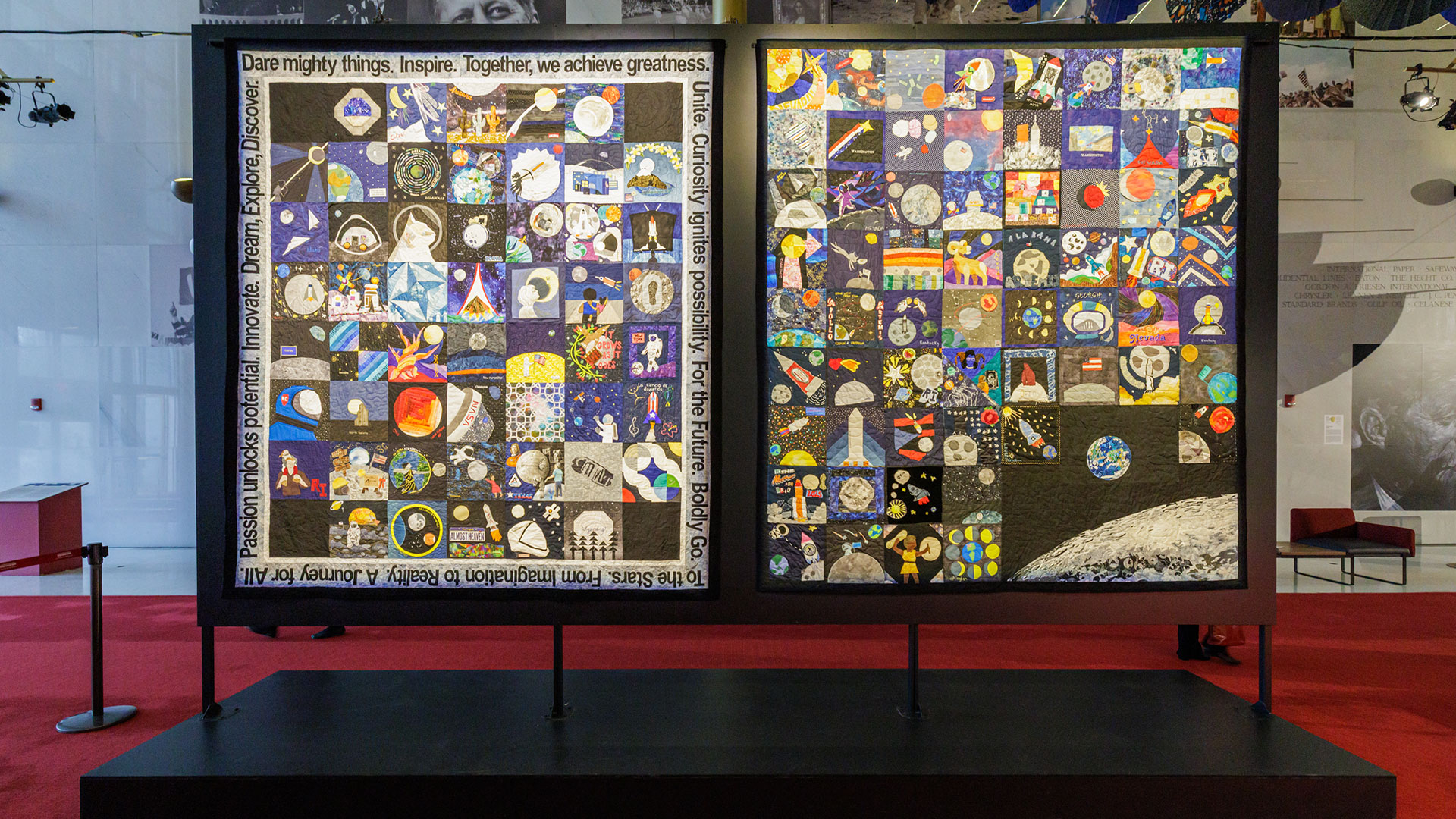

© Elman Studio
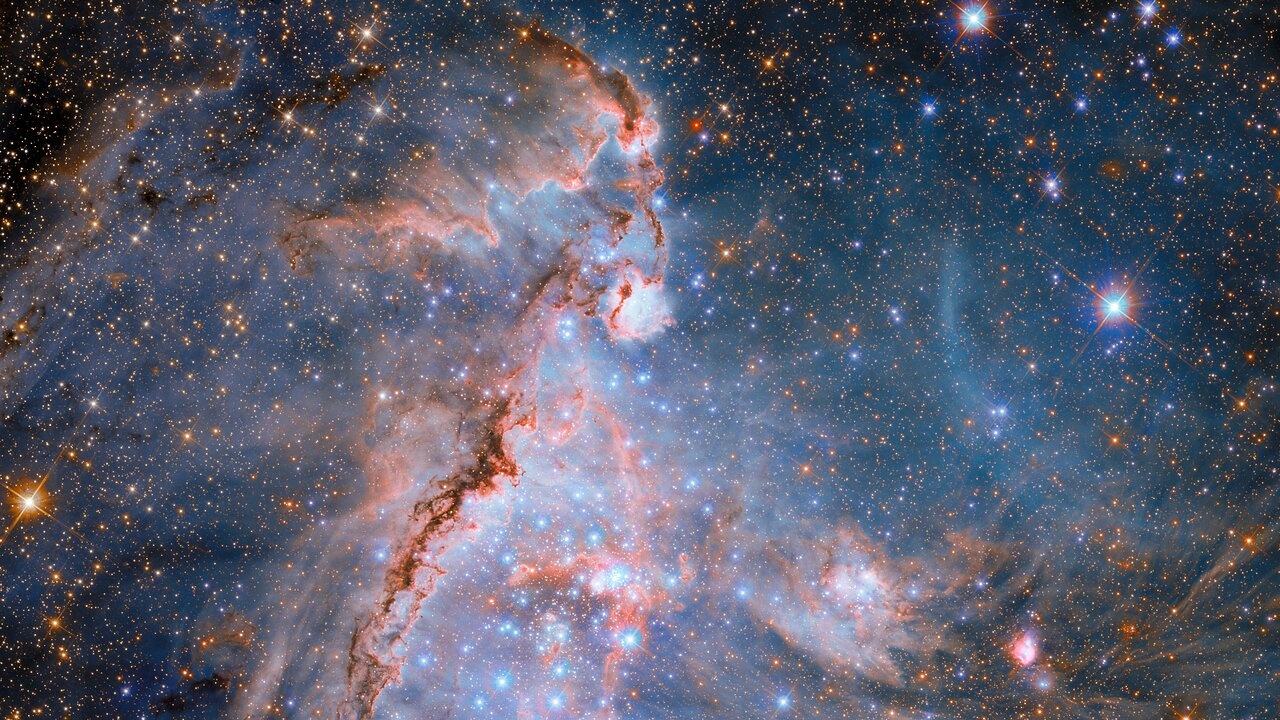

© ESA/Hubble & NASA, A. Nota, P. Massey, E. Sabbi, C. Murray, M. Zamani (ESA/Hubble)
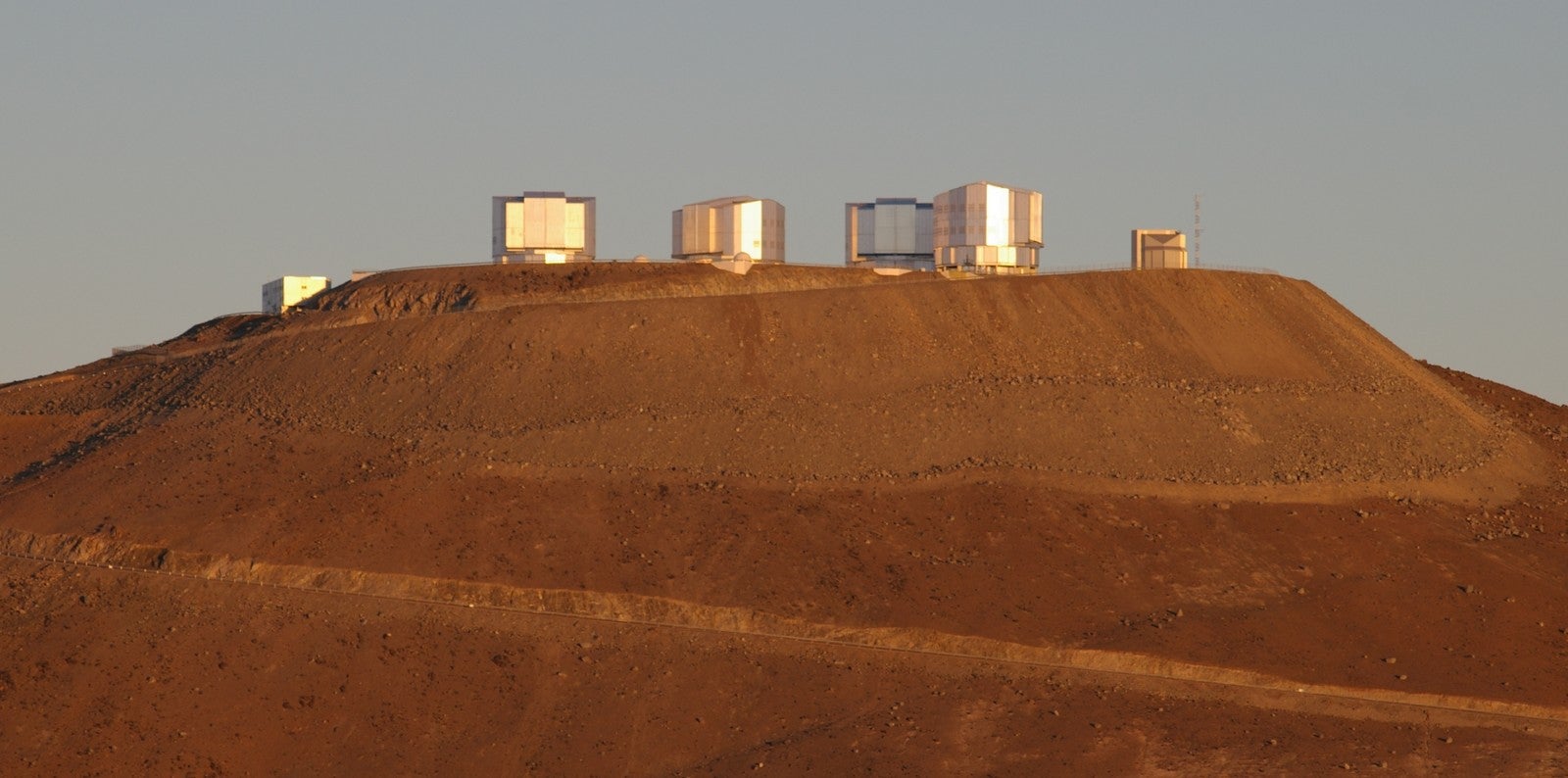
A new study by the European Southern Observatory (ESO) contradicts corporate claims that a proposed hydrogen fuel facility would not harm observatories in Chile. Earlier this year, ESO alerted the astronomy community that its facilities at Paranal — with some of the world’s darkest skies — were threatened by the plans to build a 7,400-acreContinue reading "ESO report shows energy plant would cause ‘devastating and irreversible’ impact"
The post ESO report shows energy plant would cause ‘devastating and irreversible’ impact appeared first on Astronomy Magazine.

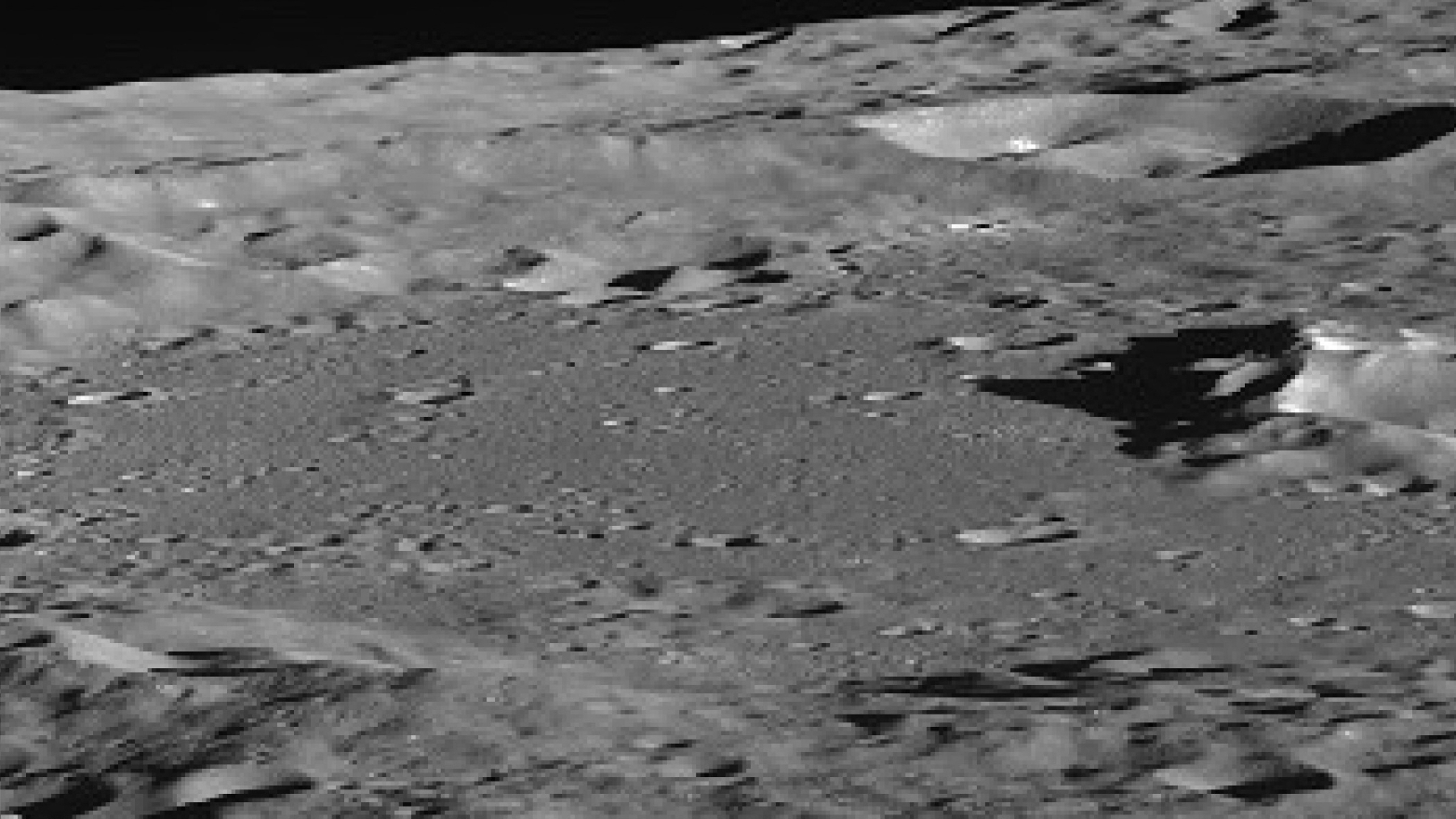

© KARI
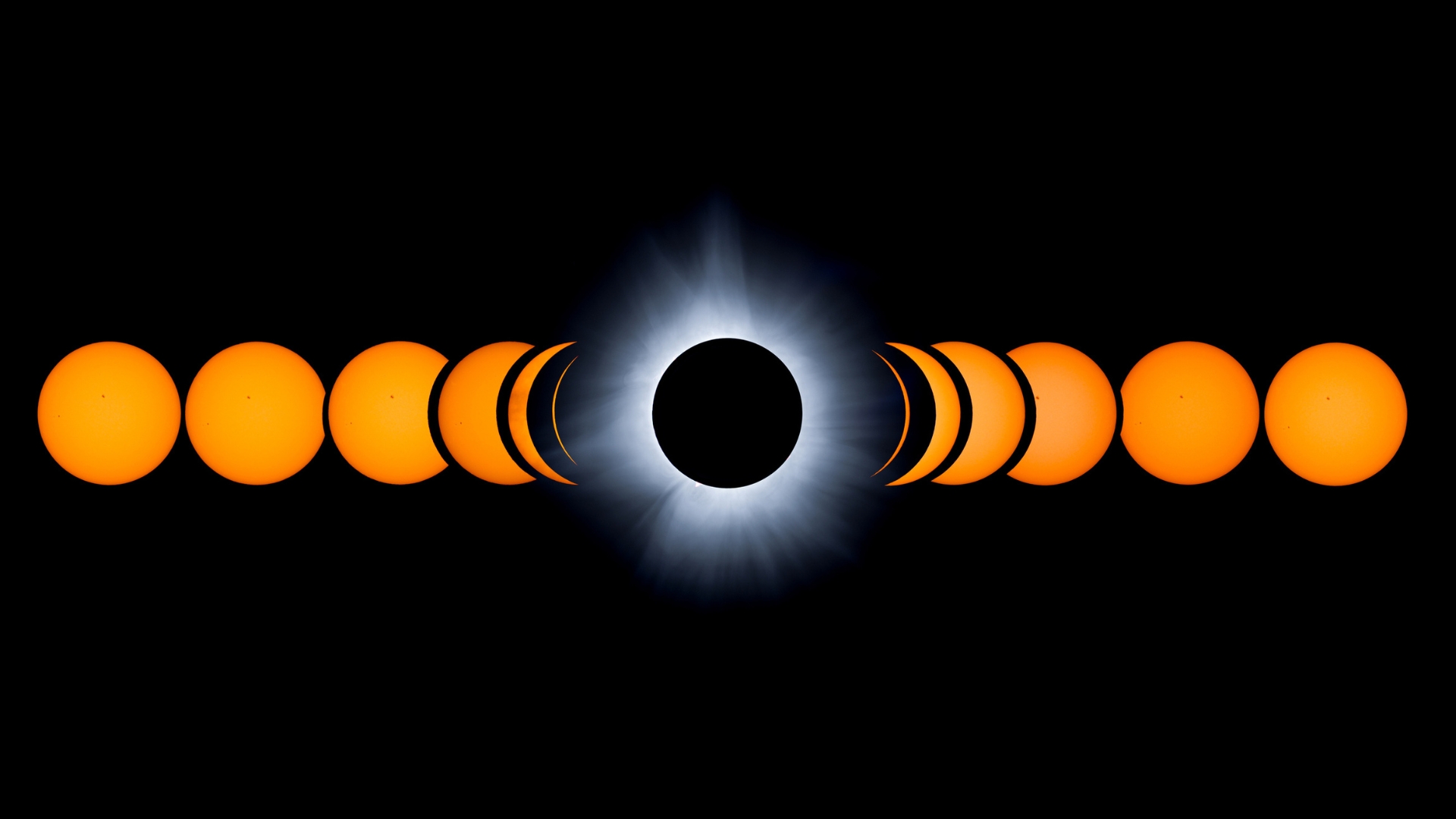

© Marc Guitard via Getty Images
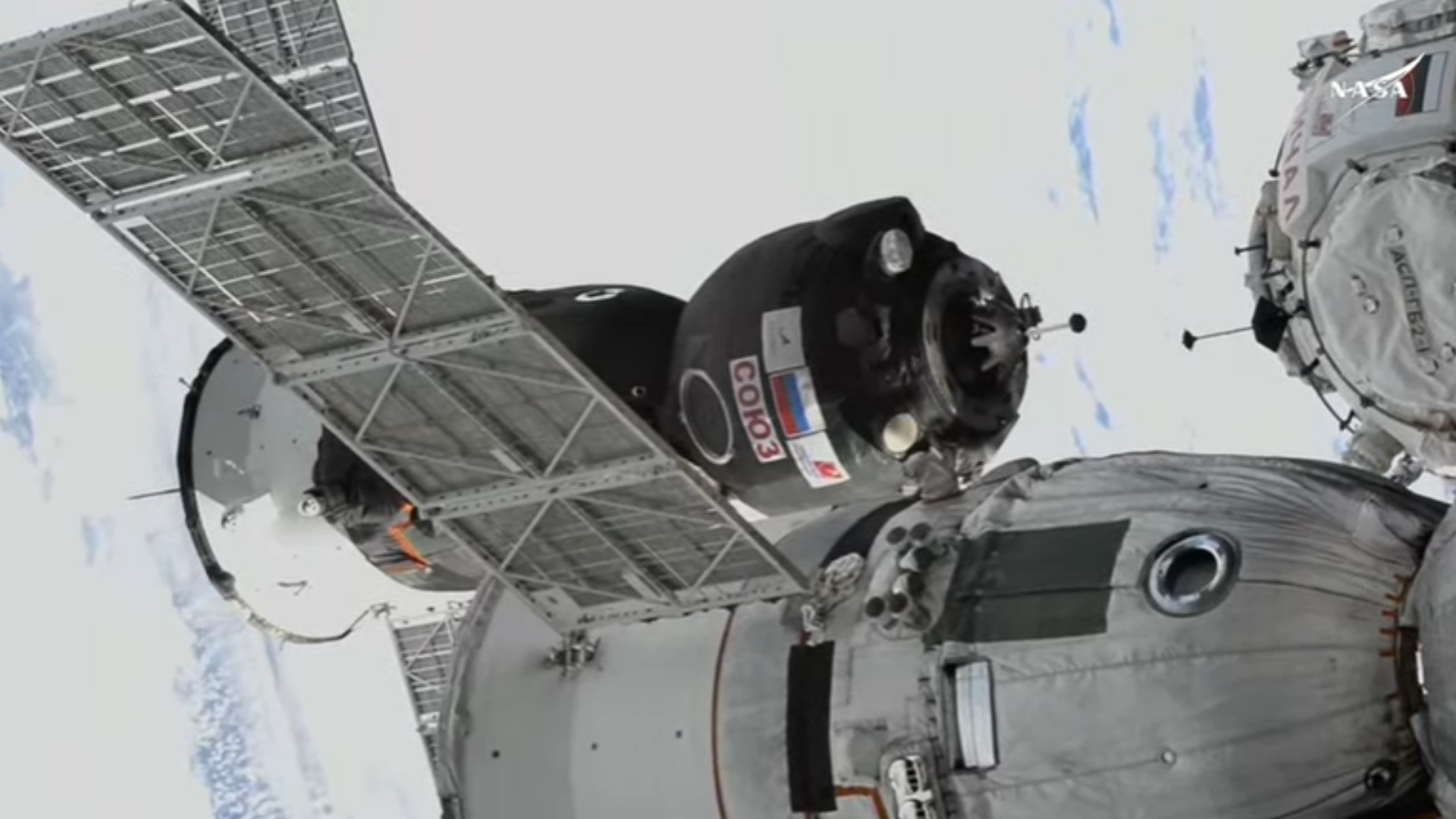

© NASA
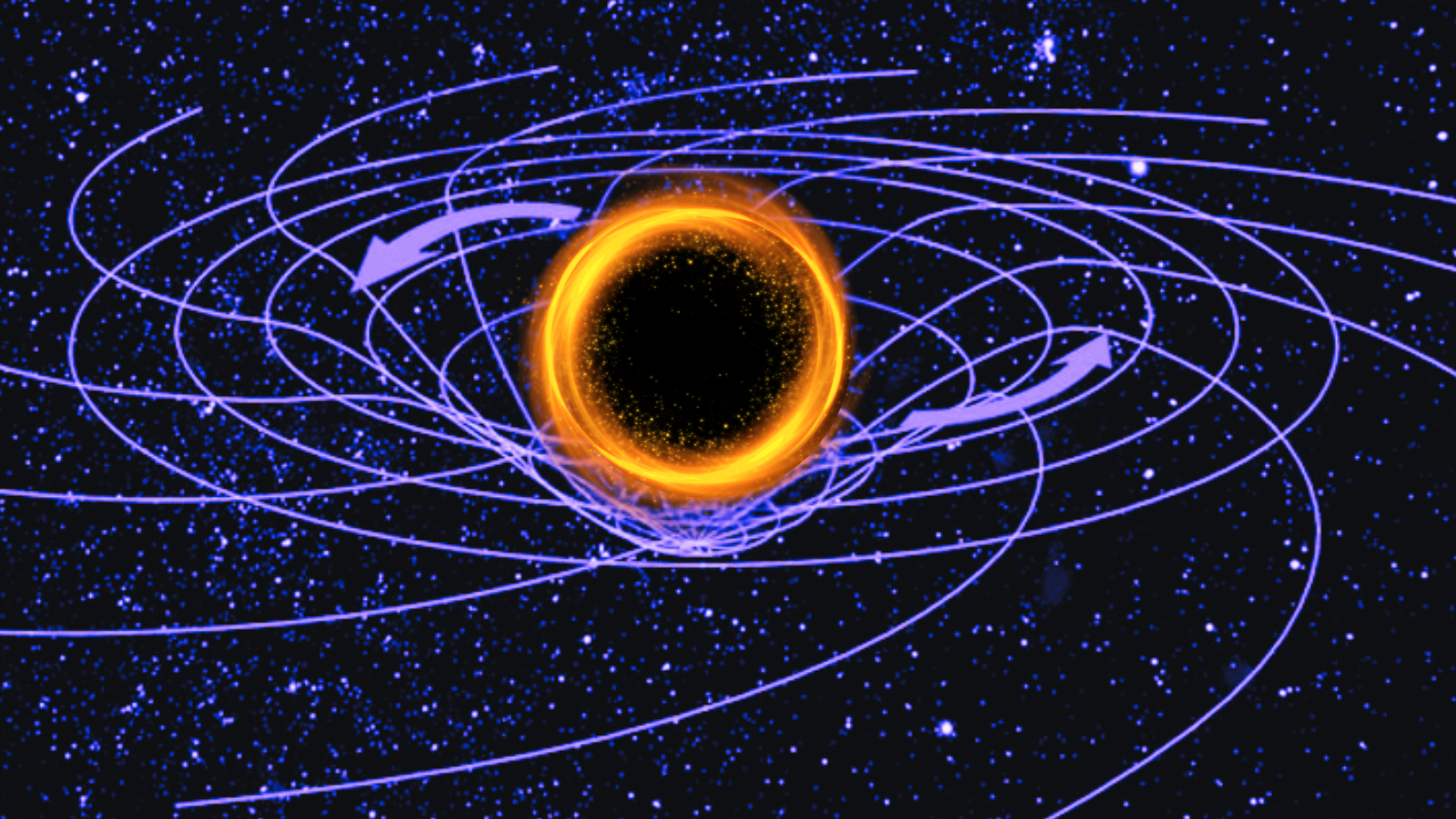

© Stanford University/Robert Lea (created with Canva)
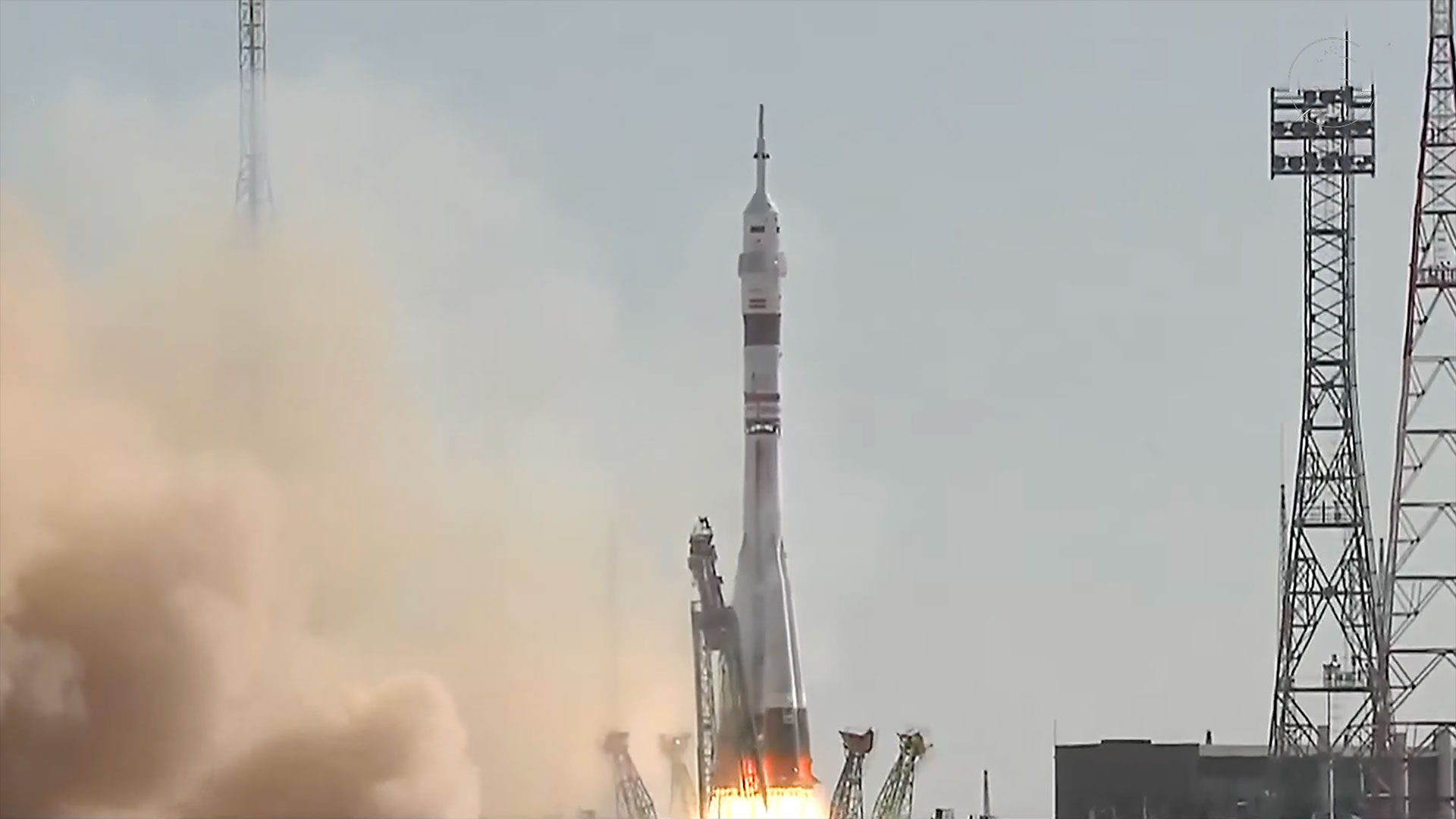

© NASA/Roscosmos
Author(s): Niseem Magdy Abdelrahman
Top quarks and antiquarks have been detected in heavy-ion collisions at the Large Hadron Collider, showing that all six quark flavors were present in the Universe’s first moments.
[Physics 18, 75] Published Mon Apr 07, 2025


© SpaceX
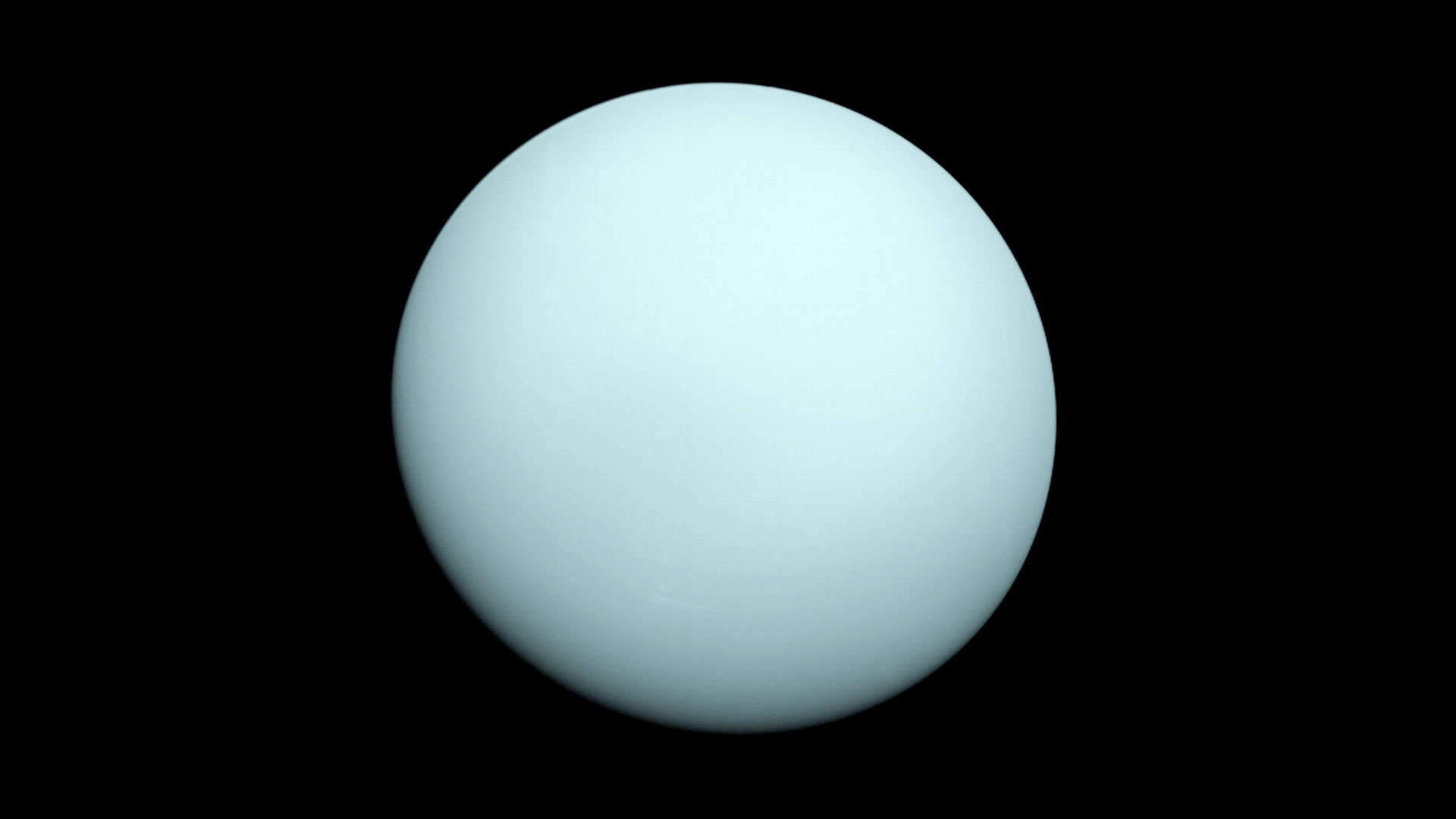

© NASA
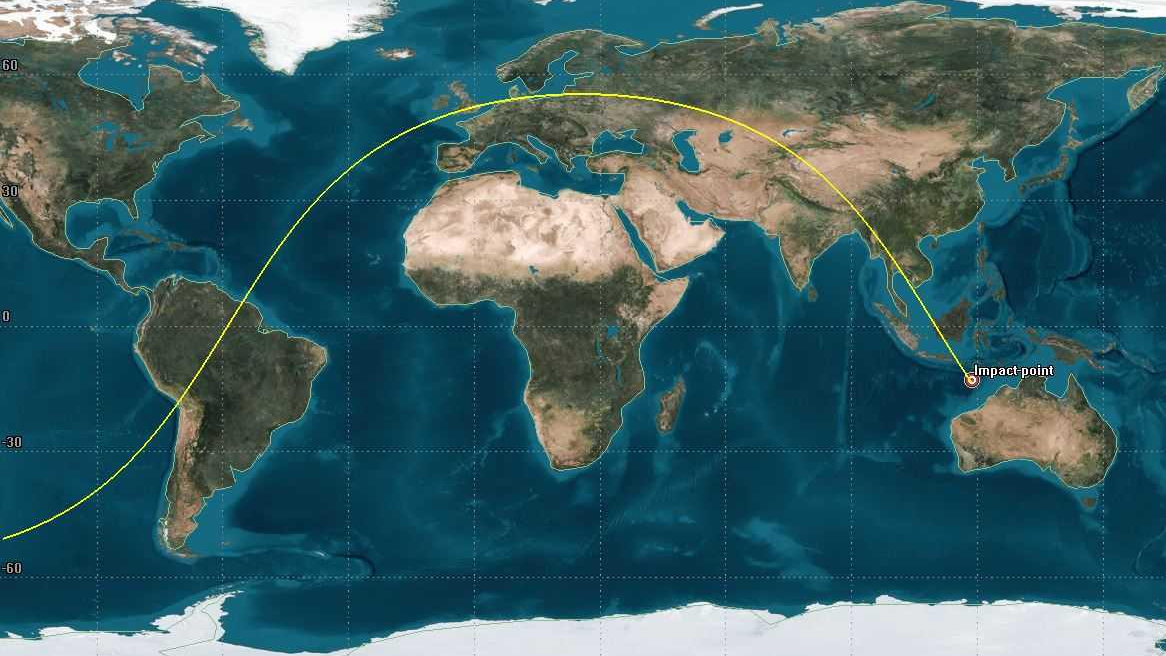

© ISRO
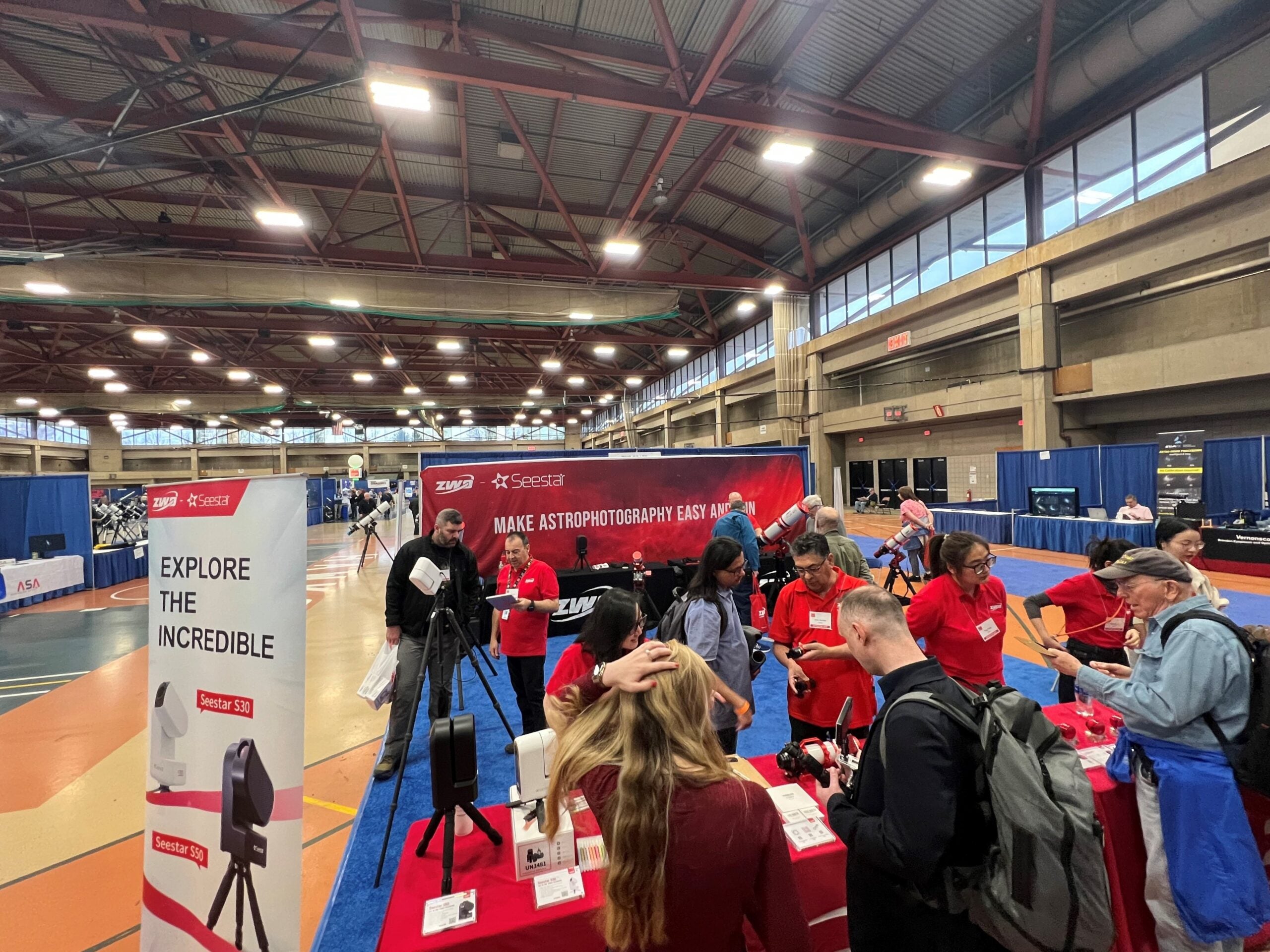
The annual Northeast Astronomy Forum (NEAF) was held over the weekend of April 5 and 6 at Rockland Community College in Suffern, New York. Organized by the Rockland Astronomy Club, NEAF is one of the world’s premier annual astronomy expos. It brings together amateur astronomers, professionals, and industry leaders for a weekend of discovery andContinue reading "The best new astronomy products we saw at NEAF 2025"
The post The best new astronomy products we saw at NEAF 2025 appeared first on Astronomy Magazine.

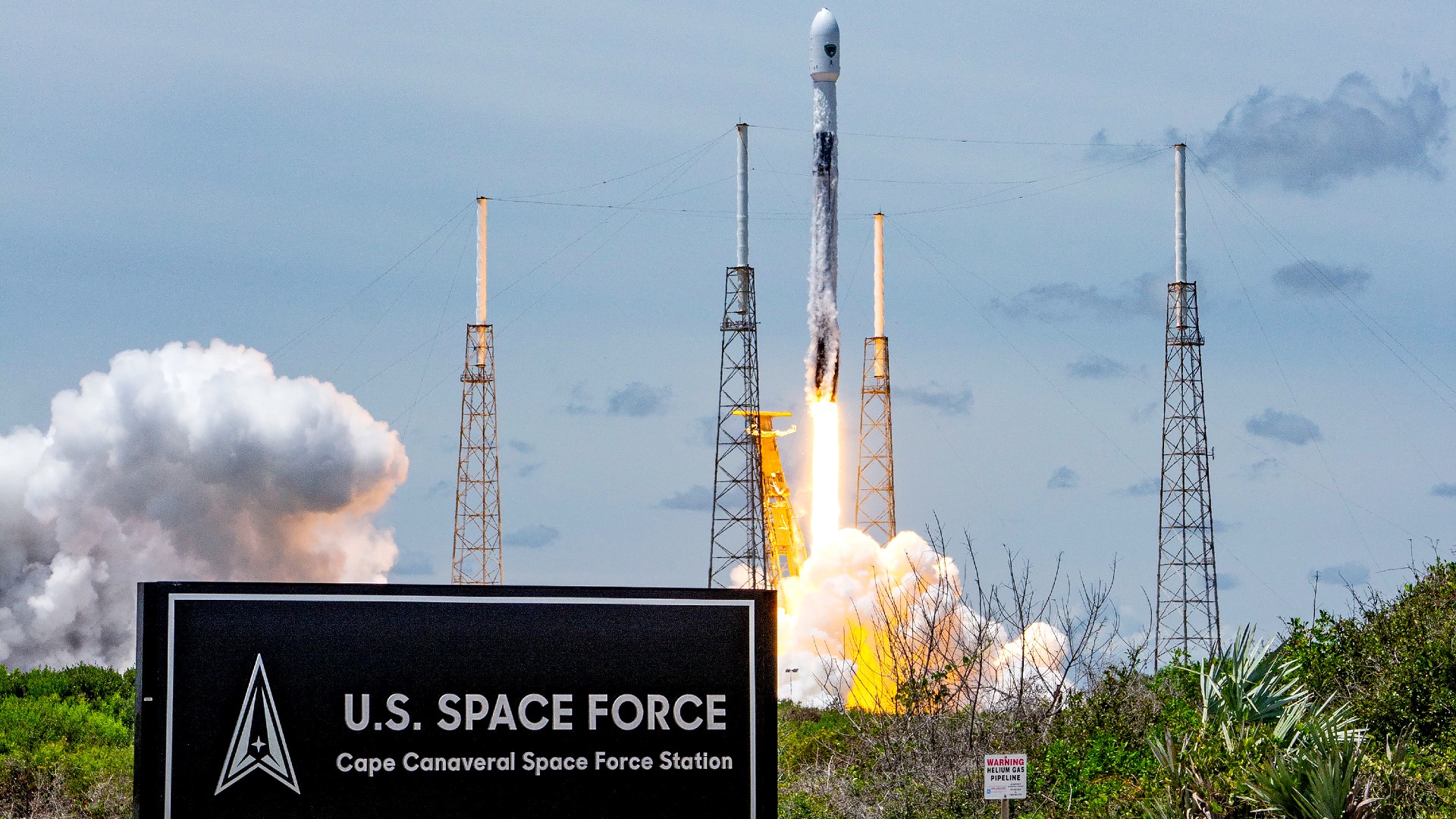

© USSF/Airman 1st Class Samuel Becker
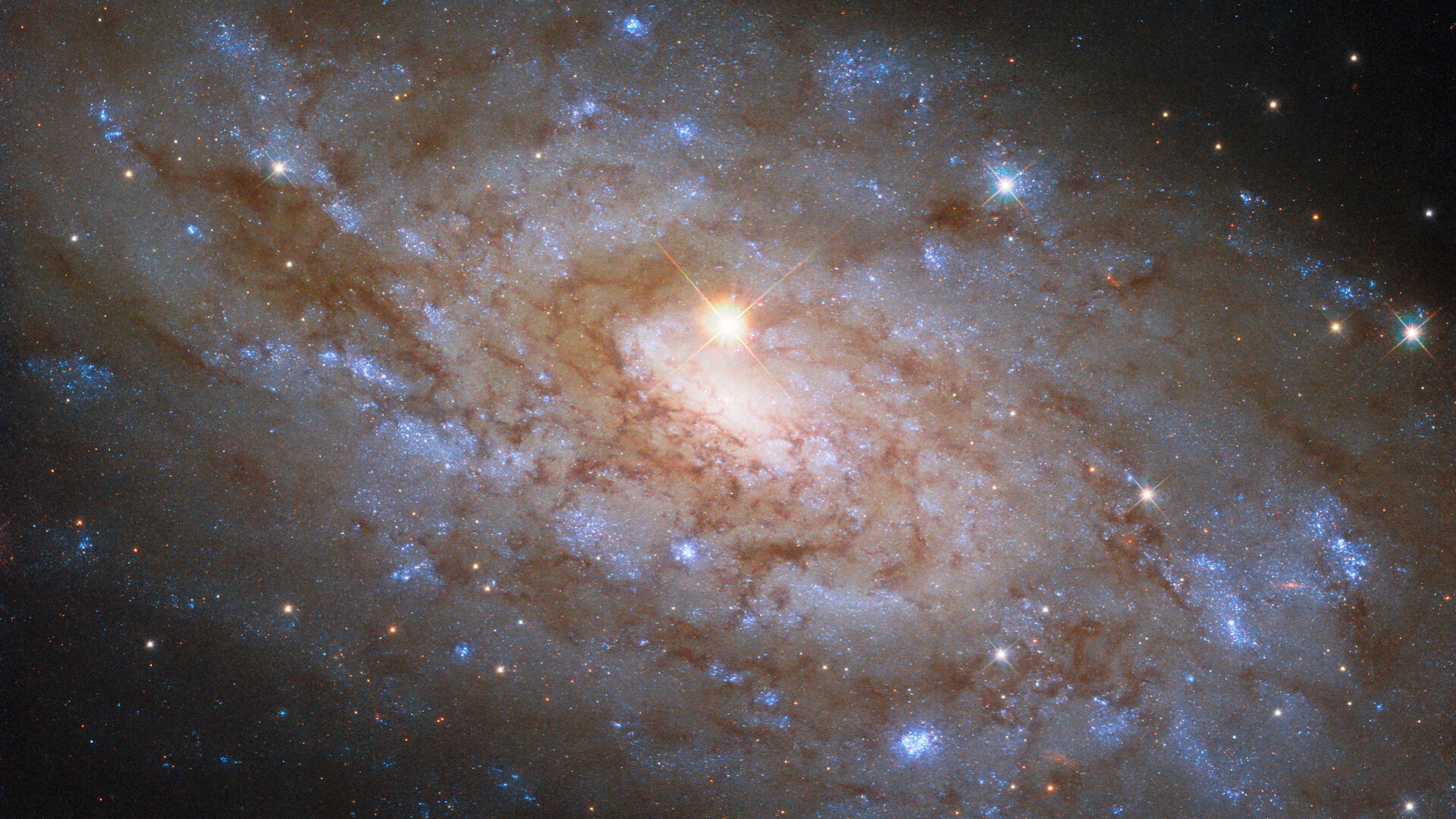

© ESA/Hubble & NASA, D. Thilker
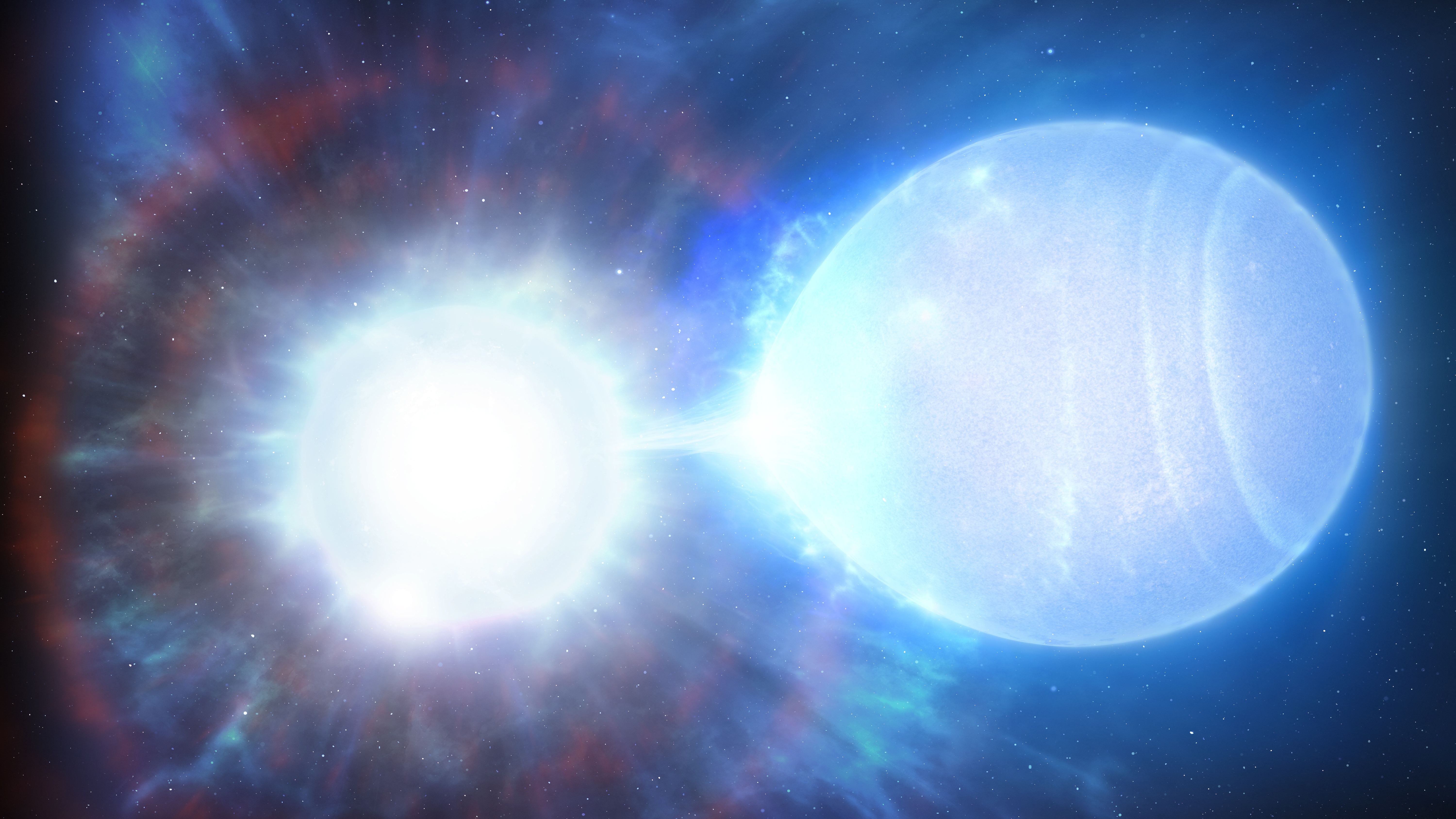

© University of Warwick/Mark Garlick


© DC
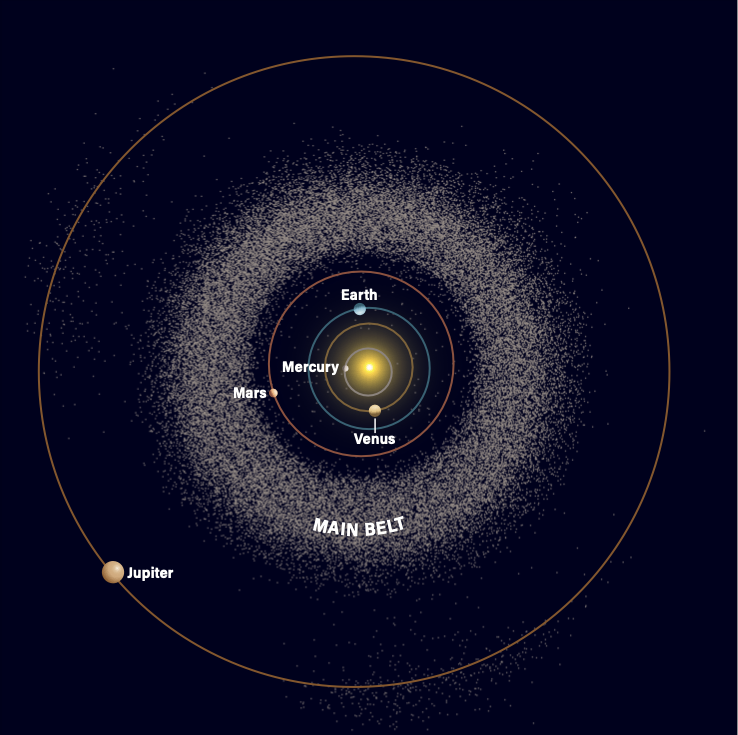
Is there evidence of a planet ever existing between Mars and Jupiter? MarkSmithtown, New York This splendid question gives us an opportunity to distinguish between what we know and what we believe might be true. First, we know that myriad small bodies orbit the Sun between Mars and Jupiter. These objects are the asteroids that comprise the mainContinue reading "Was there ever a planet between Mars and Jupiter? "
The post Was there ever a planet between Mars and Jupiter? appeared first on Astronomy Magazine.



© NASA/Kim Shiflett


© Wilhelm Conrad Röntgen / SpaceX/Fram2
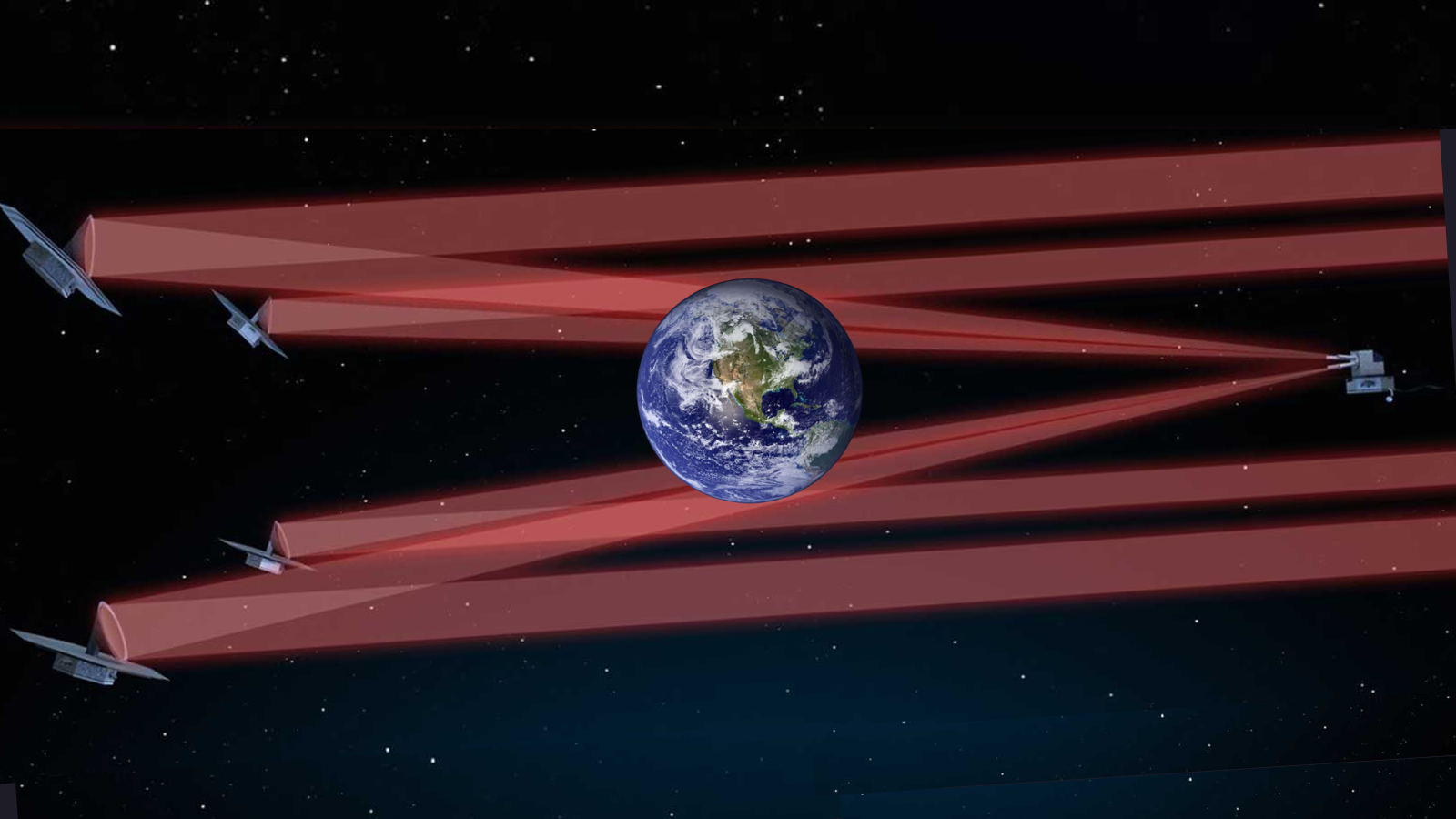

© ETH Zurich / LIFE initiative


© NOAA Climate


© NASA, ESA and M. Kornmesser

The new Hestia telescope by Vaonis is the third of the company’s innovative instruments I have reviewed, and once again, I’m impressed. Vaonis named their creation for the Greek goddess of the hearth and home, and released it after a successful 2023 Kickstarter campaign which raised $4.1 million in just a month. The Hestia isContinue reading "Review: Astronomy tests Vaonis’ Hestia telescope for your smartphone"
The post Review: Astronomy tests Vaonis’ Hestia telescope for your smartphone appeared first on Astronomy Magazine.



© m-gucci via Getty Images
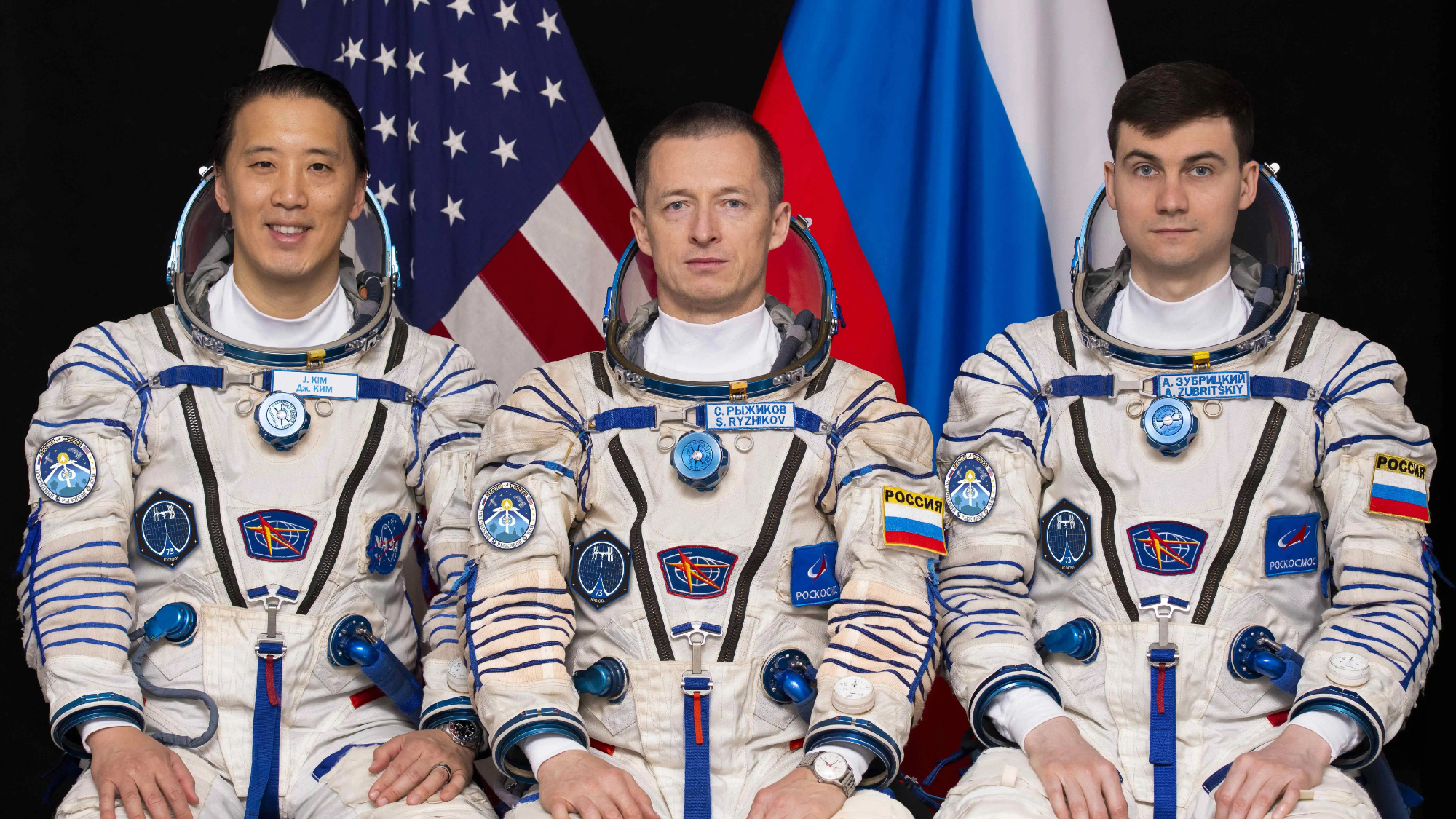

© Gagarin Cosmonaut Training Center
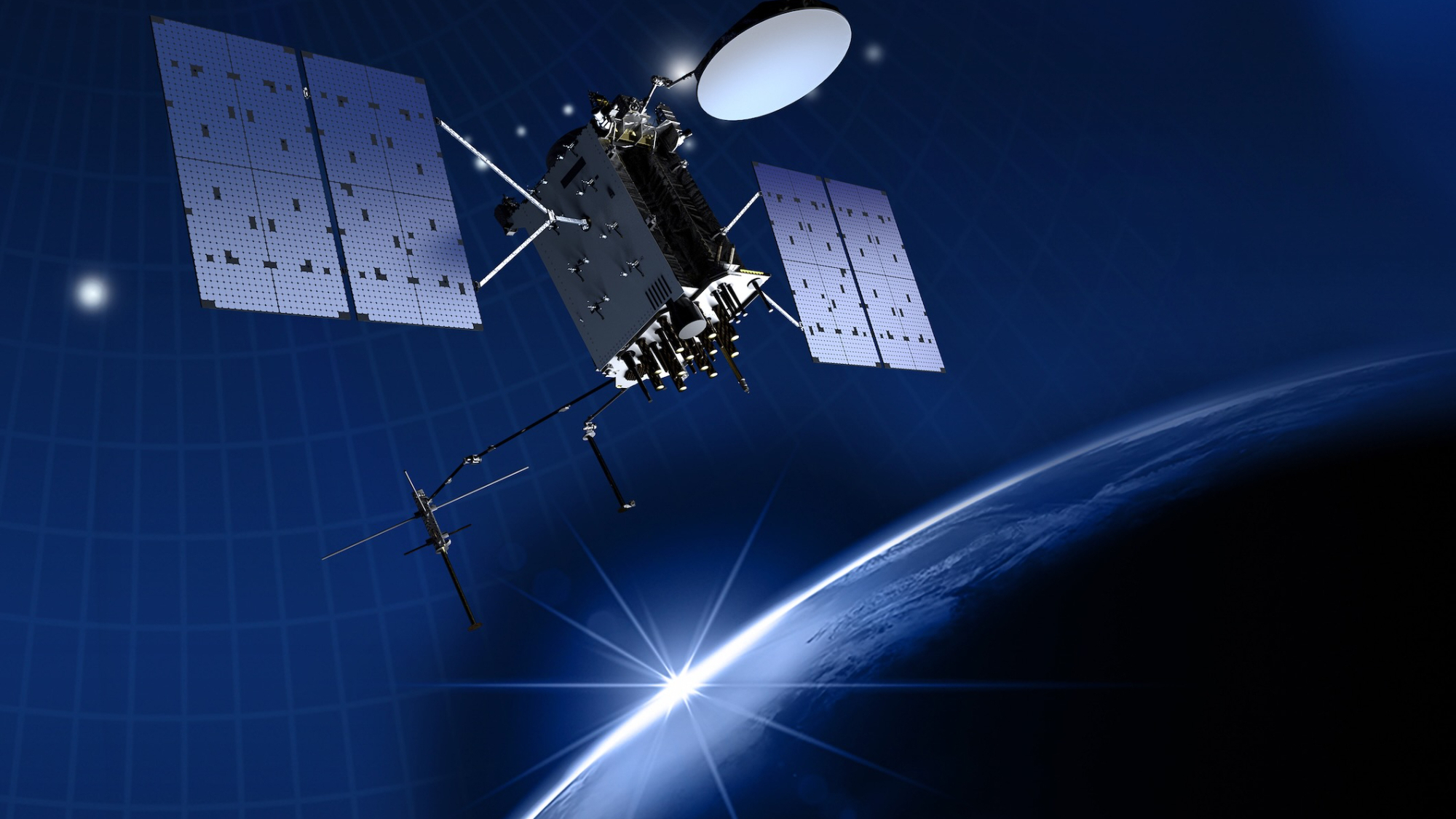

© Lockheed Martin and U.S. Space Force


© Timothy Hodgkinson via Alamy
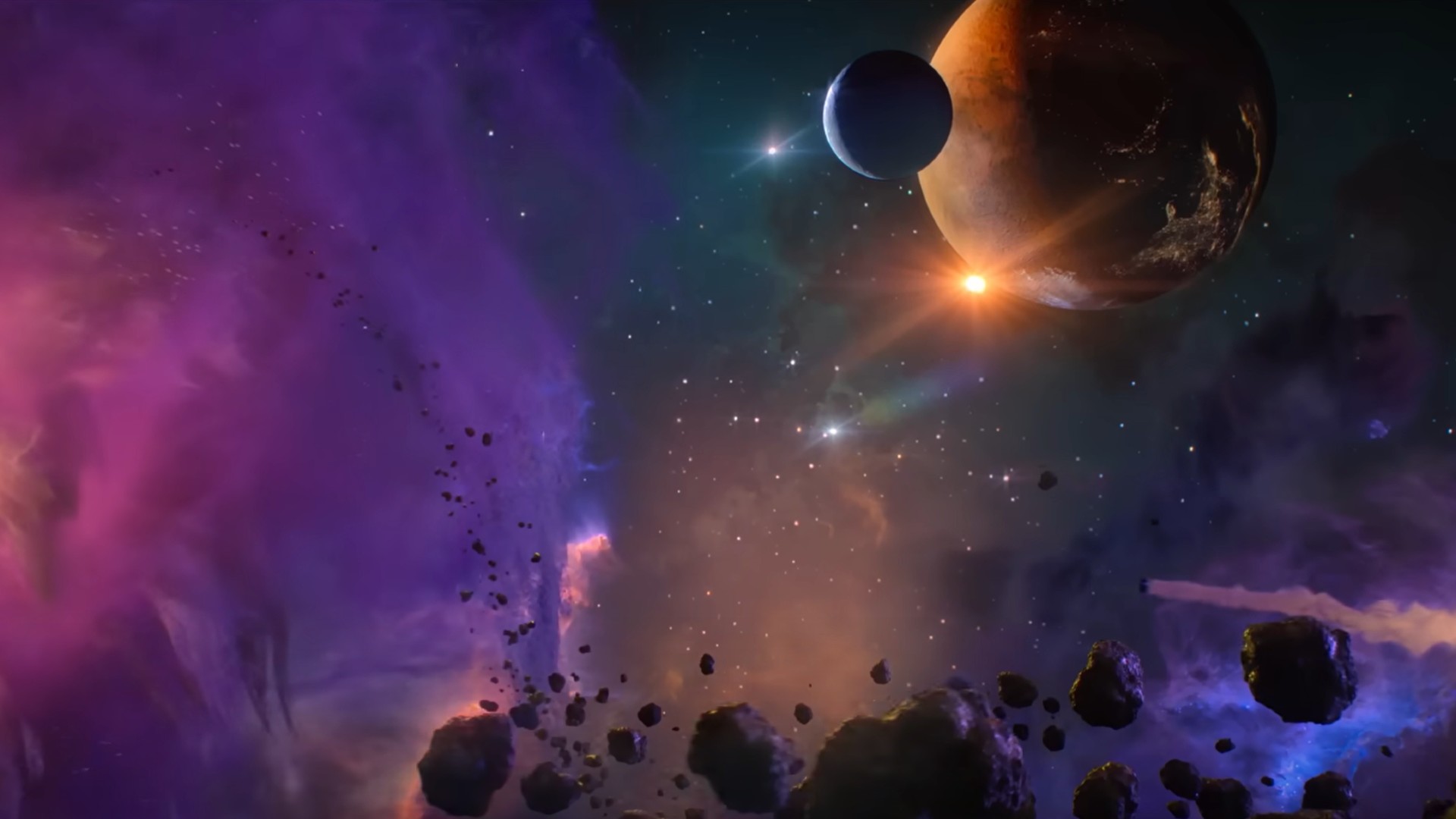

© Disney+
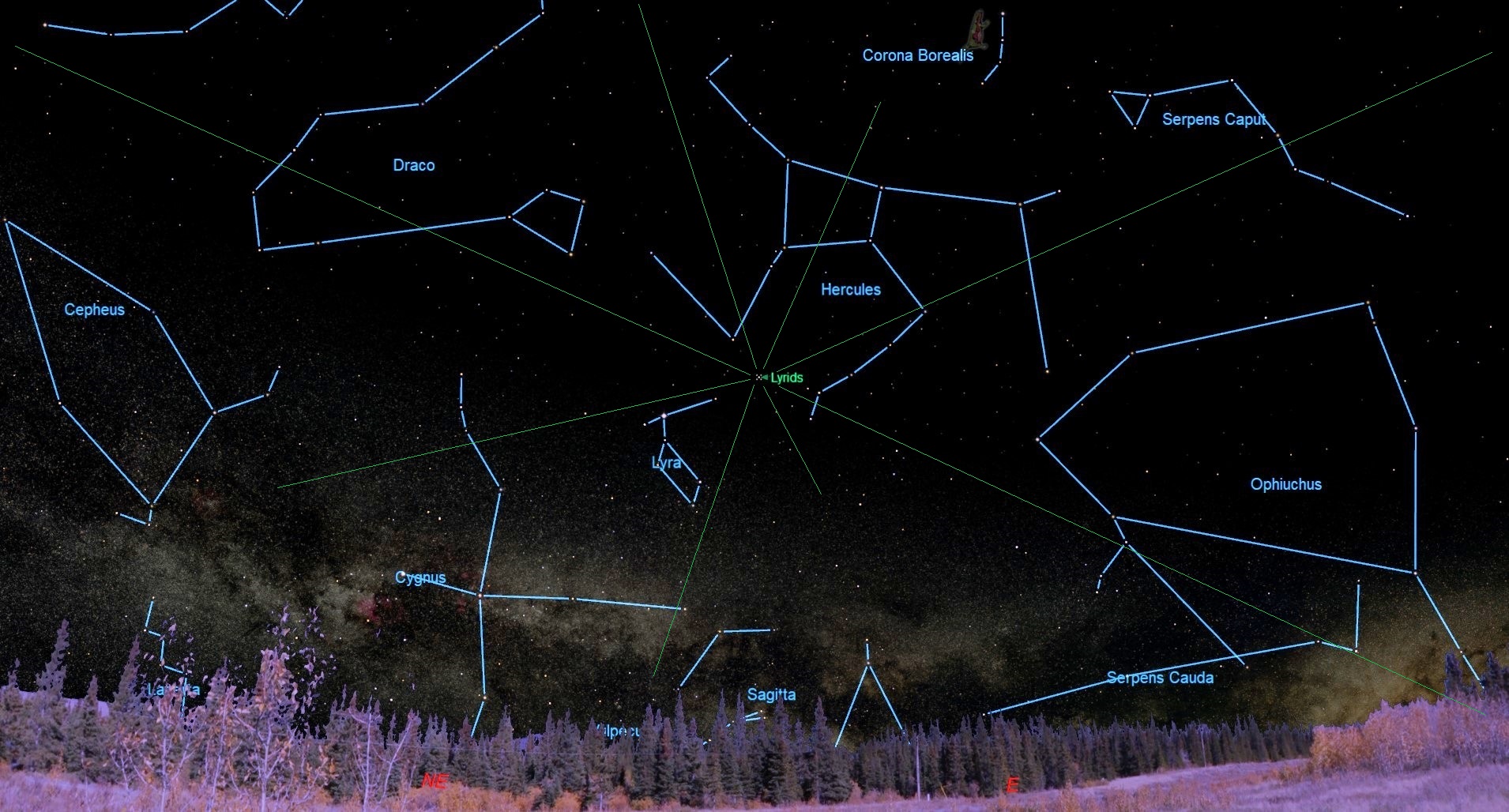

© Starry Night


© NASA
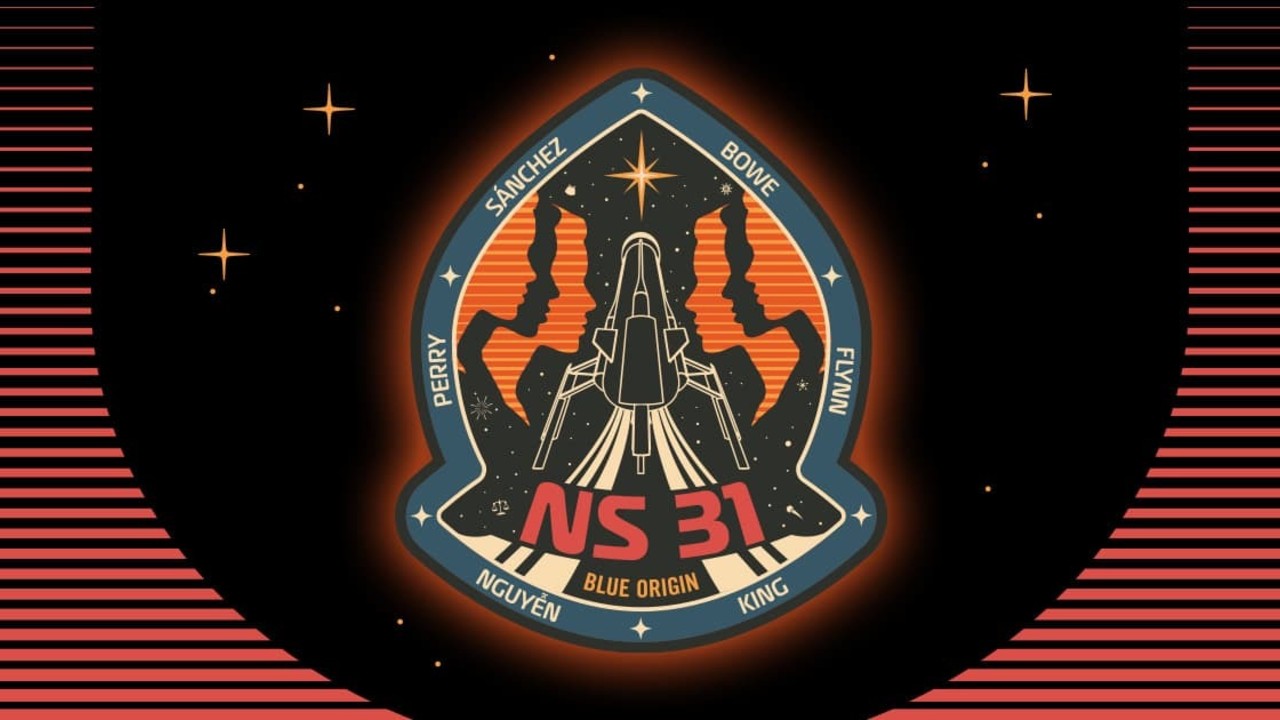

© Blue Origin


© Amogh Jadhav
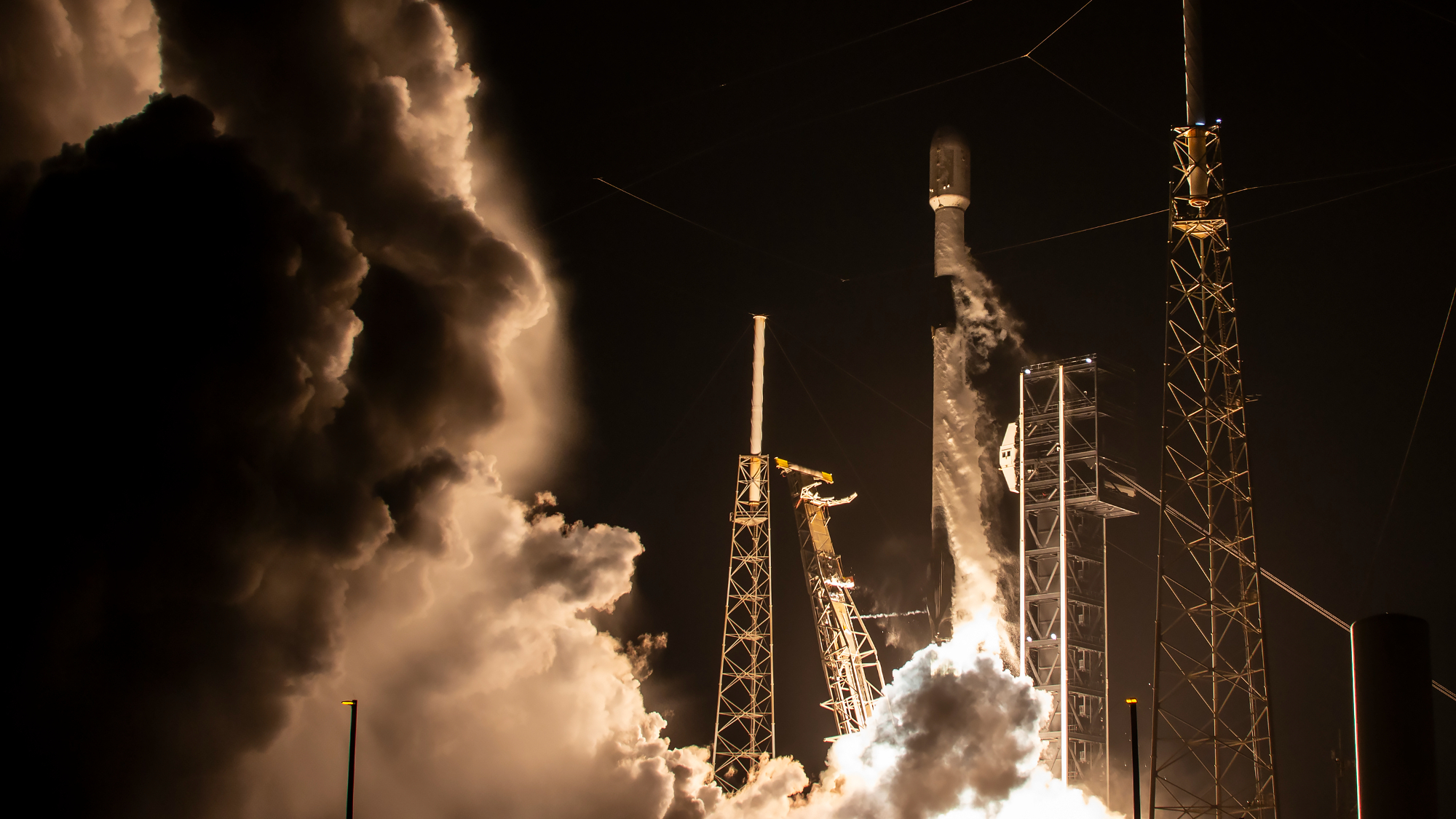

© SpaceX


© Moonshot Studios
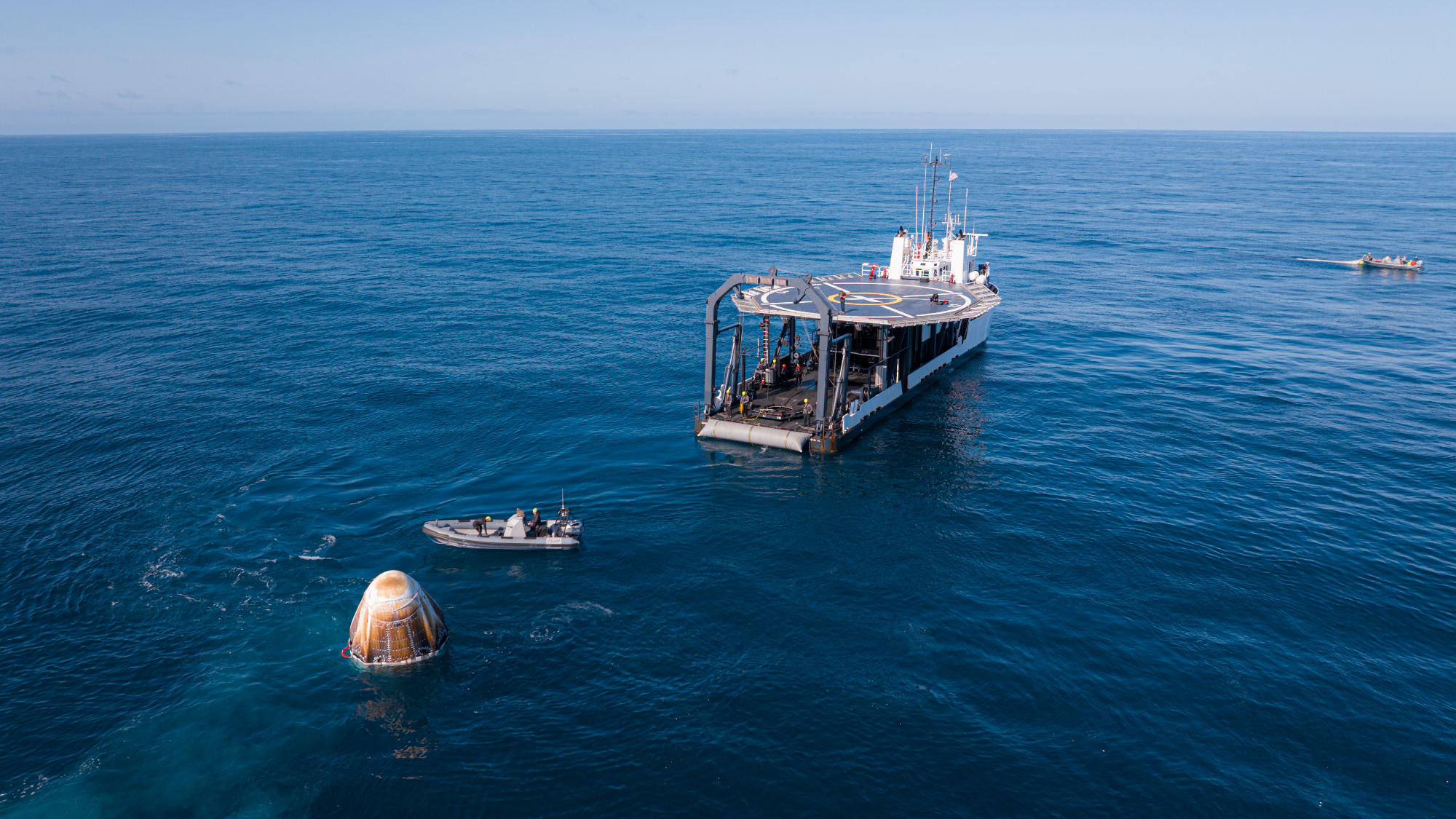

© SpaceX


© Paramount
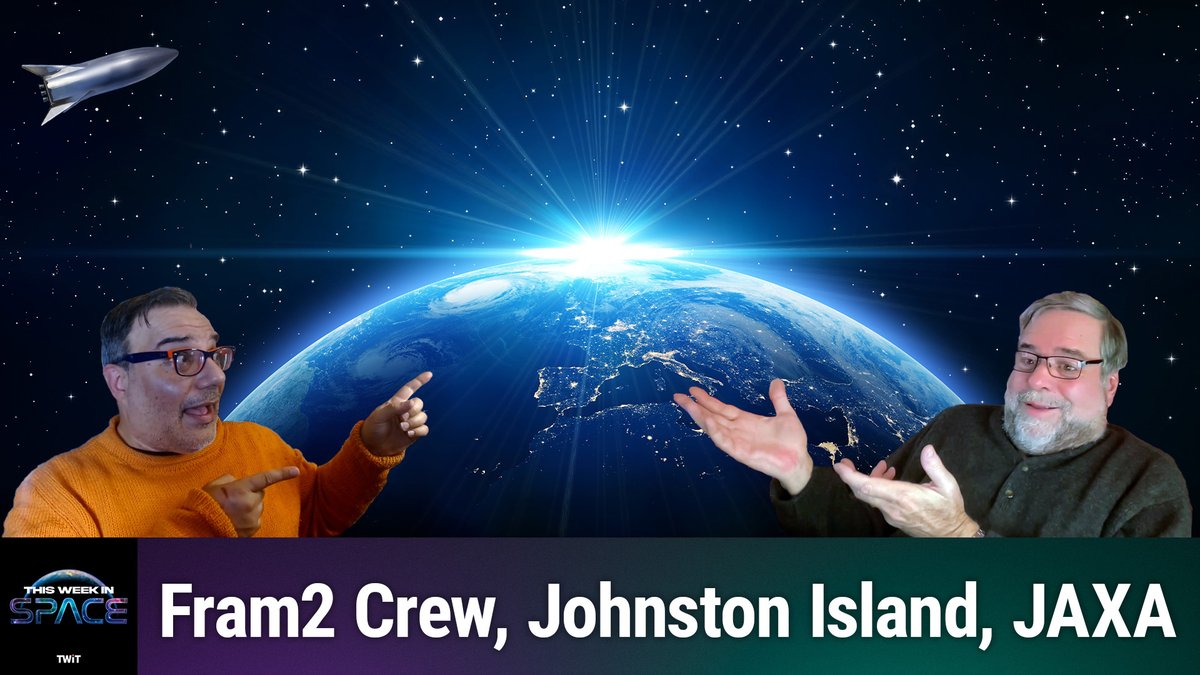

© TWiT
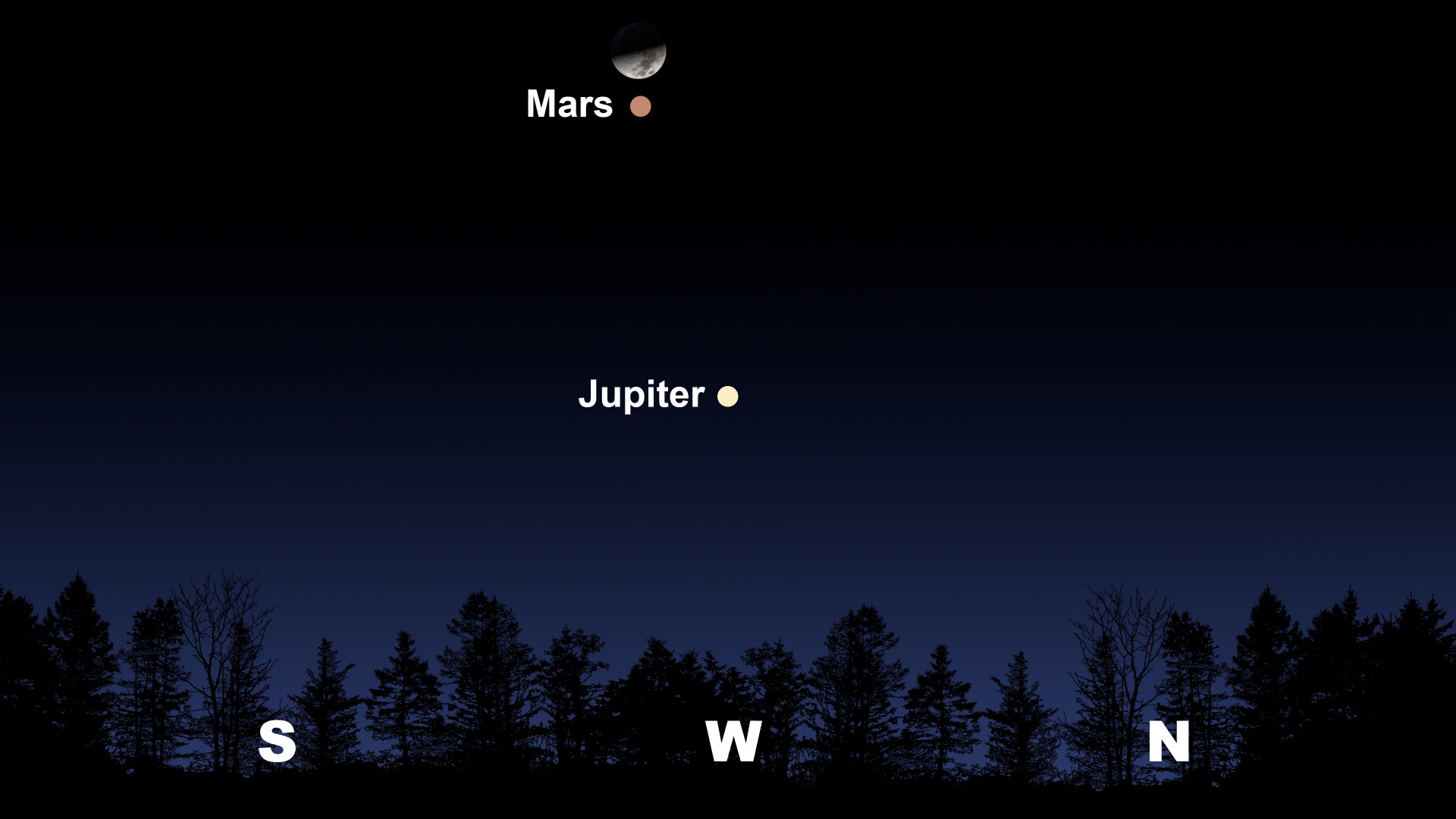

© NOIRLab/NSF/AURA/Stellarium/J. Davis

Sixty years ago, a fleet of sleek little spaceships paved the way for America to land a man on the Moon. Project Gemini was a series of two-man, Earth-orbital missions that pioneered rendezvous, docking, and maneuvering in-space, as well as spacewalking — all of which had to be perfected before there was any chance ofContinue reading "How Project Gemini changed spaceflight"
The post How Project Gemini changed spaceflight appeared first on Astronomy Magazine.

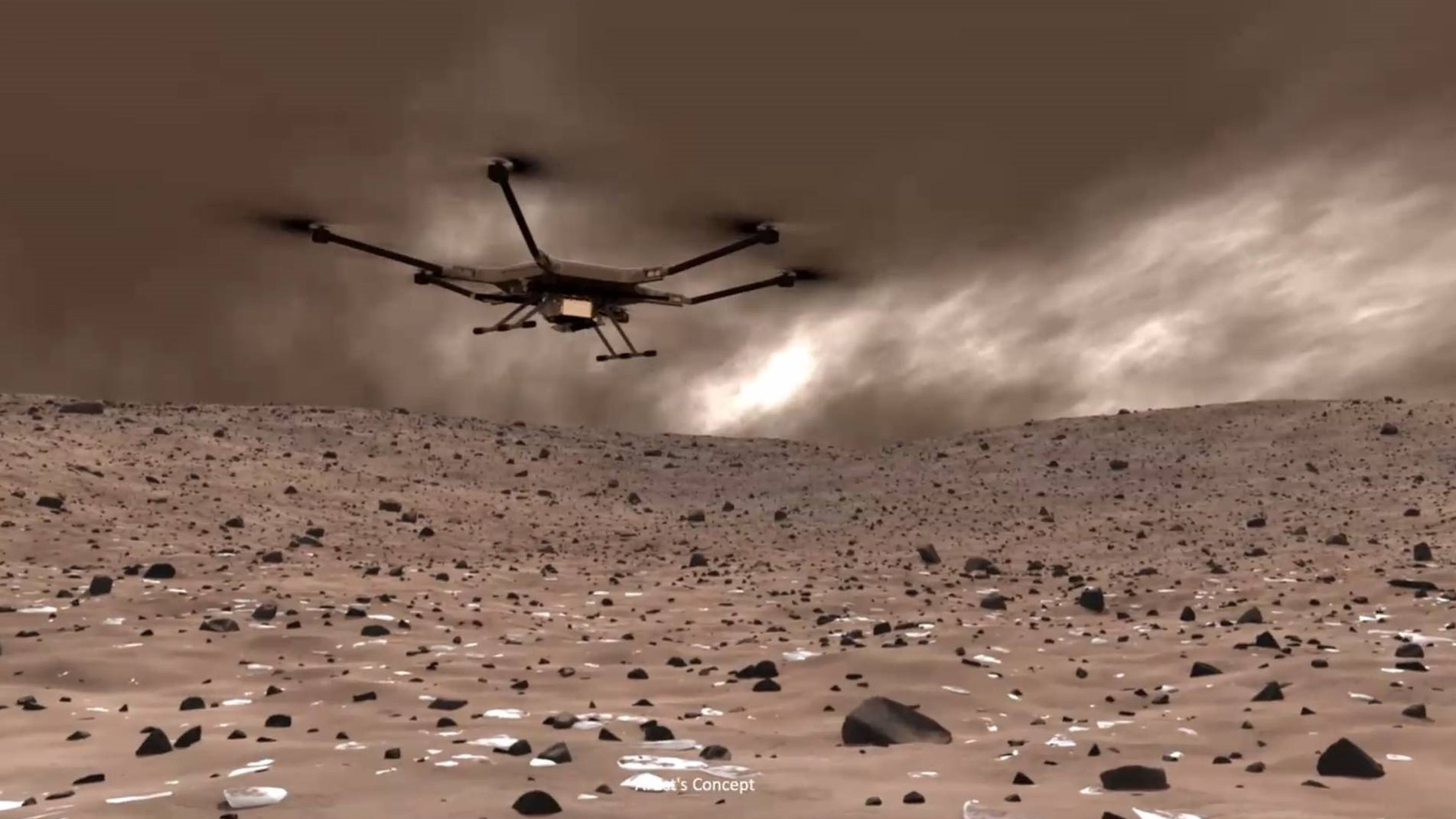

© NASA/JPL-Caltech/Theodore Tzanetos
Author(s): Katherine Wright
Elena Pinetti searches for dark matter using JWST calibration images that other researchers discard.
[Physics 18, 73] Published Fri Apr 04, 2025
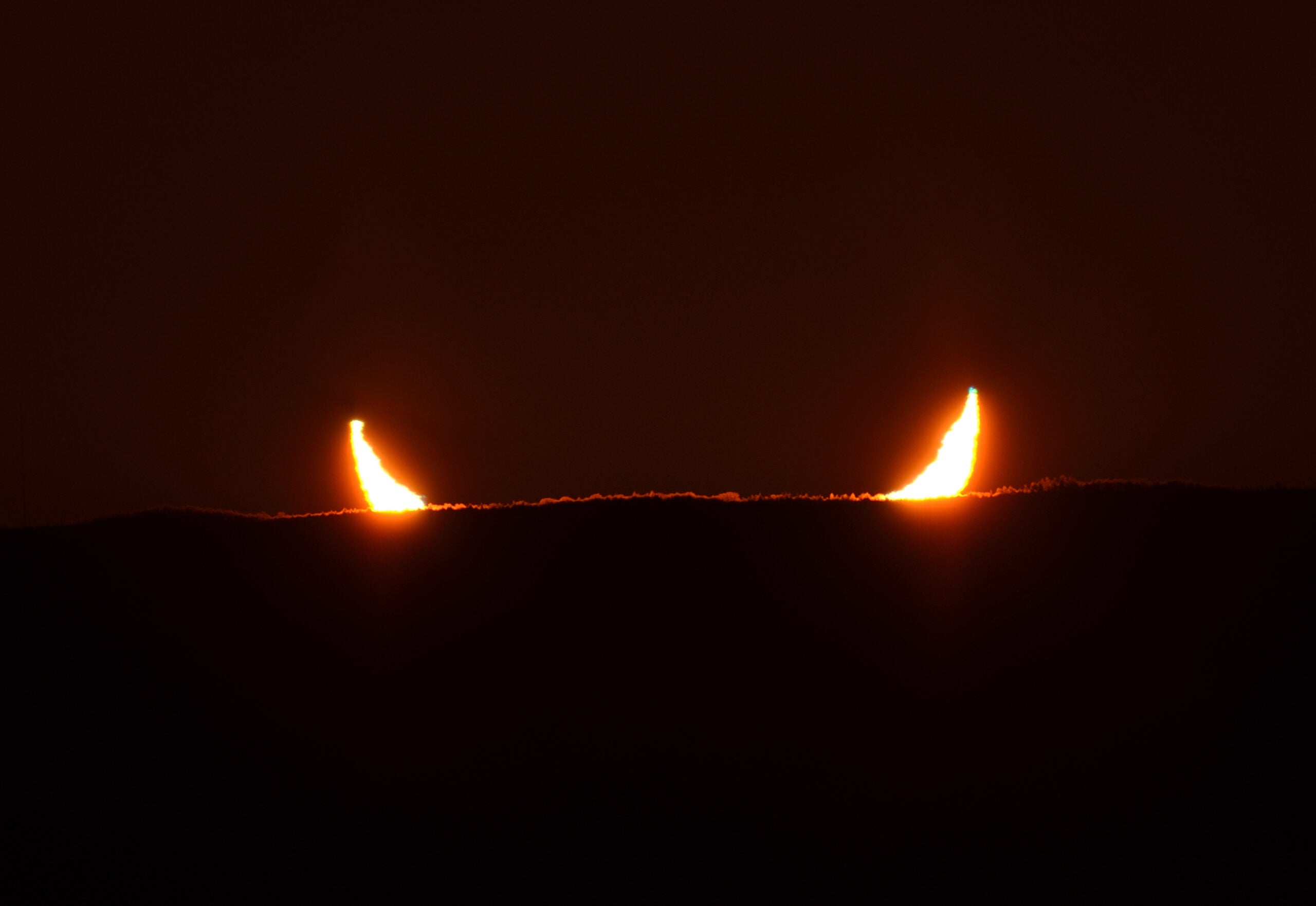
Fabrizio Melandri from Voltana, Italy The partial solar eclipse of March 29, 2025, gave viewers along the U.S. Eastern Seaboard a view of “devil’s horns” — the horns of a partially eclipsed Sun emerging from the horizon at sunrise. This photographer captured this phenomenon from Monticello, Maine, with a 4-inch f/7 refractor and Nikon DSLR.
The post Horns of the Sun appeared first on Astronomy Magazine.

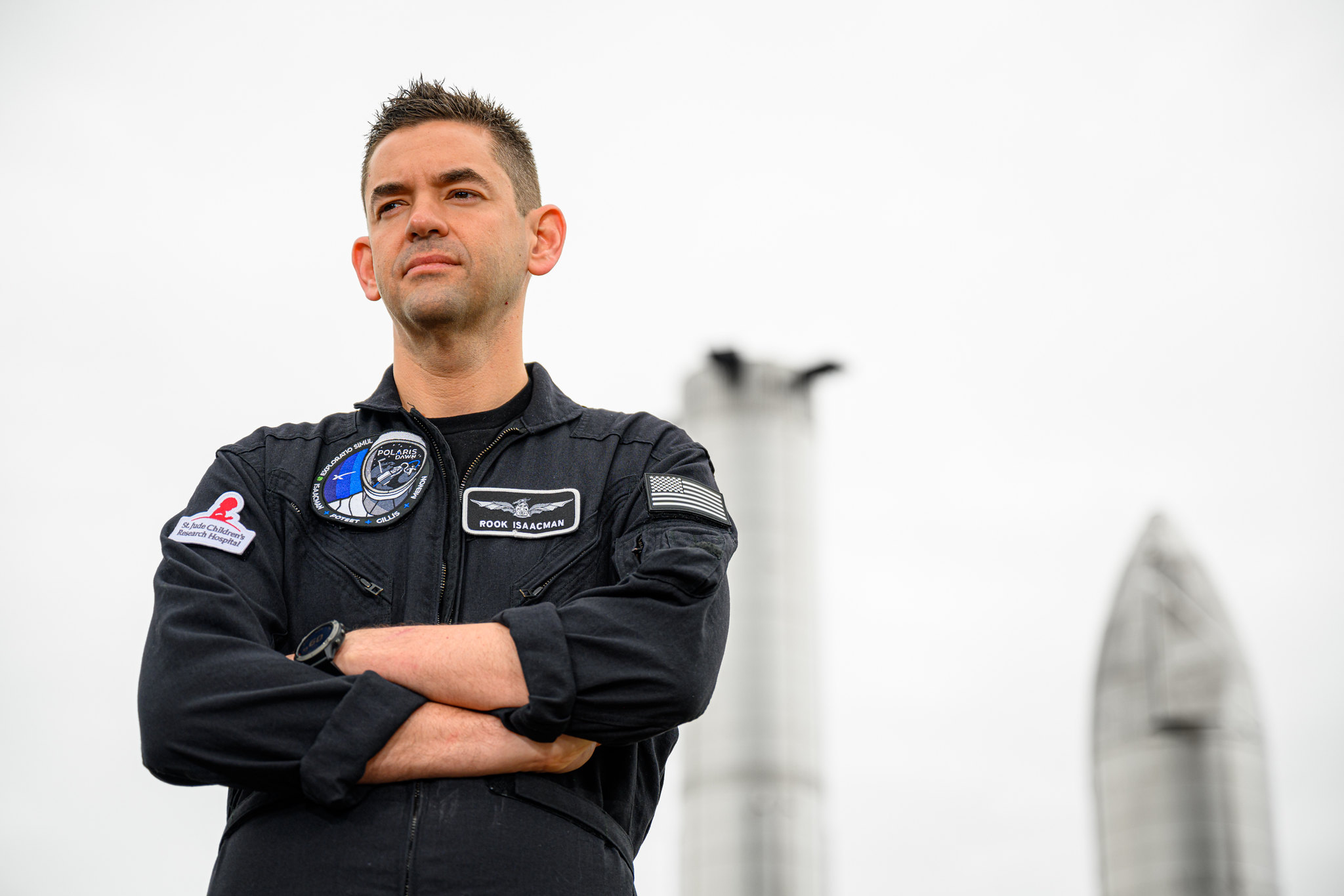

© Polaris Program
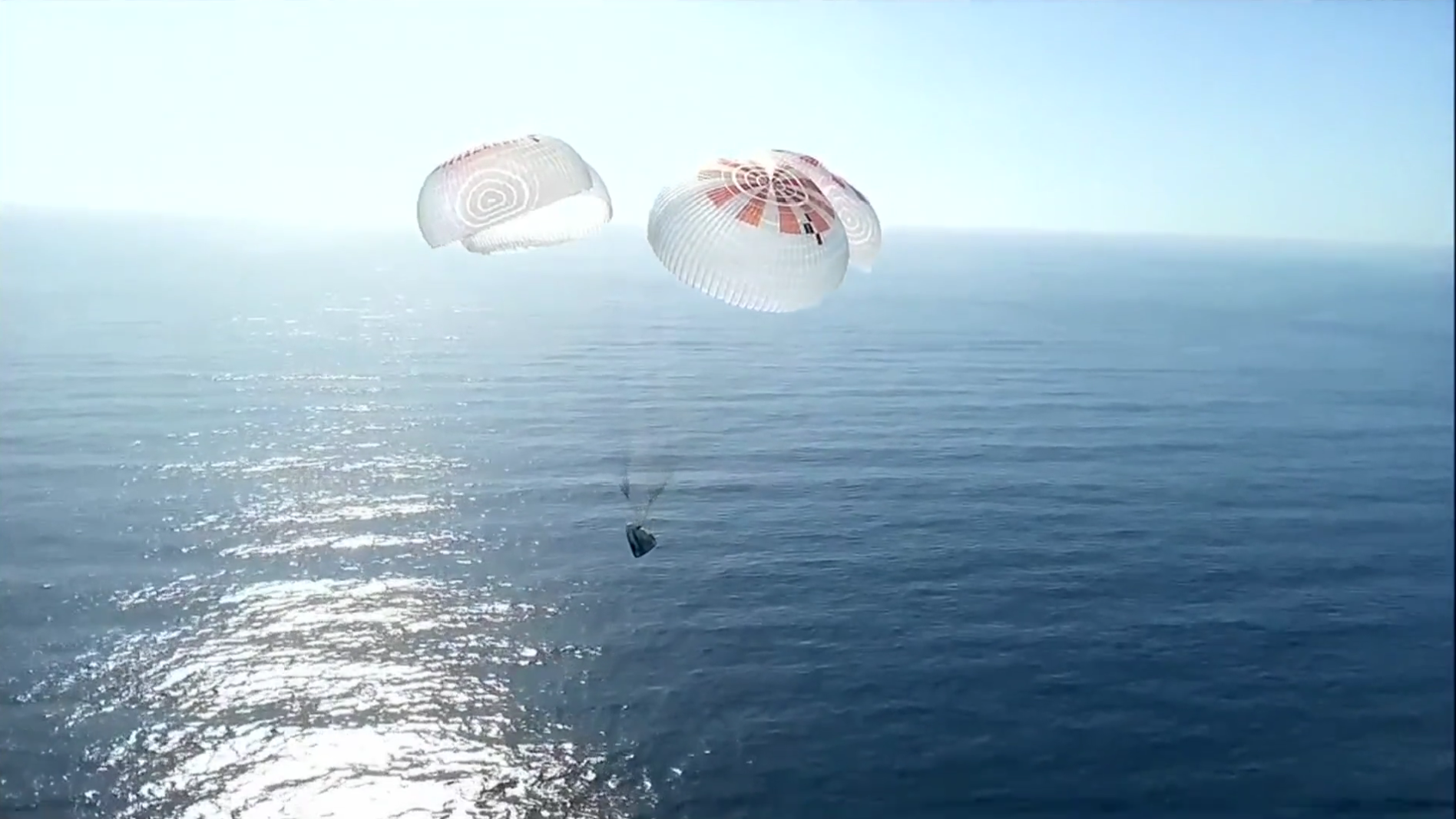
The first astronaut crew to fly directly over Earth’s poles splashed down safely on Friday after nearly four days on orbit. Civilian astronauts Chun Wang, Jannicke Mikkelsen, Rabea Rogge, and Eric Phillips — the international crew of SpaceX’s private Fram2 mission — landed around 12:19 p.m. EDT and exited their SpaceX Dragon capsule without assistance, allowing researchers to study how theContinue reading "Fram2 astronauts splash down after historic polar spaceflight"
The post Fram2 astronauts splash down after historic polar spaceflight appeared first on Astronomy Magazine.

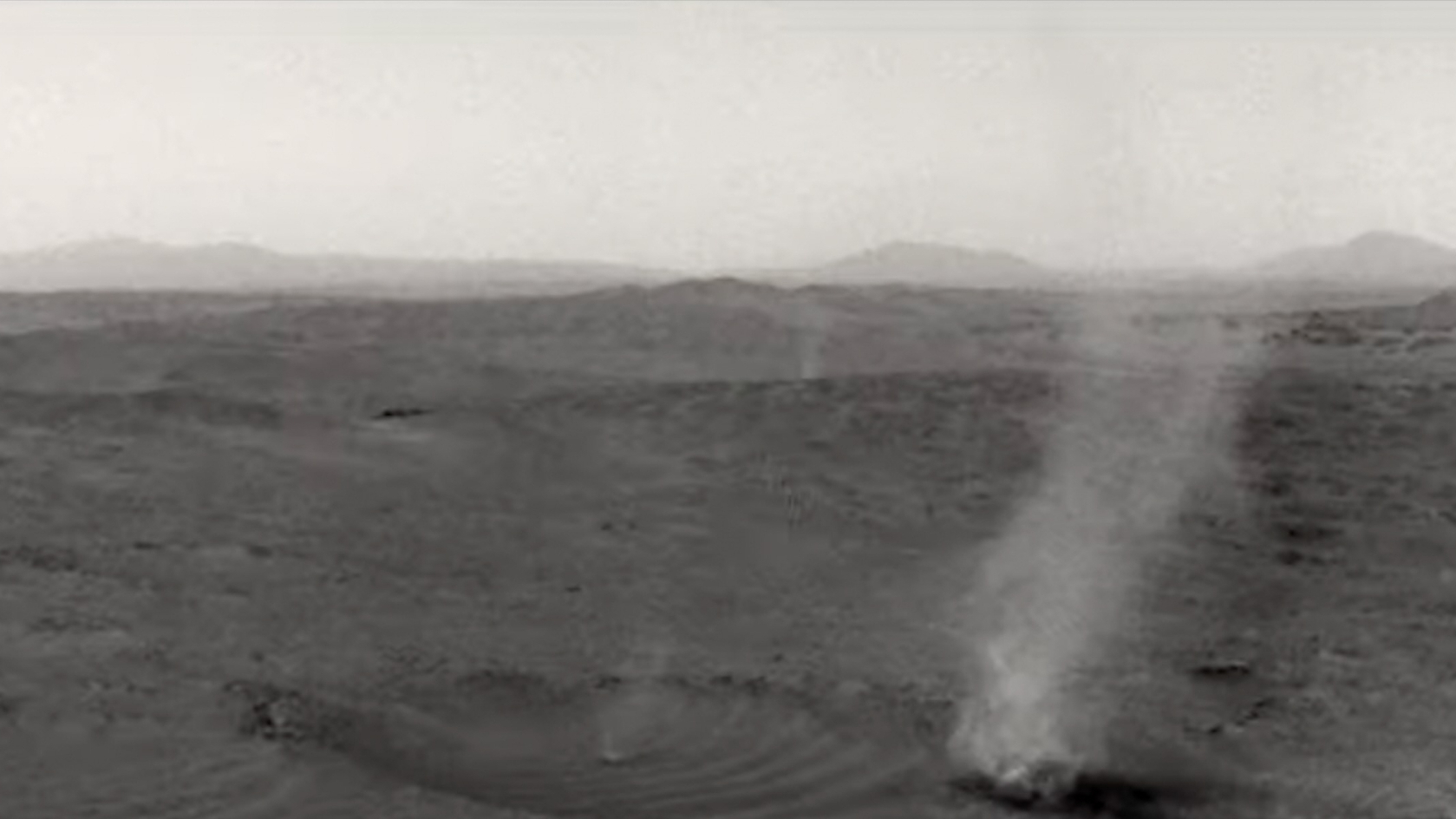

© NASA/JPL-Caltech/LANL/CNES/CNRS/INTA-CSIC/Space Science Institute/ISAE-Supaero/University of Arizona
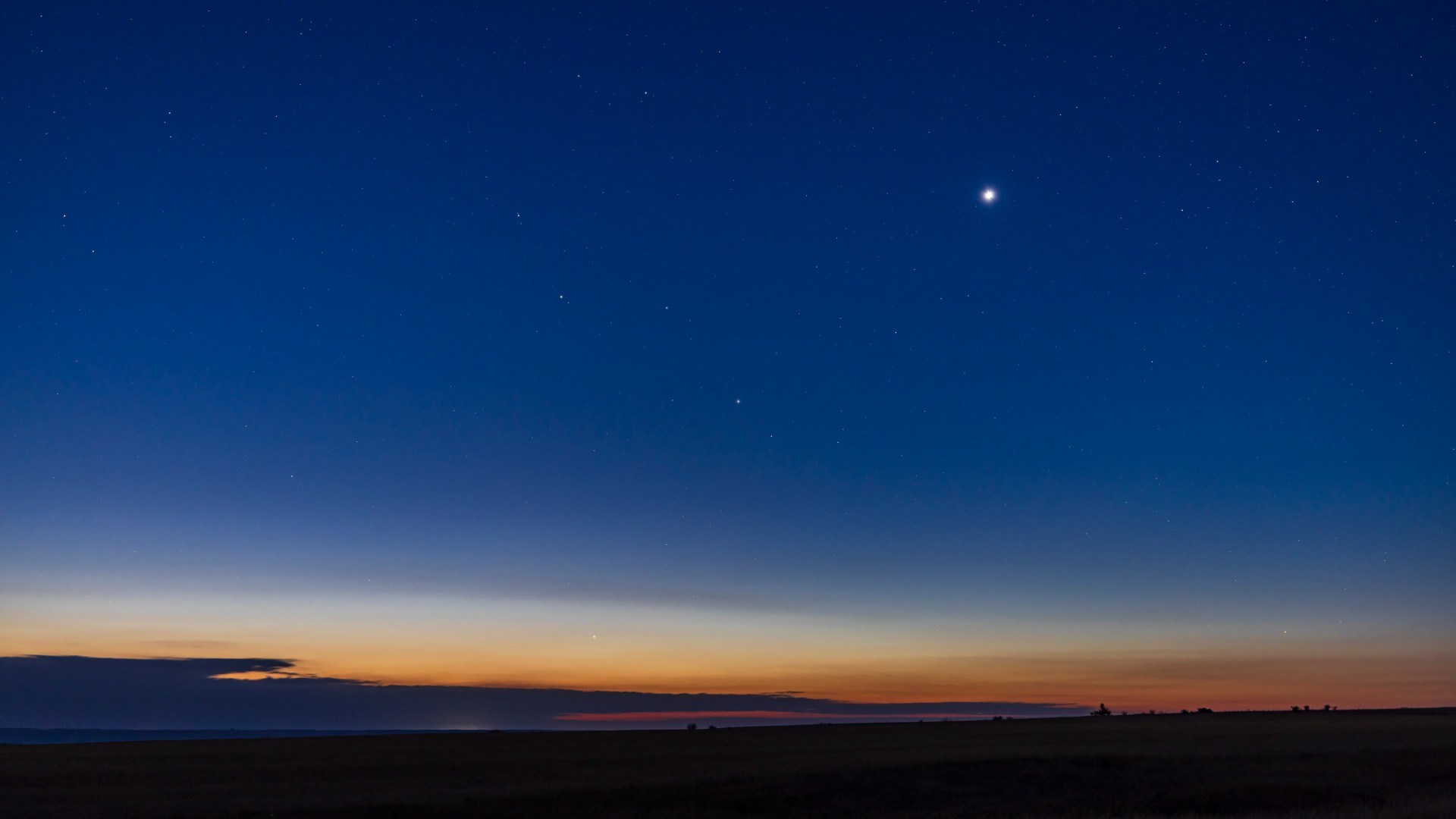

© Alan Dyer/Stocktrek Images/Getty Images


© James Abbott
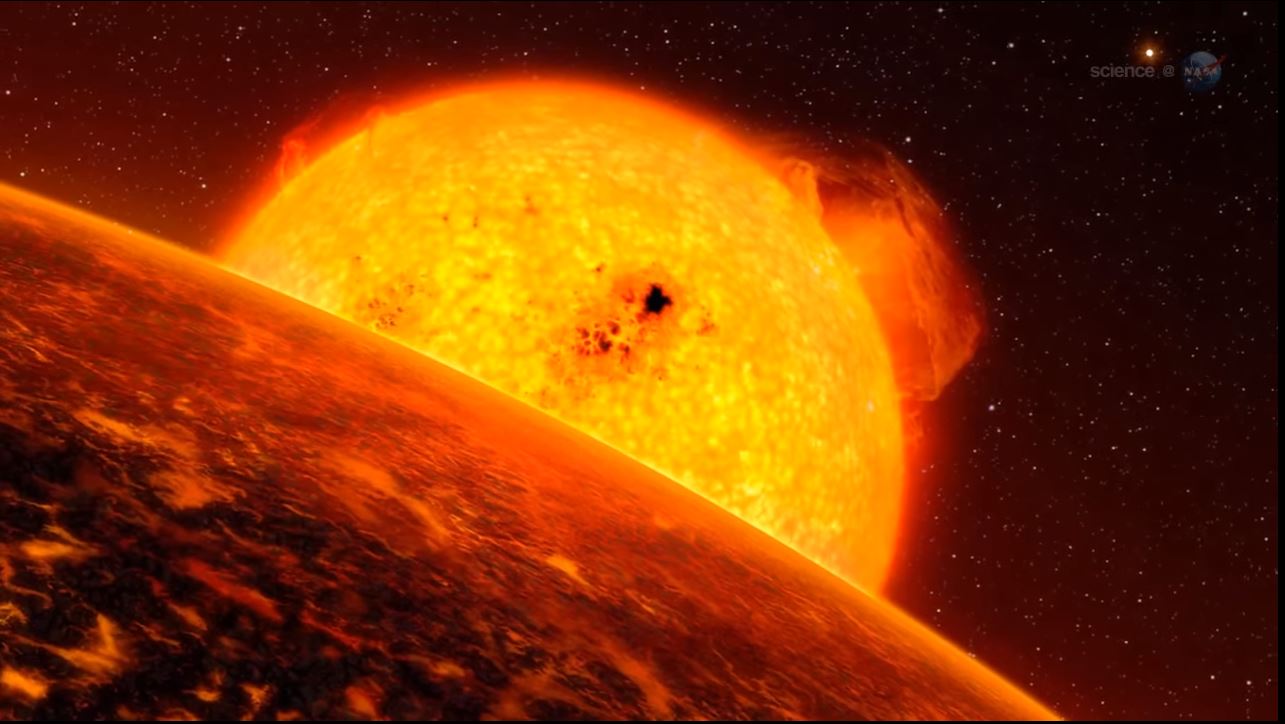

© Science@NASA


© Future
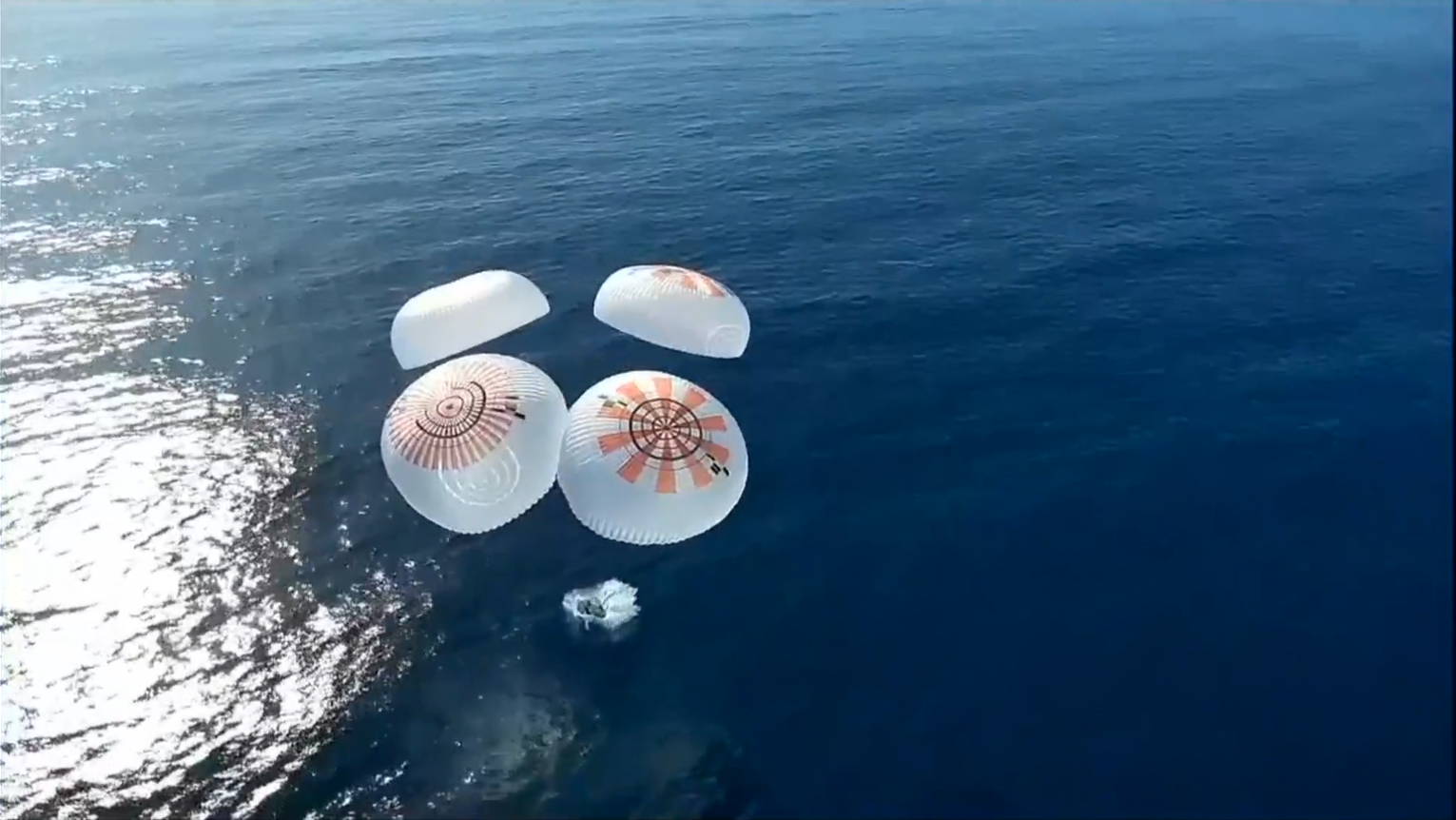

© SpaceX
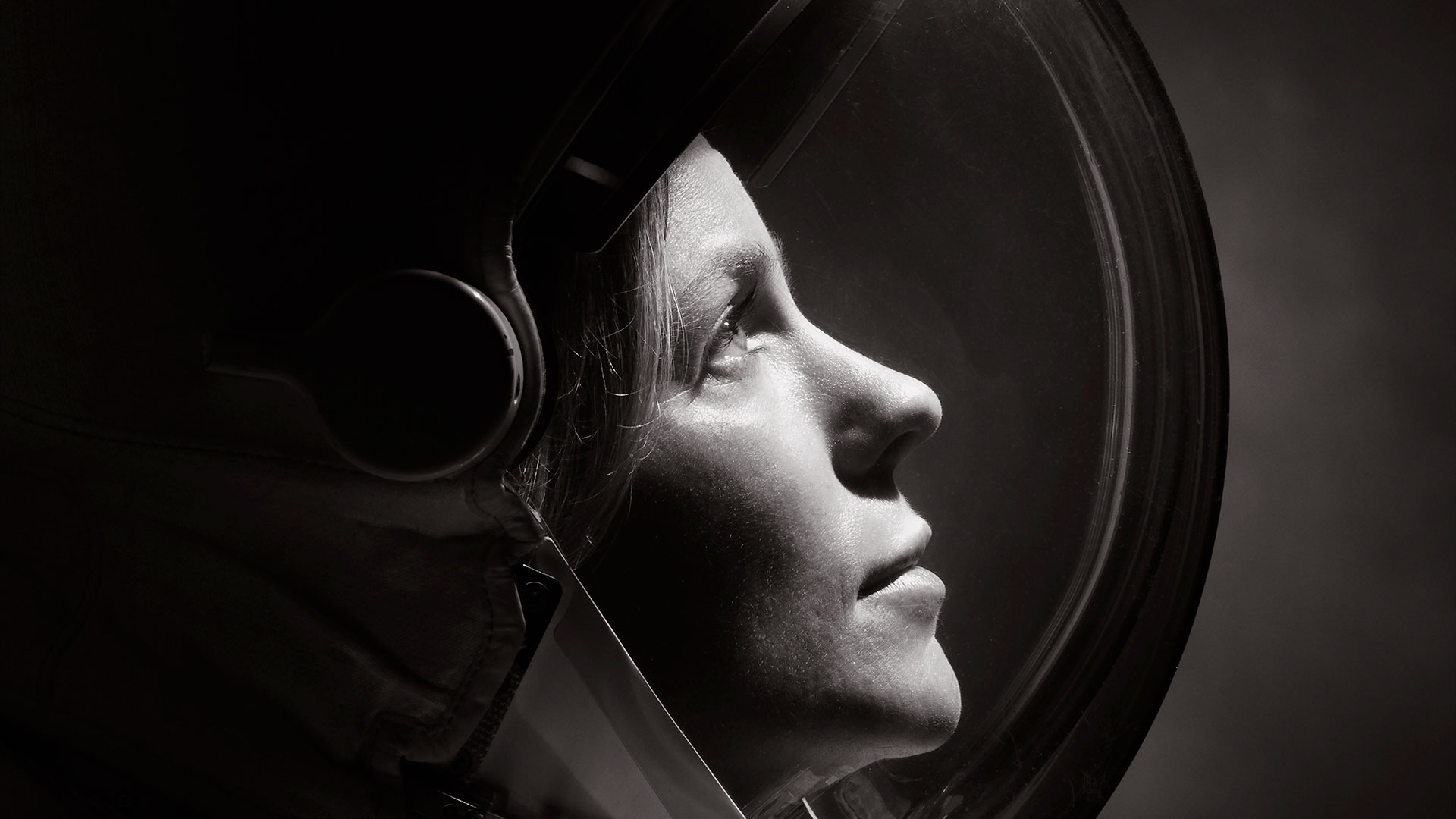

© NASA/Josh Valcarcel
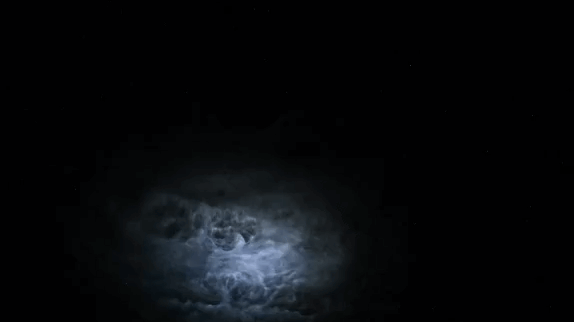

© Don Pettit/NASA
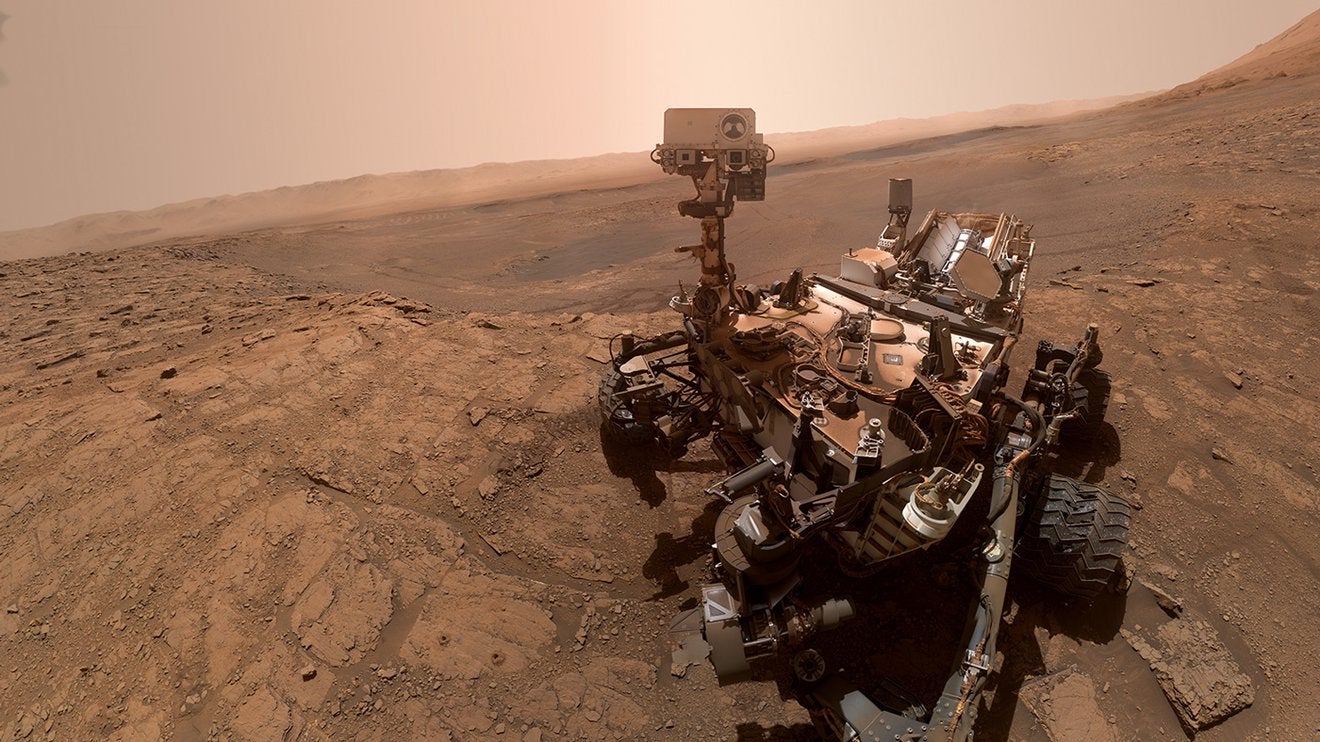
The Mars Curiosity rover has found the largest organic molecules yet on the Red Planet. Organic molecules are the building blocks of life, although they can also be produced by geological processes. While there’s currently no way to prove whether these particular molecules were formed from processes associated with life, their very discovery shows thatContinue reading "Curiosity discovers largest organic molecules yet on Mars"
The post Curiosity discovers largest organic molecules yet on Mars appeared first on Astronomy Magazine.



© System Era Softworks
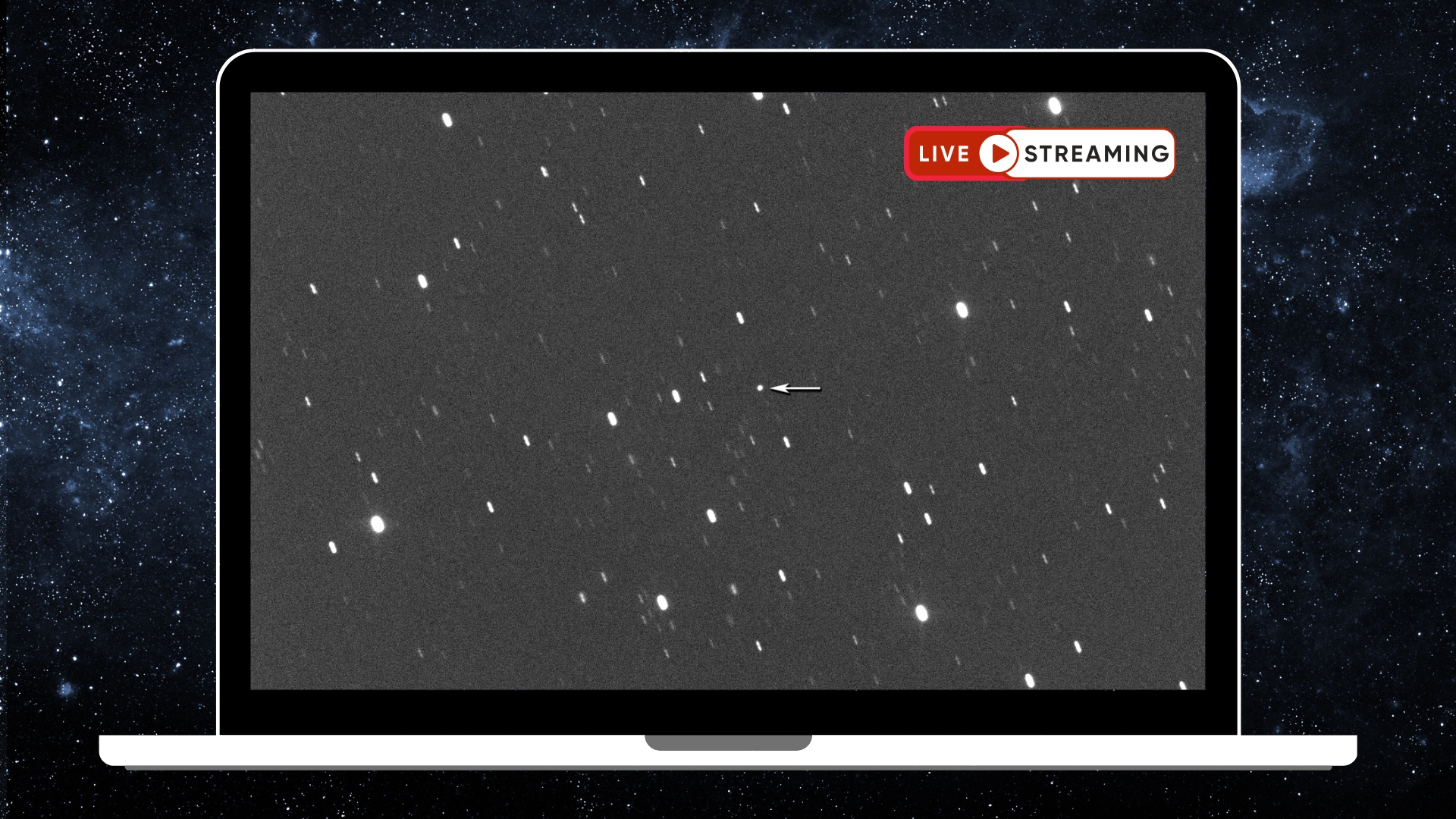

© Asteroid graphic: Gianluca Masi/Virtual Telescope Project. Graphic made in Canva Pro by Daisy Dobrijevic


© Bettmann/CORBIS/Bettmann Archive/Getty Images
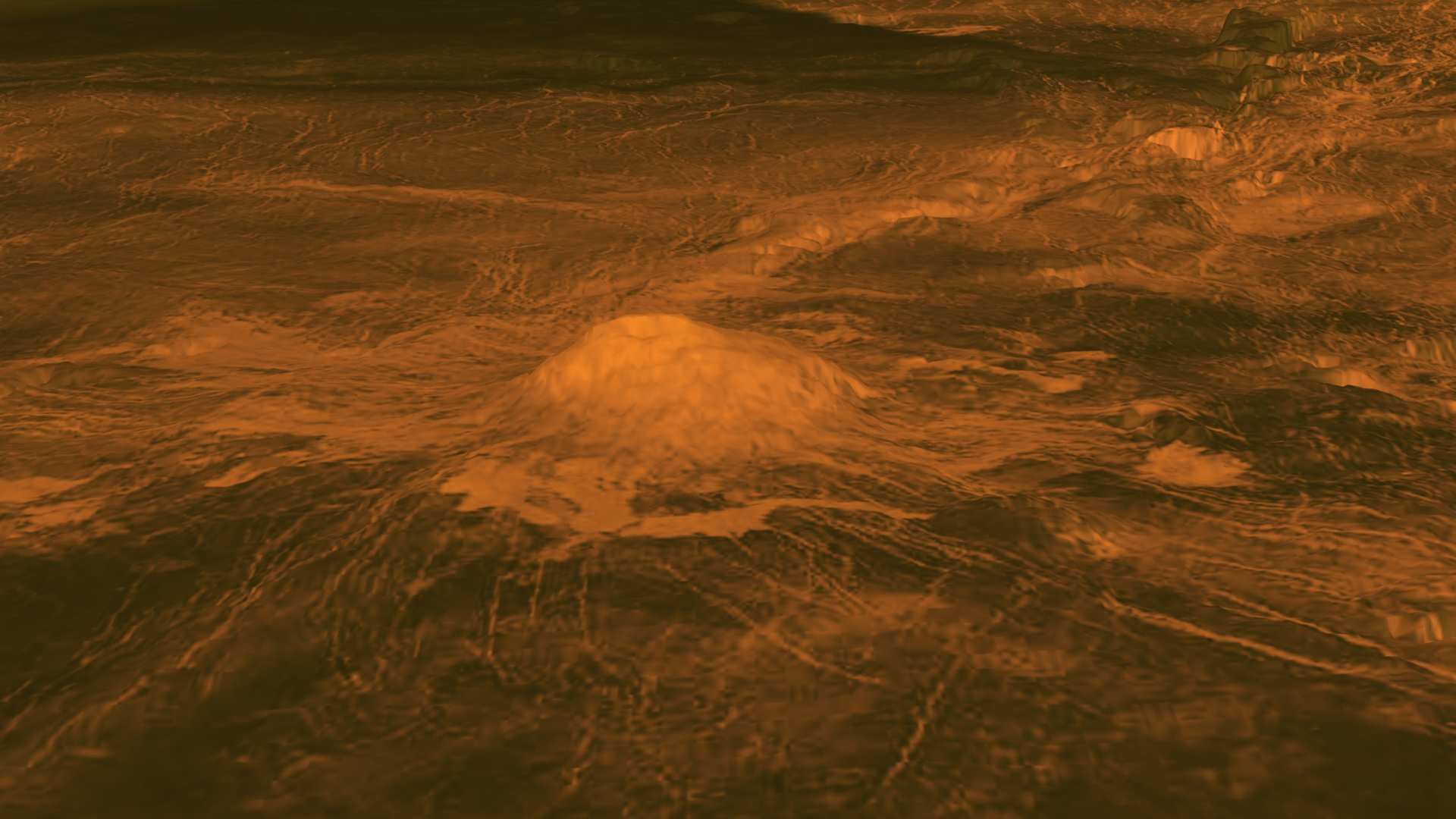

© NASA/JPL-Caltech
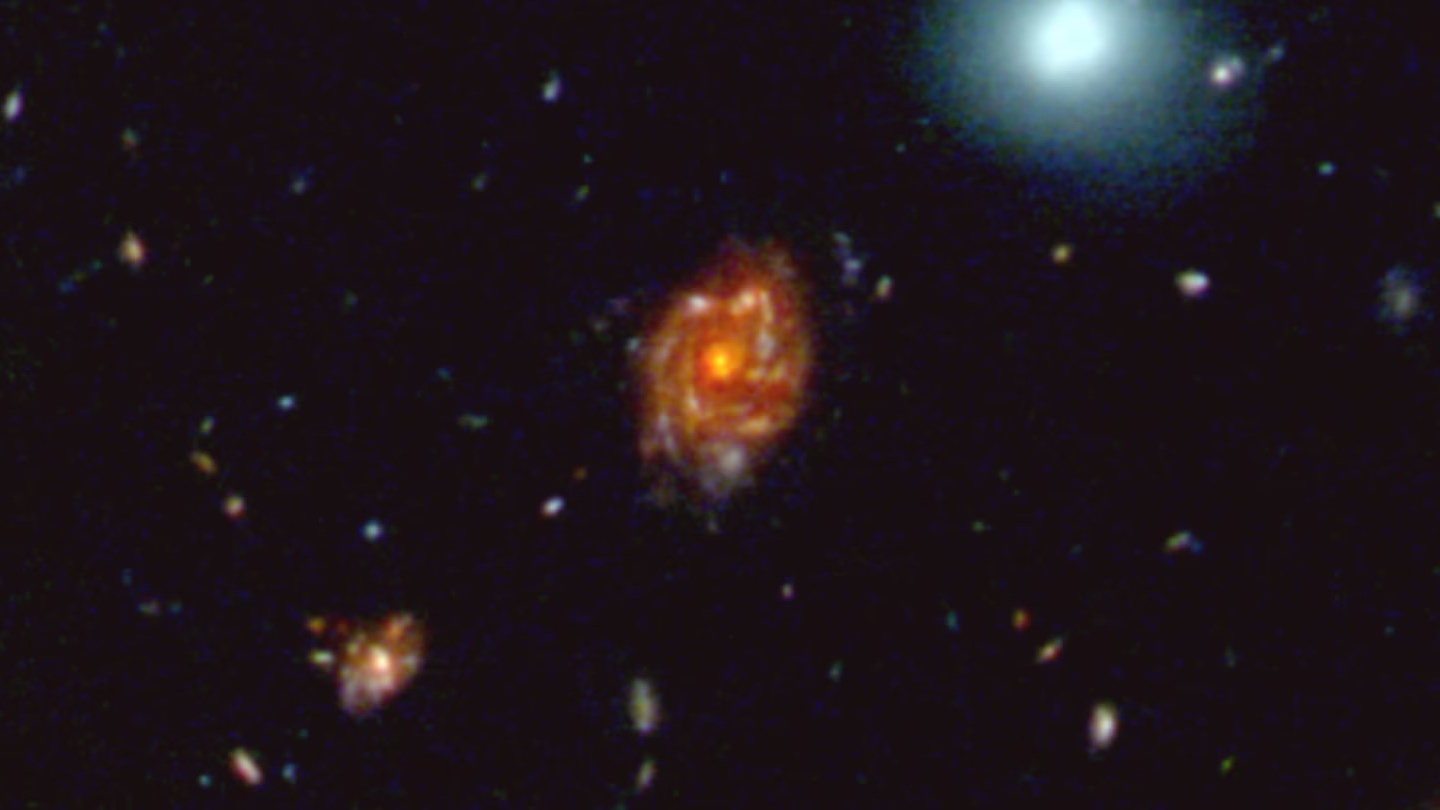

© NASA/ESA
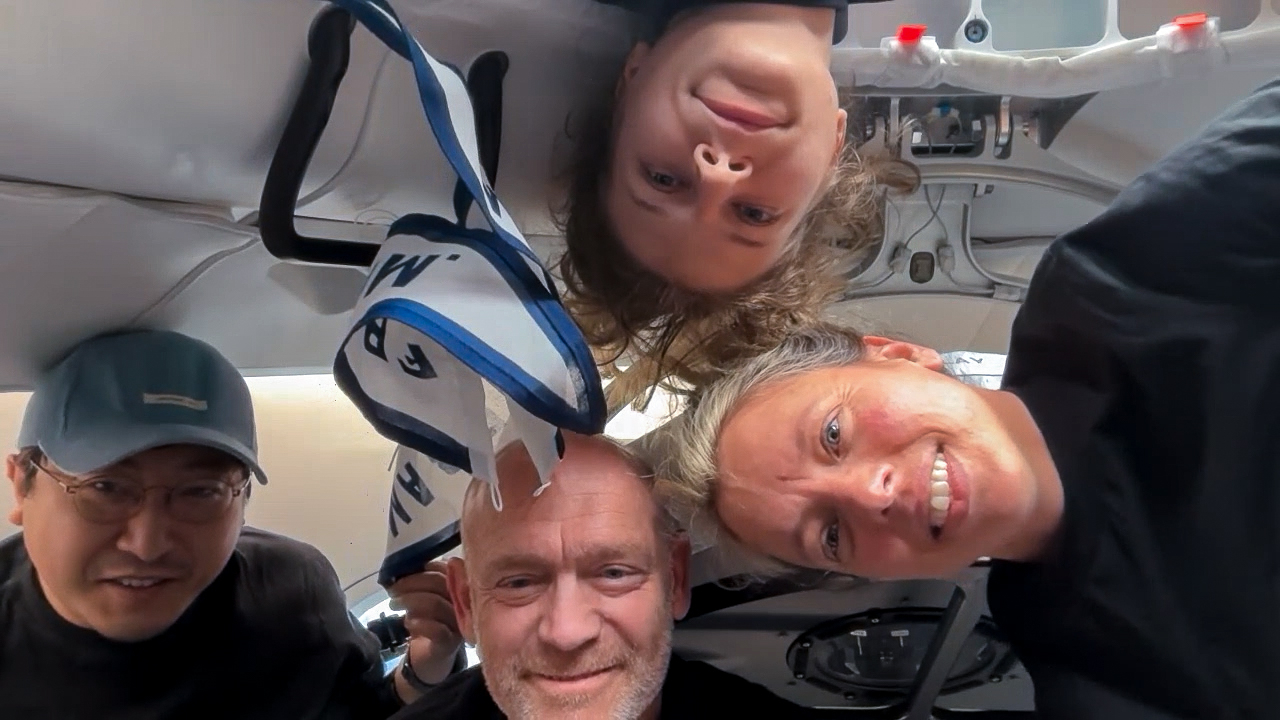

© SpaceX
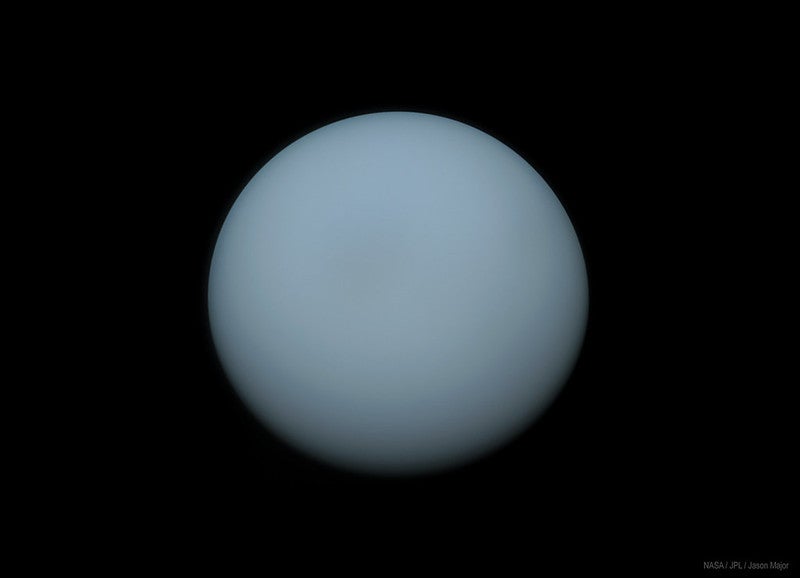
Sky This Week is brought to you in part by Celestron. Friday, April 4This evening, the roughly half-illuminated face of the Moon hangs in Gemini, high in the south an hour after sunset. First Quarter Moon occurs at 10:15 P.M. EDT. The two brightest stars in Gemini are Castor (magnitude 1.6) and Pollux (magnitude 1.2).Continue reading "The Sky This Week from April 4 to 11: Catch your last views of Uranus"
The post The Sky This Week from April 4 to 11: Catch your last views of Uranus appeared first on Astronomy Magazine.

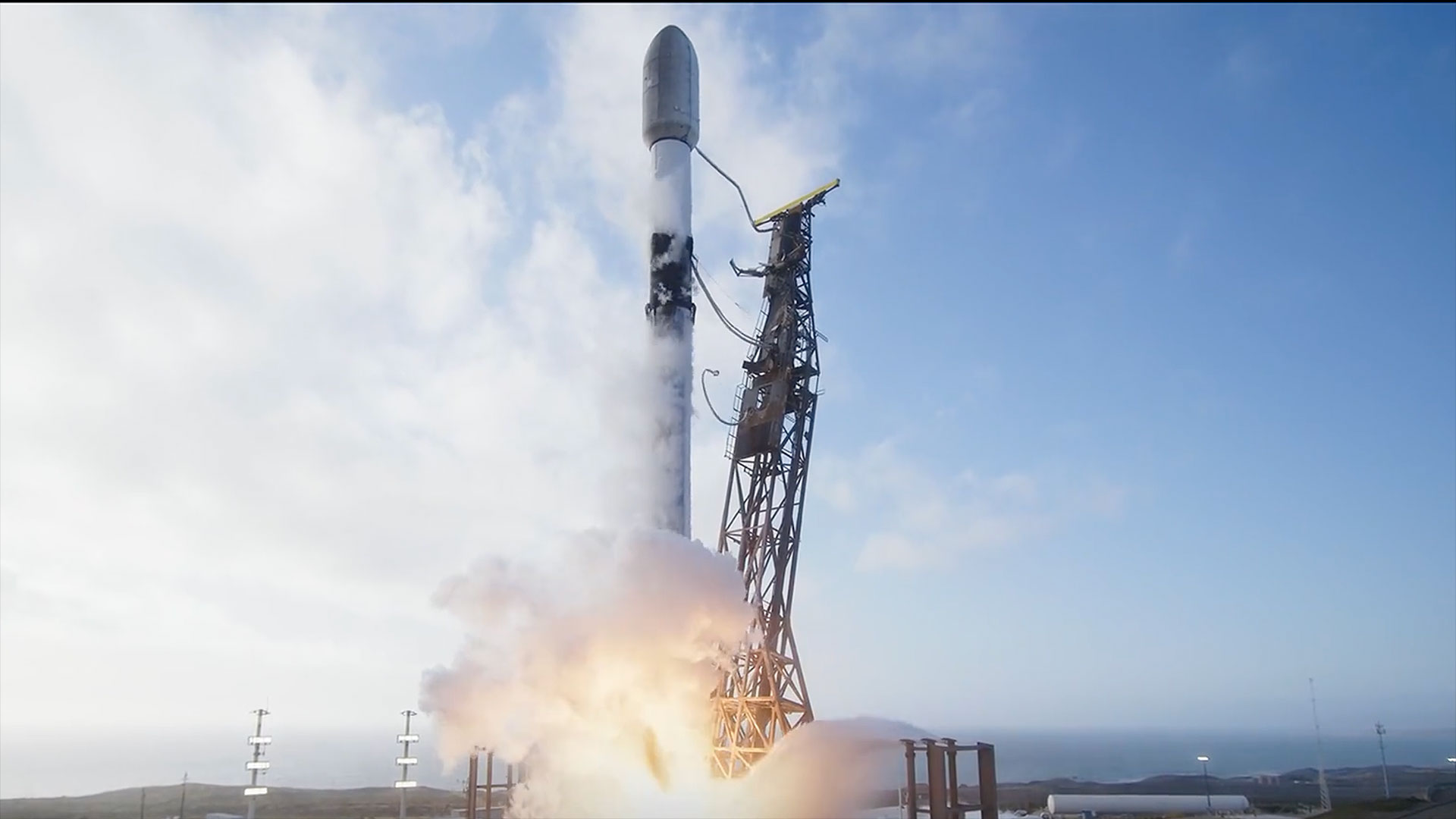

© SpaceX
Author(s): Katherine Wright
Researchers have demonstrated a method for suppressing unwanted electrons in bright electron beam sources.
[Physics 18, s40] Published Thu Apr 03, 2025
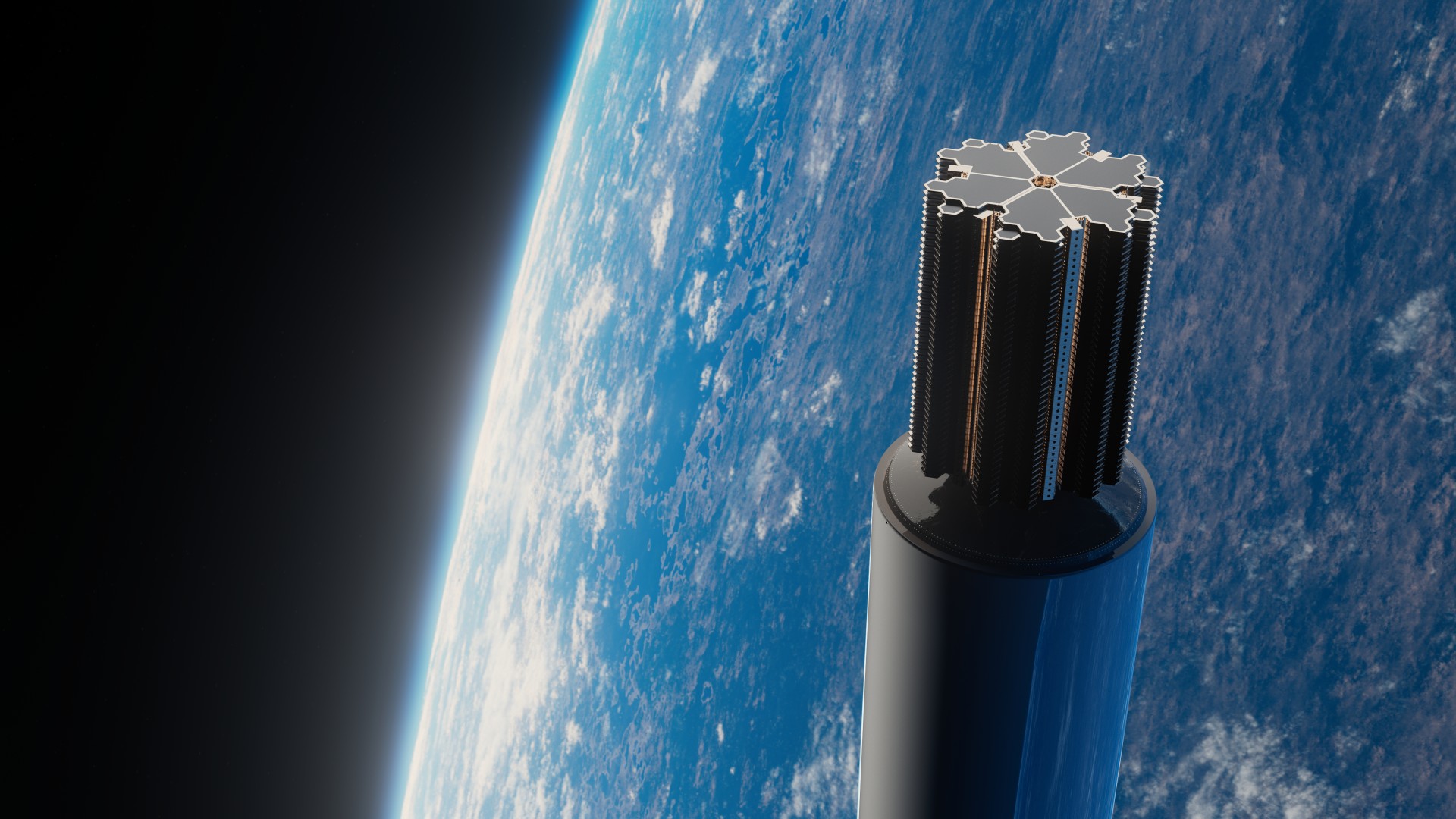

© SpinLaunch
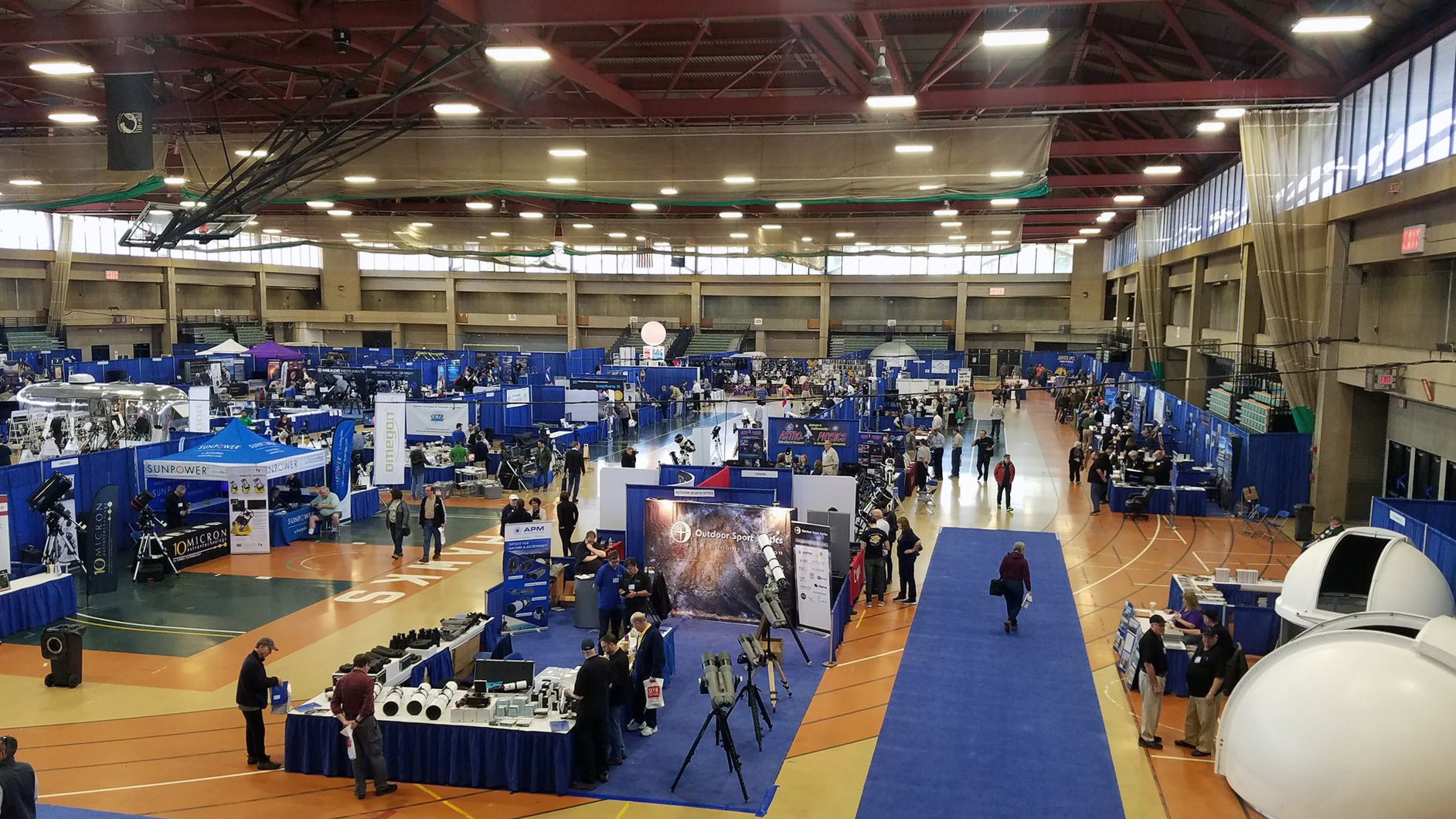

© Space.com
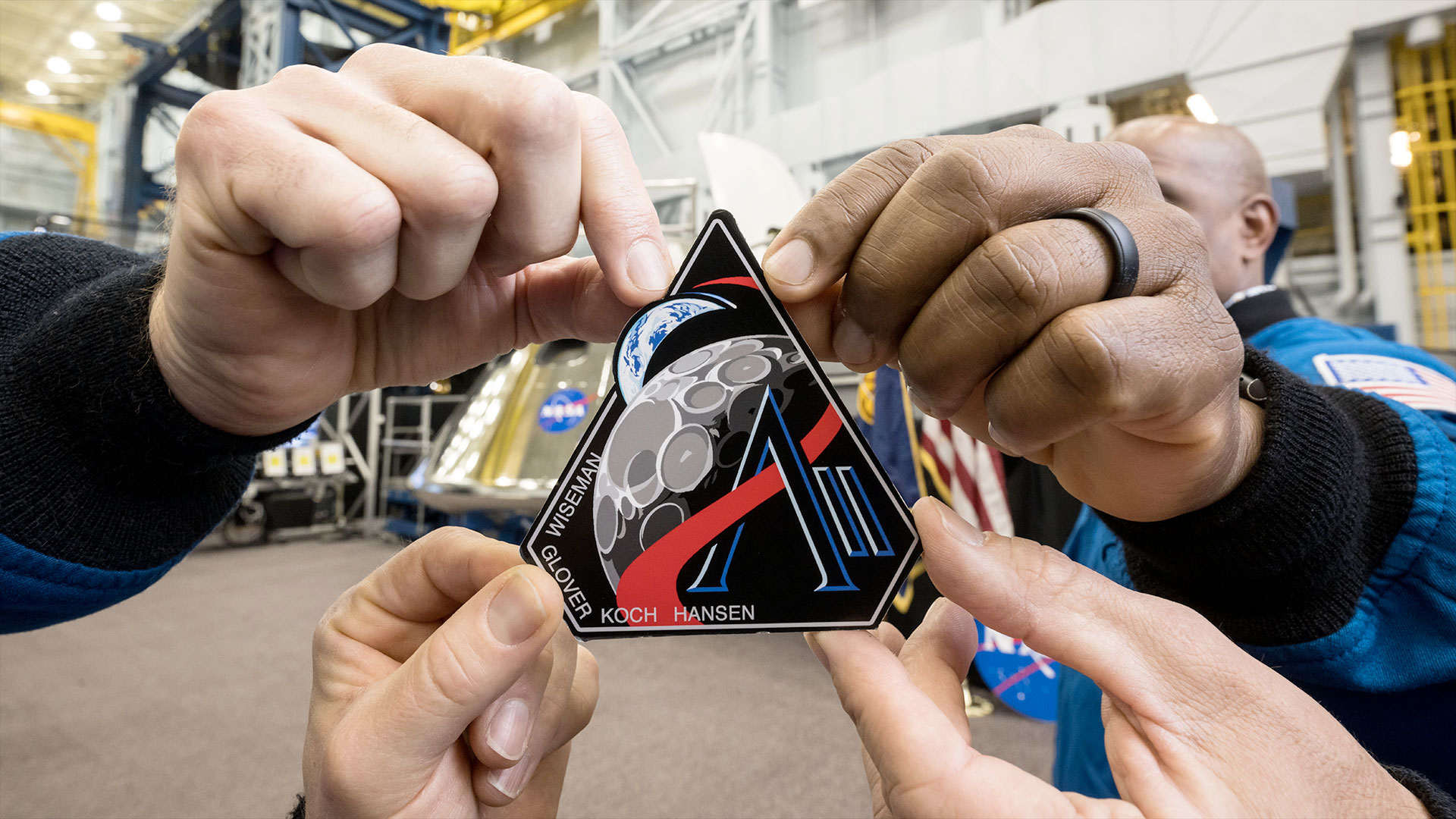

© NASA/Robert Markowitz


© SpaceX
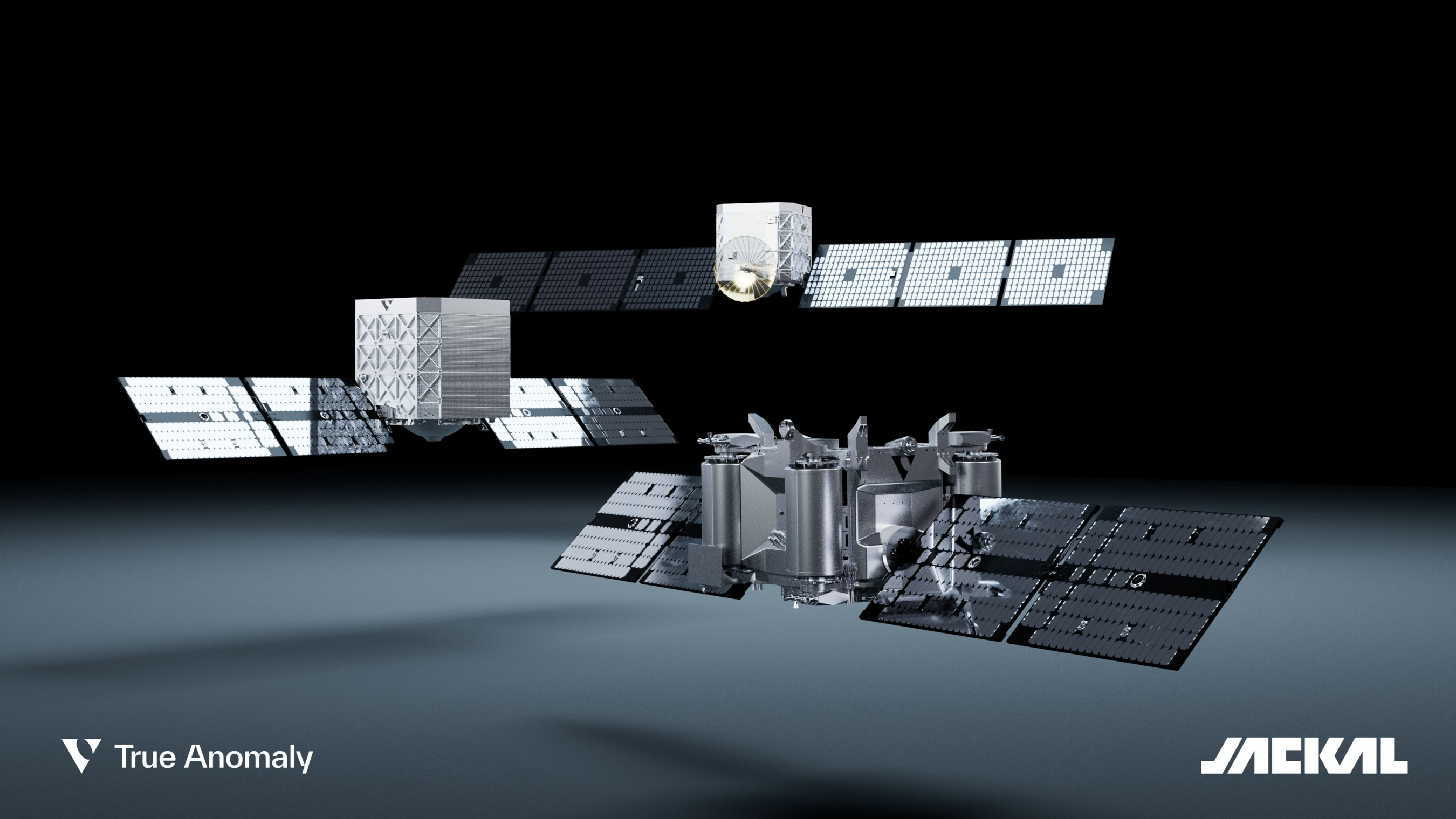

© True Anomaly


© Bethesda Softworks


© SpaceX/Fram2
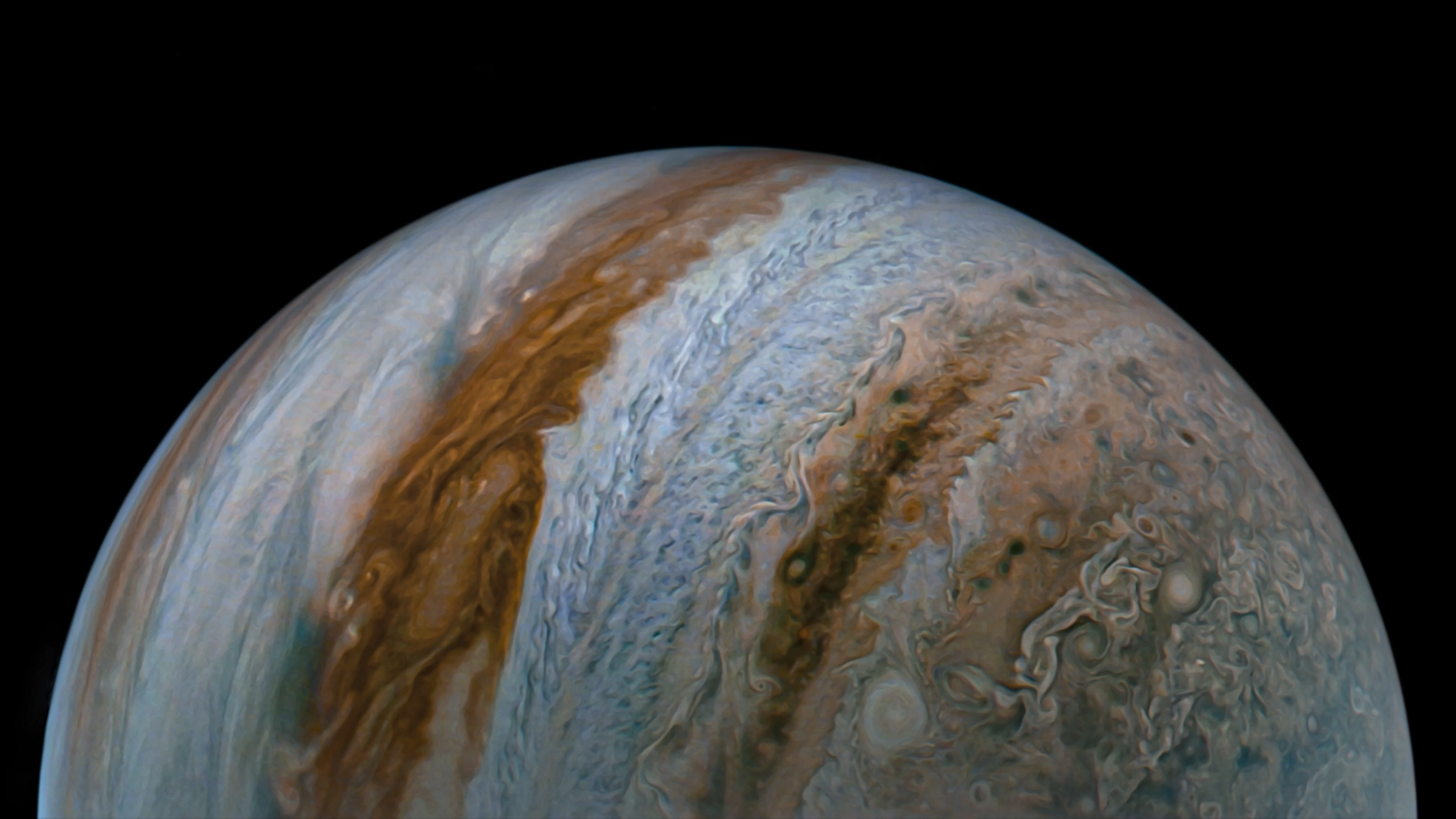

© Image data: NASA/JPL-Caltech/SwRI/MSSS. Image processing by Tanya Oleksuik CC BY NC SA 3.0


© Pocket Books / Star Trek


© Netflix
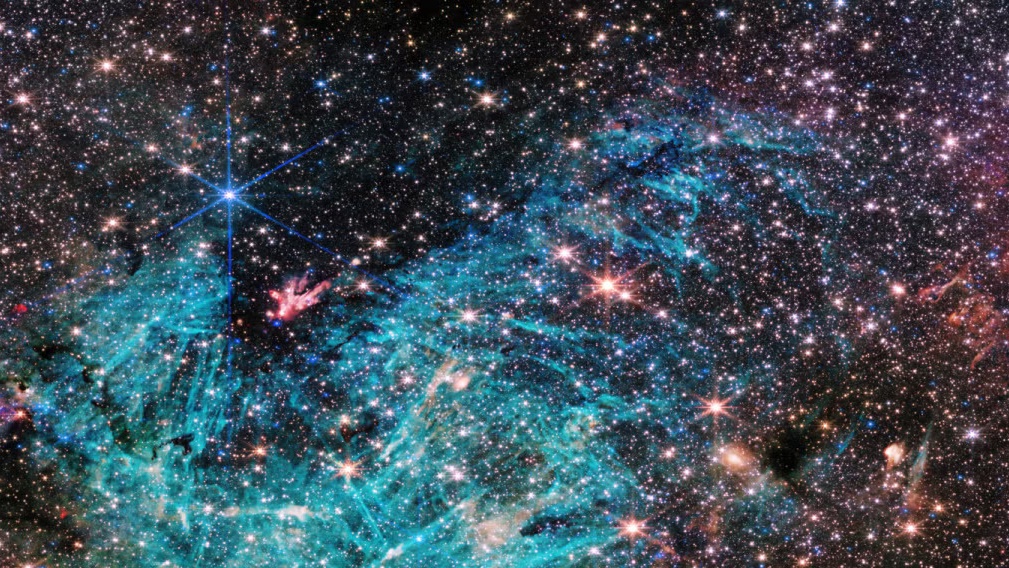

© NASA, ESA, CSA, STScI, SARAO, Samuel Crowe (UVA), John Bally (CU), Ruben Fedriani (IAA-CSIC), Ian Heywood (Oxford)
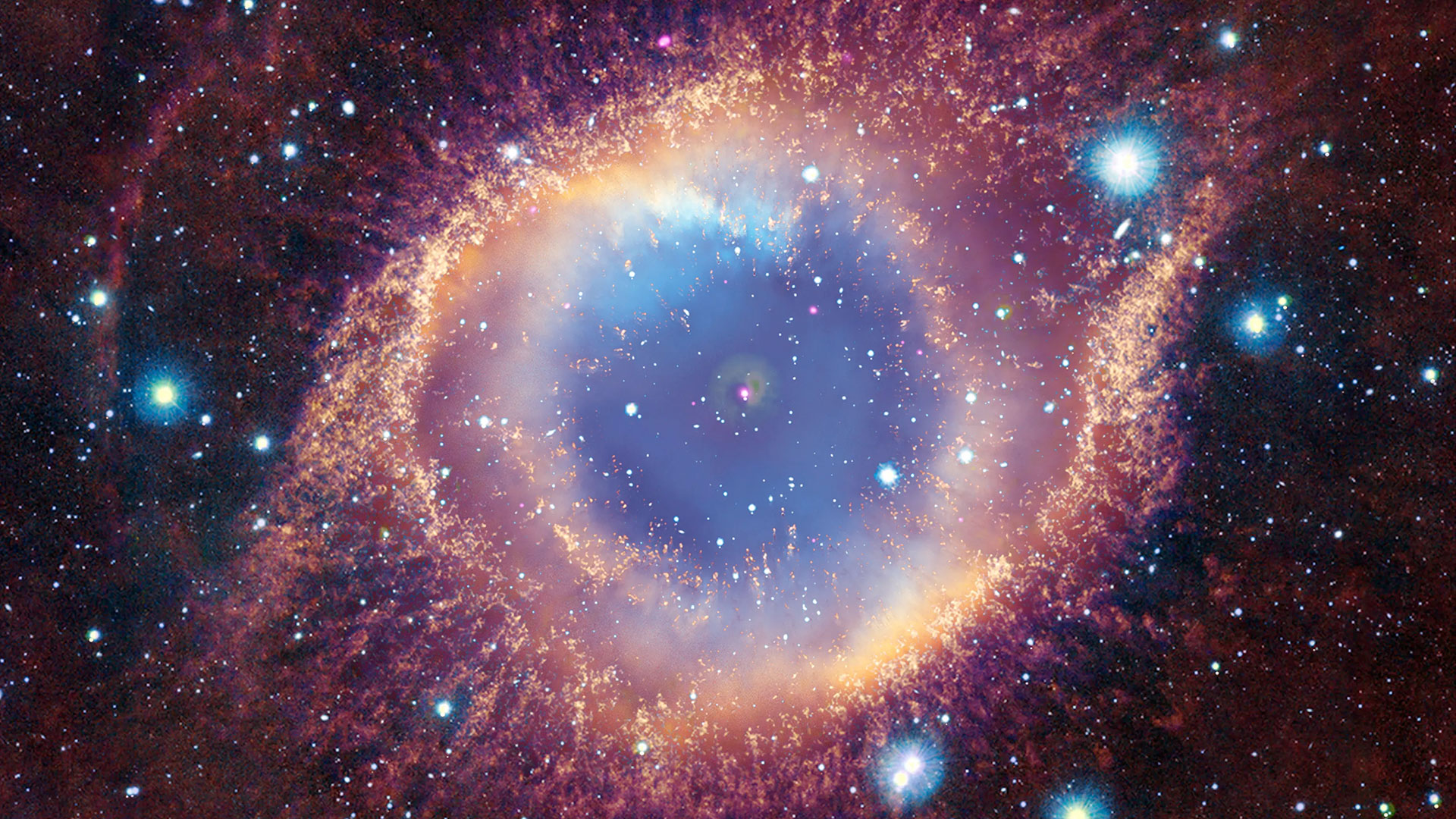

© X-ray: NASA/CXC/SAO/Univ Mexico/S. Estrada-Dorado et al.; Ultraviolet: NASA/JPL; Optical: NASA/ESA/STScI (M. Meixner)/NRAO (T.A. Rector); Infrared: ESO/VISTA/J. Emerson; Image Processing: NASA/CXC/SAO/K. Arcand
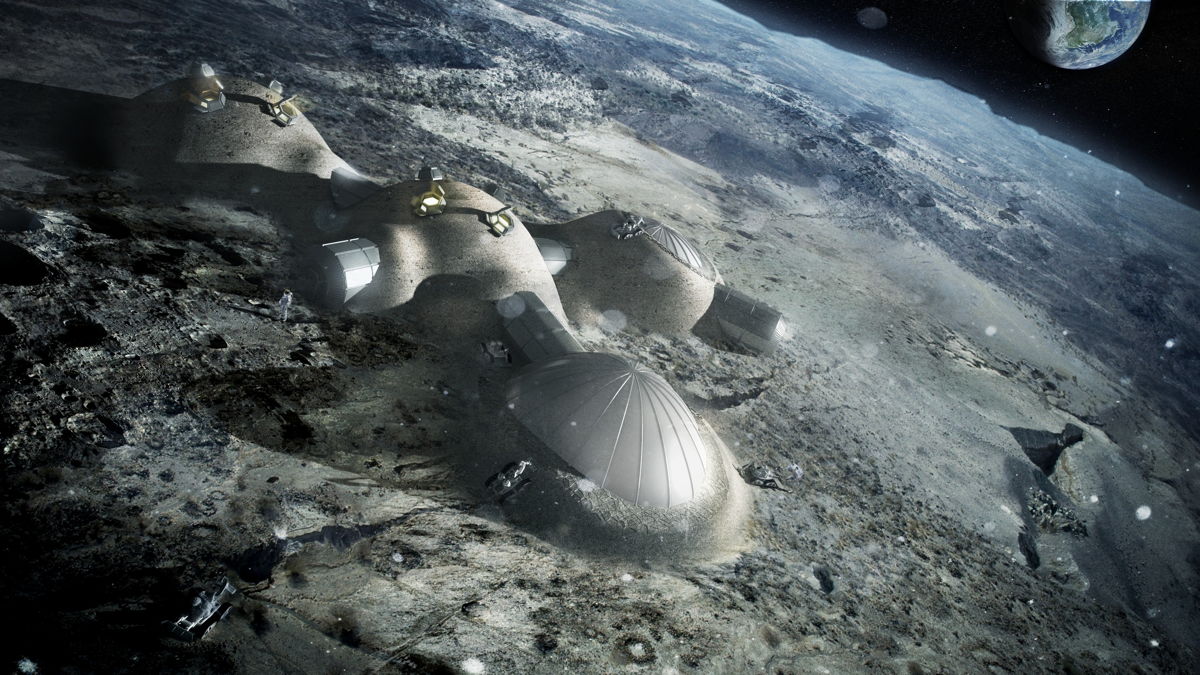

© ESA/Foster + Partners
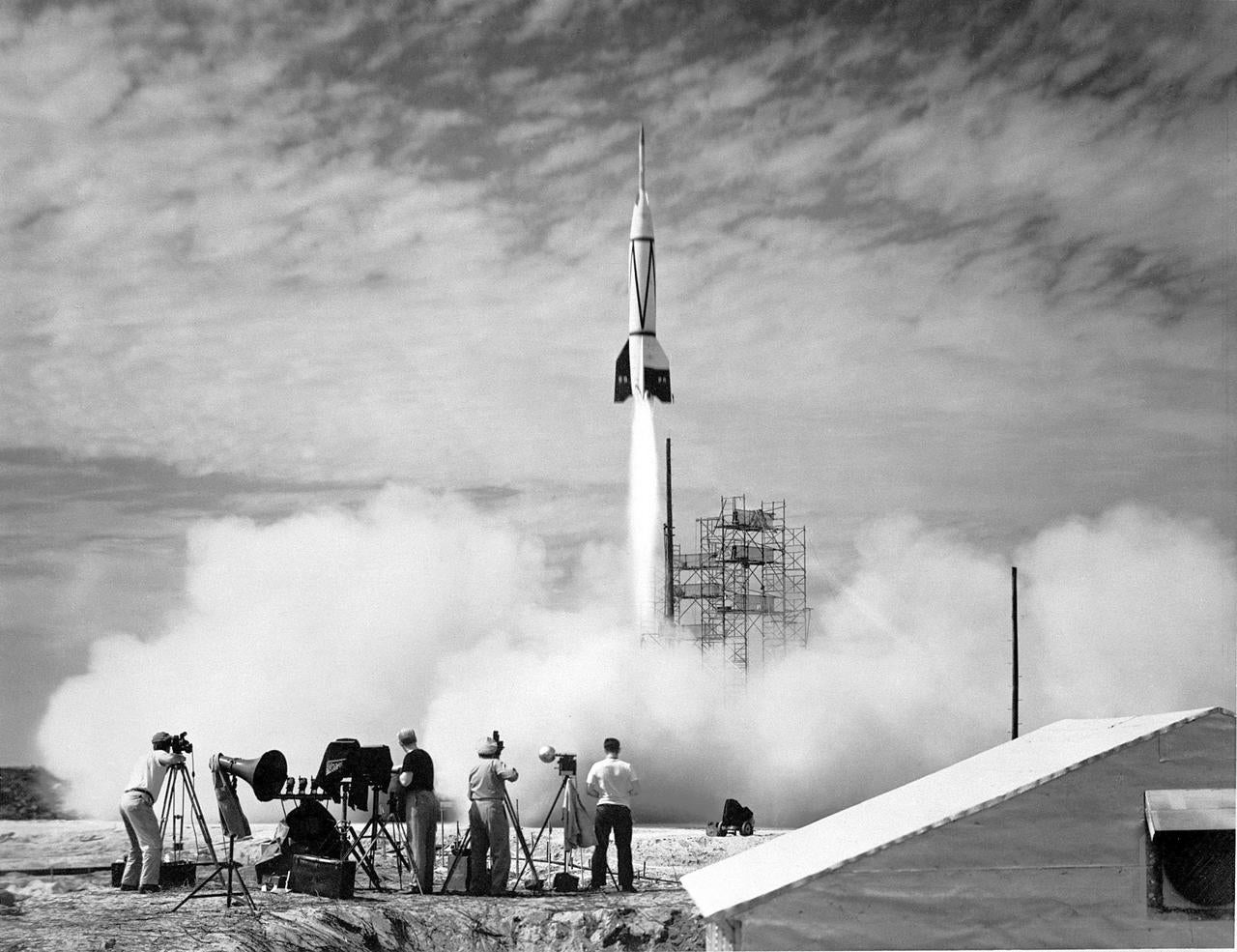
As World War II drew to a close, the Allies were eager to get their hands on one of the most technologically amazing yet terrifying weapons in Nazi Germany’s armamentarium: the V-2 rocket. A long-range, liquid-fueled supersonic guided missile, the V-2 could carry a 2,000-pound (910 kilograms) warhead a staggering 200 miles (320 kilometers) fromContinue reading "Megaroc: The British manned space program that almost was"
The post Megaroc: The British manned space program that almost was appeared first on Astronomy Magazine.

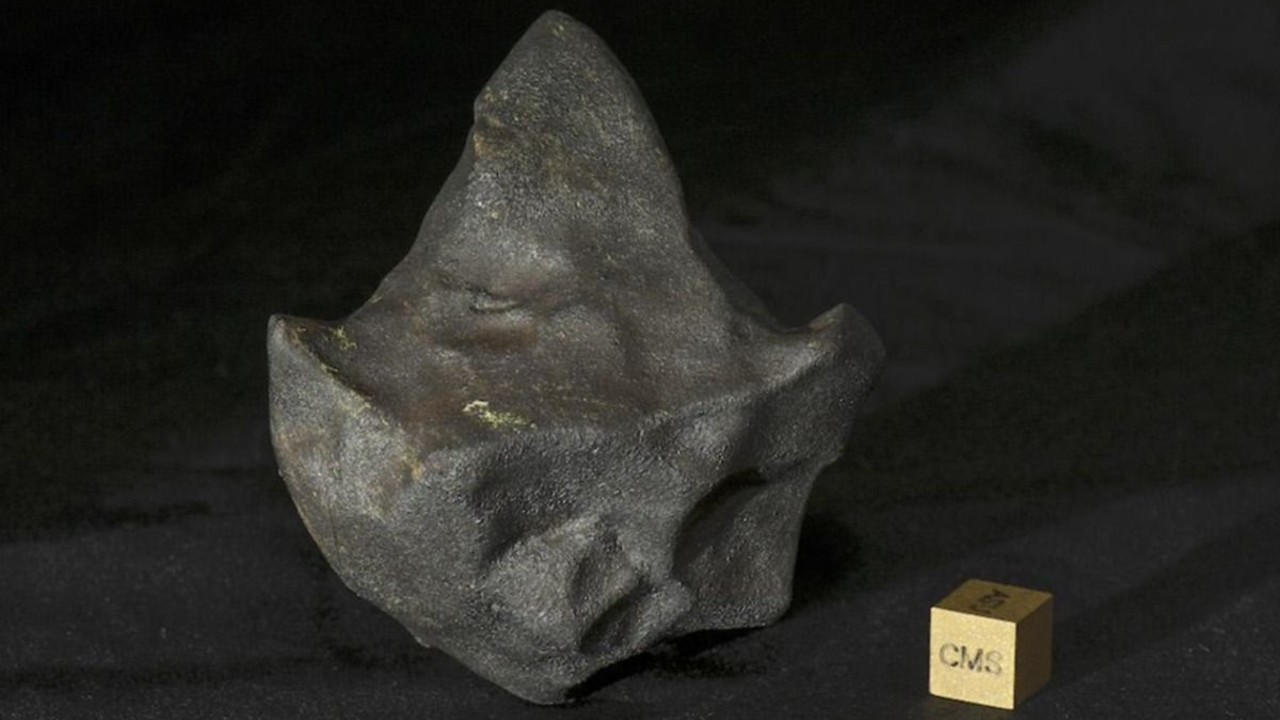

© Arizona State University / SETI Institute.


© Image data: NASA/JPL-Caltech/SwRI/MSSS. Image processing by Tanya Oleksuik CC BY NC SA 3.0
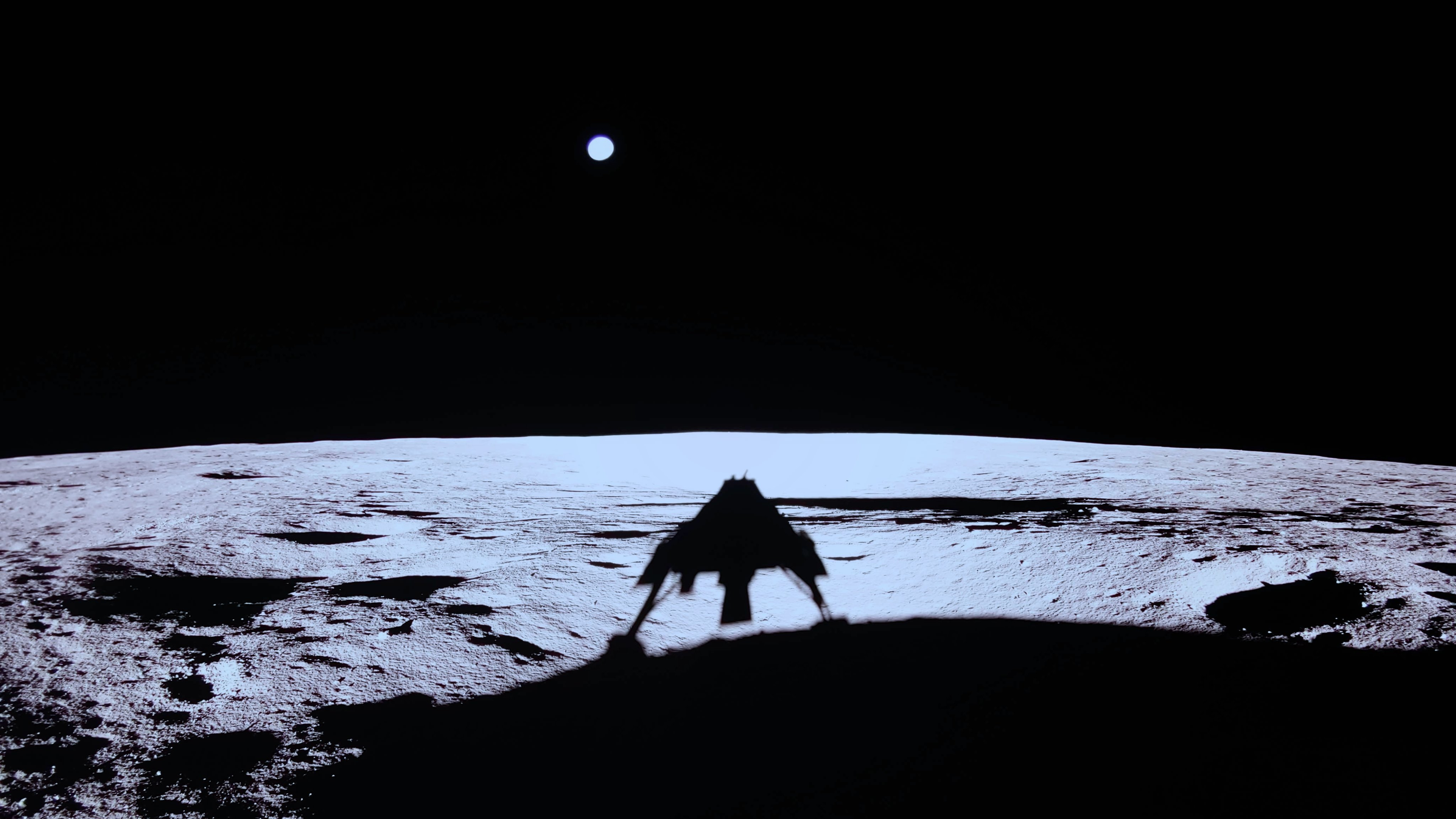

© Firefly Aerospace
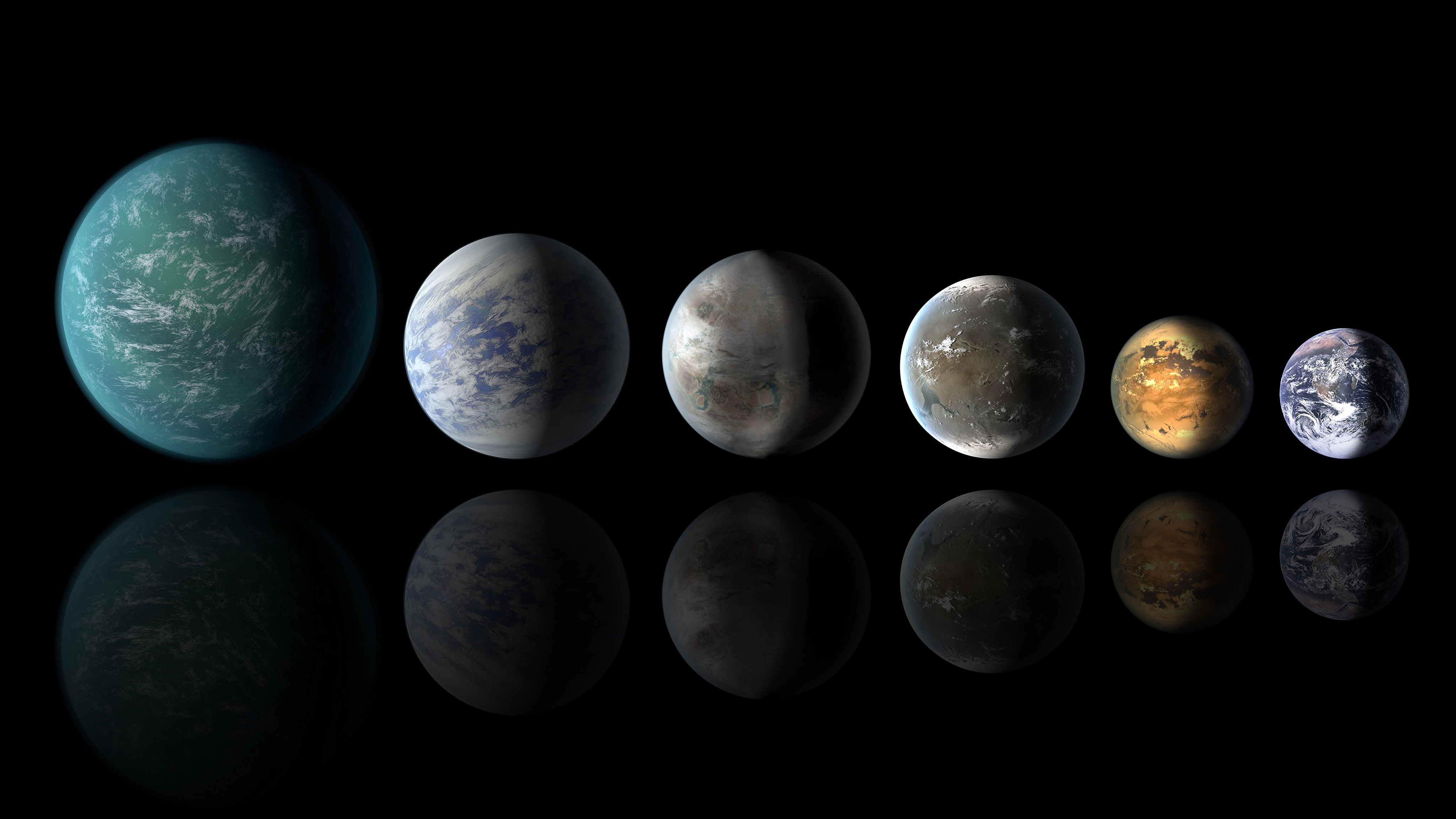

© NASA/Ames/JPL-Caltech
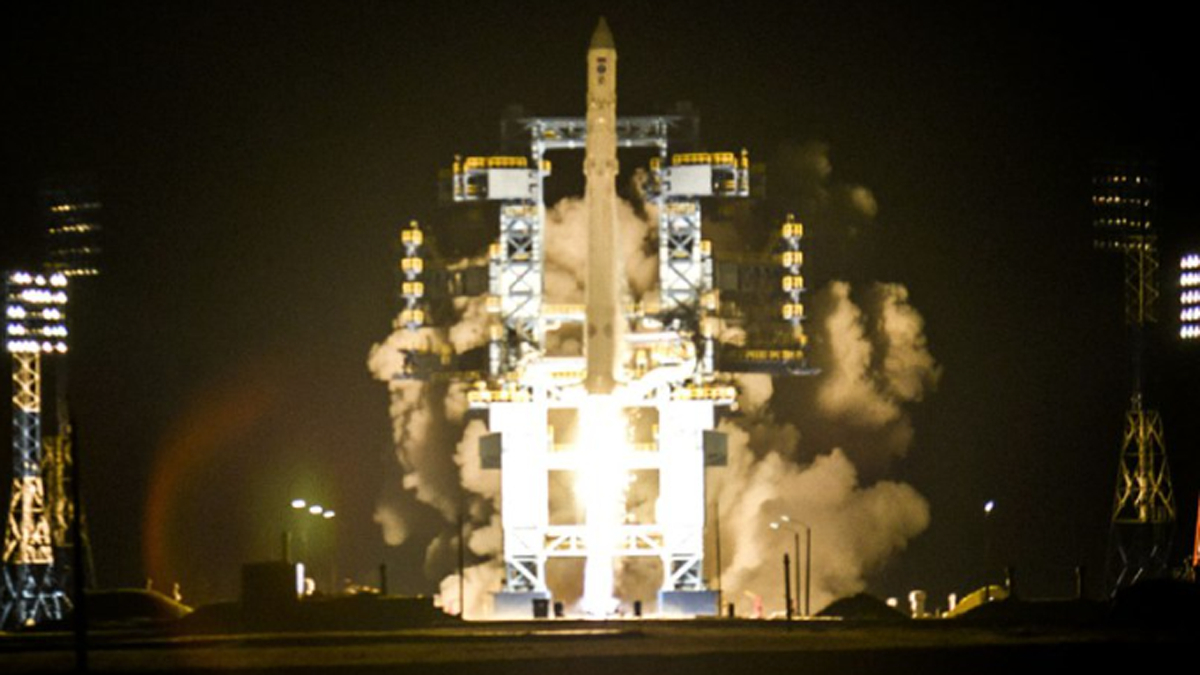

© Roscosmos

Andrei Pleskatsevich, taken from Minsk, Belarus The Seagull Nebula is a region of nebulosity lying on the border between constellations Monoceros and Canis Major; the emission nebula forming the bird’s “head” carries the catalog designation IC 2177. The imager used a 3-inch f/4.5 scope and one-shot color camera to take 10 hours of exposure.
The post Cosmic wingspan appeared first on Astronomy Magazine.



© Paramount+